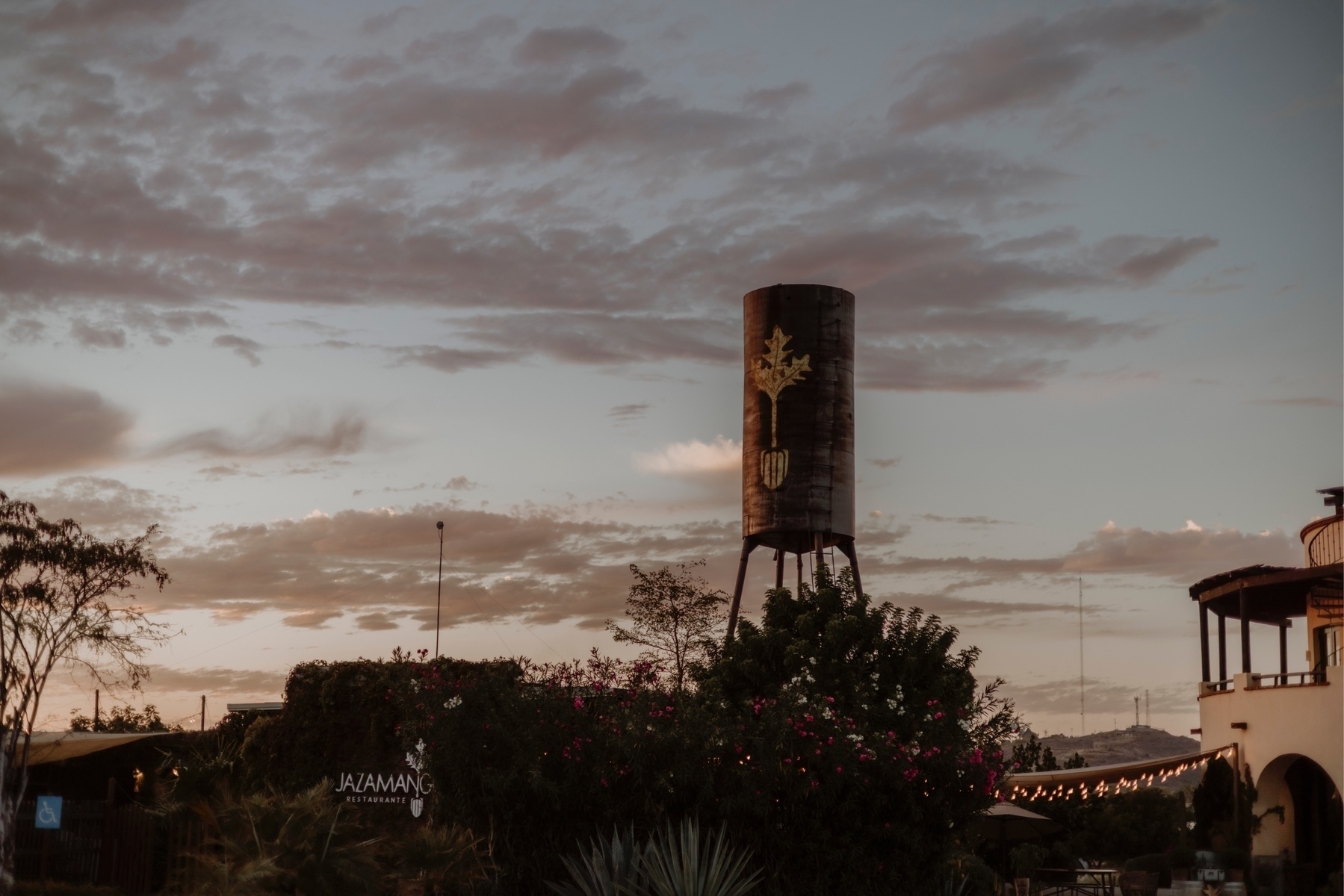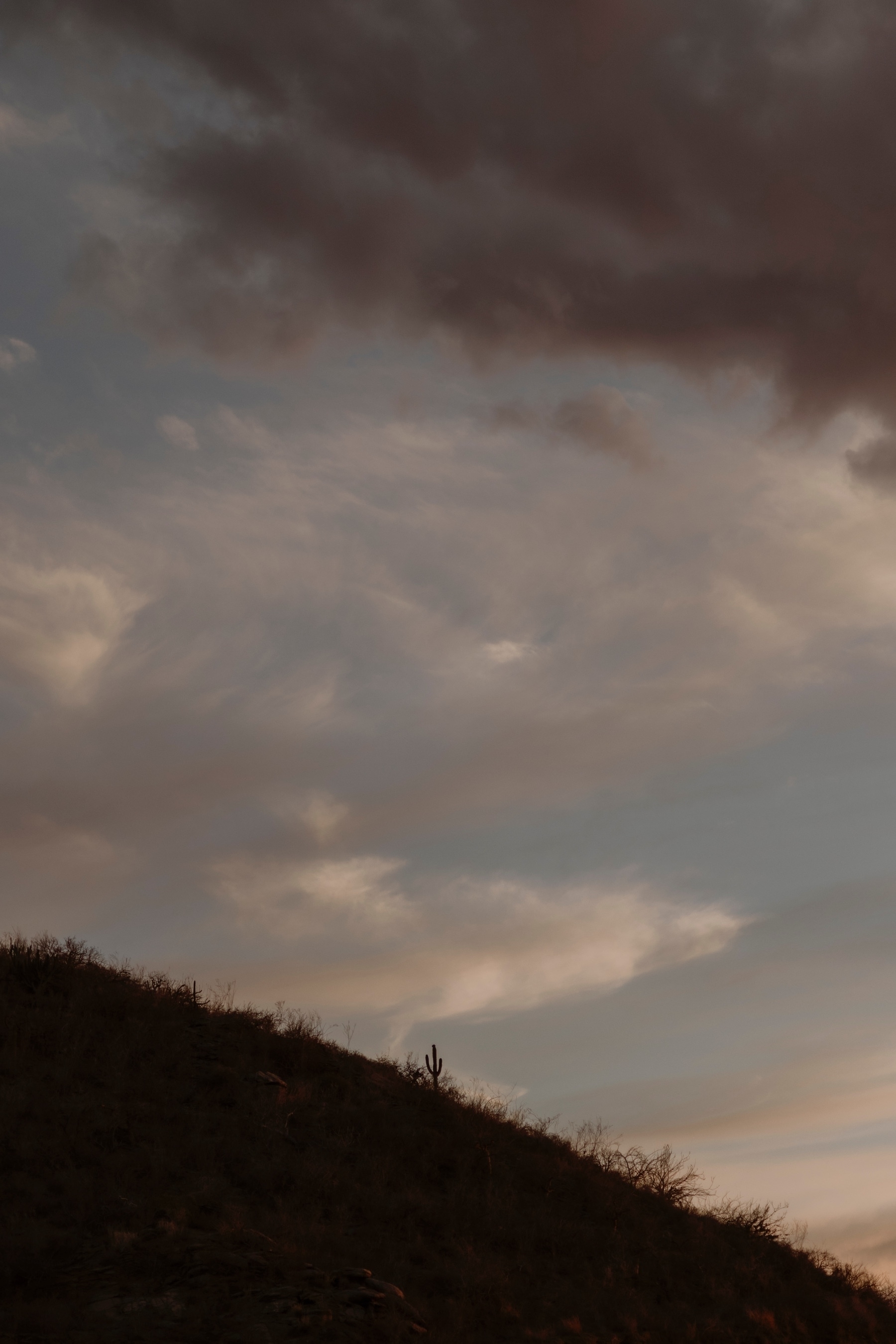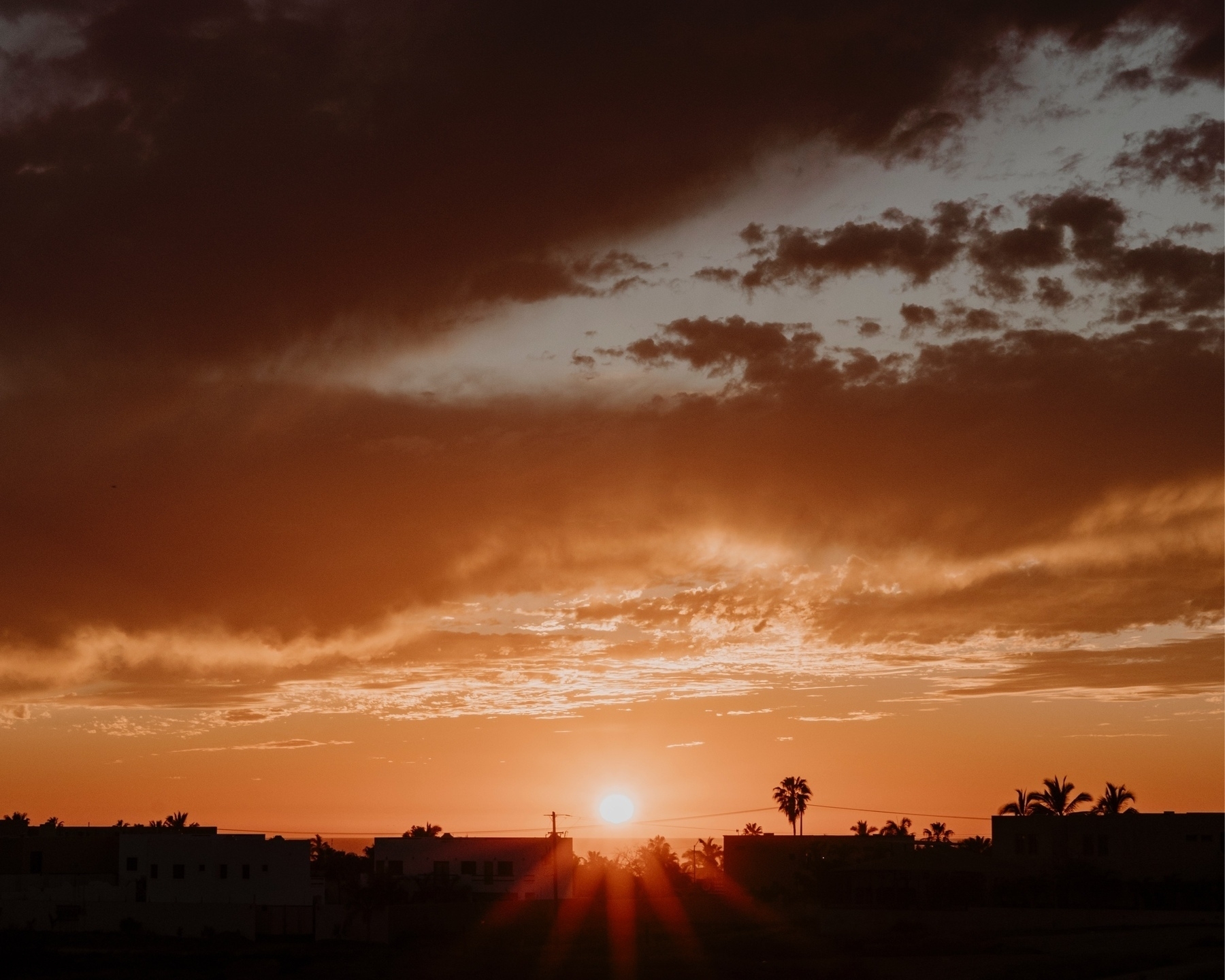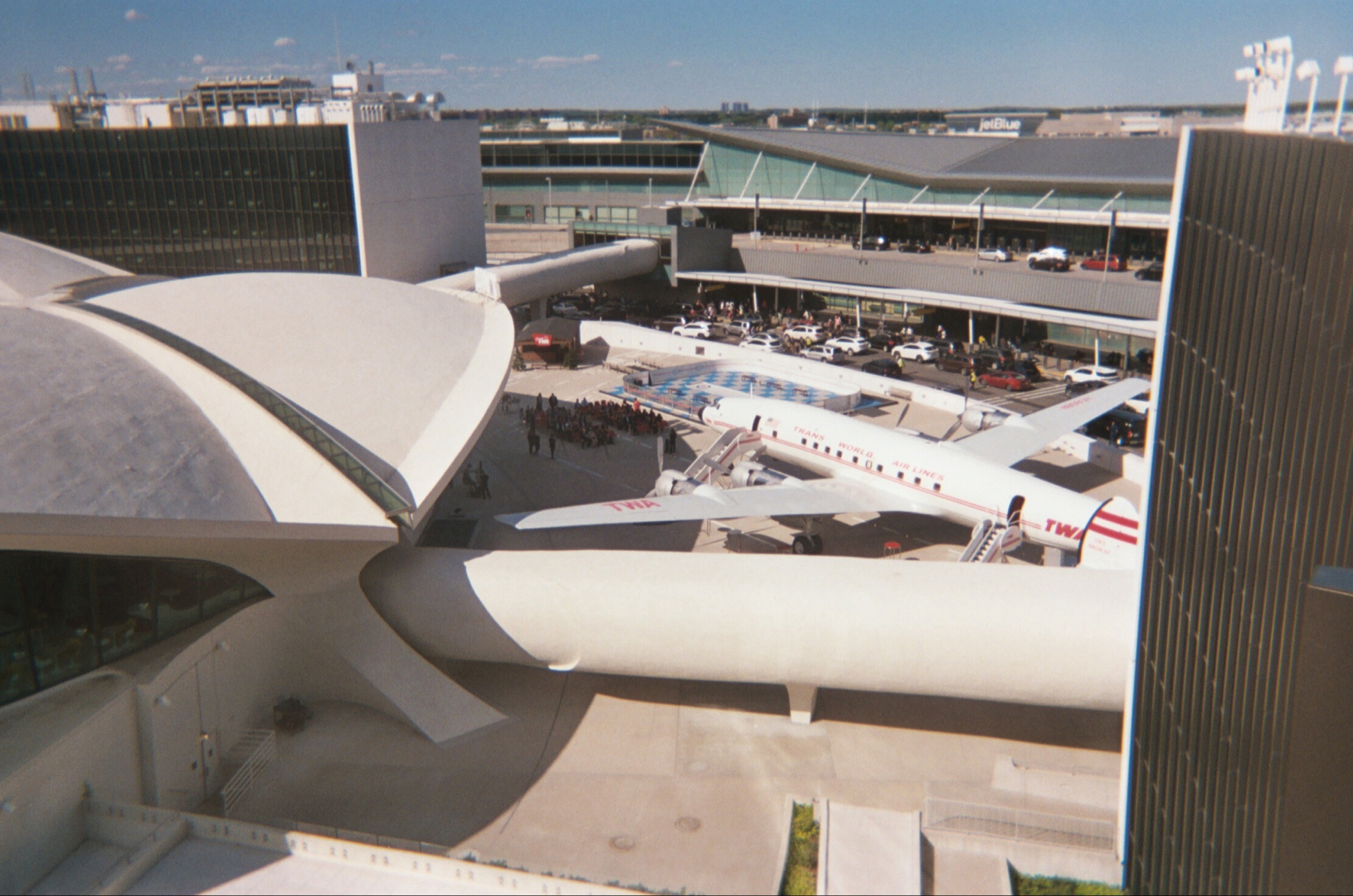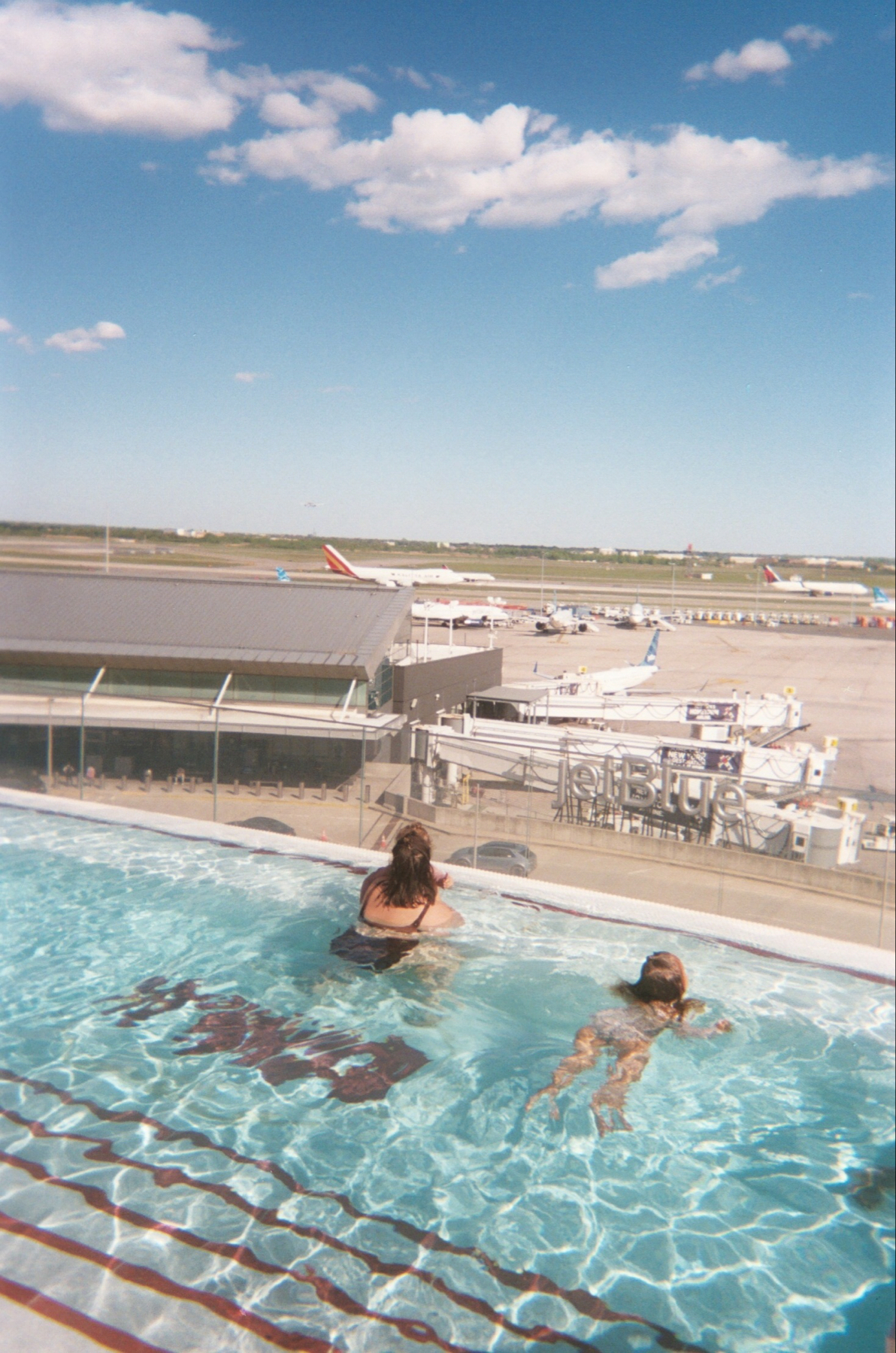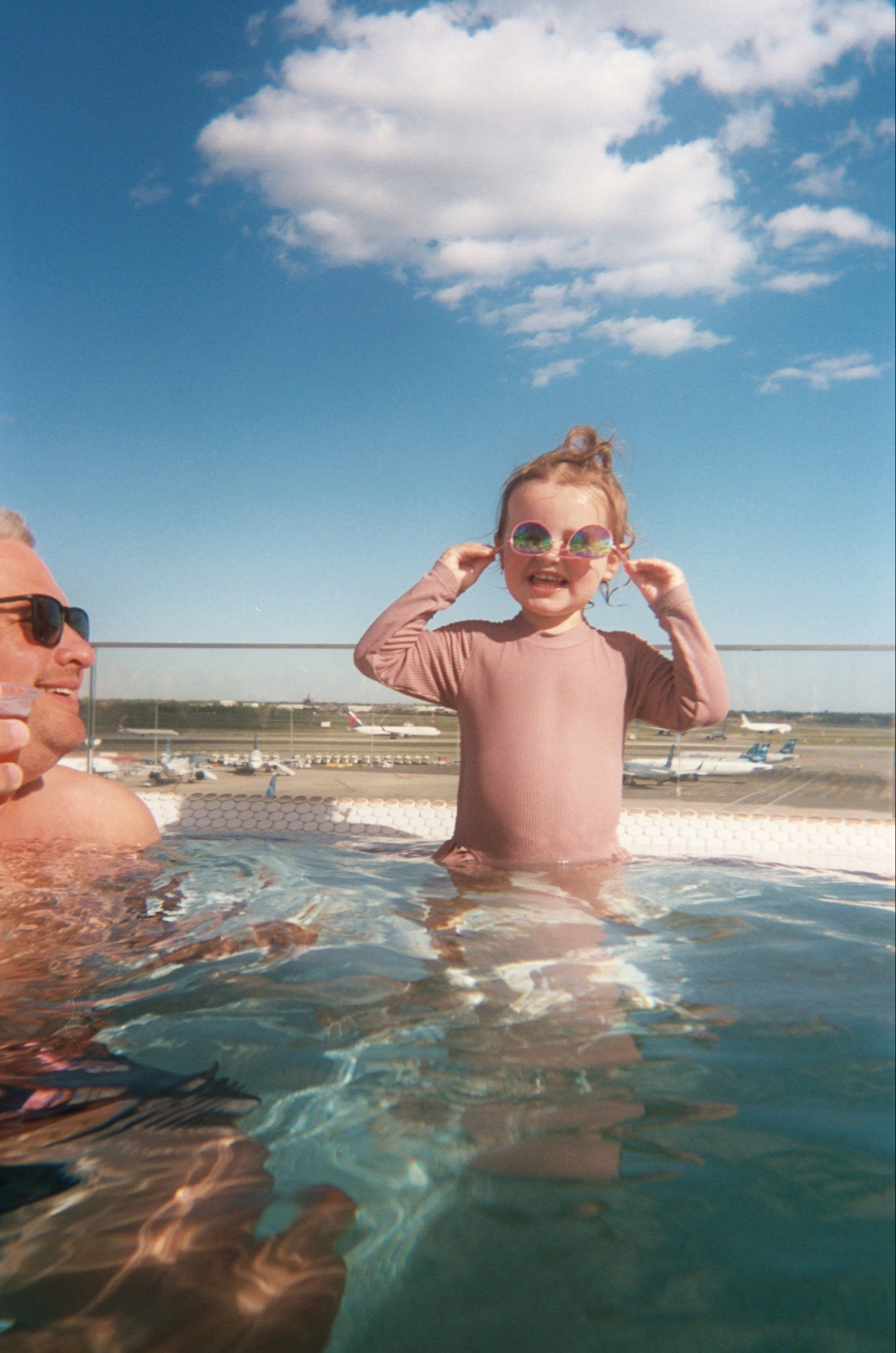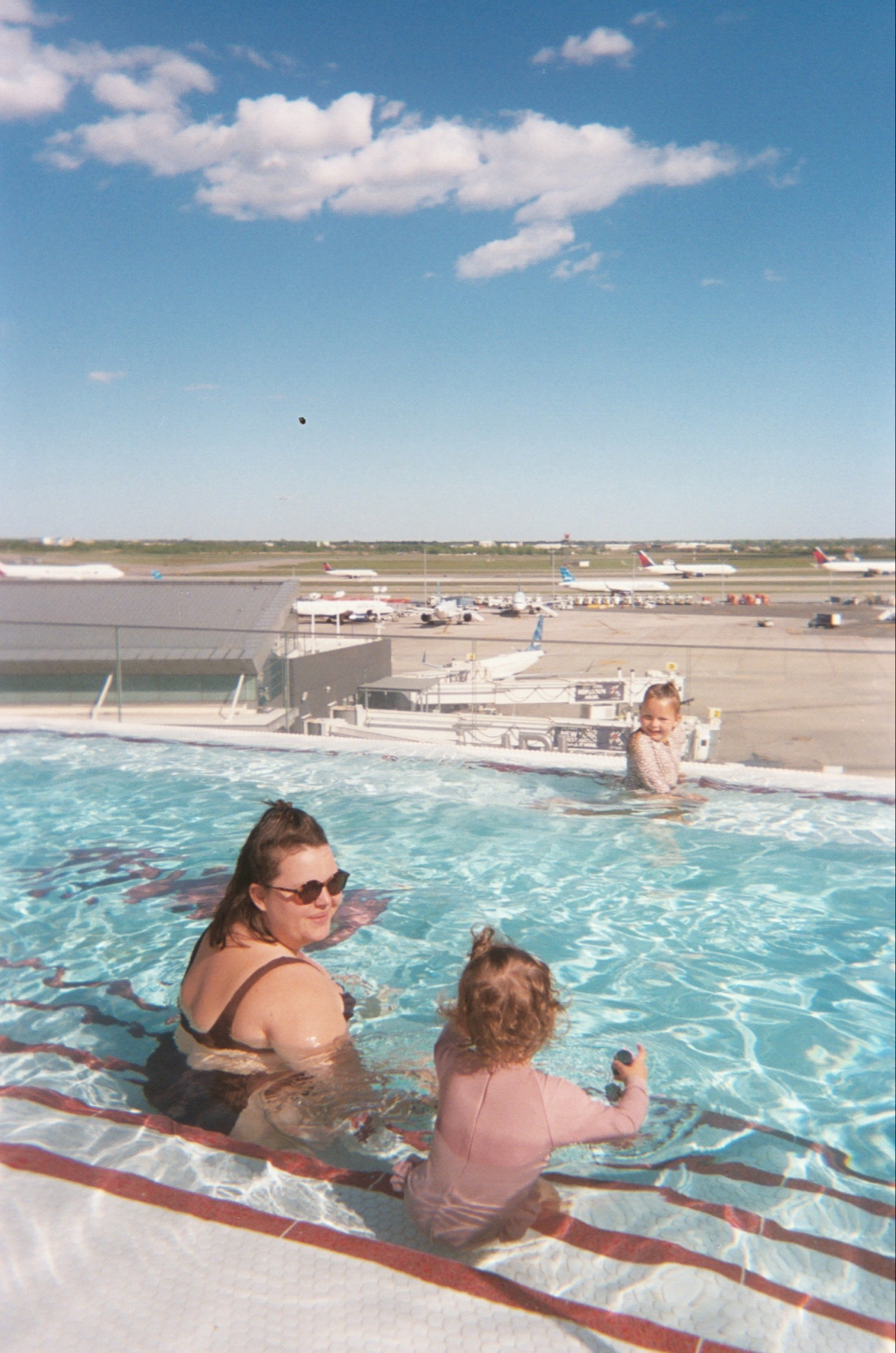Photography I Created
- Liechtenstein is one of the smallest countries in the world, both in terms of land area and population. It covers just 160 square kilometres, about the physical size of Geelong, with a population of just over 39,000, about the same population as the town of Orange in New South Wales.
- It is one of only two countries in the world that are “double landlocked”, which means they are landlocked by countries that are also landlocked. The other is Uzbekistan.
- Despite its small size, Liechtenstein is one of the wealthiest countries in the world per capita. The Prince of Lichtenstein, the head bloke, makes $40 mil a month off his own investments and businesses, he doesn’t take a wage or anything like that.
- Liechtenstein is the world’s largest exporter of false teeth, specifically for dentures. This is due to the presence of Ivoclar Vivadent, a company that leads the world in false teeth manufacturing. The country is also home to Hilti the construction tools company.
- Liechtenstein doesn’t have its own airport or railway system. The nearest airport is in Zurich, Switzerland. For rail, it is served by the Swiss railways.
- Liechtenstein is a principality, governed by a constitutional monarch who holds expansive powers, including the ability to veto legislation. It is the last remaining monarchy in the Holy Roman Empire.
- Liechtenstein had the highest gross domestic product (GDP) per person in the world, when adjusted by purchasing power parity.
- The entire country is invited to the castle of the Prince of Liechtenstein for beer and pretzels on National Day (August 15).
- Despite being an independent country, Liechtenstein uses the Swiss Franc as its official currency.
- Liechtenstein has one of the lowest crime rates in the world. It has even been reported that the country’s citizens often don’t lock their doors.
- Liechtenstein disbanded its army in 1868 because it was too costly. In fact, Switzerland has been responsible for its defence since 1923. The CIA World Factbook for many years incorrectly stated it had a defence budget of $12. It’s actually closer to zero.
- The country’s capital, Vaduz, and the region of the Alps, has been recognized as a UNESCO World Heritage site for its stunning alpine beauty.
- Liechtenstein is known for its excellent wines. The Prince of Liechtenstein Winery, owned by the princely family, is one of the most famous wineries. I drank one of his beers today and it’s equally delicious.
- Despite its location in Central Europe, Liechtenstein managed to remain neutral and was untouched during both World War I and World War II.
- There are more businesses registered in Lichtenstein than residents, so most of the residents work in support of these businesses, or in tourism, dentistry, or working for Hilti making tools.
Temple of Valadier: Refuge for sinners
Over 1000 years old, this sanctuary in Genga’s Frasassi Caves was intended to be a refuge from sinners, but when you see it from a sky, it looks like the church itself is seeking refuge from the world.
The temple you now see was complete in 1827 under the suggestion of Pope Leo XII. For all this time it was called the Temple of Valadier but recent study has revealed that Giuseppe Valadier, its namesake architect, didn’t design it at all.
Either which way, it’s nice to know that Catholic sinners get a cool place to pilgrimage to.
I caught a few moments after the sun set, in between rain clouds, to get the drone up. I’d been driving for 45 minutes and gotten stuck down two dead ends. I was making these photos tonight!
A few other accounts of the sanctuary:
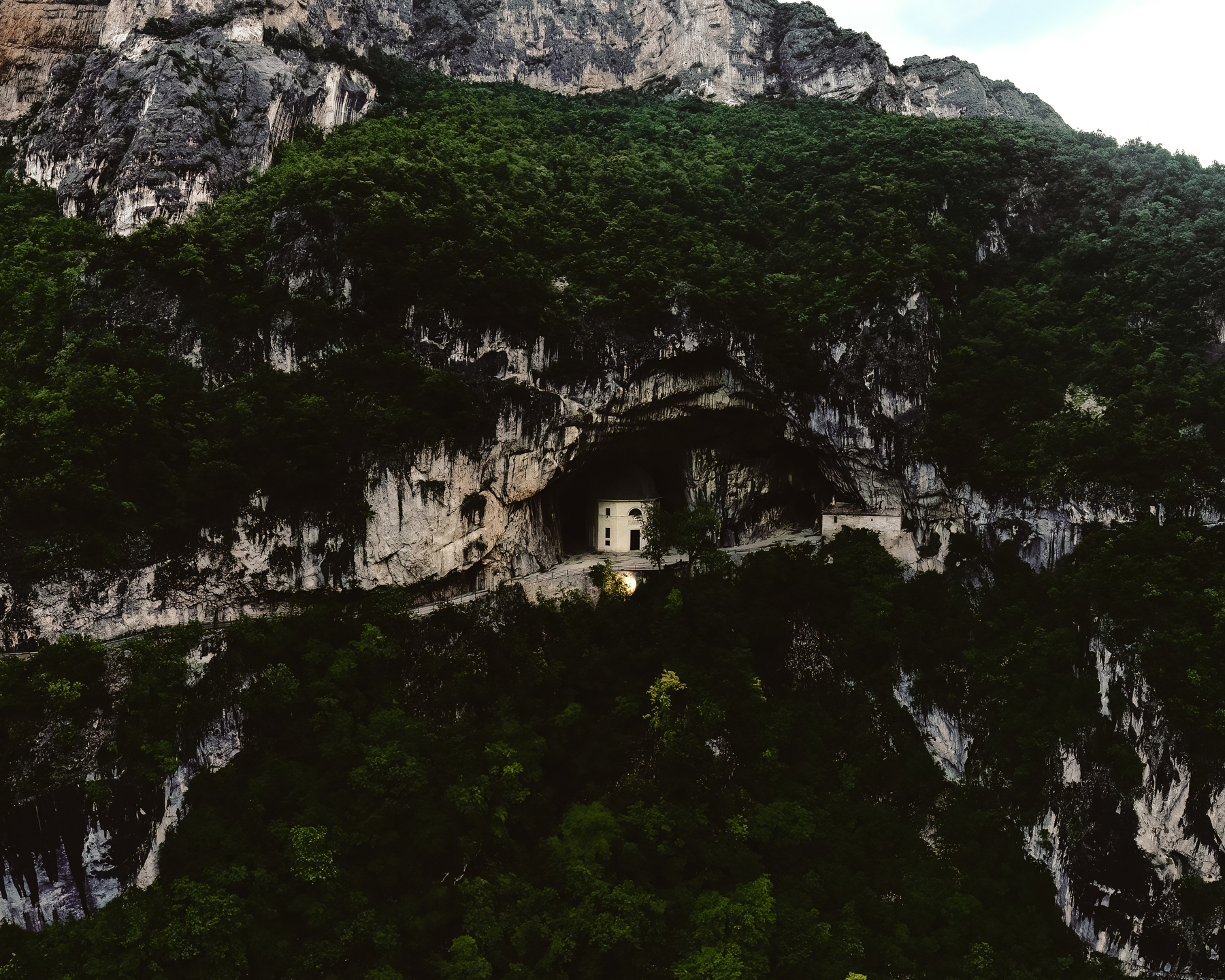
Does Apple Vision mean 360 content is finally going to have its moment?
I’ve been playing around with 360 content for over seven years ago now and I have a few questions about where Apple is going to take the format.
If you make 360 content today, you spend a lot of time looking at content like this:

It’s not as appealing as the embeds below.
I’ve recorded my work creating marriage ceremonies in 360 video, and with my various DJI drones, I’ve been trying to create 360 still content as well.
My question and thought for today is how will the new spatial computing frontier handle consumer stills and video in 360? Will Apple standardise the media, and let it be viewed in Preview or Quick Look?
Will other devices be able to make content for the Apple Vision, will Apple Vision 3D or 360 content be viewable and enjoyed on other platforms?
How should content creators prepare for this new content-style? Is this permission to buy new gear?!!? (Please let my wife know if so).
I’ve been bullish on 360 for over seven years, I’m excited to see where it goes.
Where we’re currently staying in Northern Italy
Playa Ballandra, Mexico
Brisbane, Australia
Cabo San Lucas, Mexico
Malbun snow village, Liechtenstein
Lake Wolfgang, Austria
El Pescadero, Mexico
And where we’ll build our home one day, Tasmania
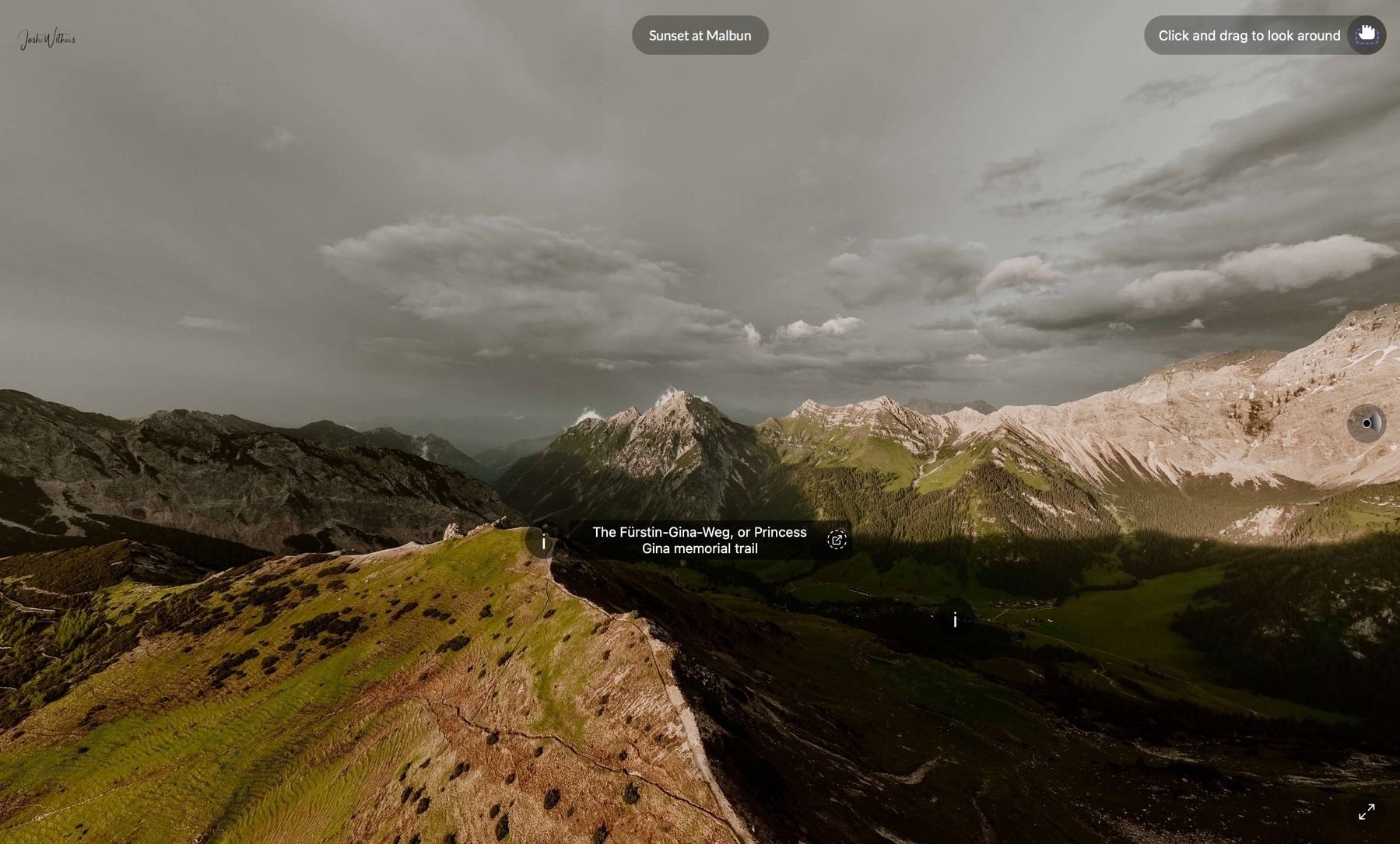
It’s normally pretty hard to try and fit an entire nation in one photo. It’s a little bit easier if you’re making a 360 panoramic photo. But still, most nations don’t fit.
So I can proudly say I think I got almost all of Liechtenstein in this photo.
I have a confession to make.
I didn’t know “The Alps” were a thing. I thought people referred to “the alps” when they referred to alpine areas.
This probably explains why I nerded out pretty hard when I got to the Alps and kept on typing the alps and all my computing devices would autocorrect to The Alps.
Anyway, here’s a 360 photo of a part of the Alps from Kufstein in Austria.
And another from Lake Wolfgang
Lichtenstein 3D
One of my childhood happy memories was receiving gifts from my Aunty Tracey who lived in Lichtenstein. She was always sending Liechtenstein paraphernalia and propaganda and I was here for it.
For over 30 years I’ve kept this magical vision in my mind of what the richest country per capita on earth would look like.
How safe could a country with no defence force feel? How do you even get to a country that has no airport? How small can the smallest country to win an Olympic medal be? How beautiful could the only country on earth to be completely in the alps be?
Today I got some answers.
P.S. Scroll to the bottom of the post for an awesome 360 photo!
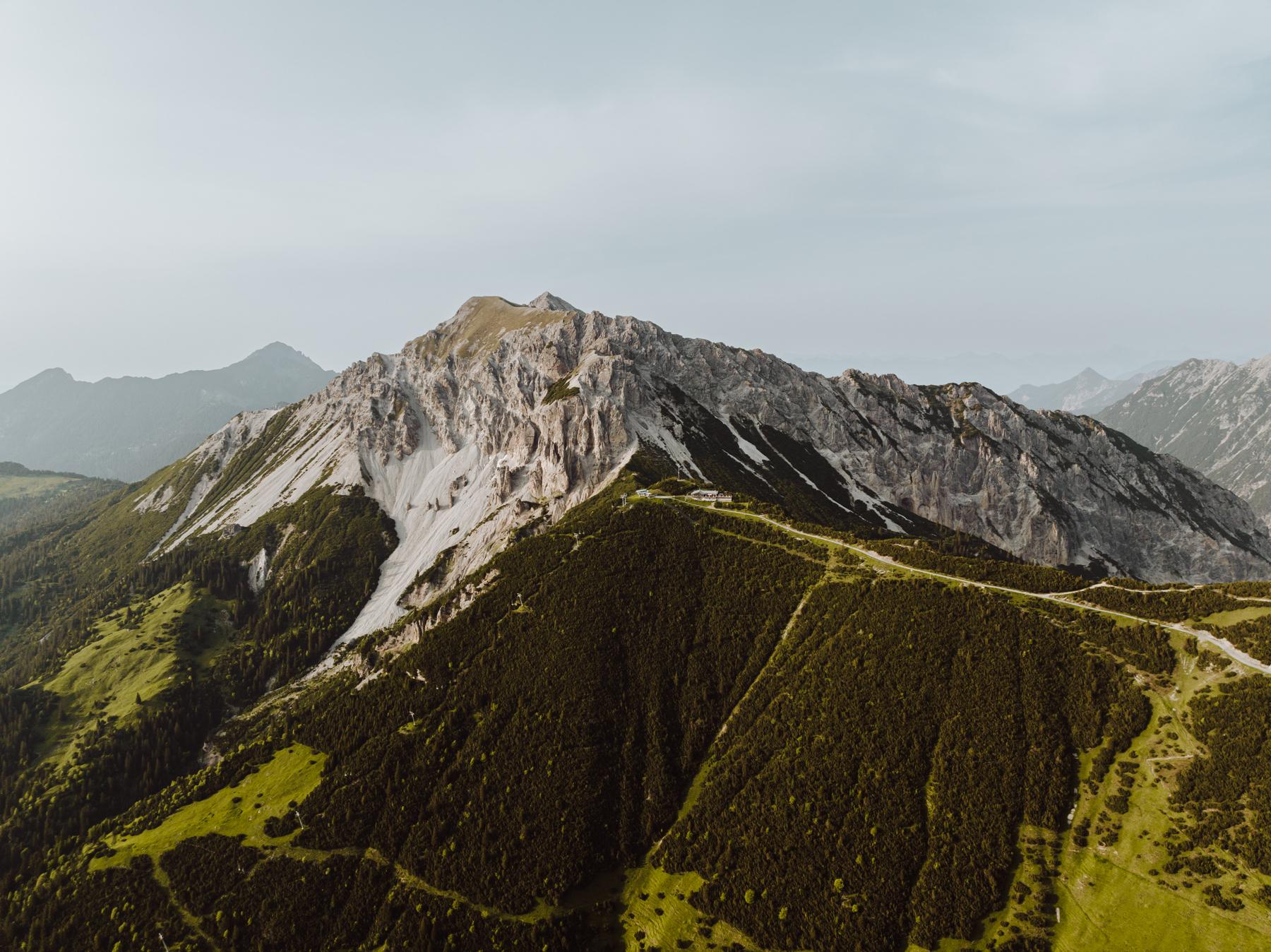
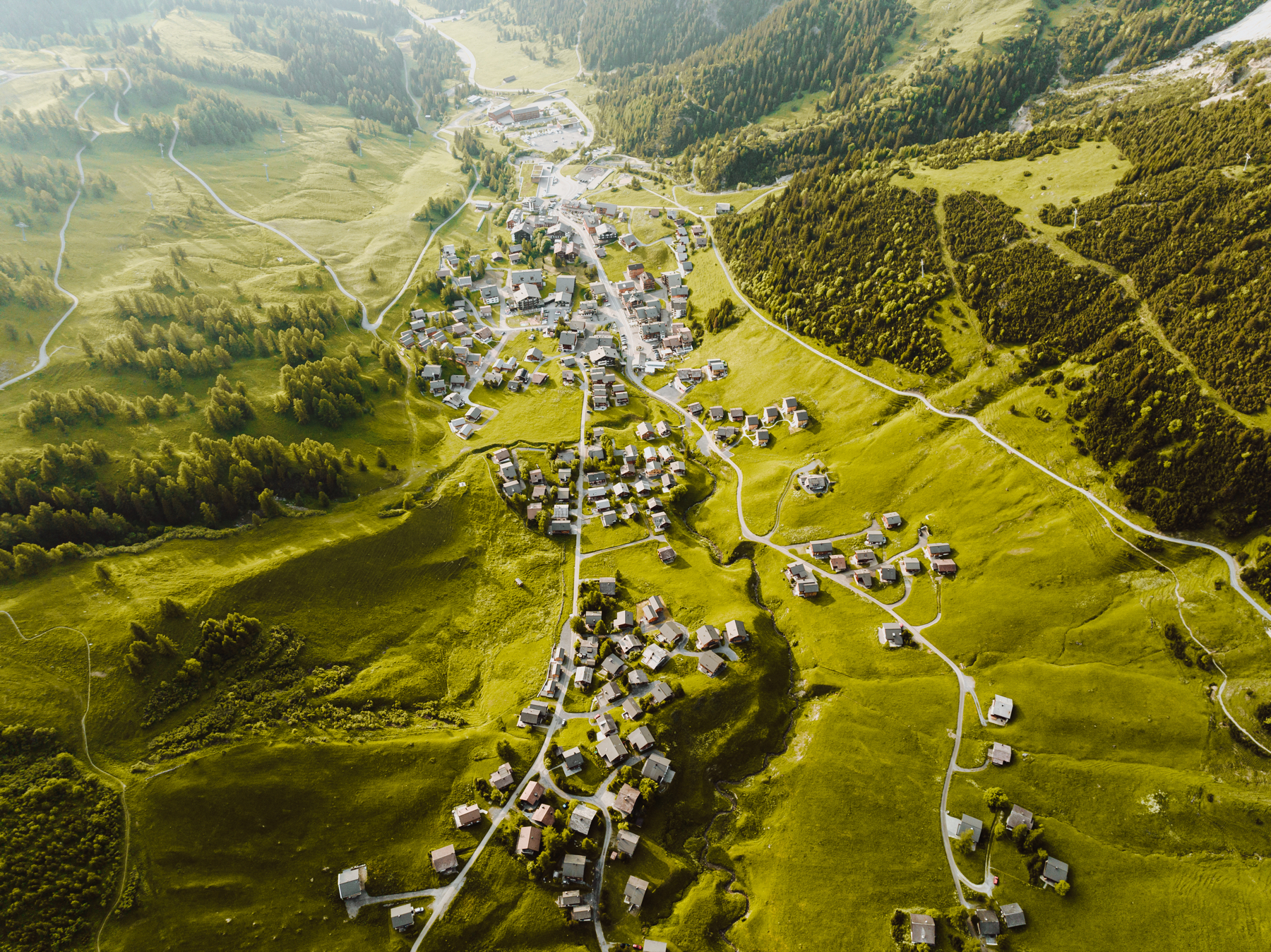
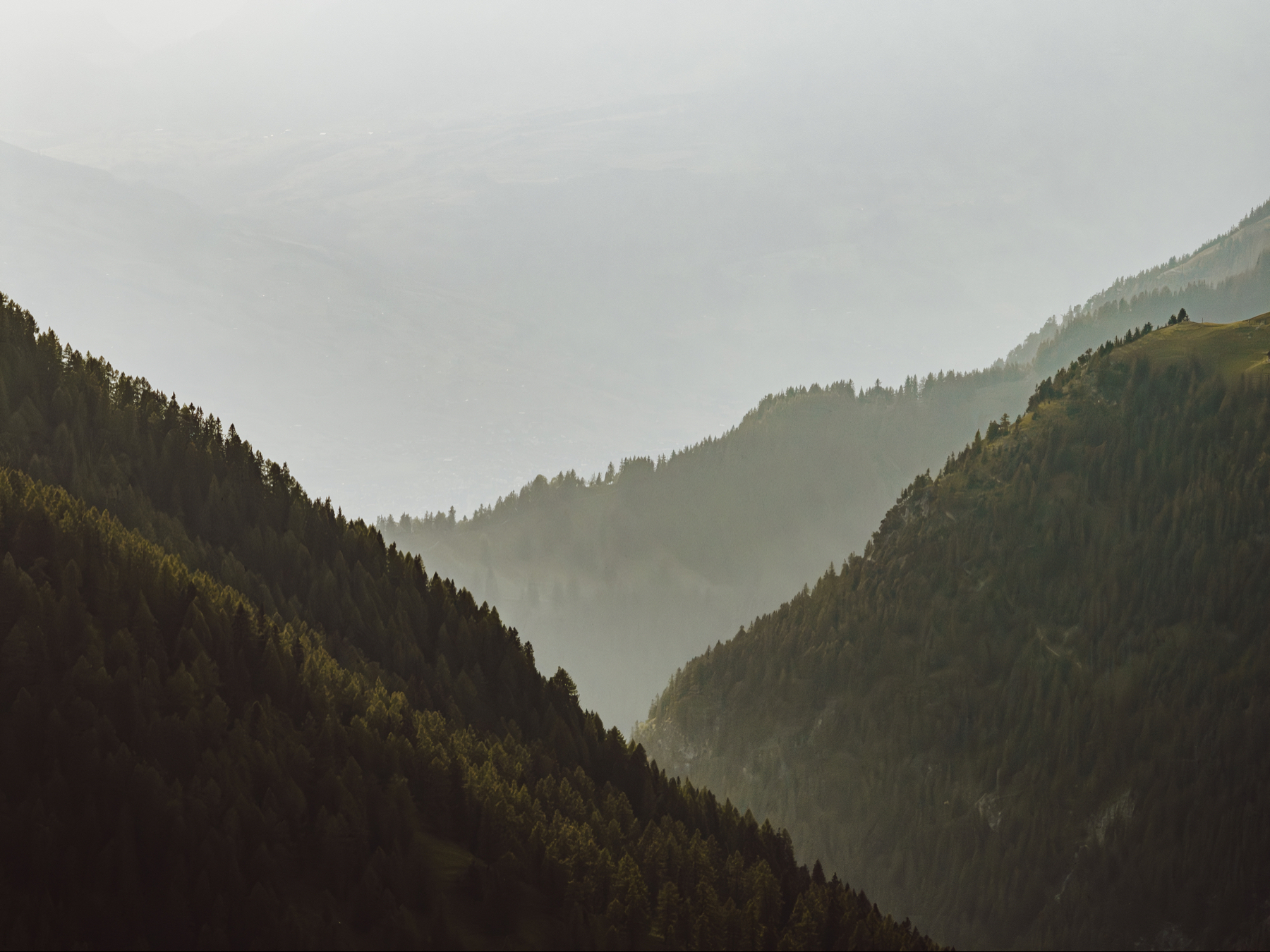
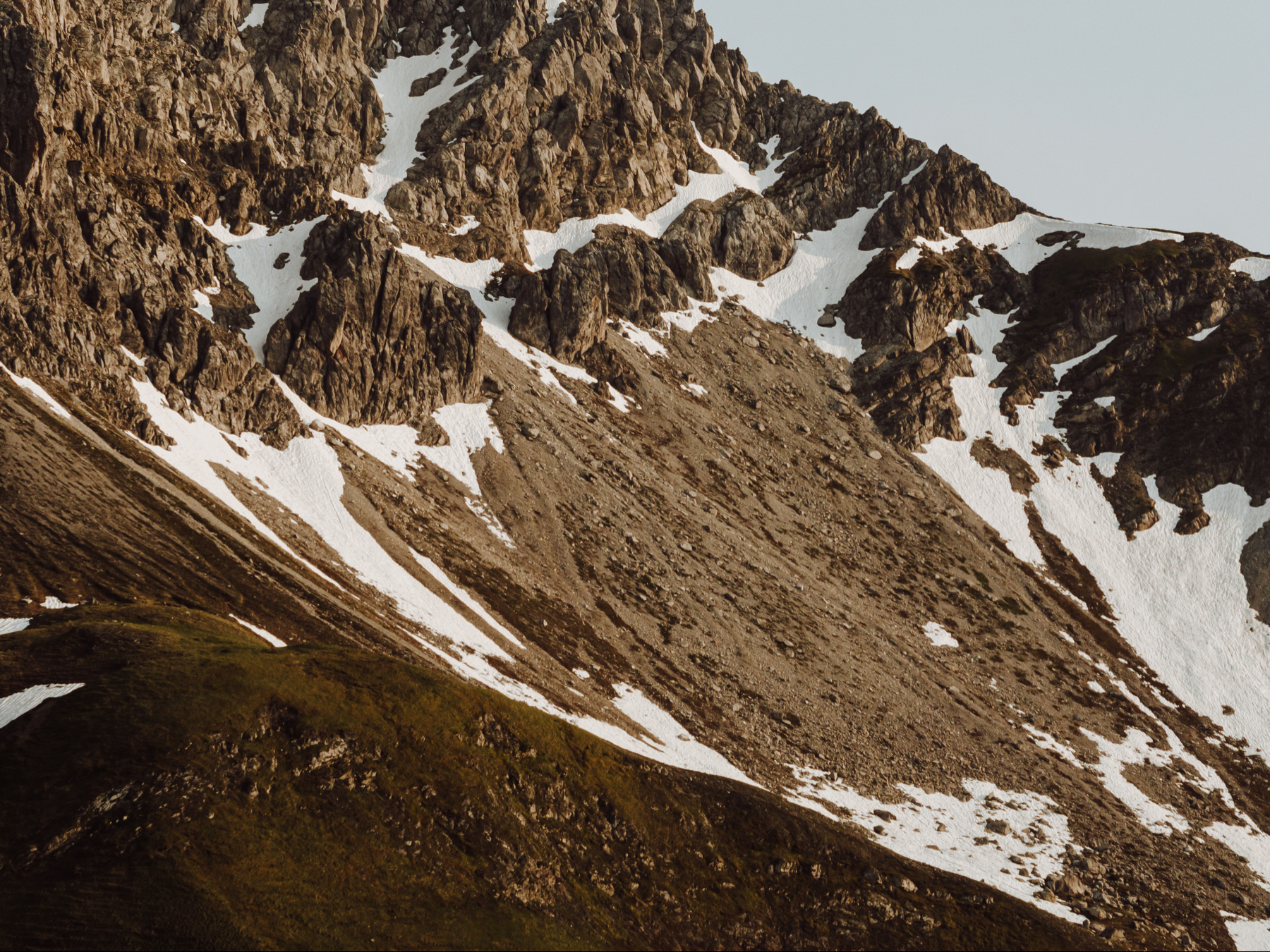
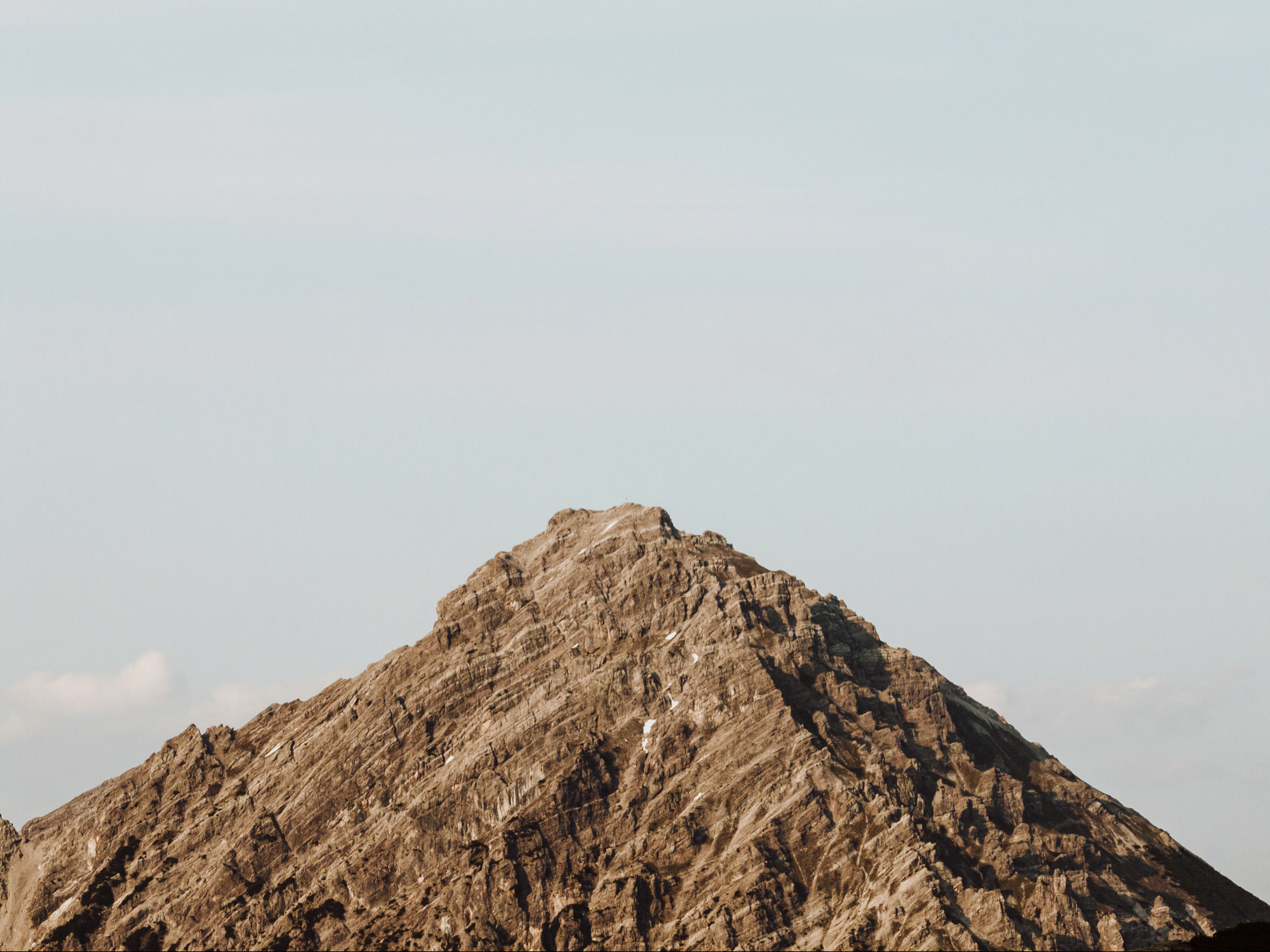
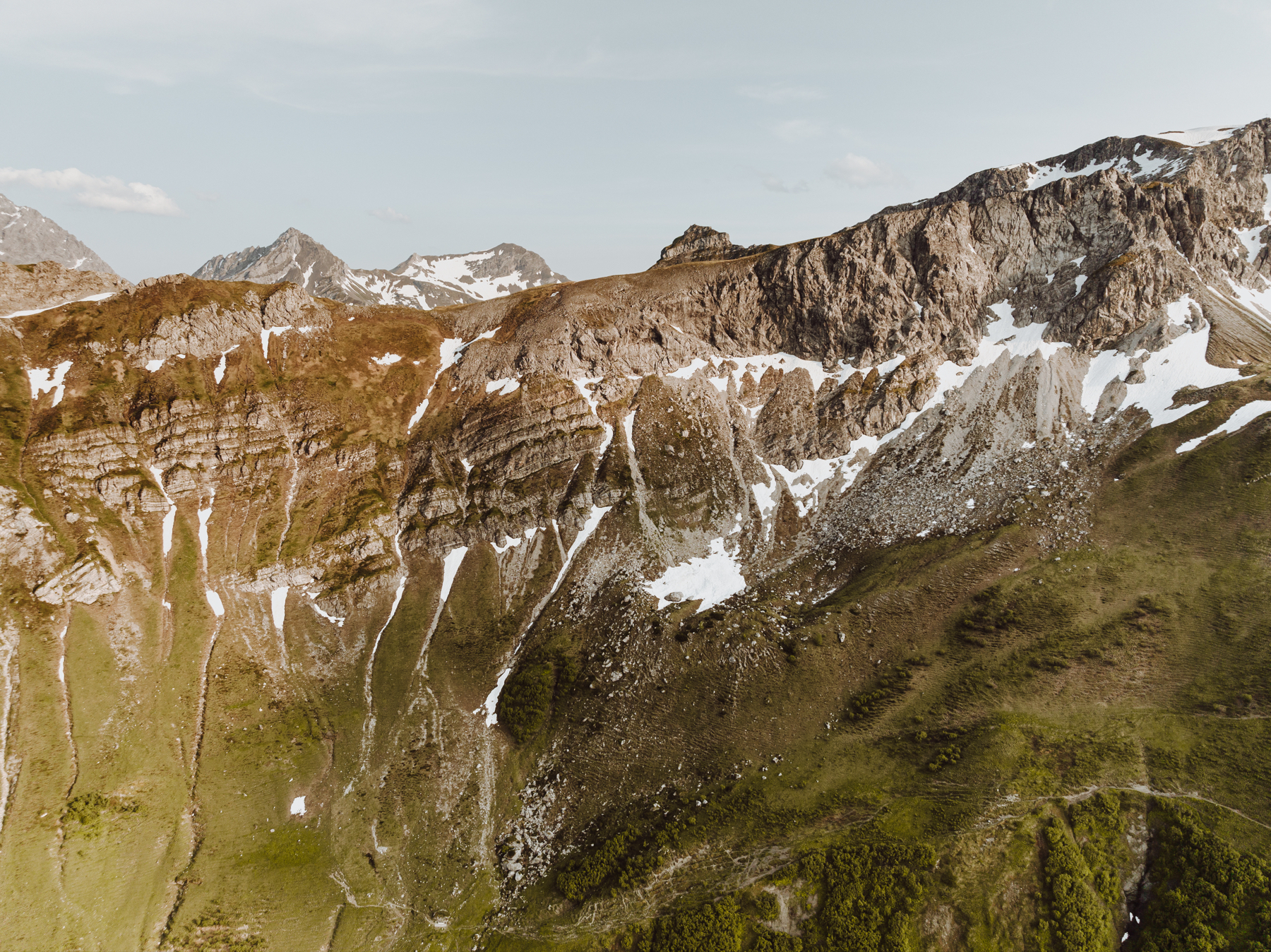
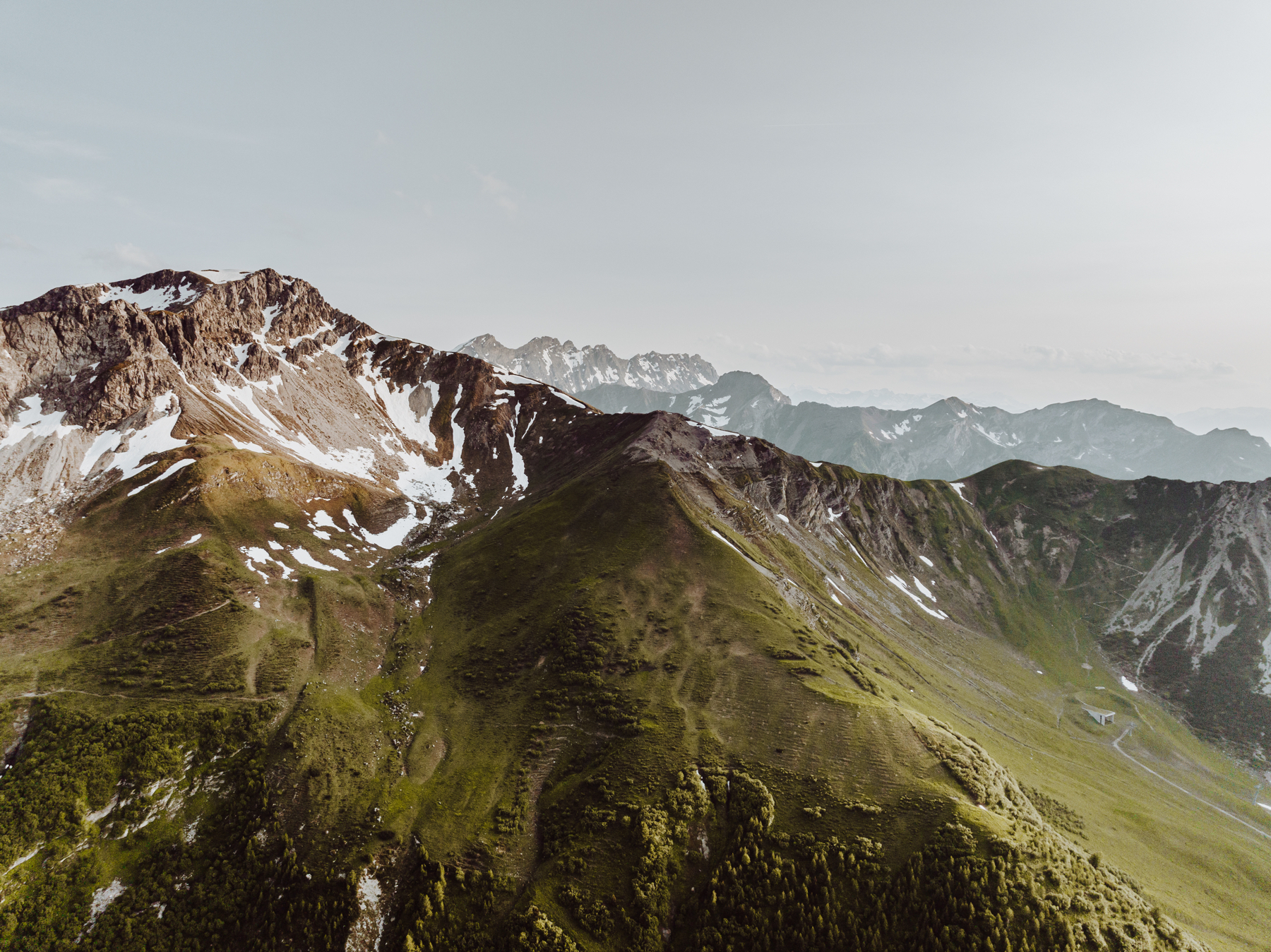
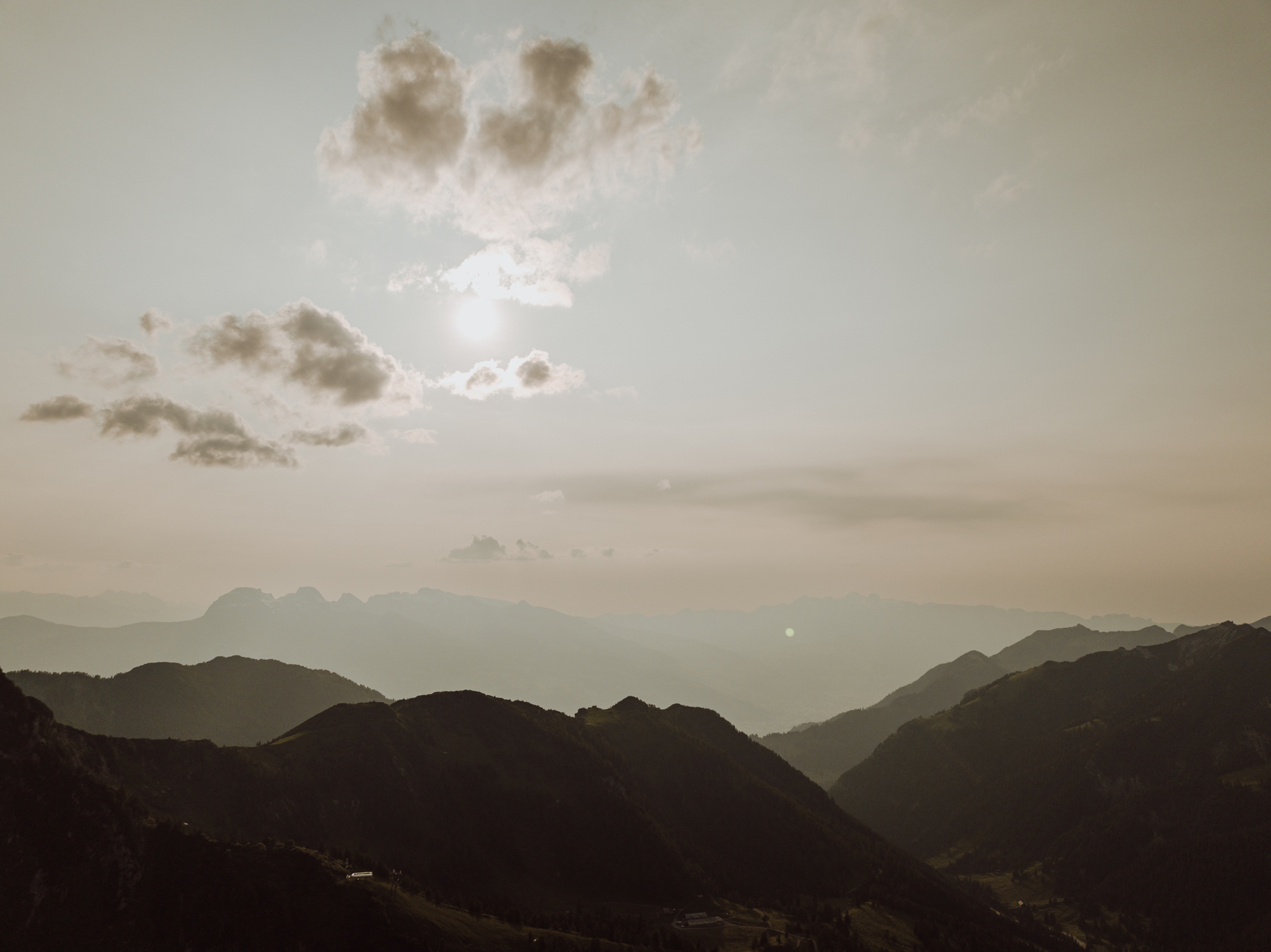
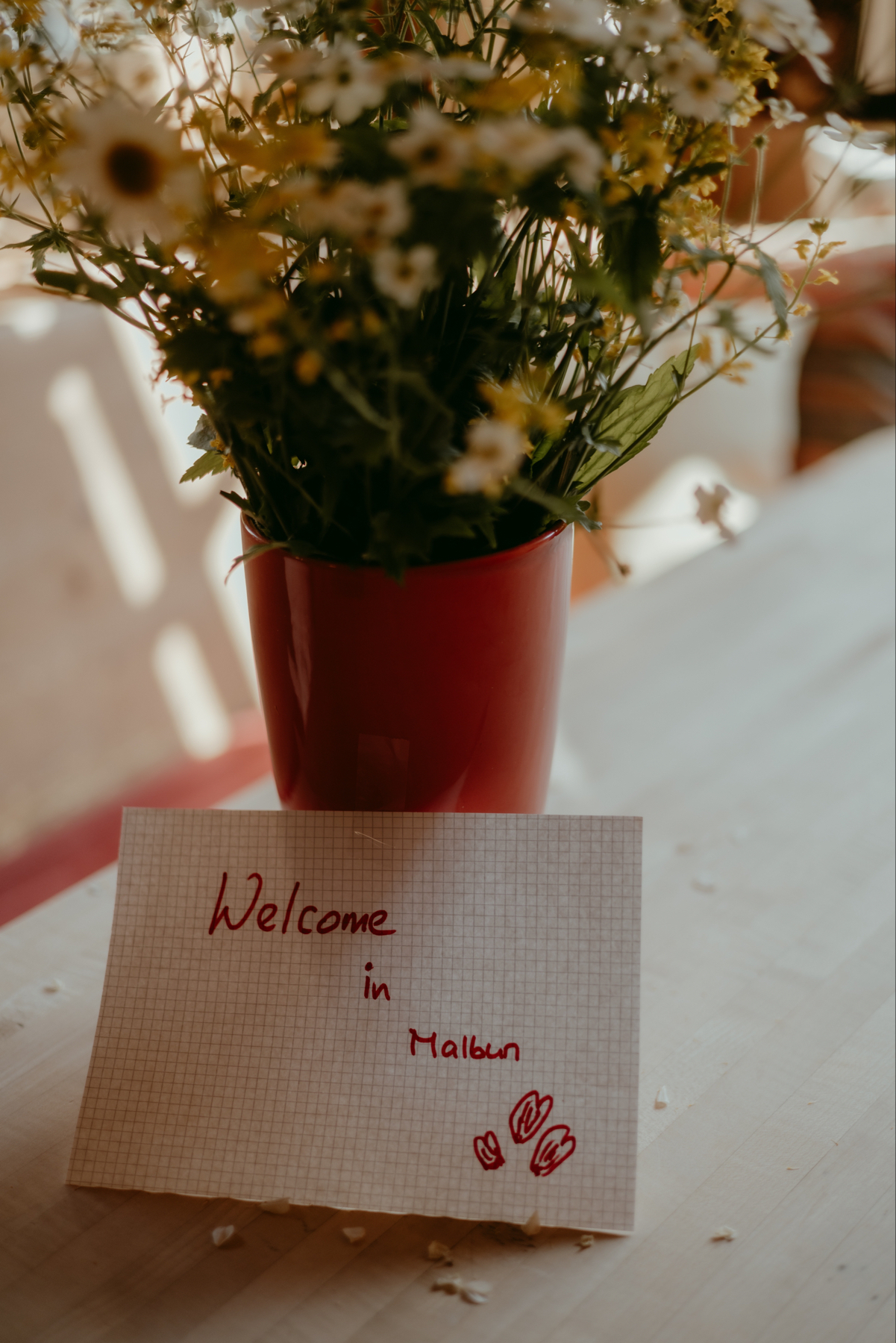
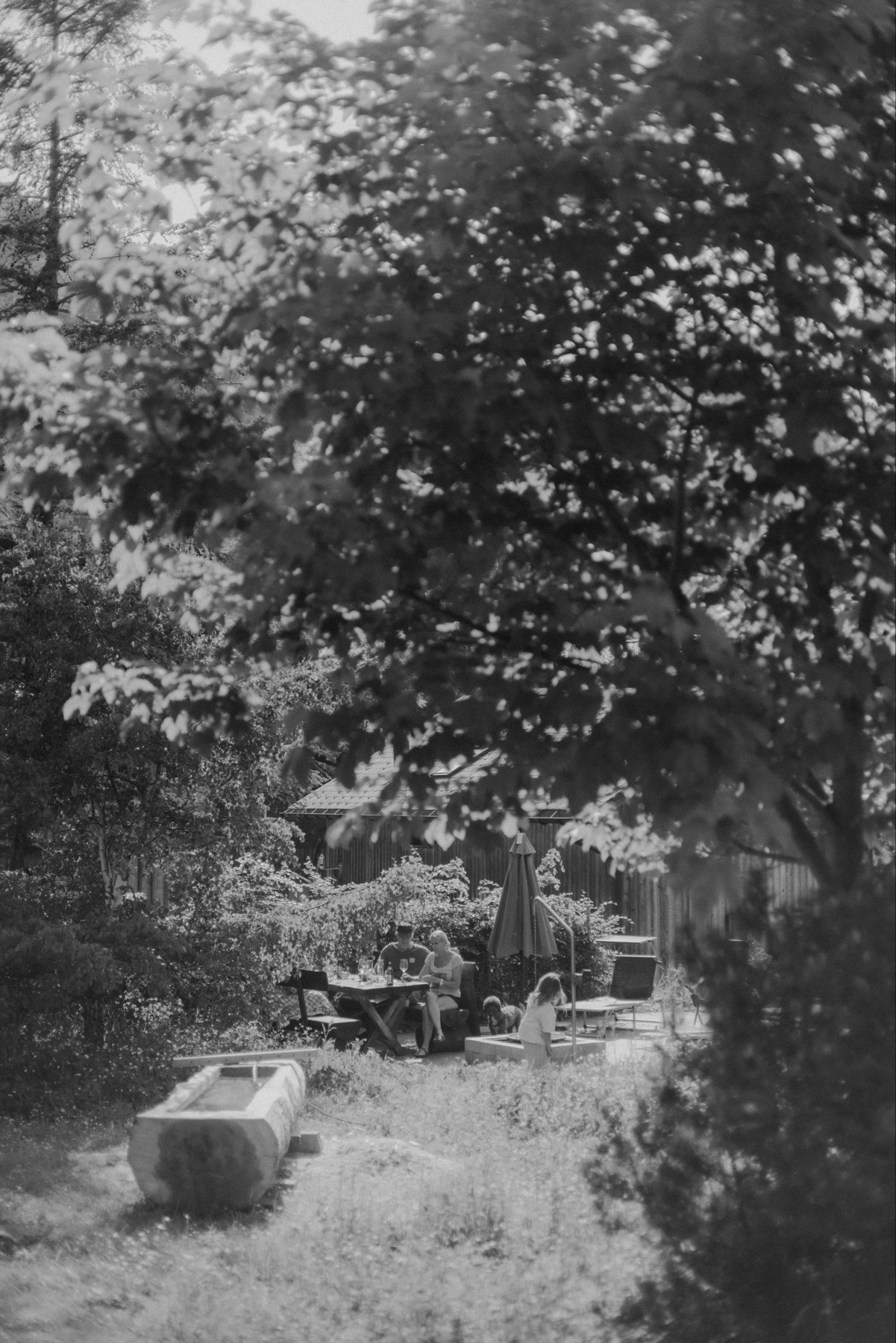
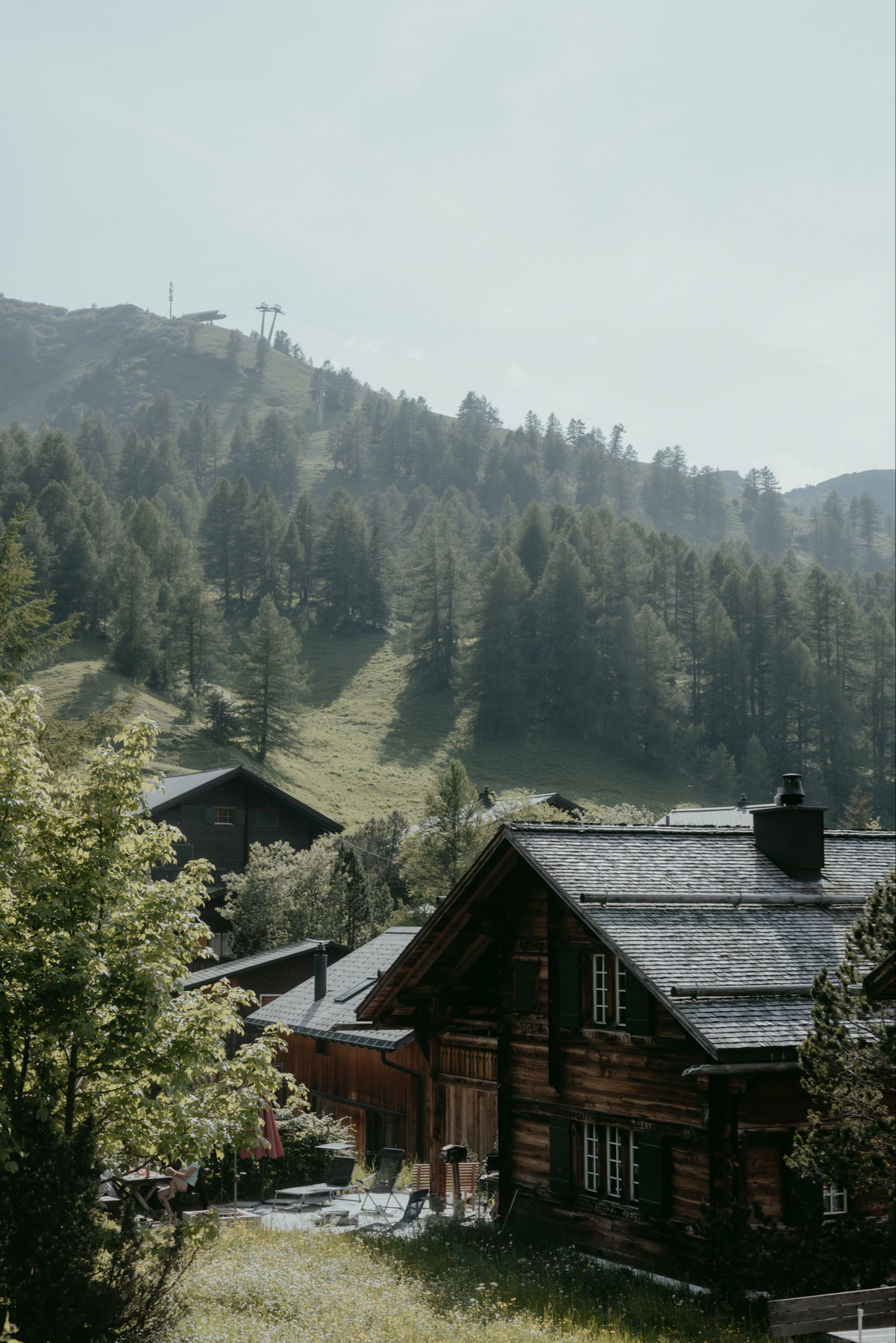
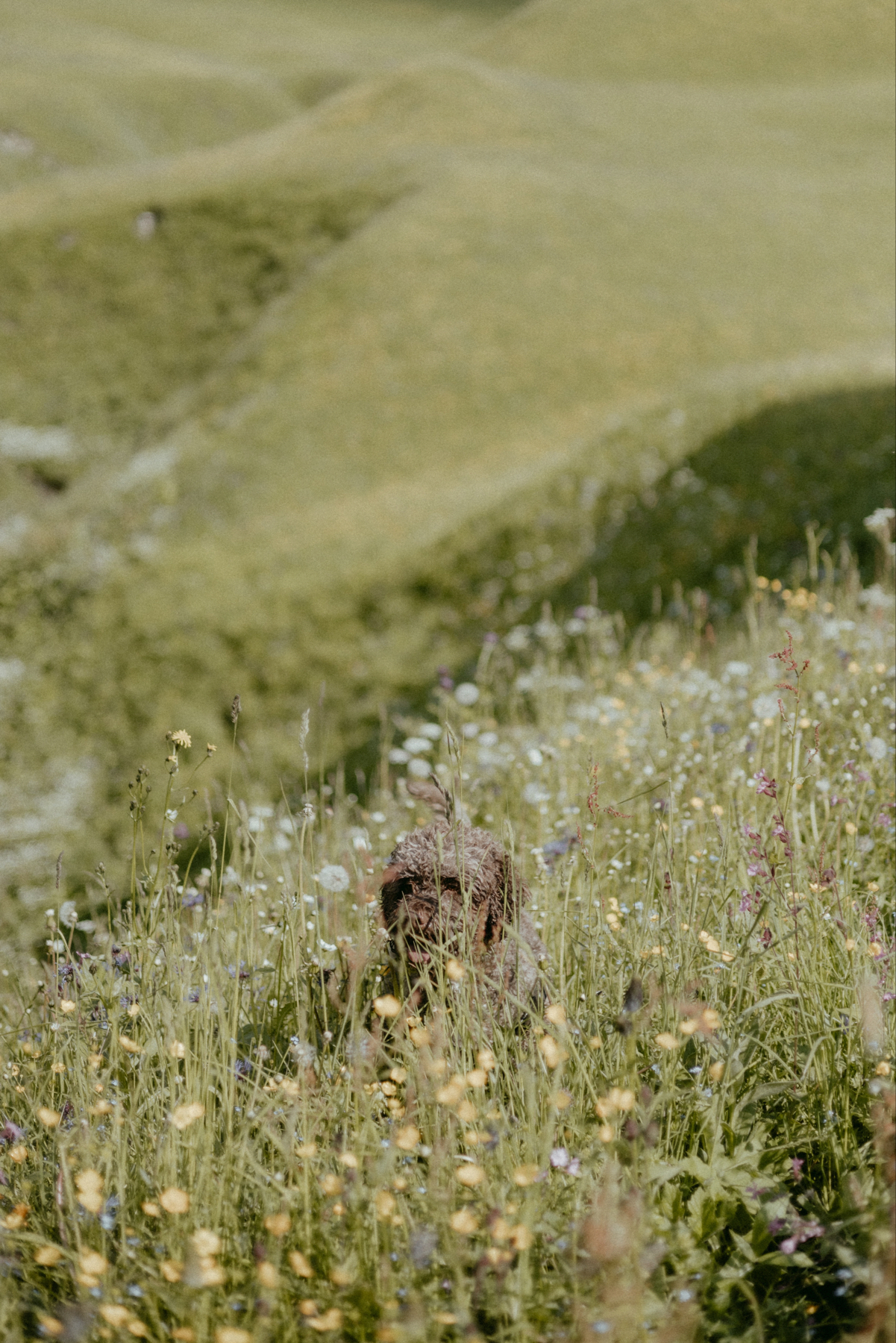

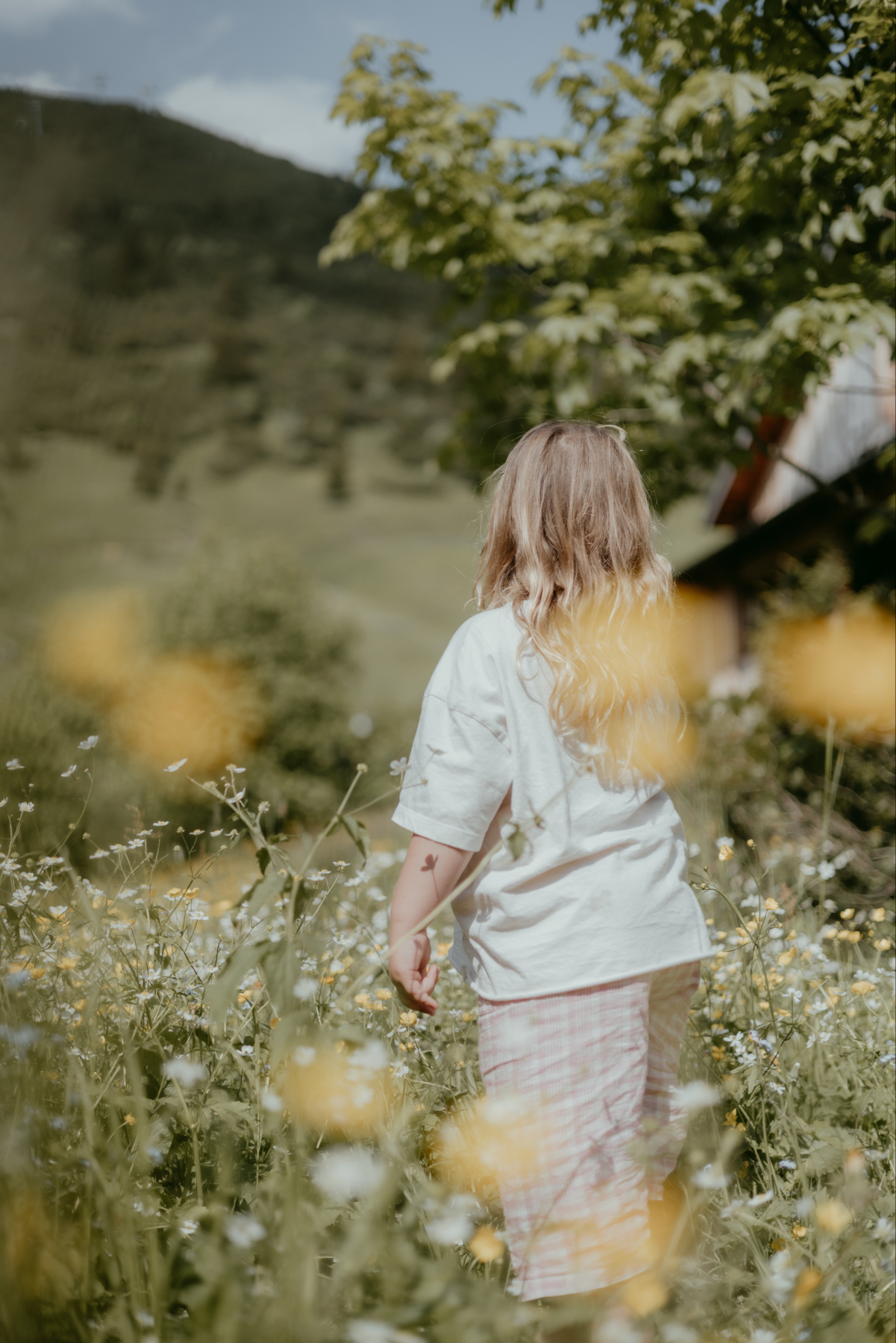
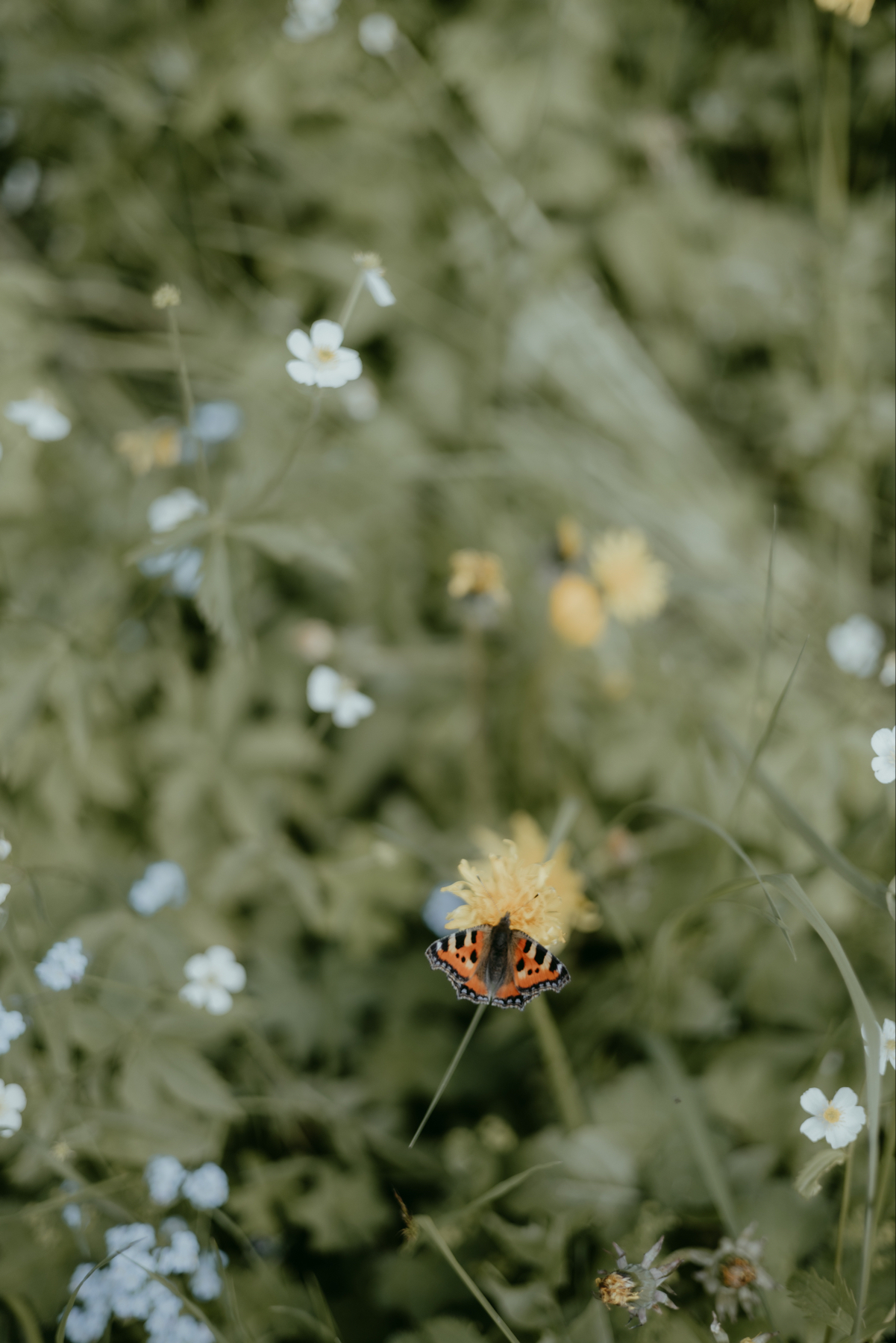

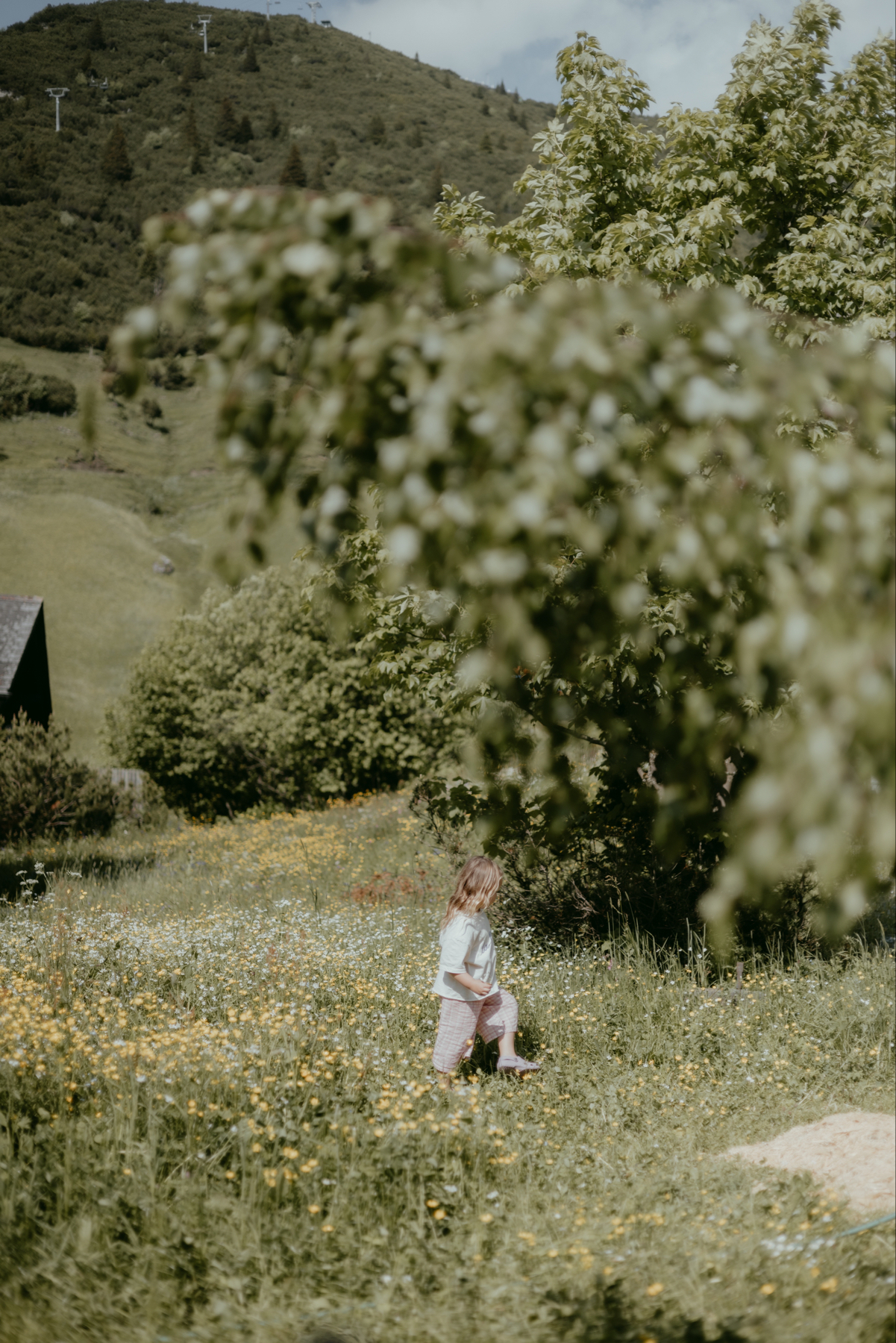
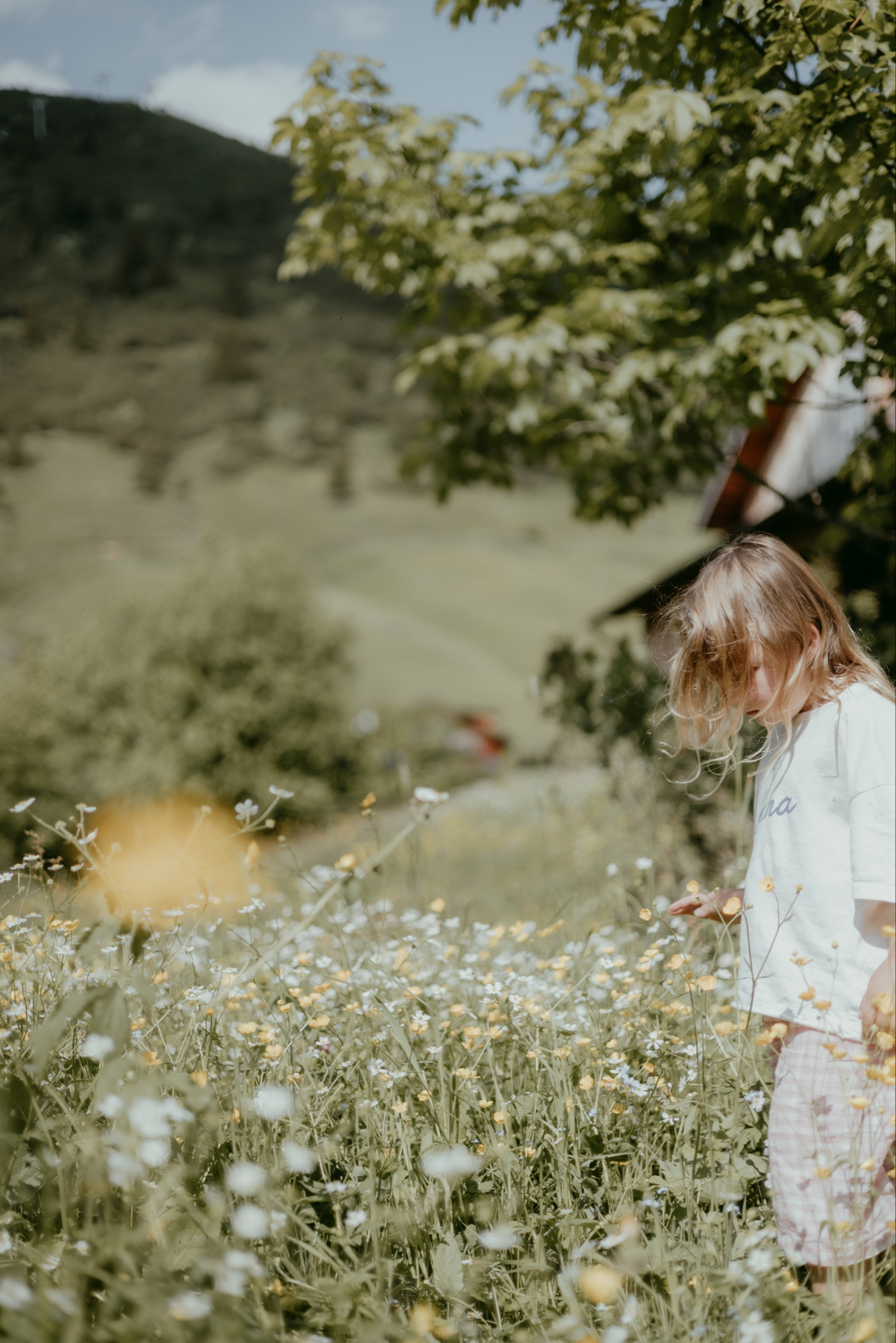
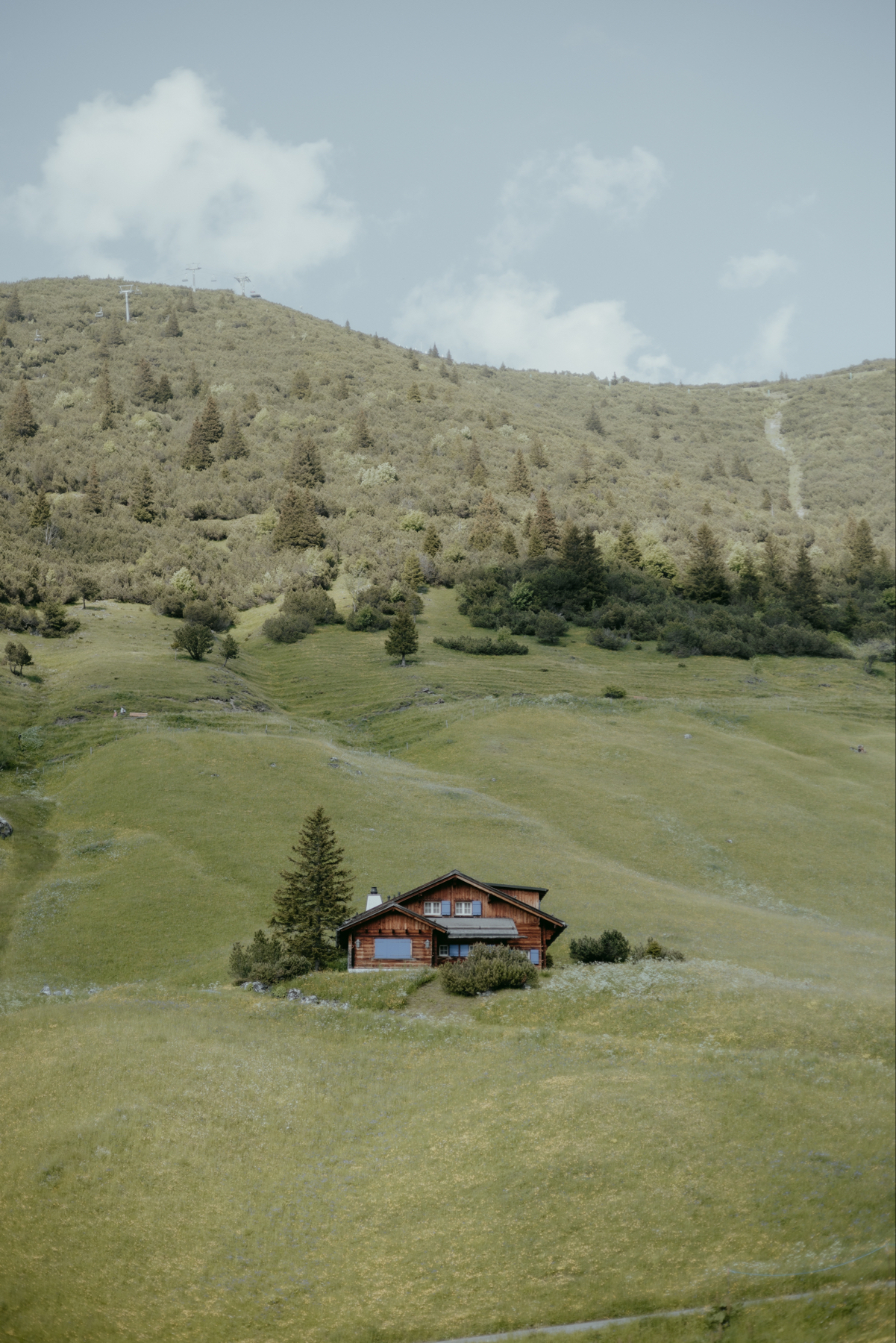
We’re really lucky to be staying near the summits of the mountains, in Malbun, with friends of my aunt (thank you Martina and Markus!), it feels like we’re on the set of a fantastical movie. It’s unbelievably beautiful here.
The two furthest-away boundaries of the entire nation are 25km apart!
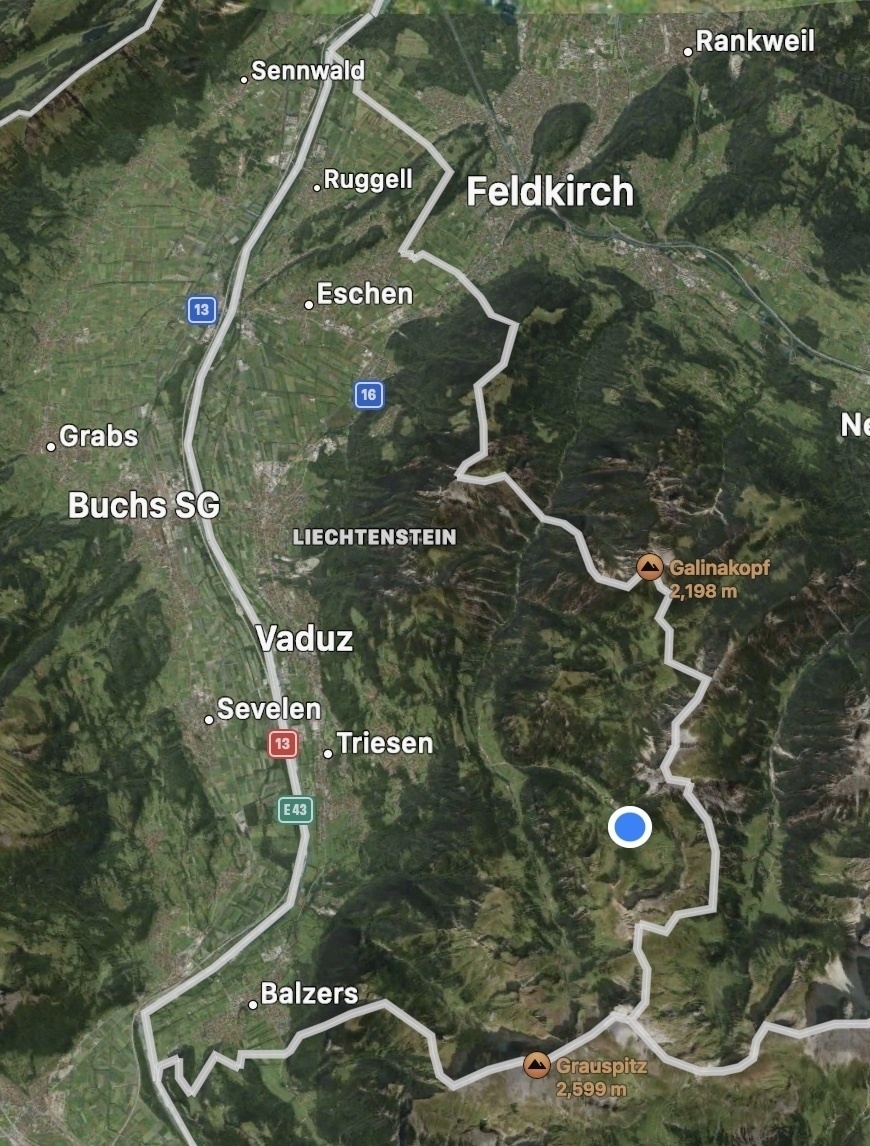
Some of the most interesting Lichtenstein facts I know:
The fascinating story of Castle Itter and the last European WWII battle
Driving across Austria this week we’ve seen plenty of castles, we even stayed in one, and every sighting of one is pretty special.
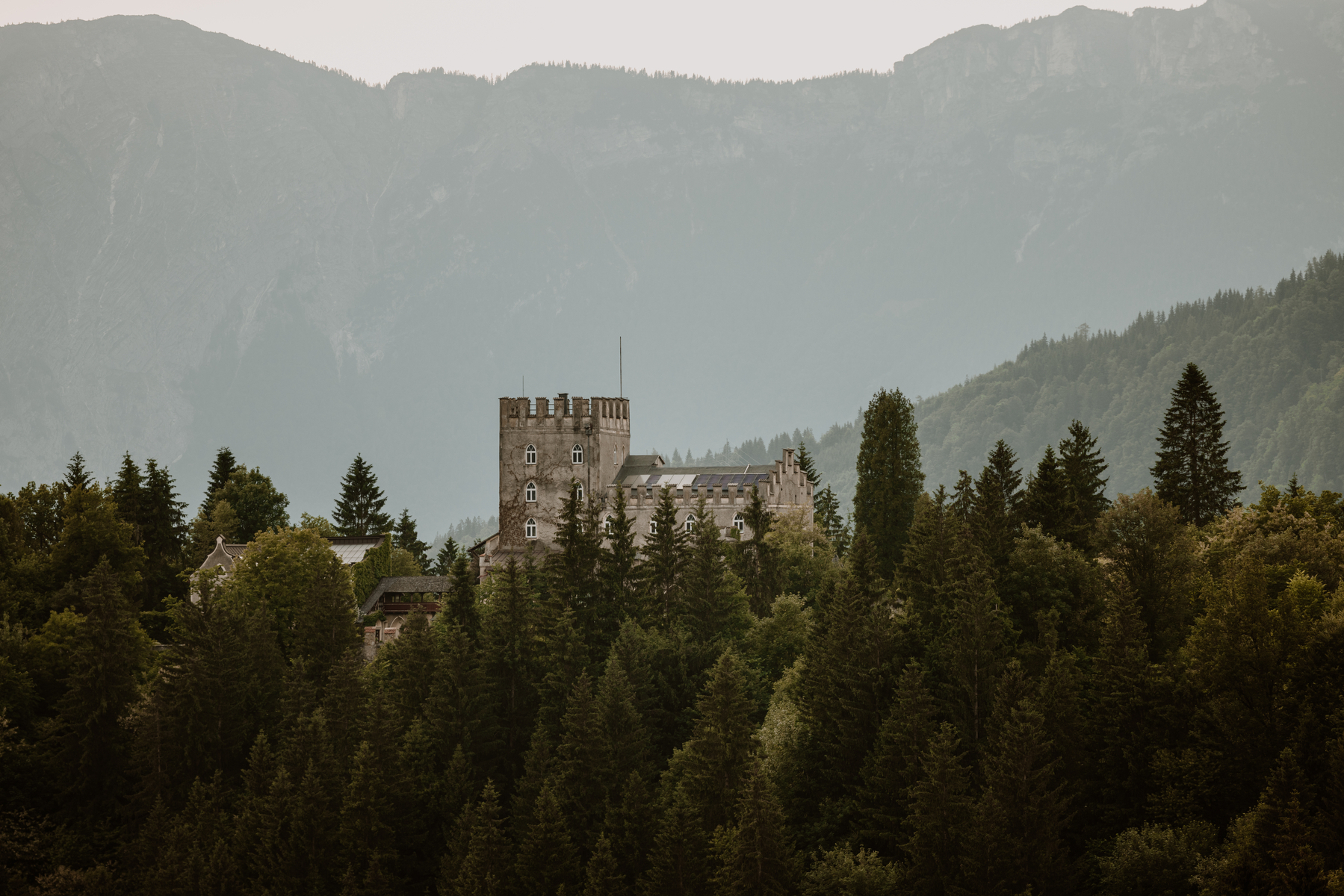
There’s one near us which looks very much like a castle, and tonight on our last night in Hopfgarten I found out the history of the castle on Atlas Obscura and it’s the most interesting of stories:
In the final weeks of the European theater of World War II, an unexpected union of German and American forces guarded a select group of abandoned Nazi prisoners against the Waffen-SS. The conflict fought by this unique joint American-German alliance is frequently referred to as the strangest battle of World War II.
Castle Itter was first built in the ninth century by the Bavarians and spent many years as a private residence. In May of 1943, after the Anschluss of Austria, it was transformed into a prison. For two years, French captives considered to be of high value were confined within its walls.
But as Stephen Harding writes in The Last Battle, those prisoners eventually found themselves unguarded and thrust into a precarious position. Days after Hitler died by suicide, it became clear the war had reached a turning point. The commander and warden of the prisoners at Castle Itter abandoned their posts, knowing the end of the war was near. The remaining guards also fled, essentially giving the castle to those imprisoned within.
This left the prisoners vulnerable to the loyal Waffen-SS troops prowling the countryside in search of deserters and enemies of the regime. This is when the strange, unlikely union of German and American forces began. Kurt-Siegfried Schrader, a highly decorated SS Hauptsturmführer and Josef “Sep” Gangl, a Wehrmacht Major, joined Captain John “Jack” Carey Lee, Jr., an American Tank Company Commander, in protecting the prisoners and defending the castle.
Schrader and Gangl had become disillusioned with the Nazi ideology and both independently connected with the Austrian resistance. Upon hearing the prisoners at the castle were unguarded, Schrader went to the fortress to protect those held inside. Gangl, now serving as the head of the local resistance, was aware the forces under his command would not be strong enough to fight against the nearby Waffen-SS troops. He realized he needed the American forces to arrive, so he set off to find them in Kufstein.
Not long after arriving in Kufstein, Gangl met up with Lee and they began plotting. After a reconnaissance mission, Lee and his friend brought their Sherman Tanks to the defend the castle. But along the way, poor infrastructure caused one tank and its crew to be left behind.
Once at the castle, Wehrmacht soldiers and the few Americans prepared for battle. The prisoners were instructed to remain safely in the cellar, but many defied these orders and fought alongside the German and American troops. The stage was now set for the fight.
Between 100 and 150 Waffen-SS troops attacked the castle in the early morning hours of May 5. Though one Wehrmacht soldier abandoned his post during the fighting, the remaining American-German defenses held the prison until more American troops from the 142nd Infantry Regiment arrived 12 hours after the fighting had begun. With the help of the additional American troops, the guards defeated the Waffen-SS in what’s viewed the last battle fought in the European theater of World War II. Gangl sadly perished during the fight.
Watched the sun set into Germany across the German/Austrian border tonight.
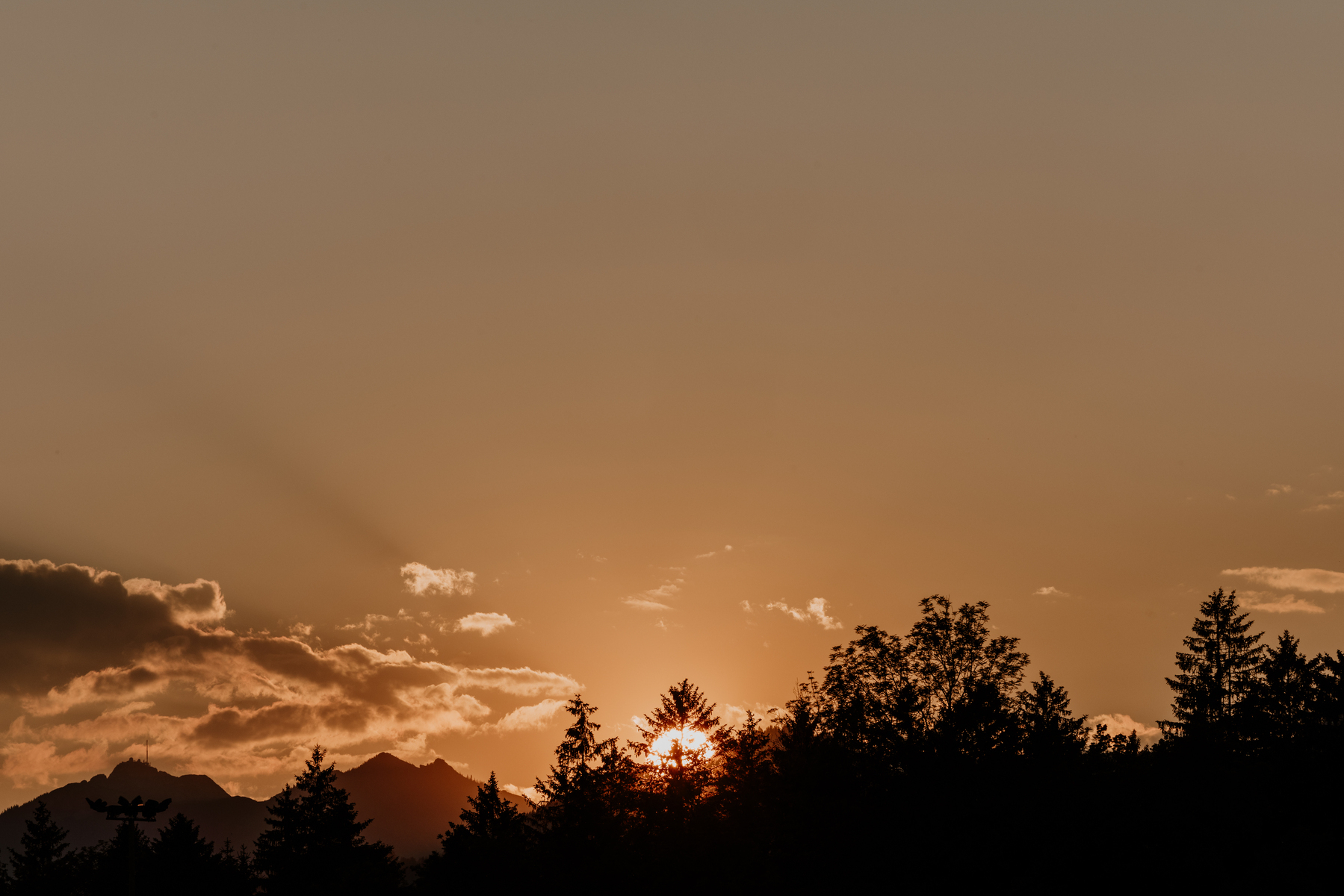
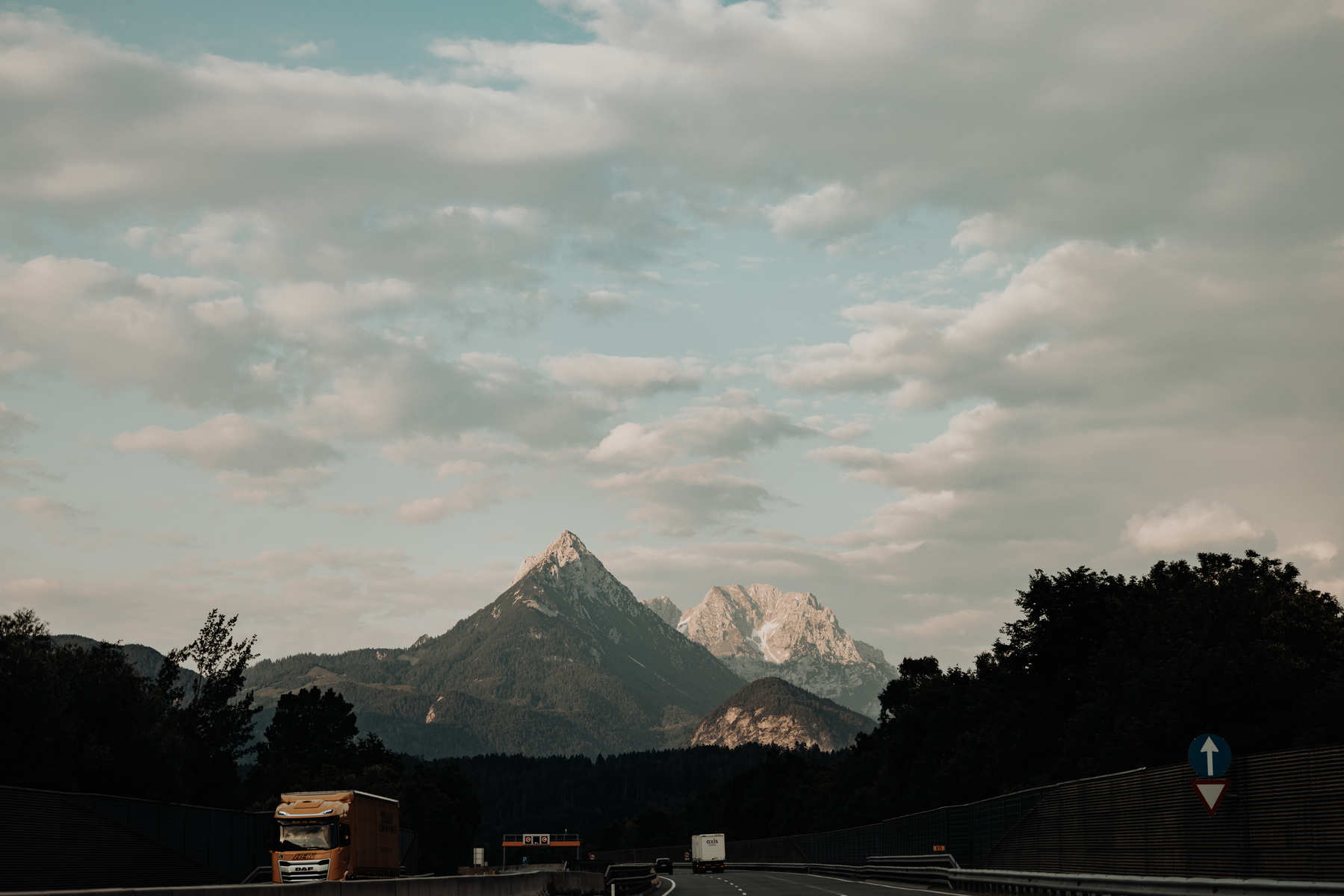
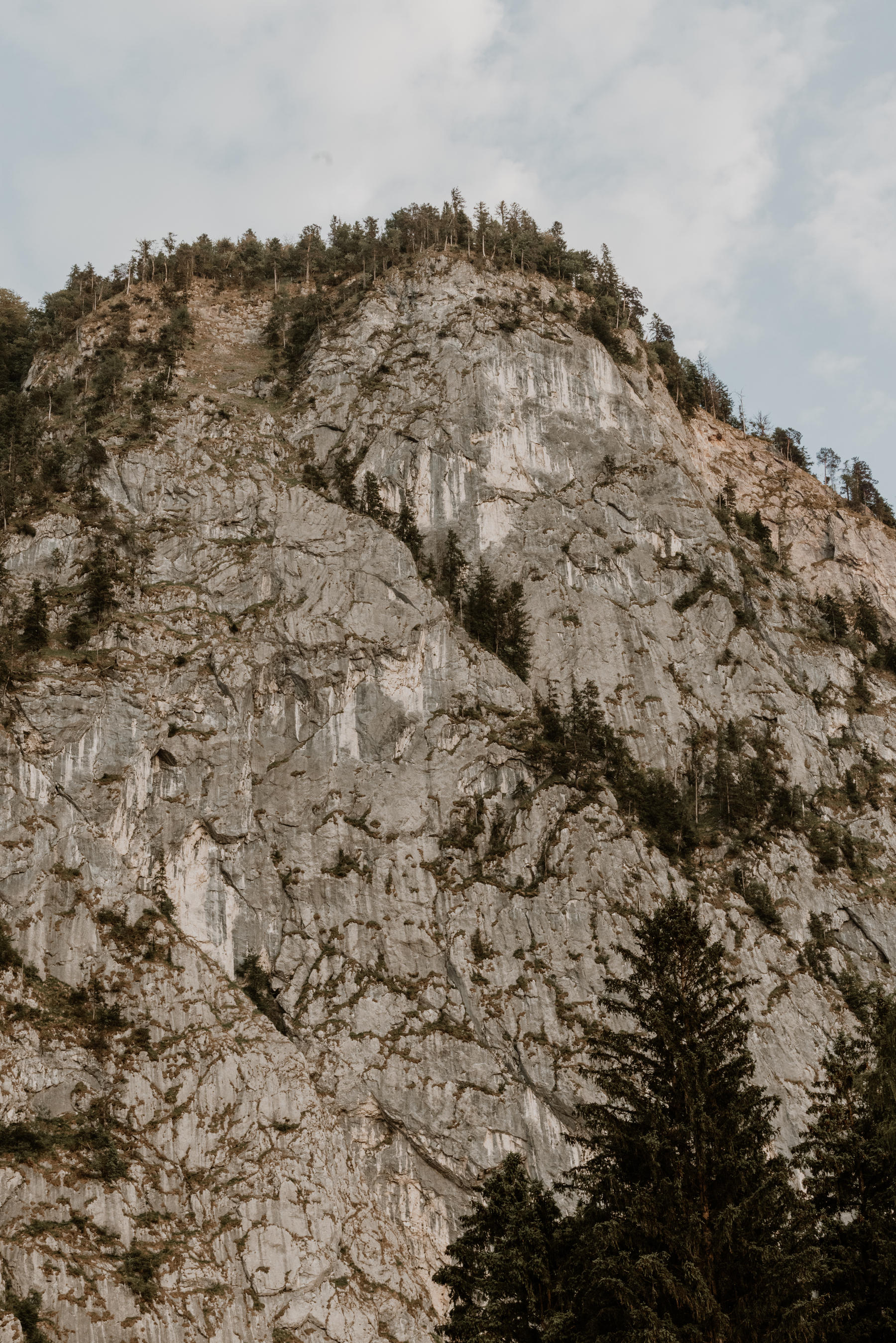

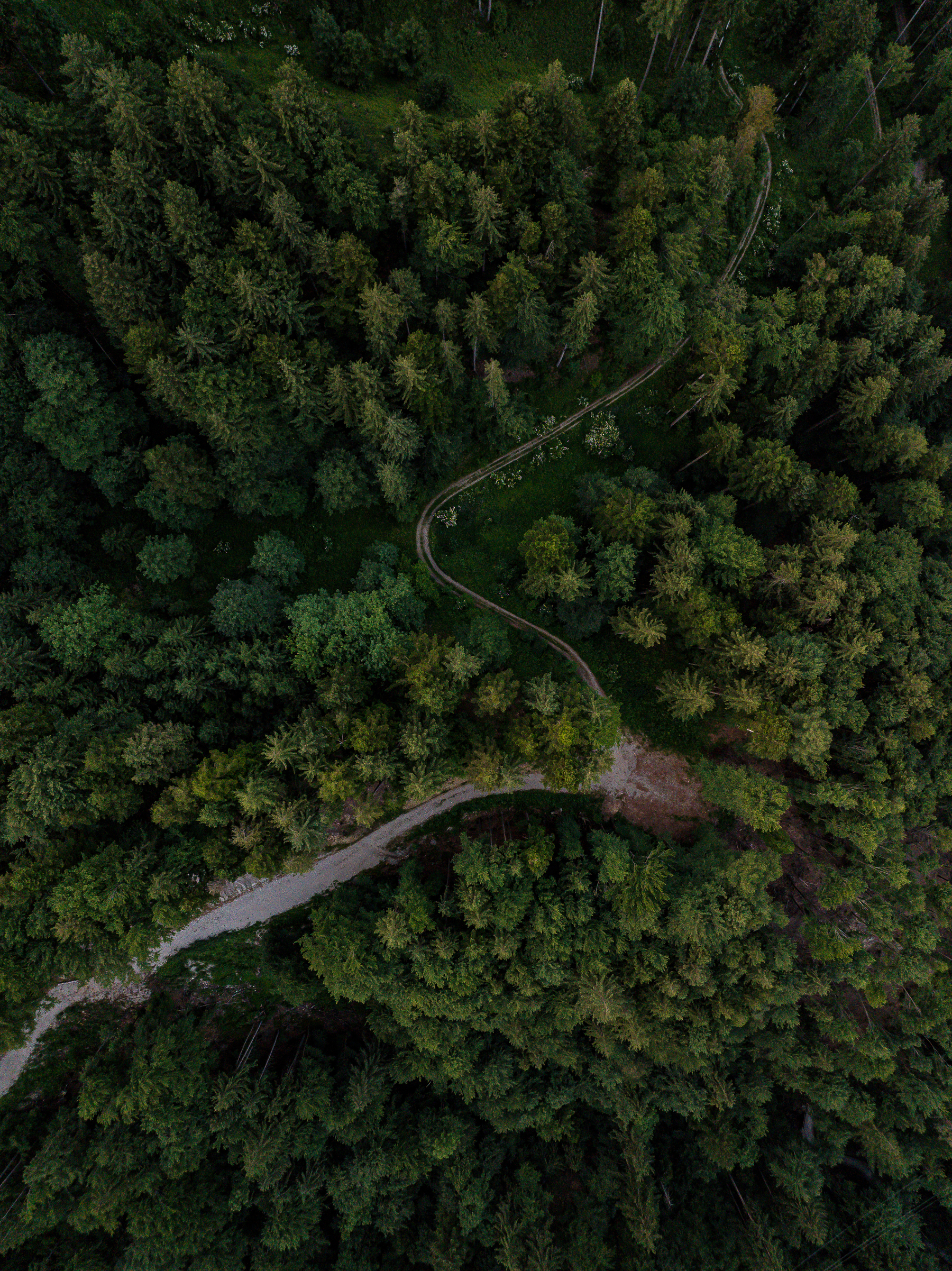
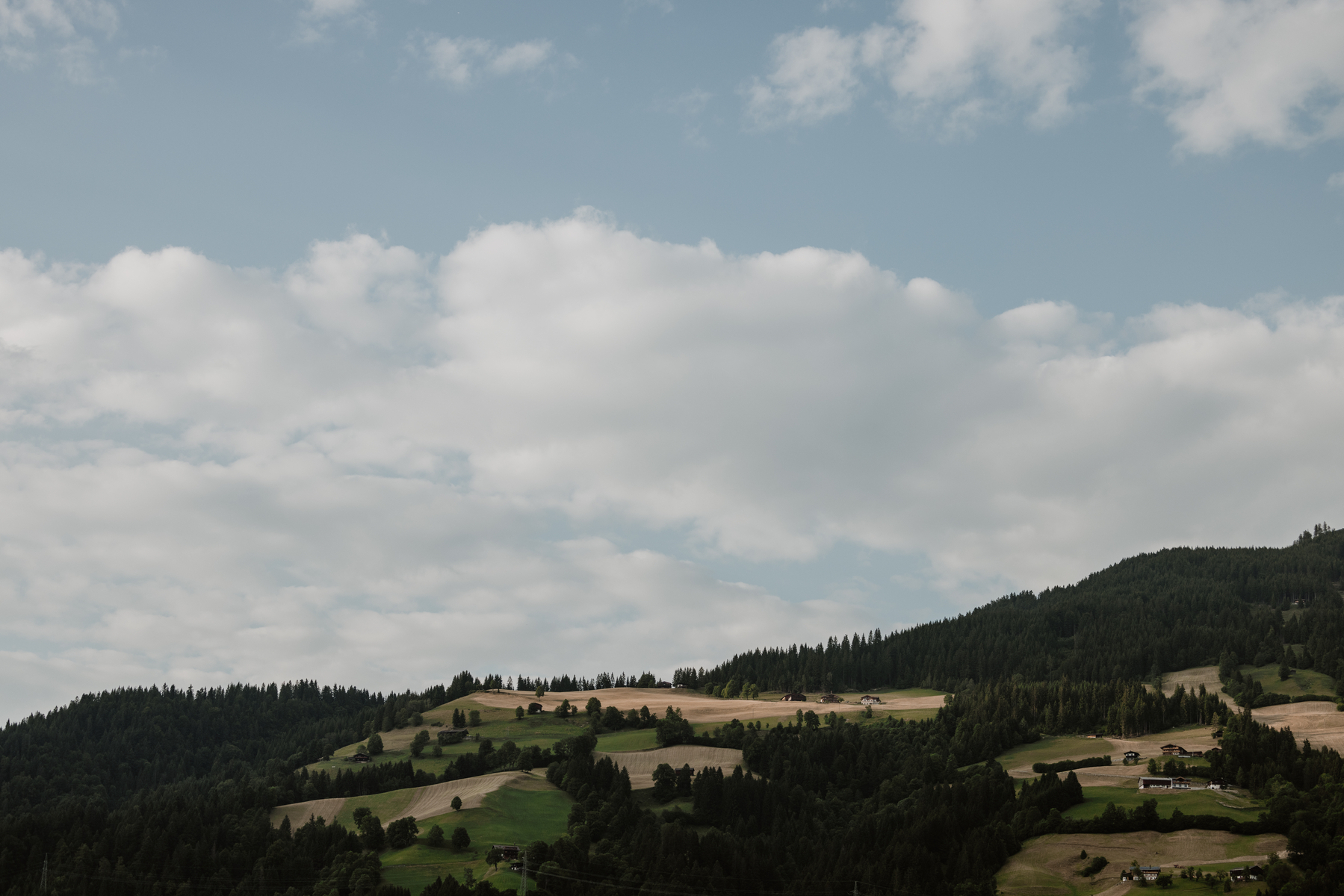
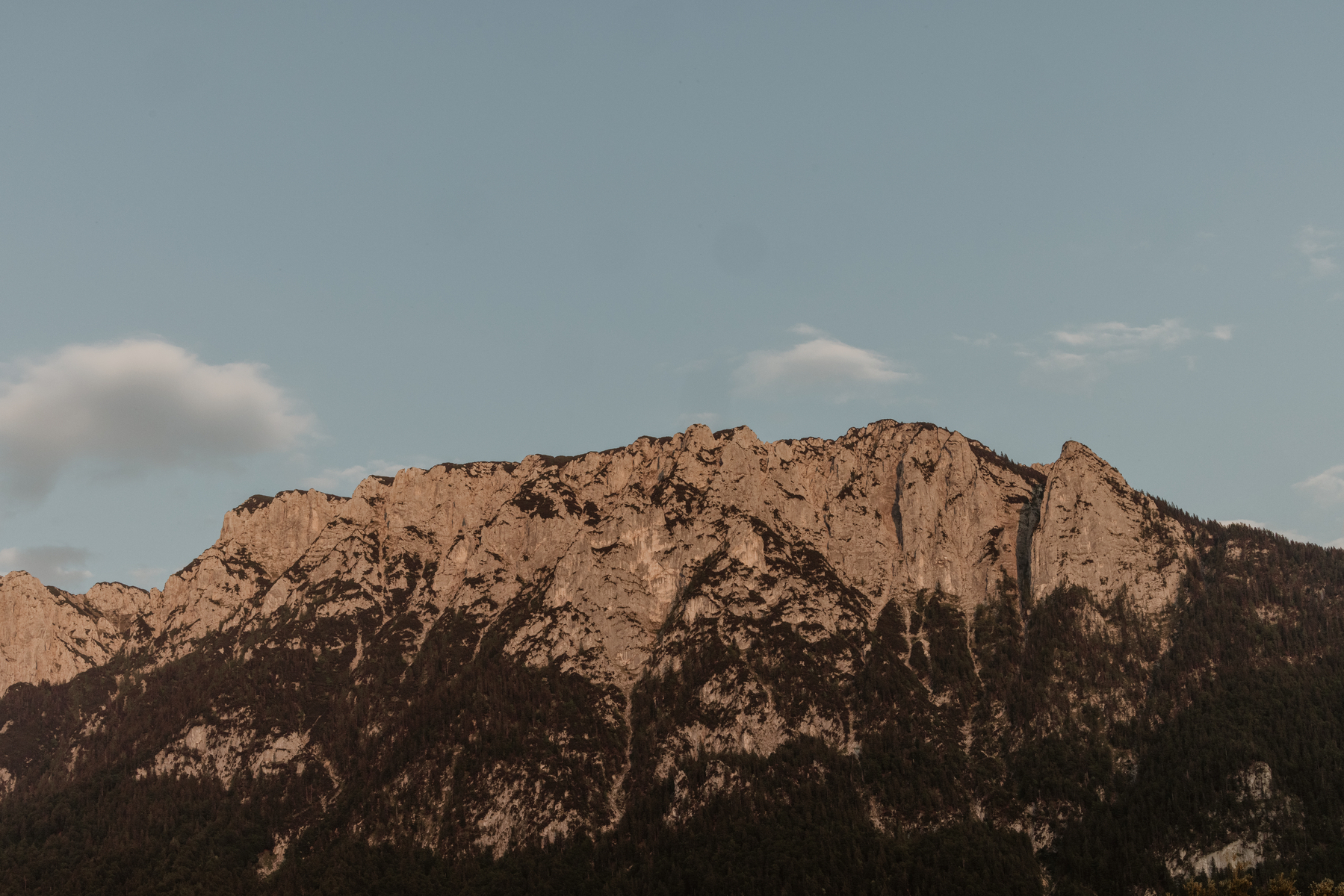
Withers on film in Hawaii
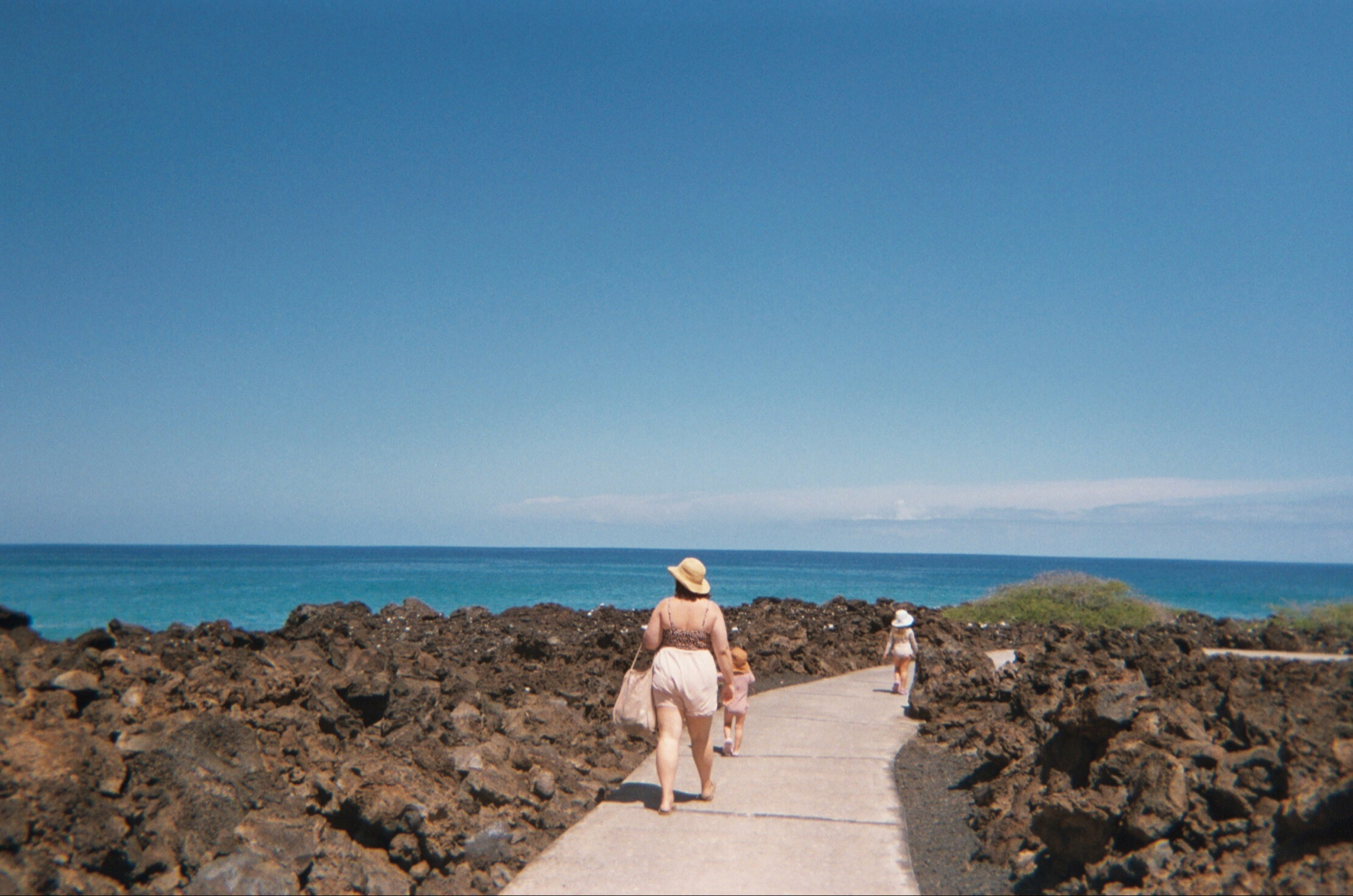
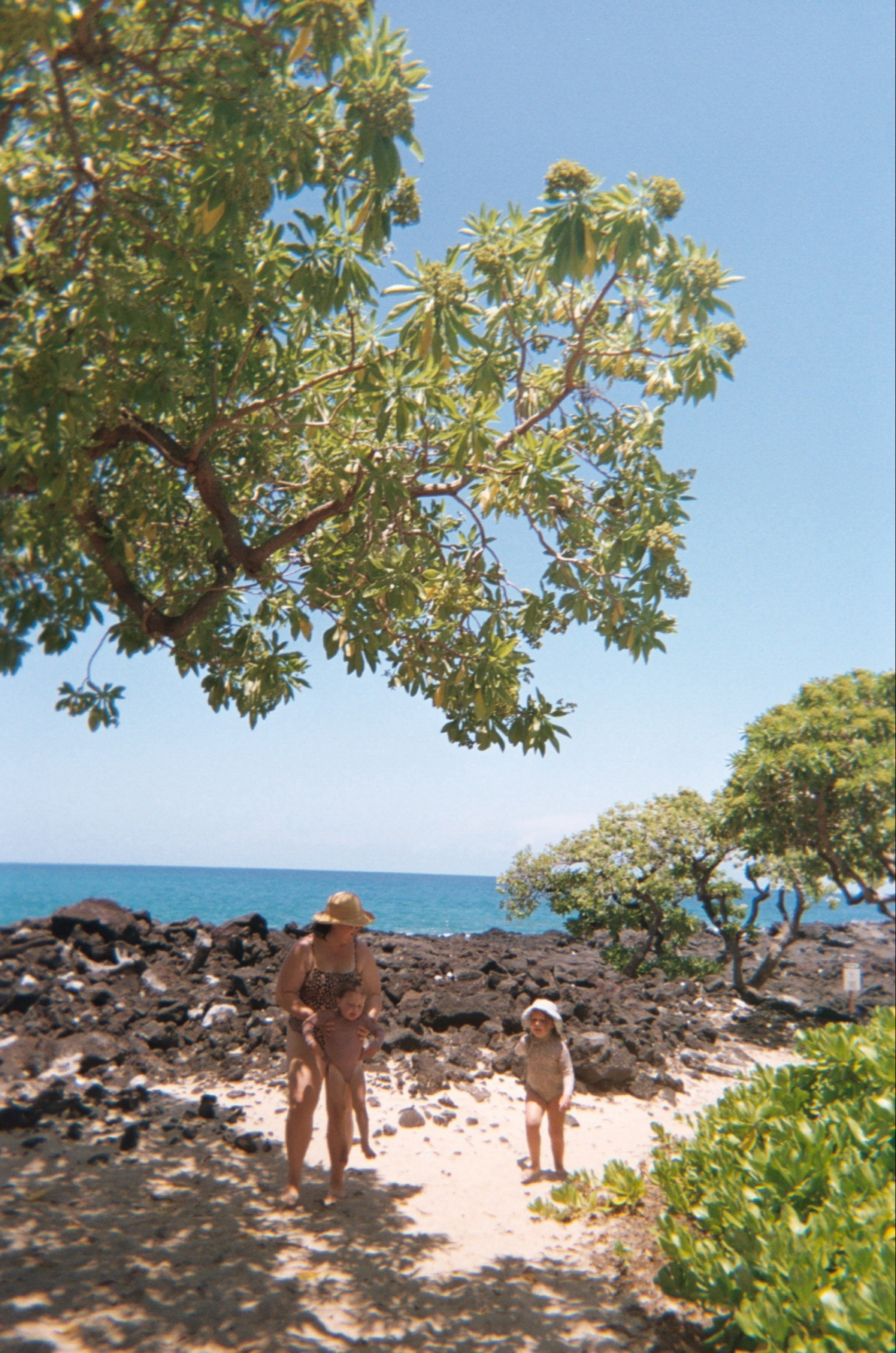
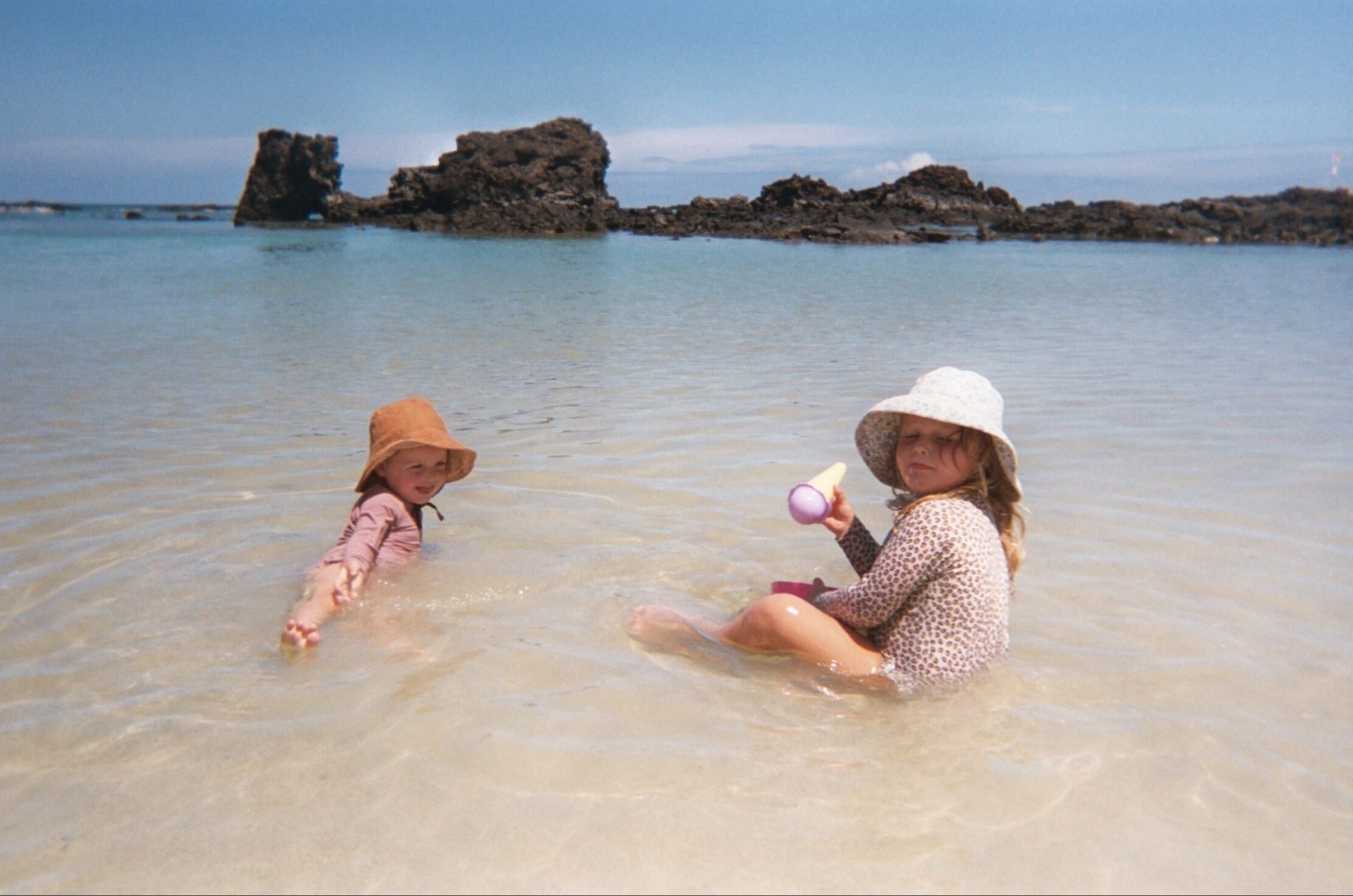
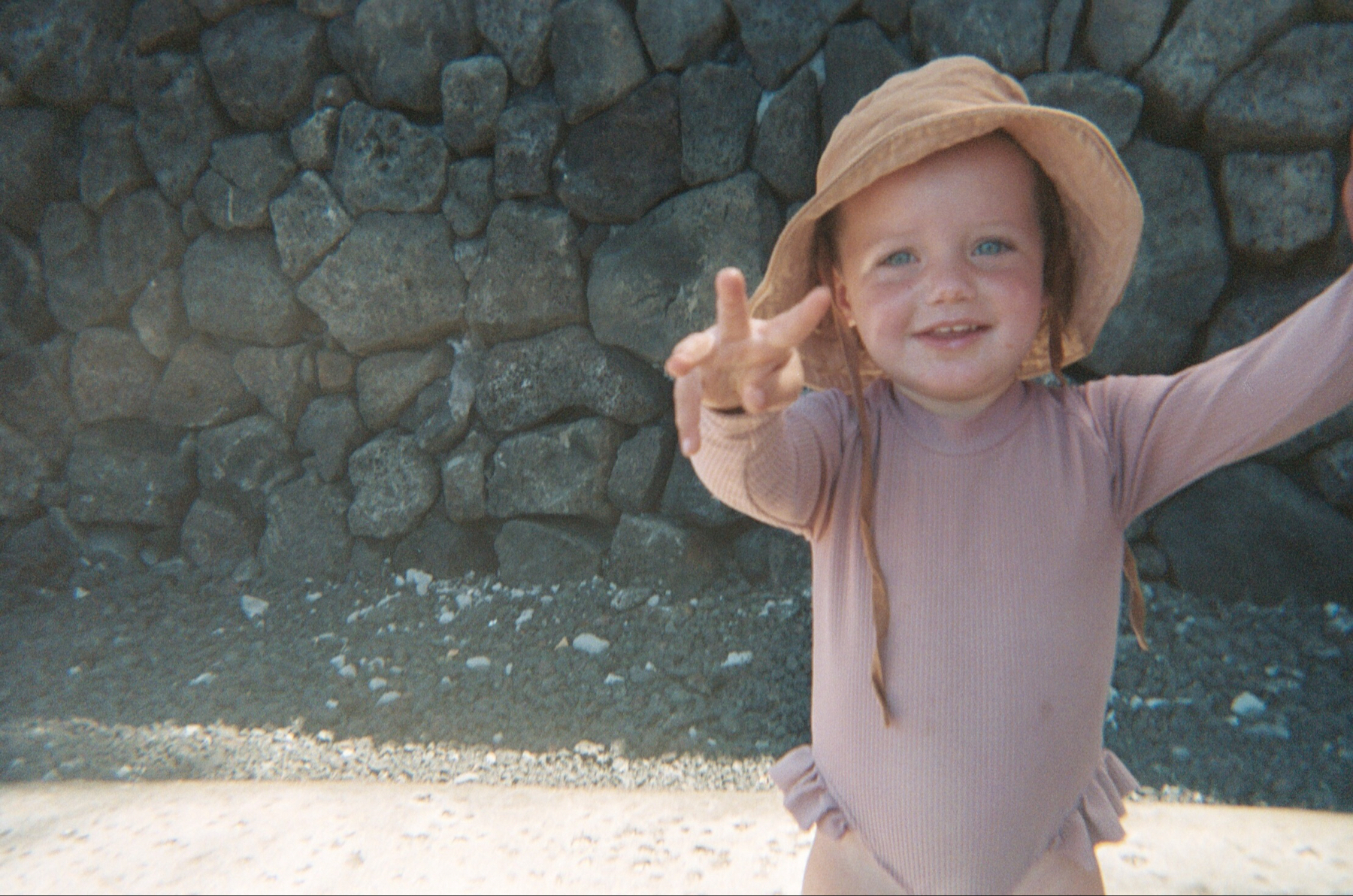
Withers in Mexico.
I found an undeveloped roll of film from our time in Baja California Sur. Missing Cerritos Beach!
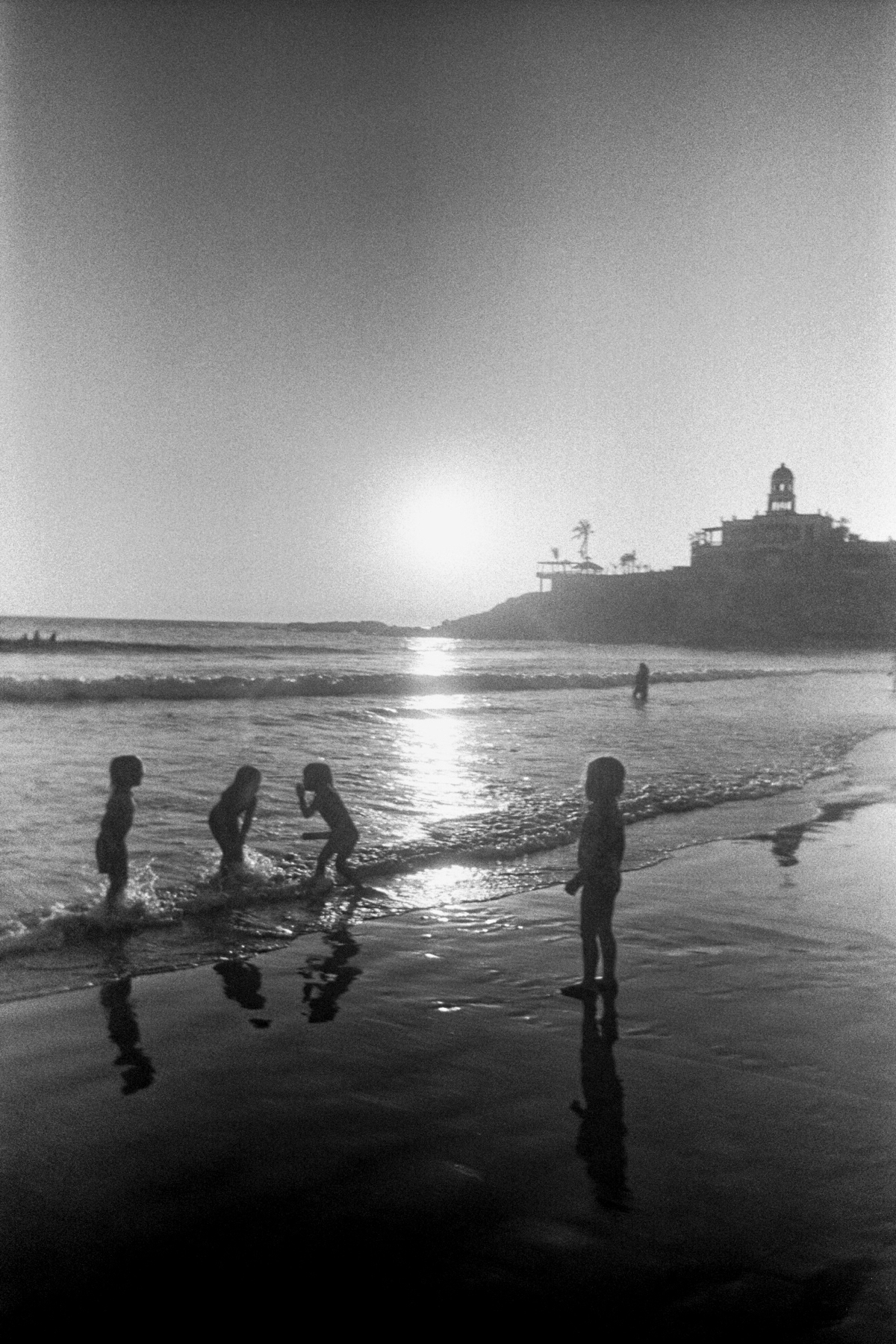
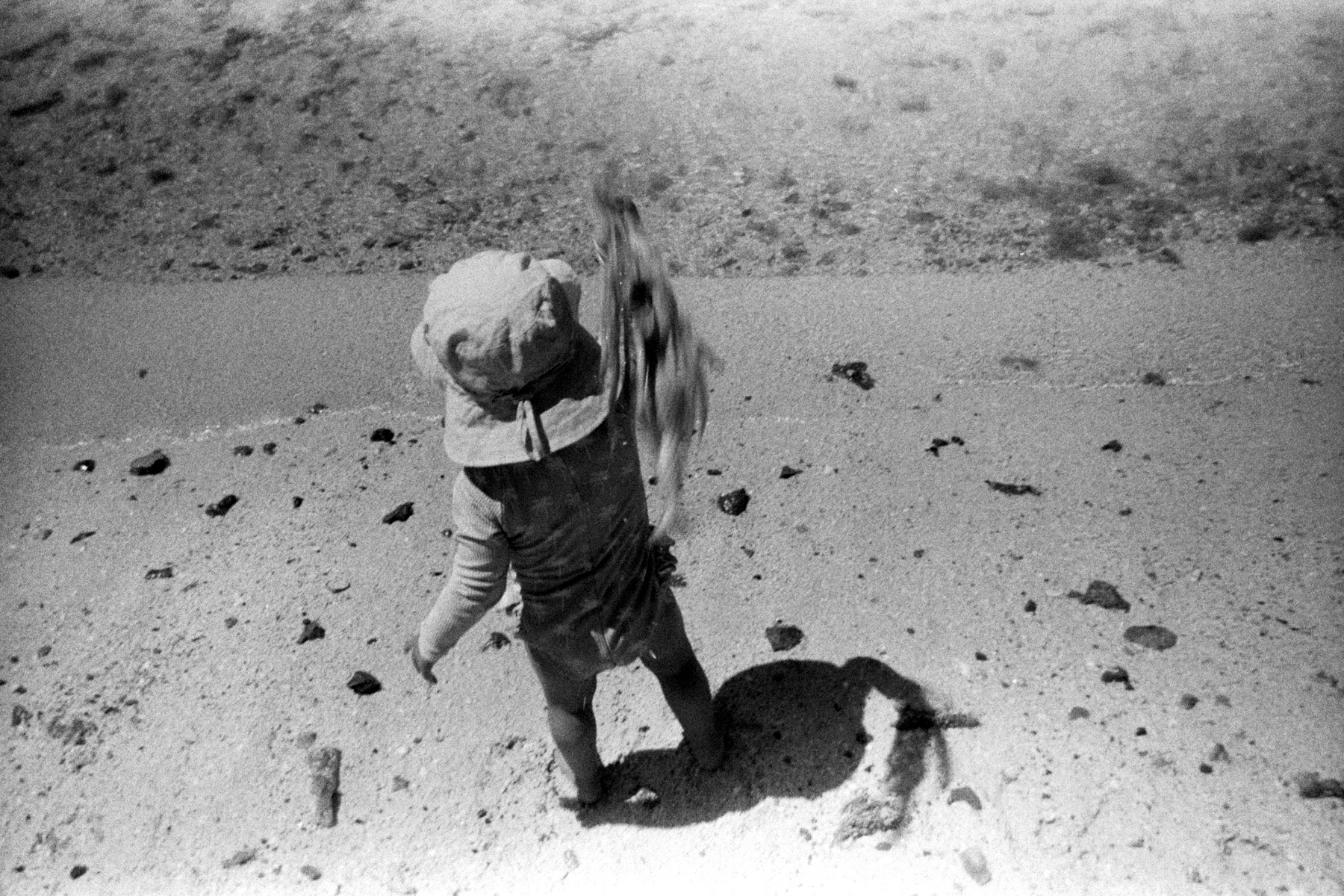
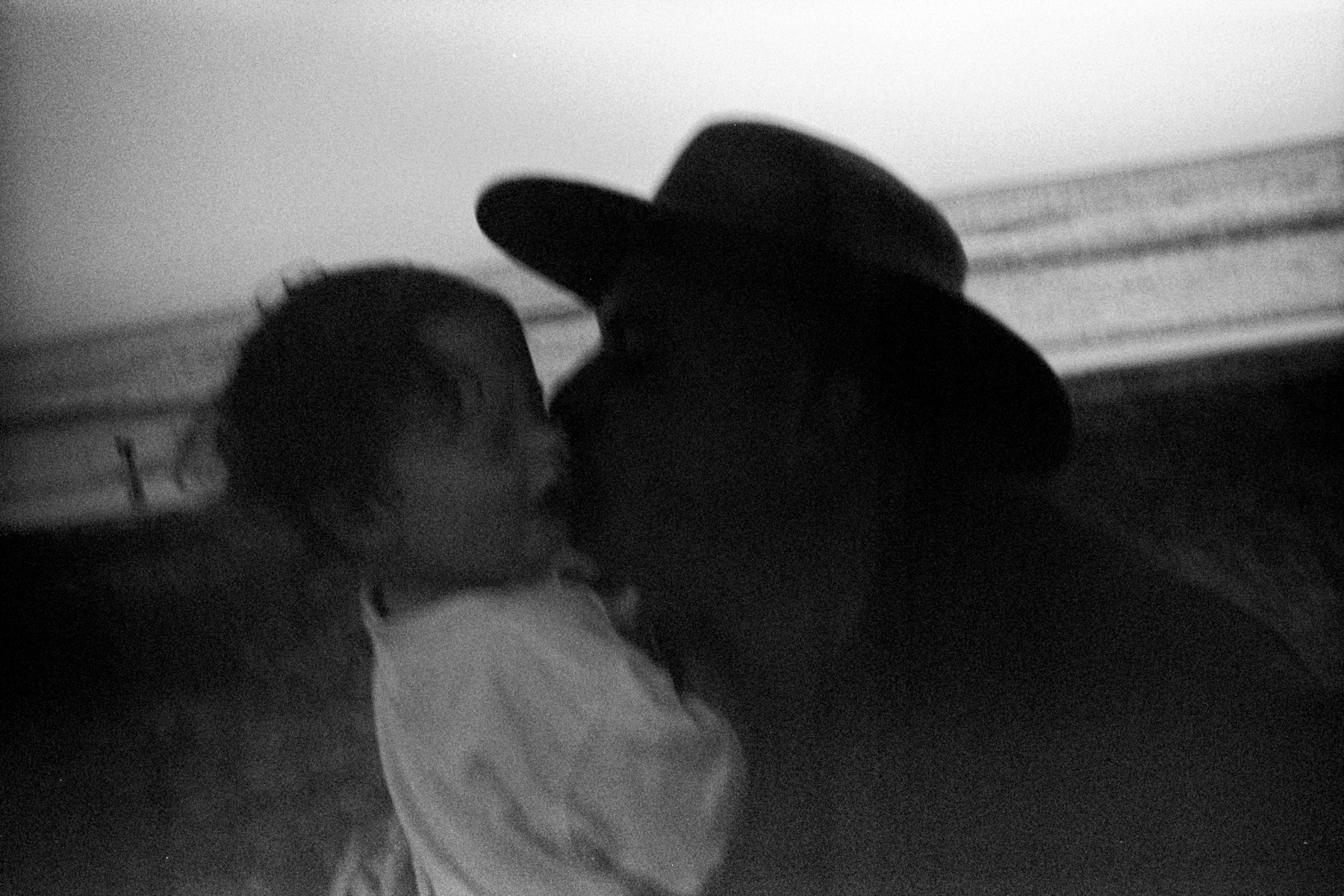
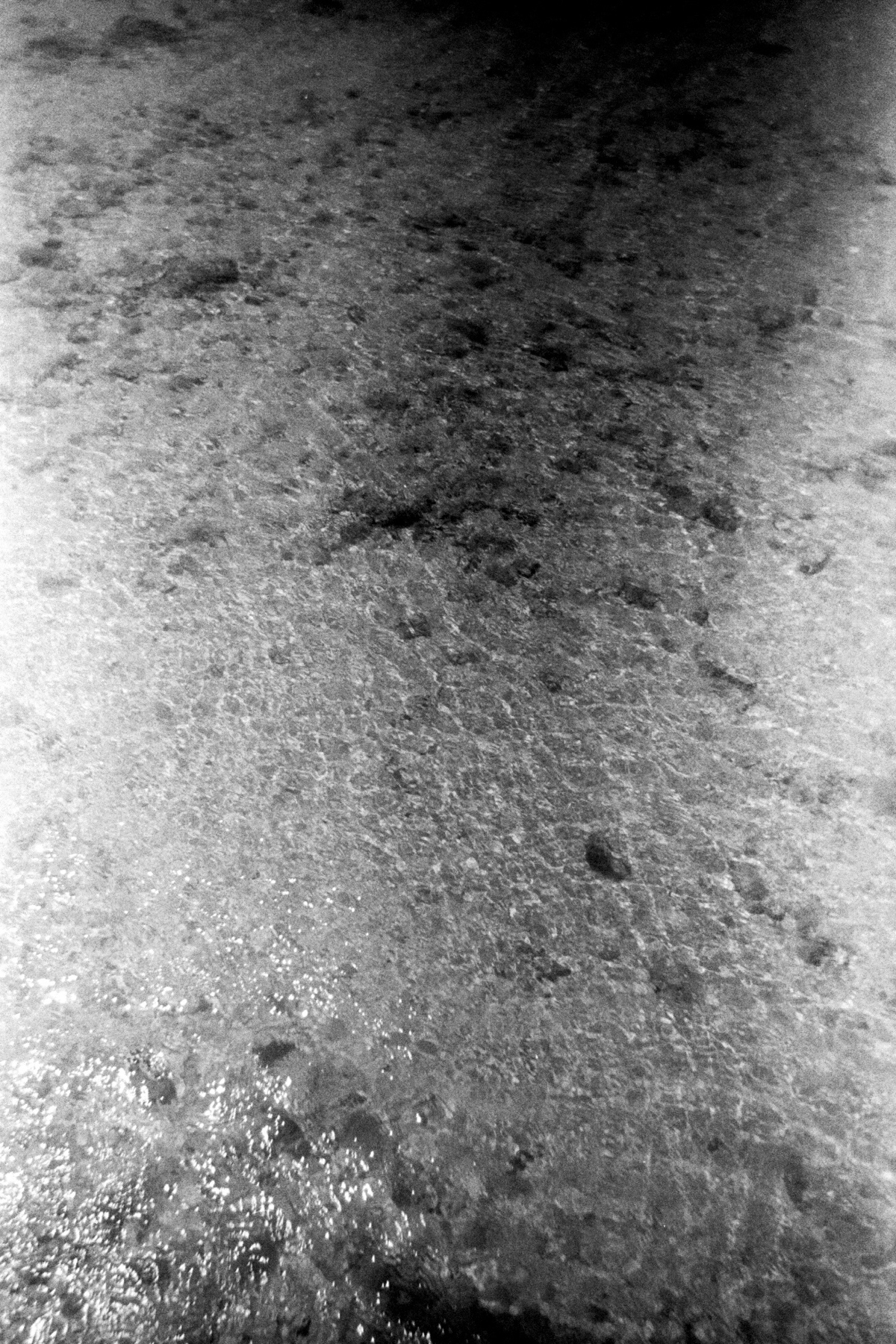
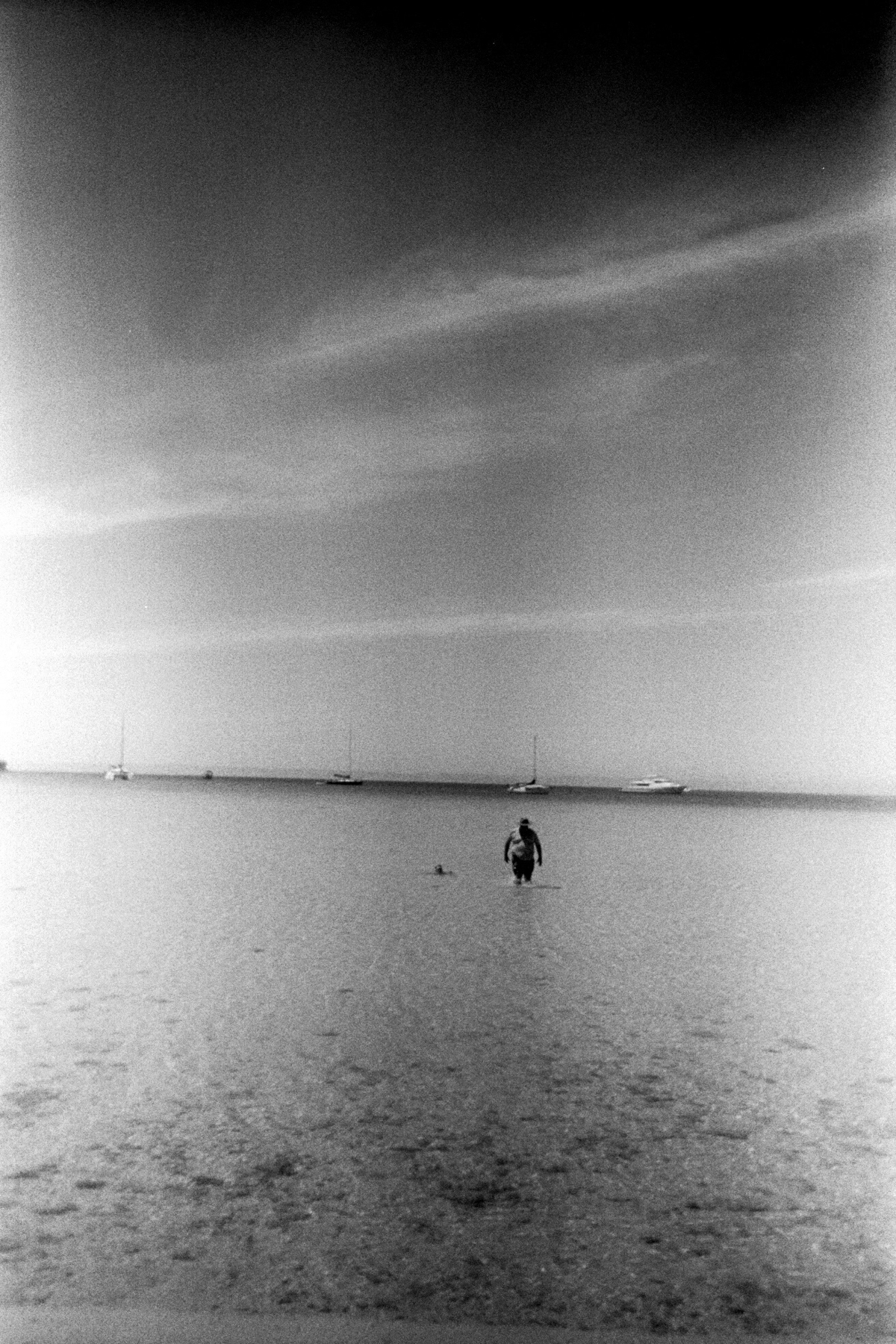
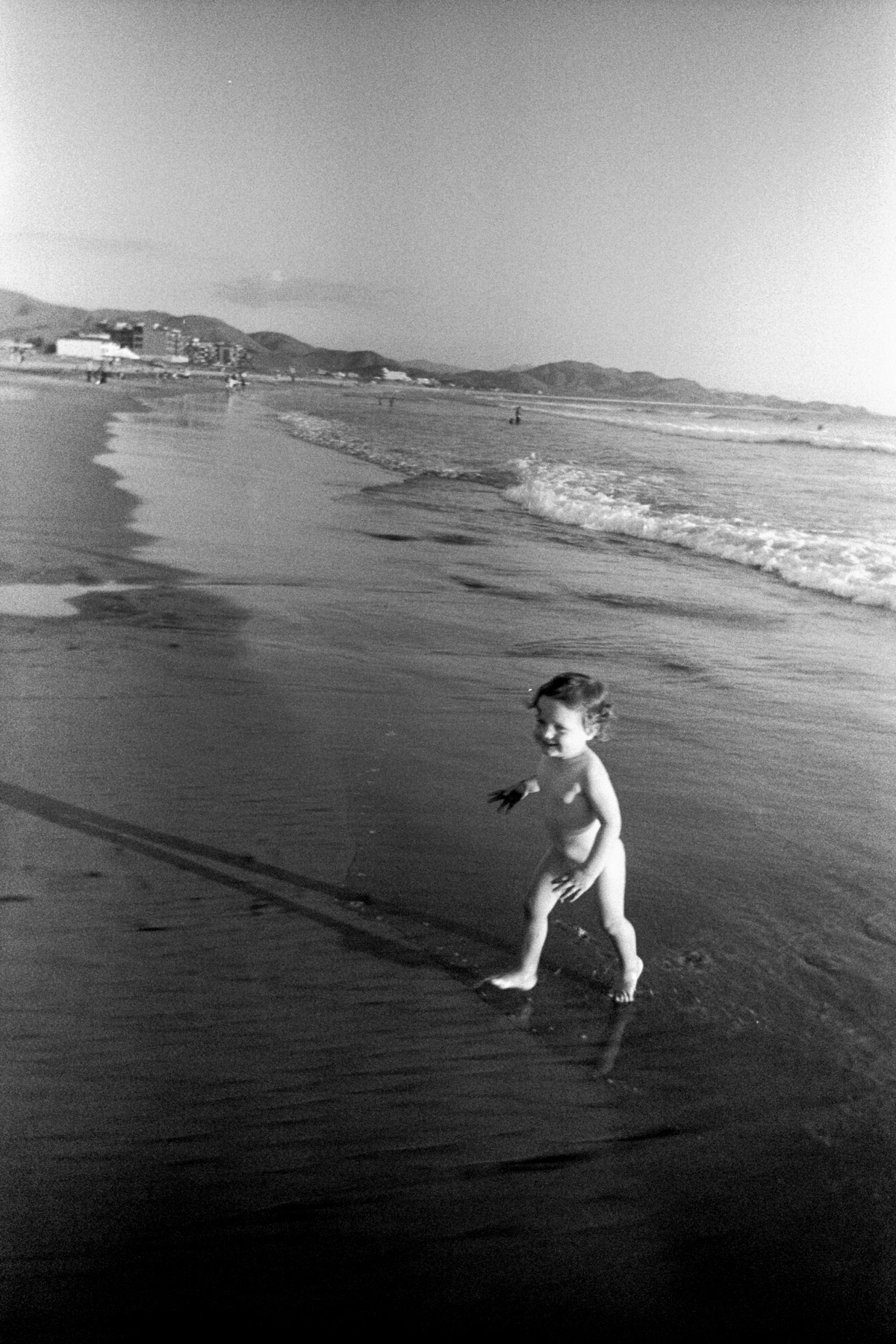
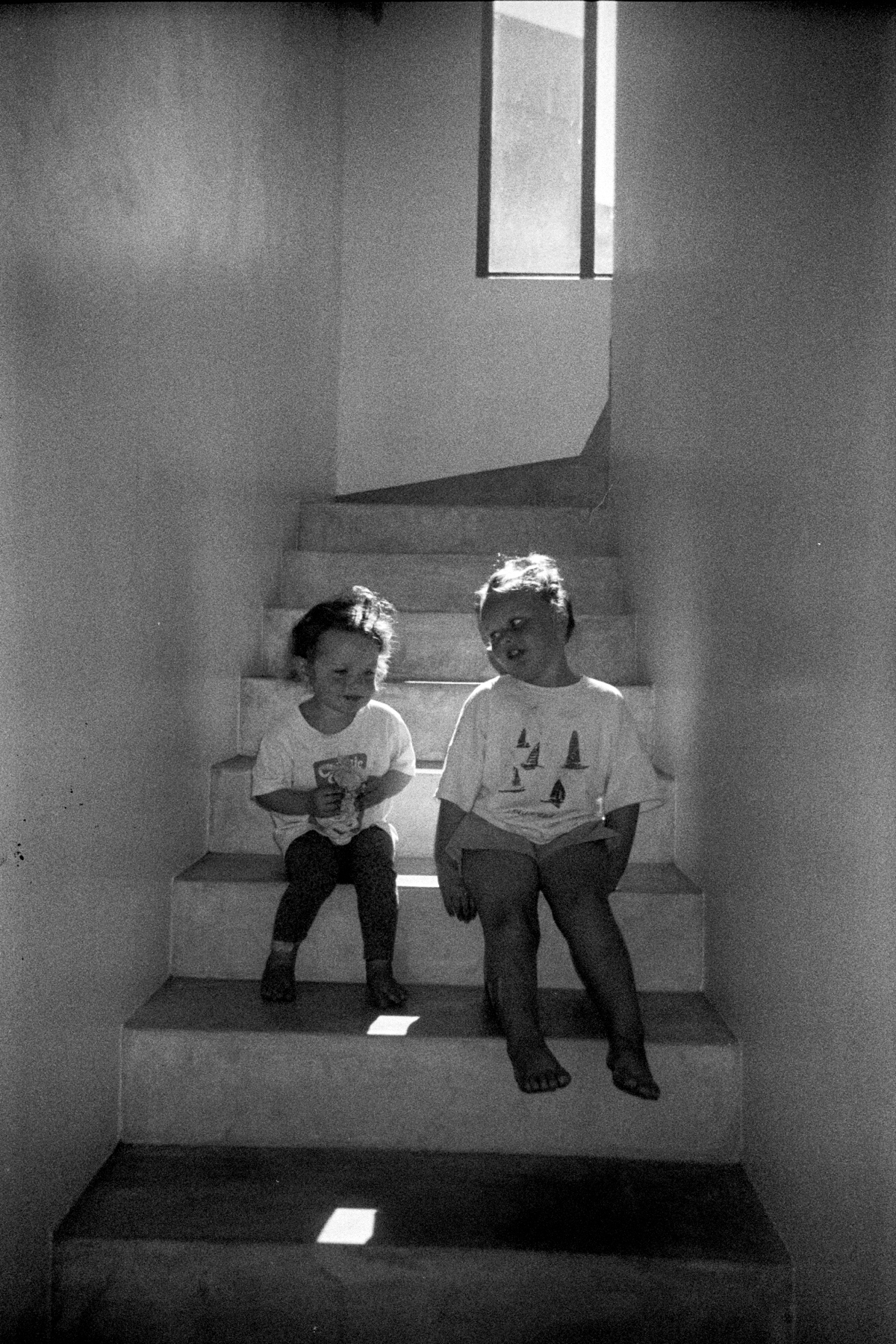
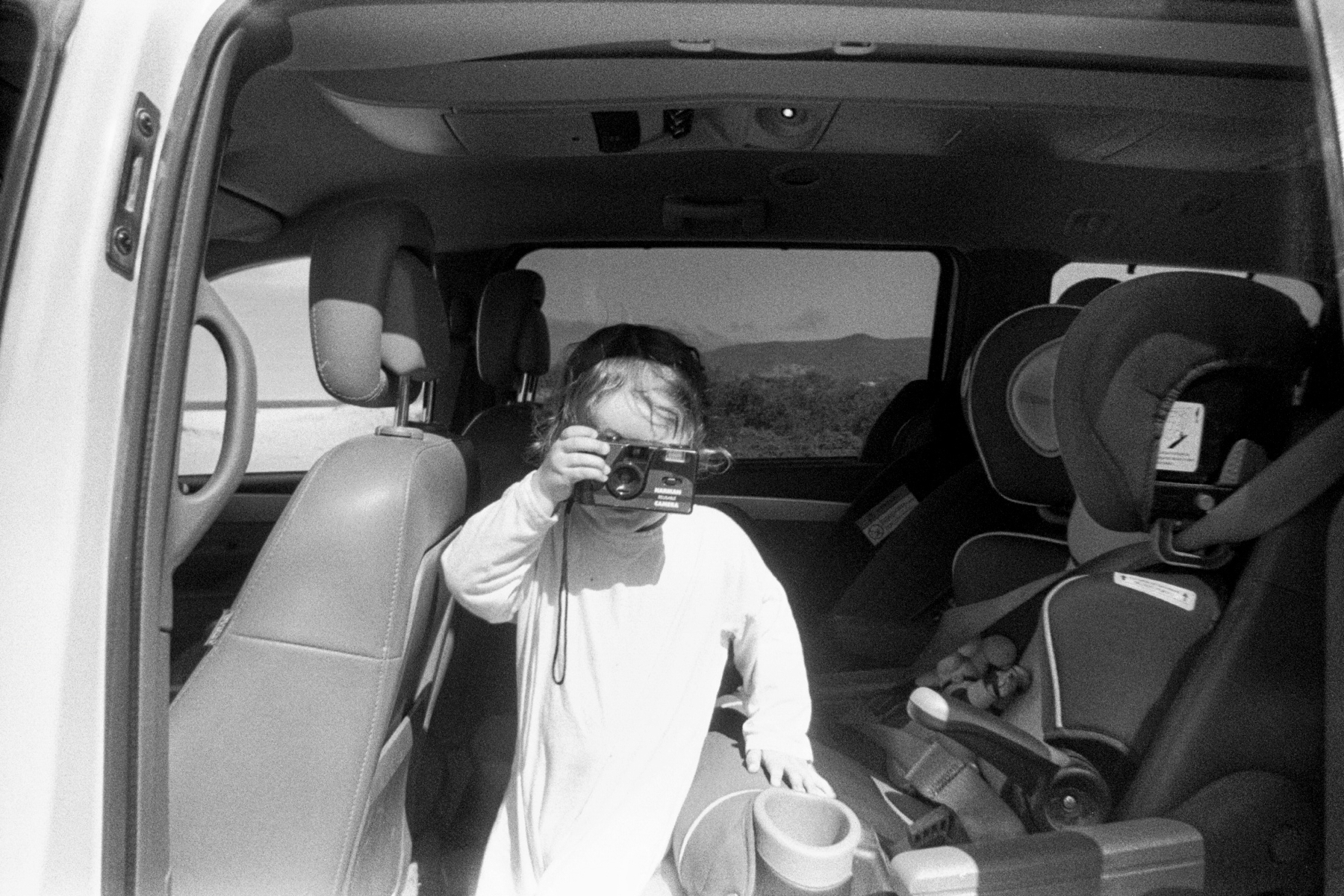
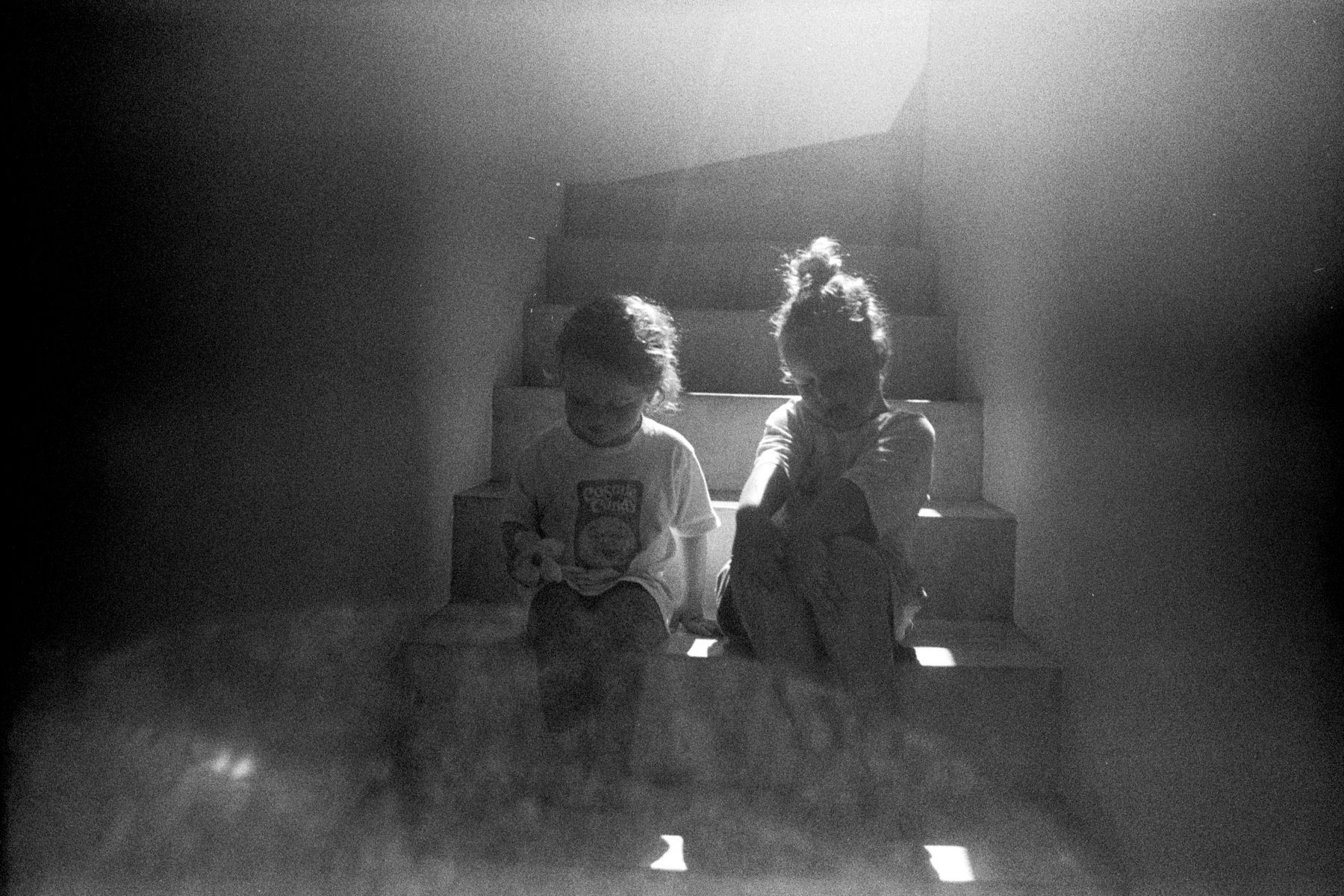
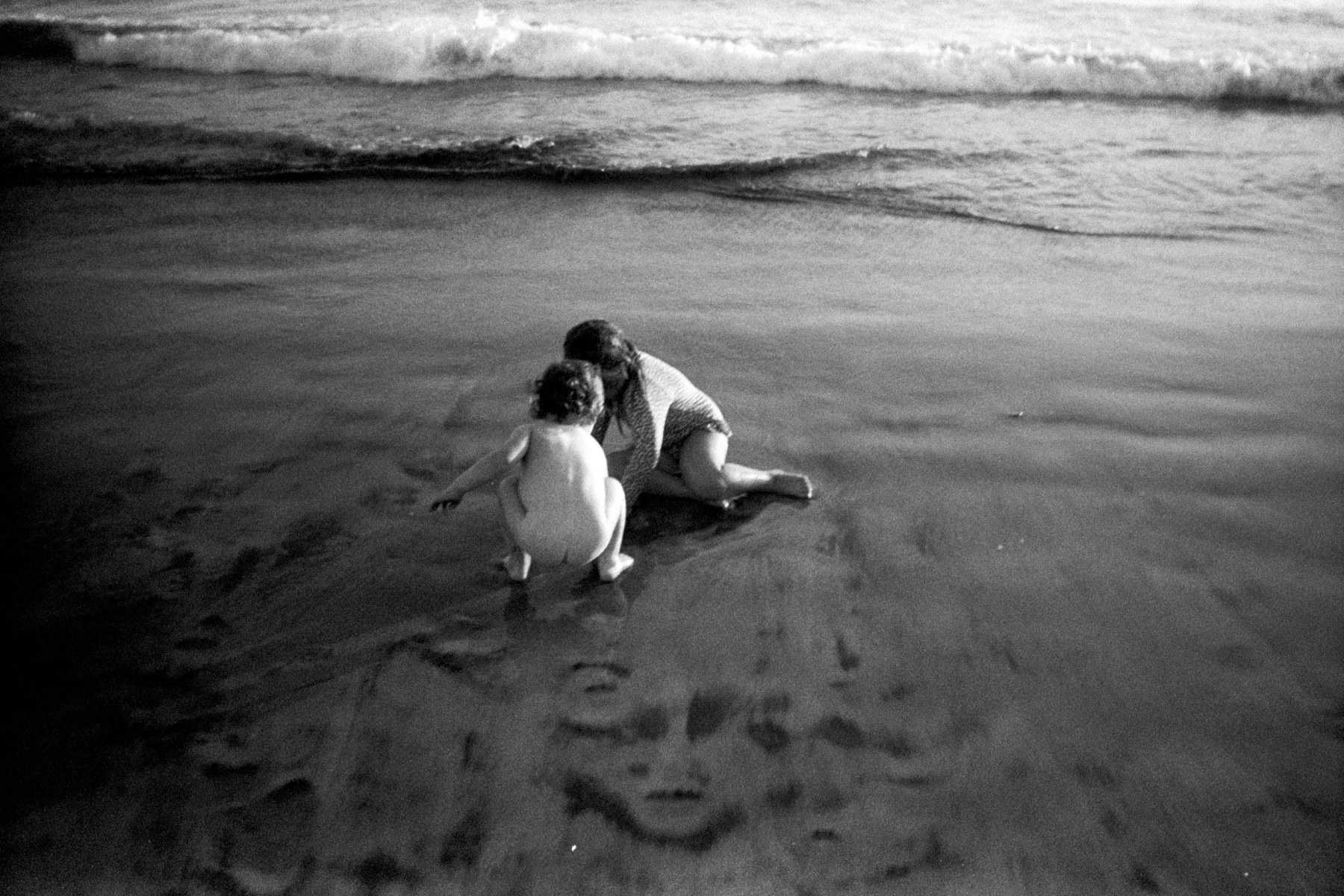
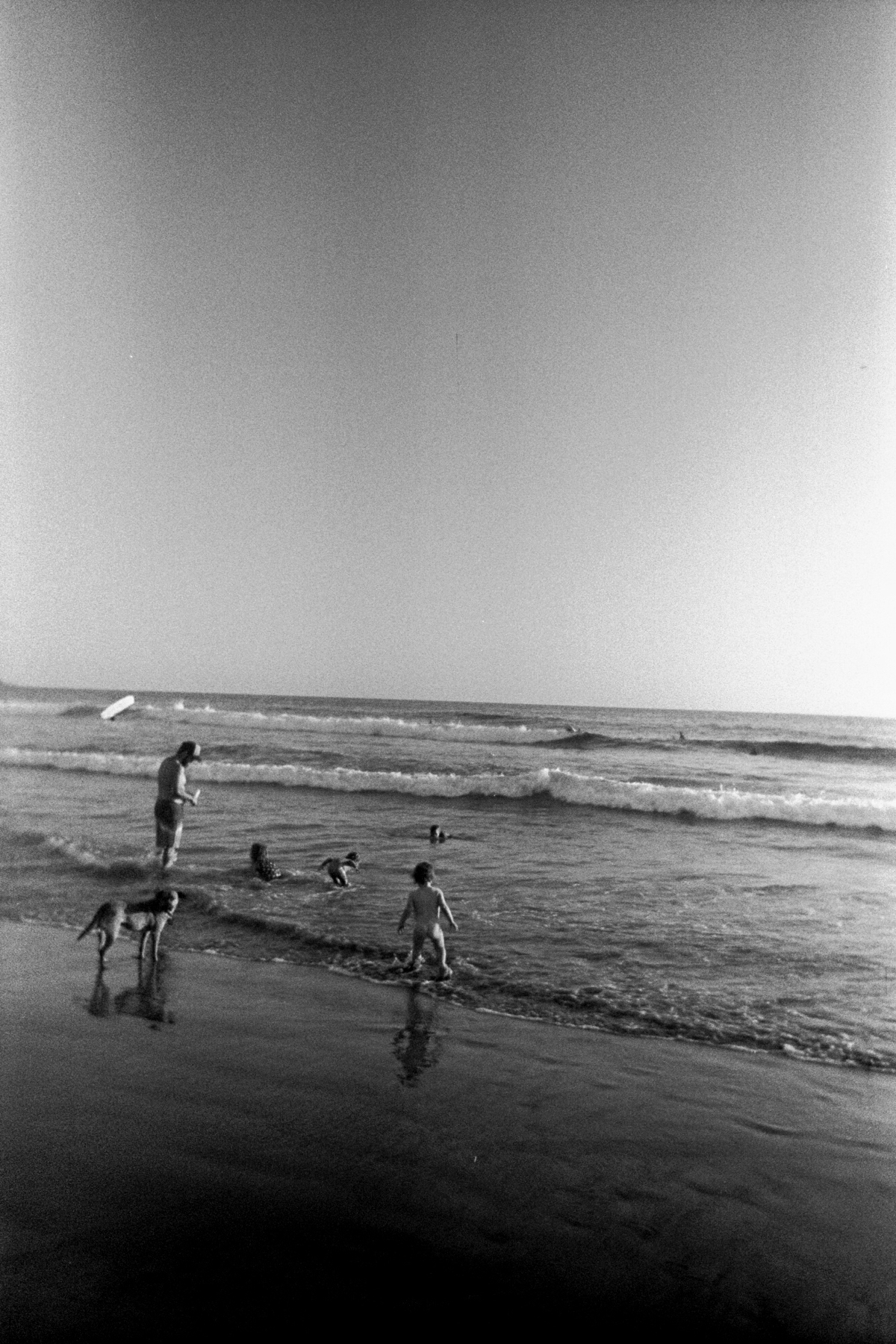
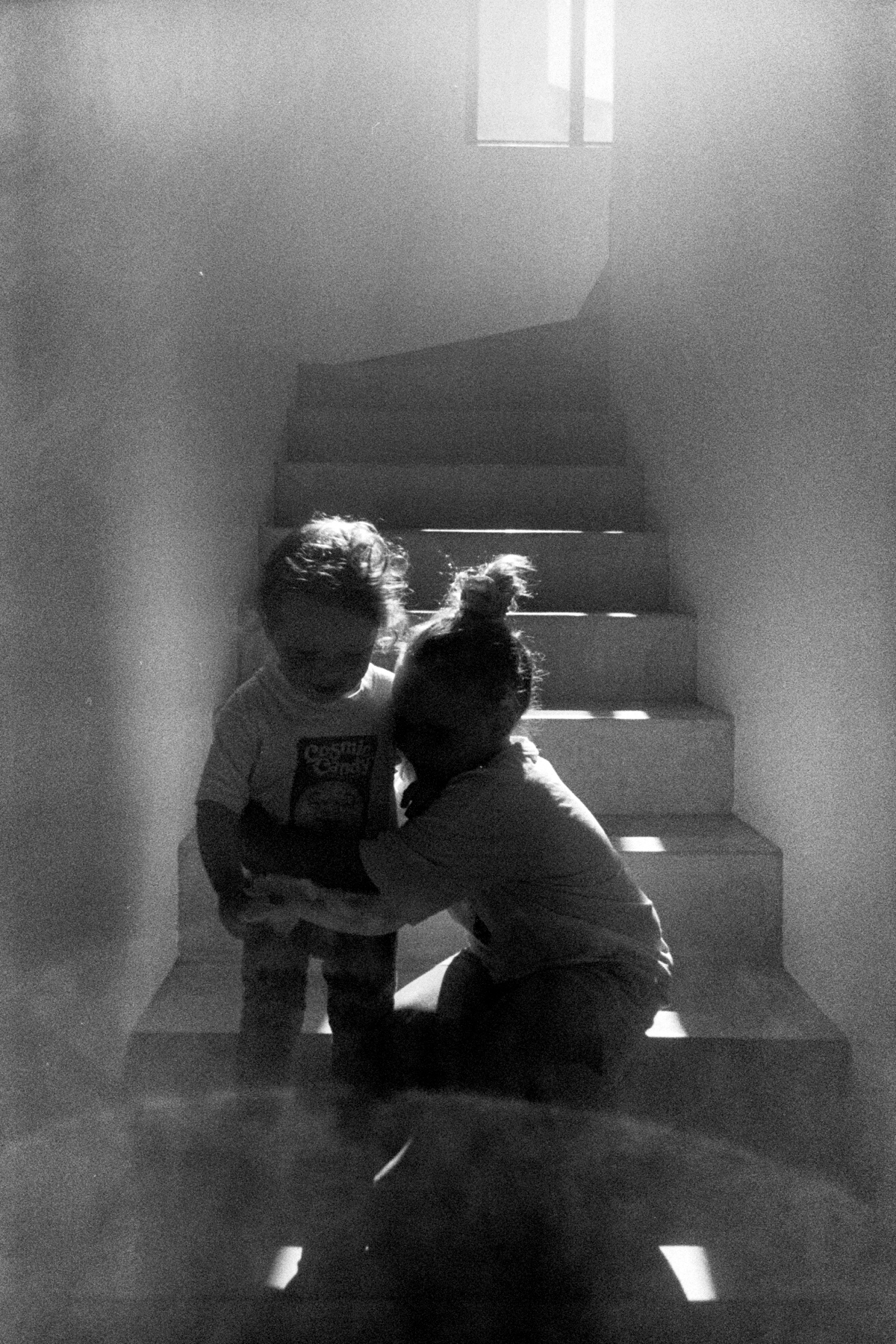
Withers in Paris on 35mm film
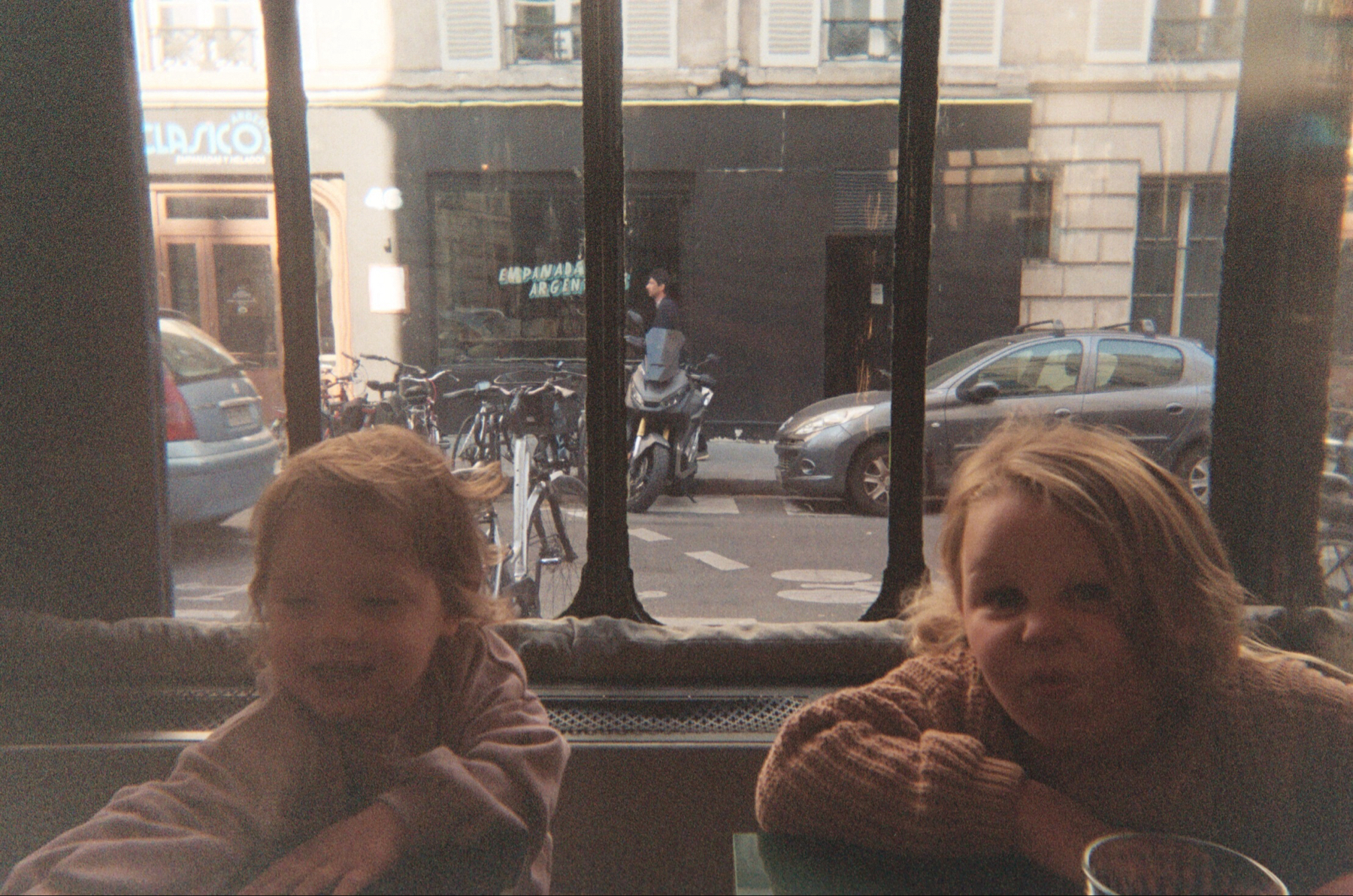
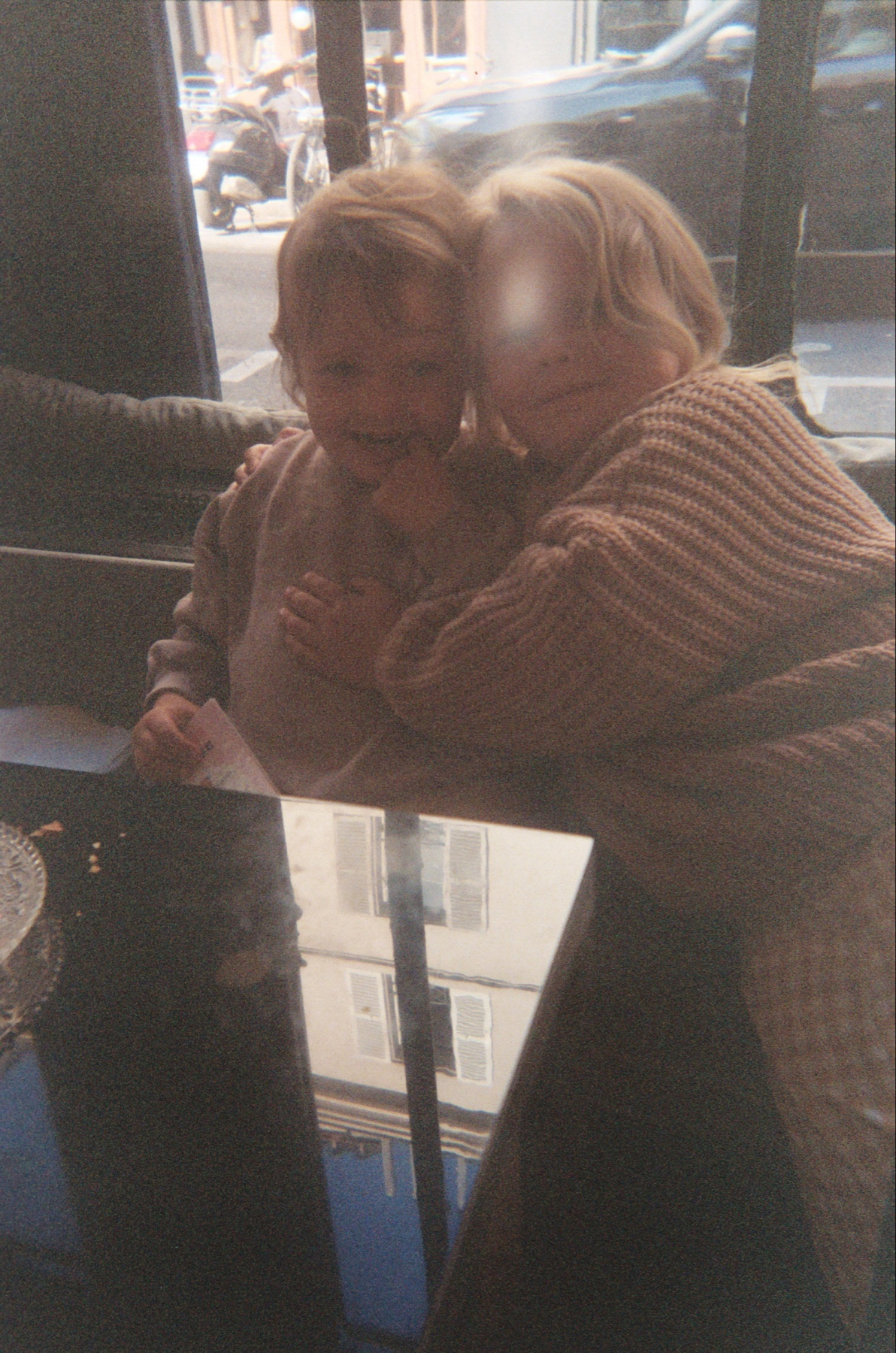
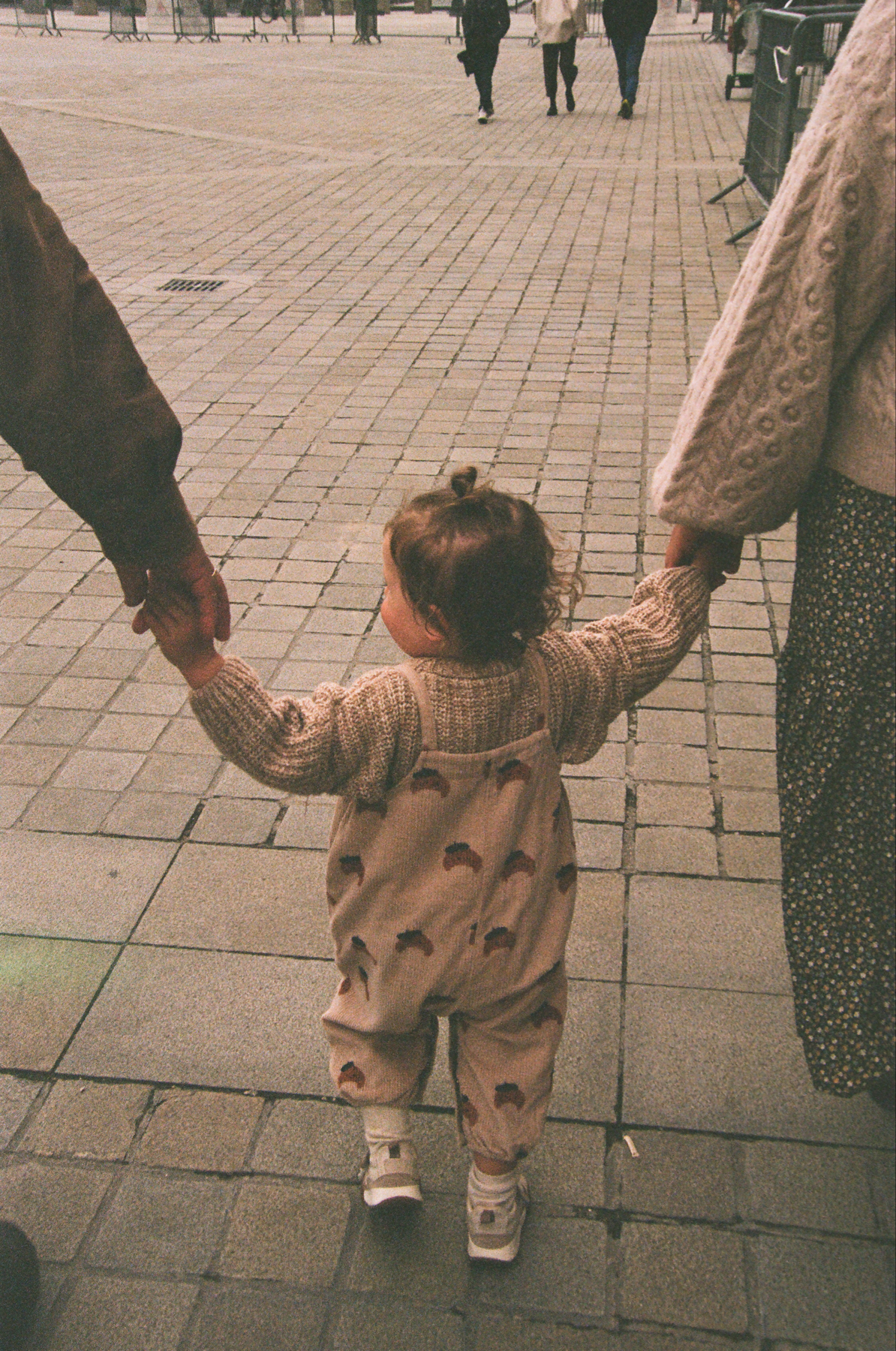
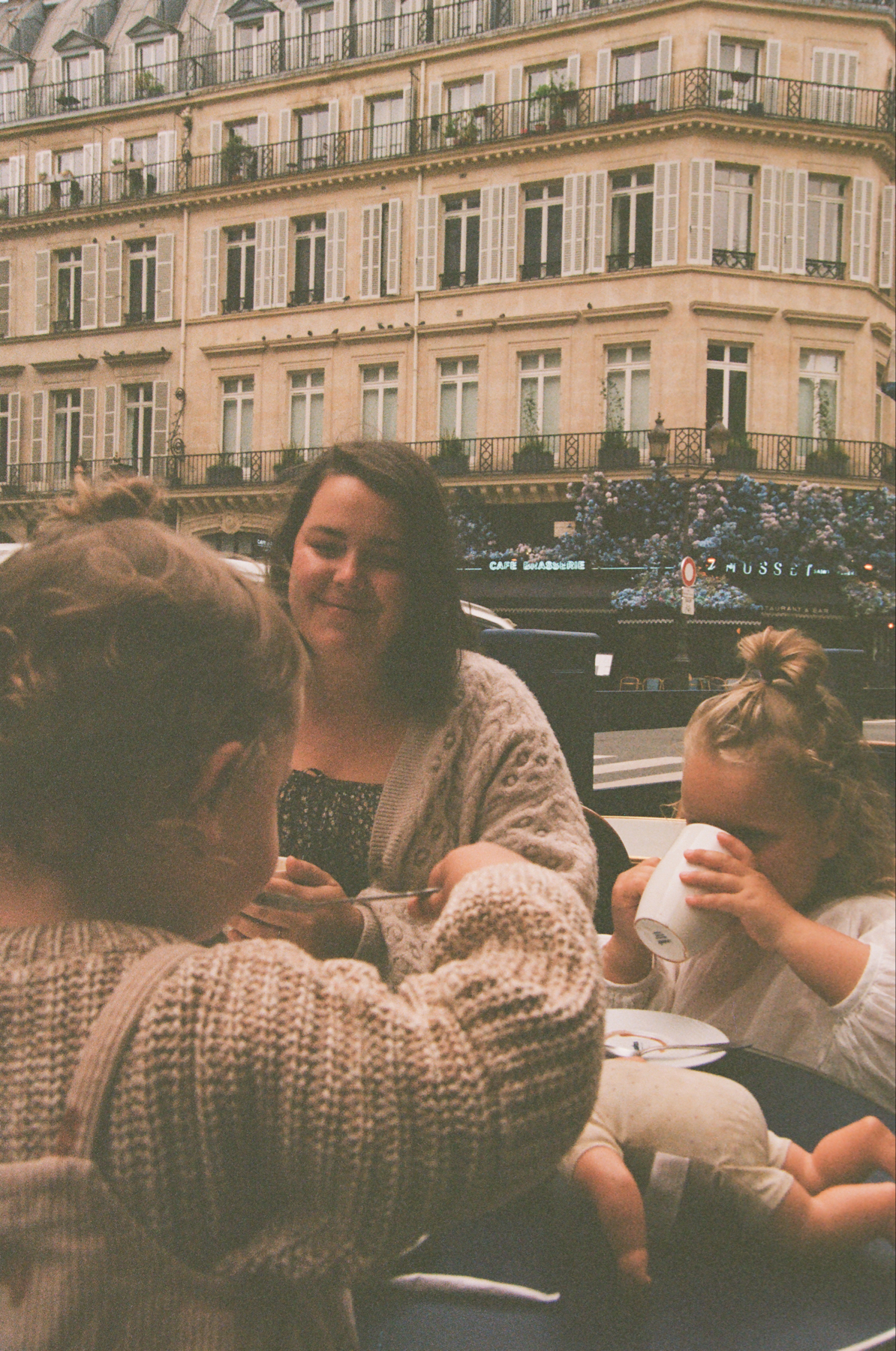
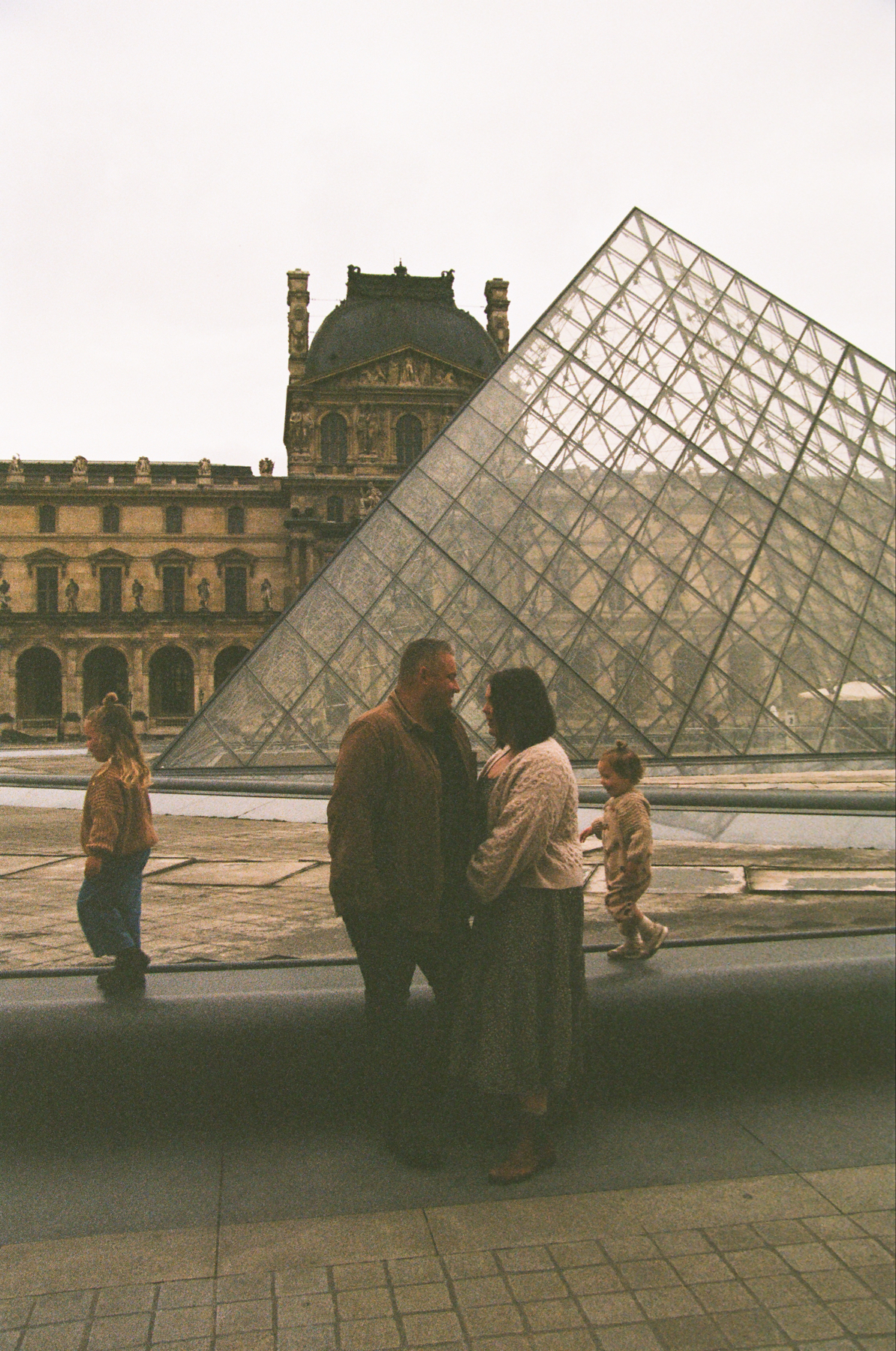
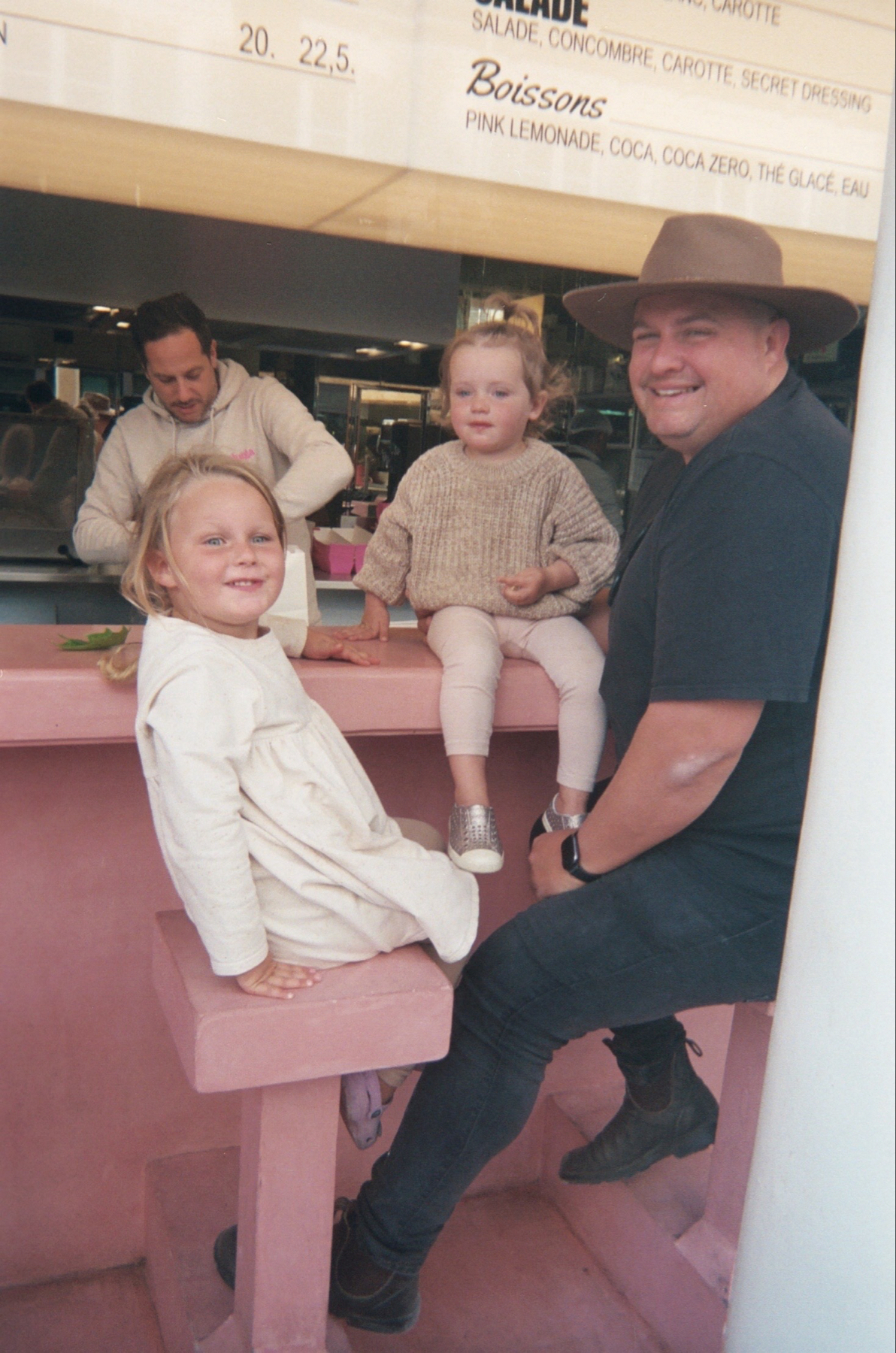
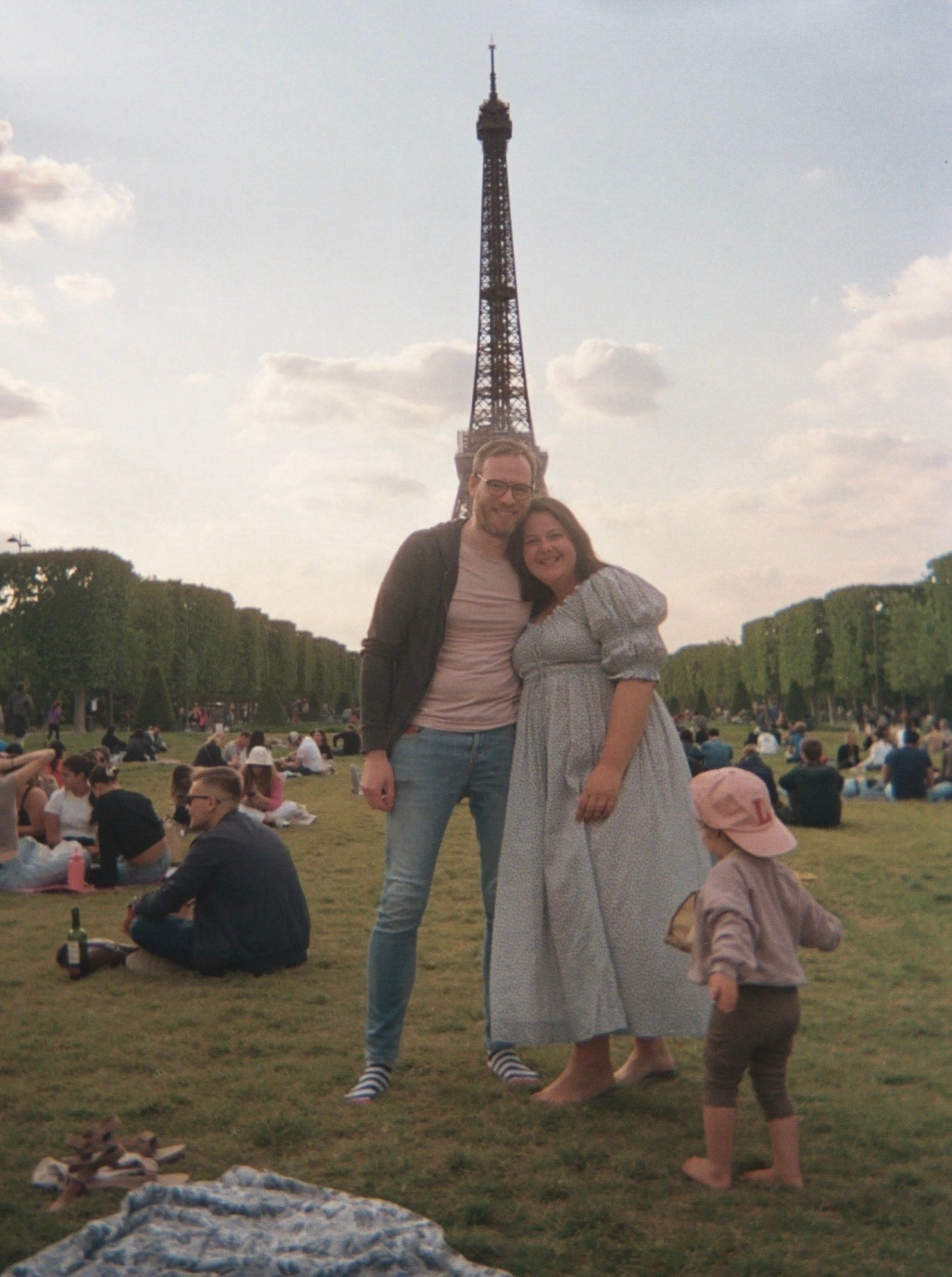
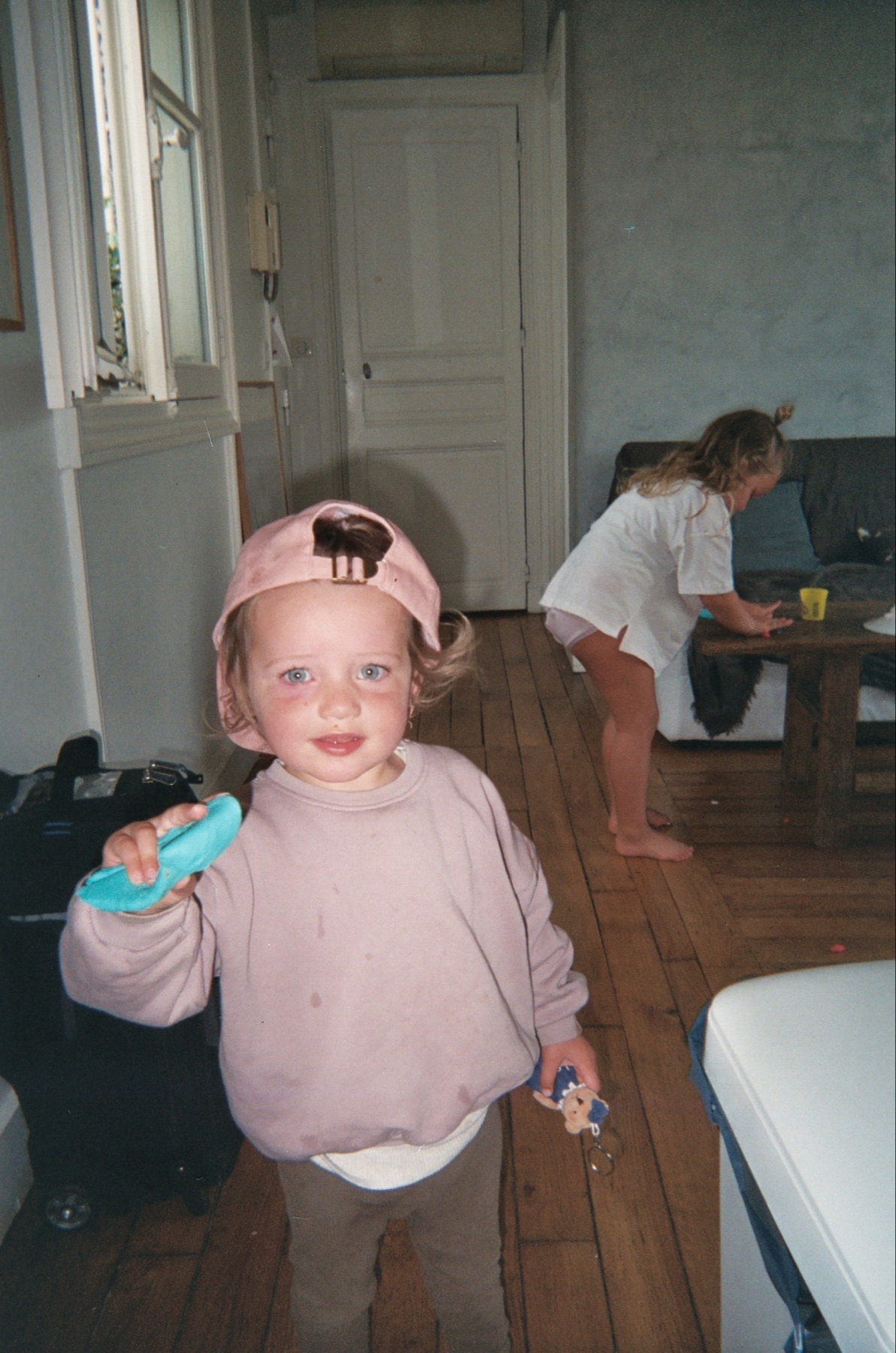
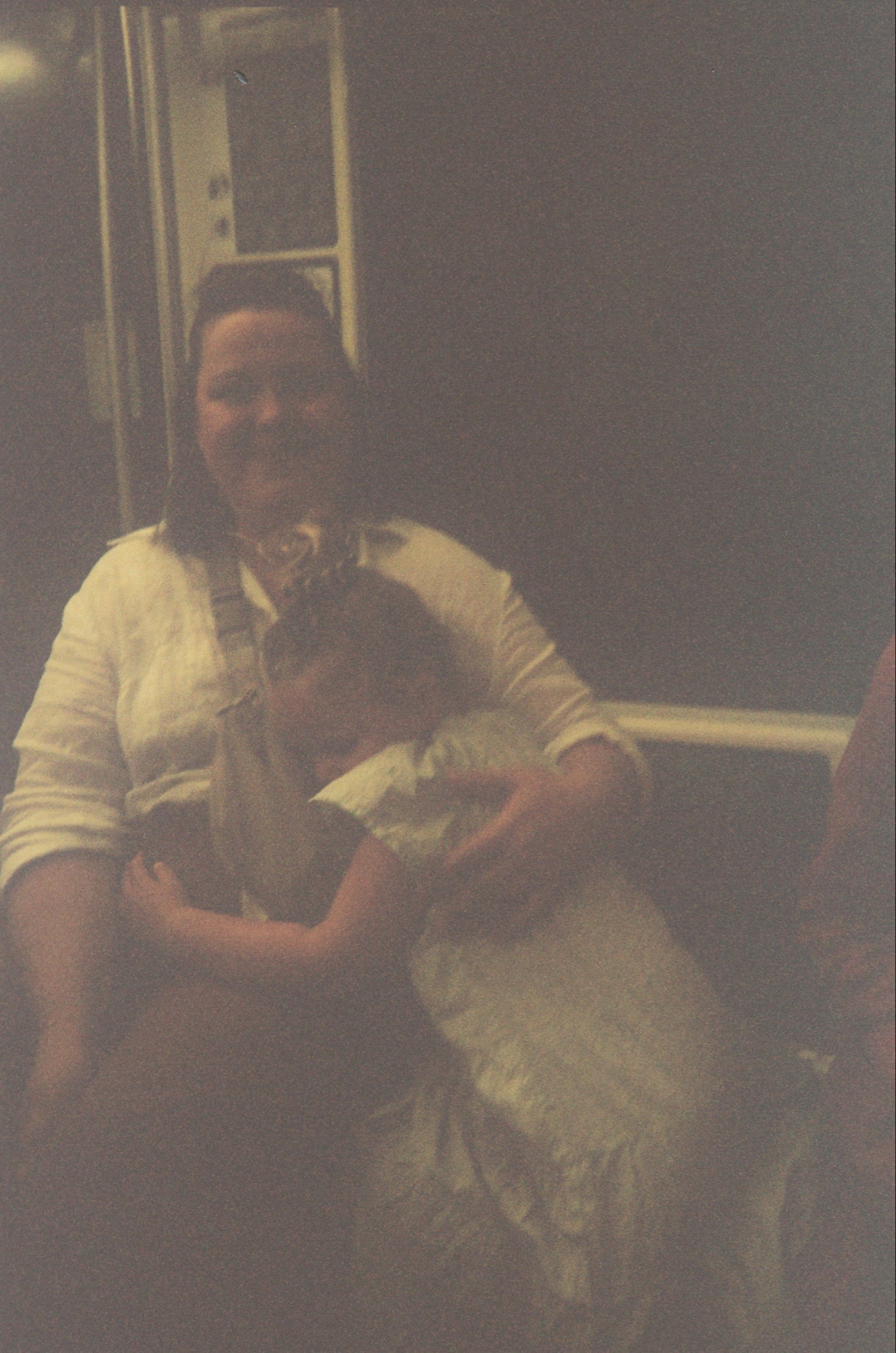

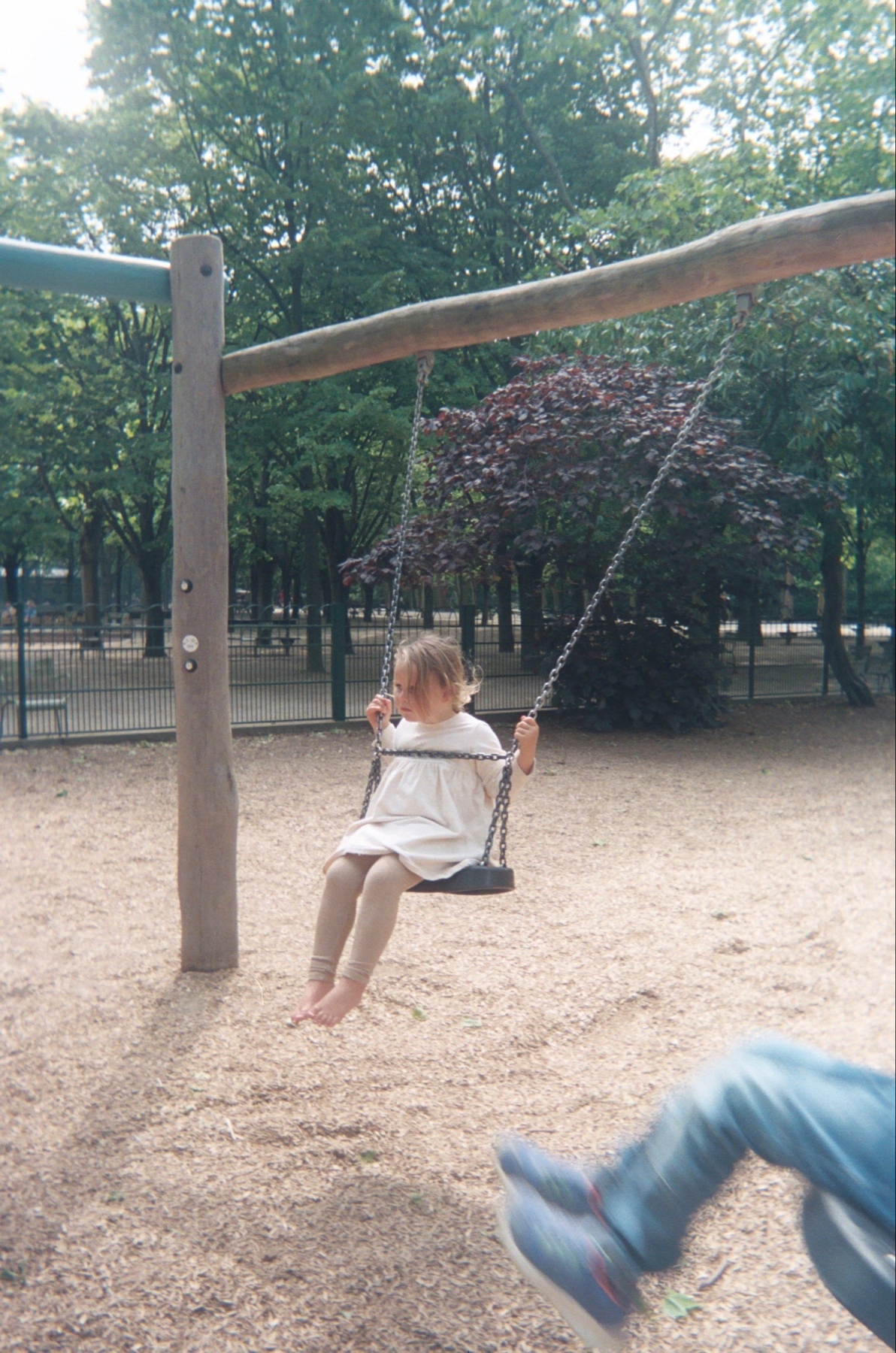
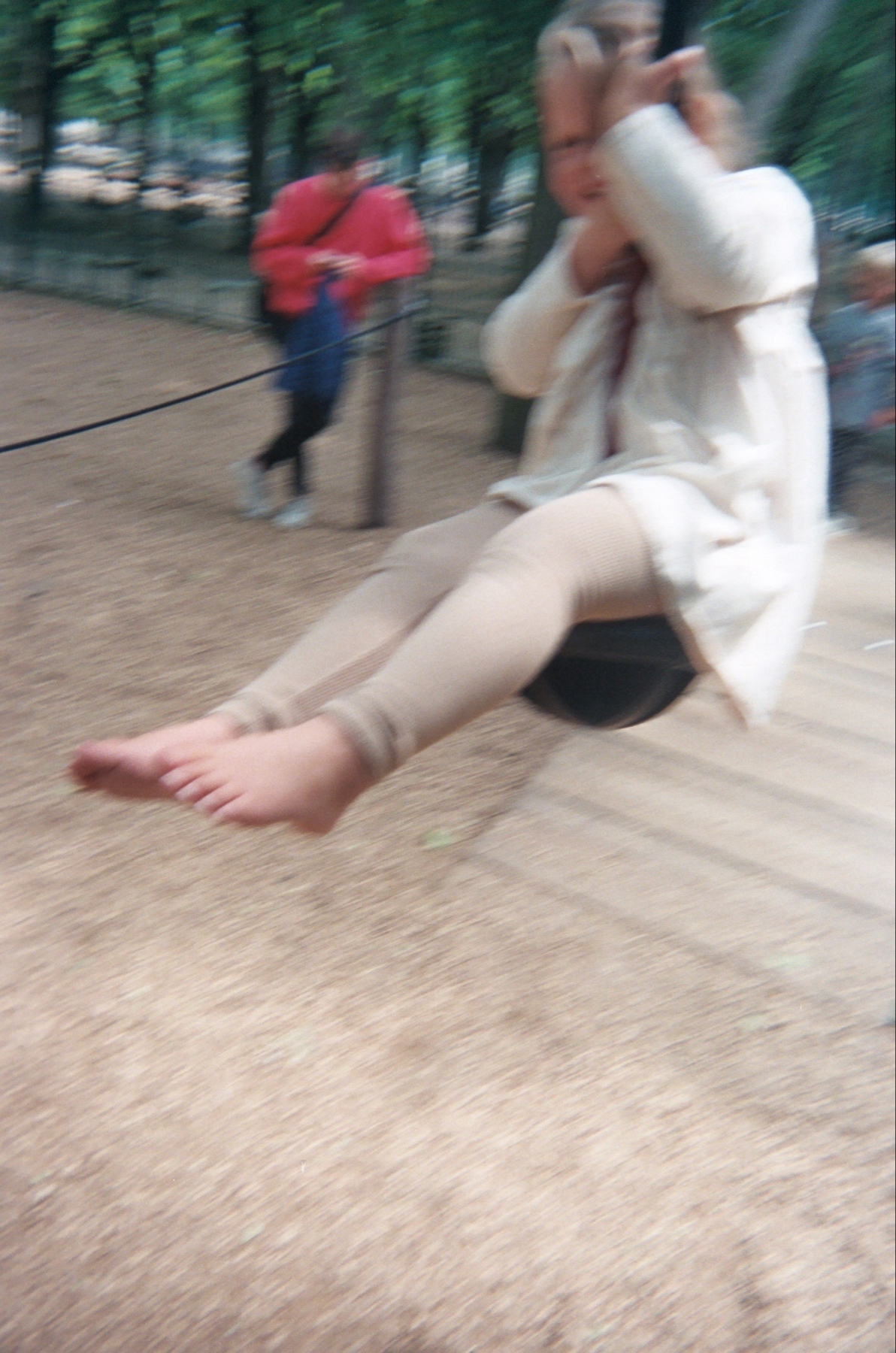
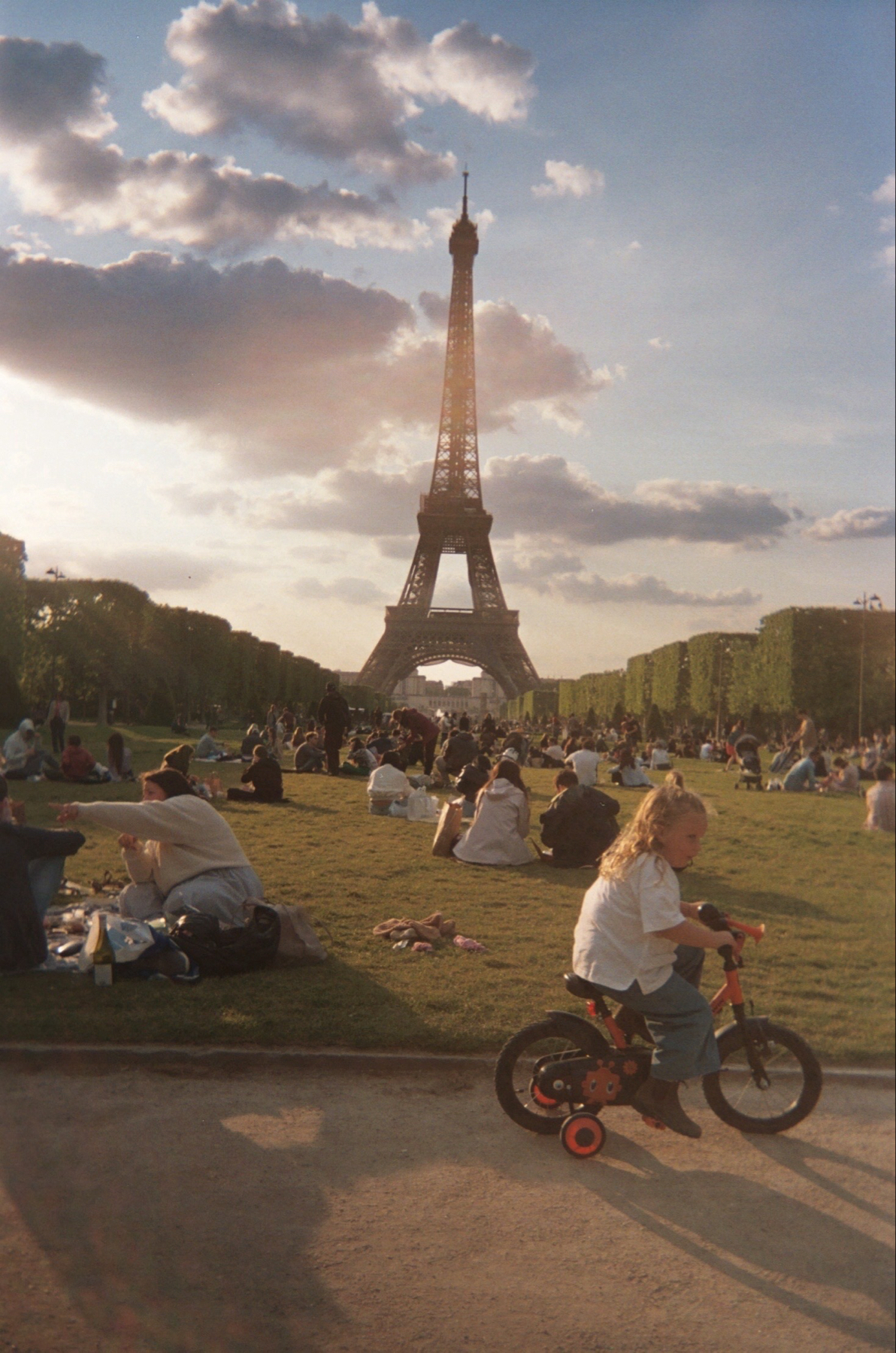
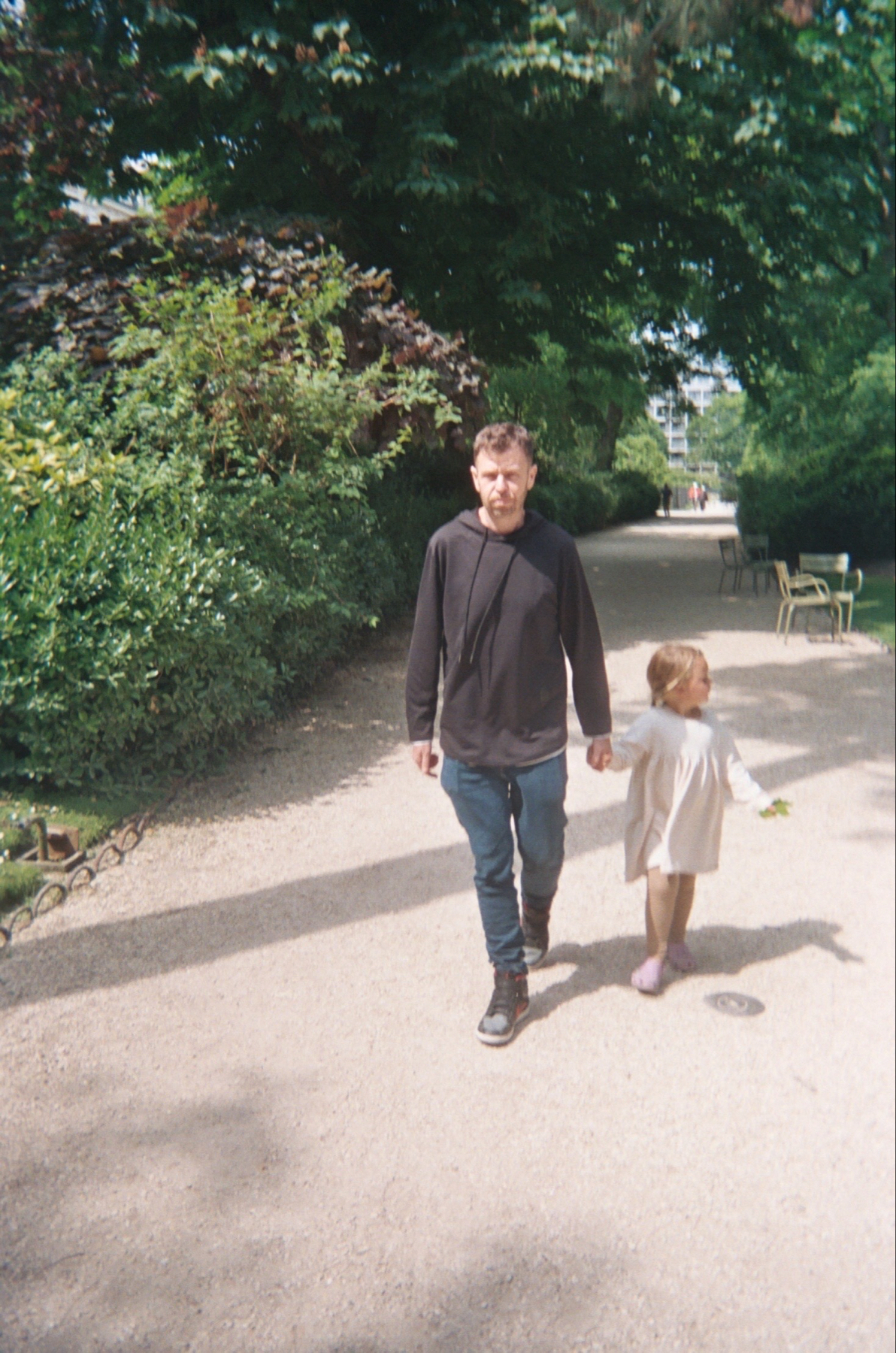

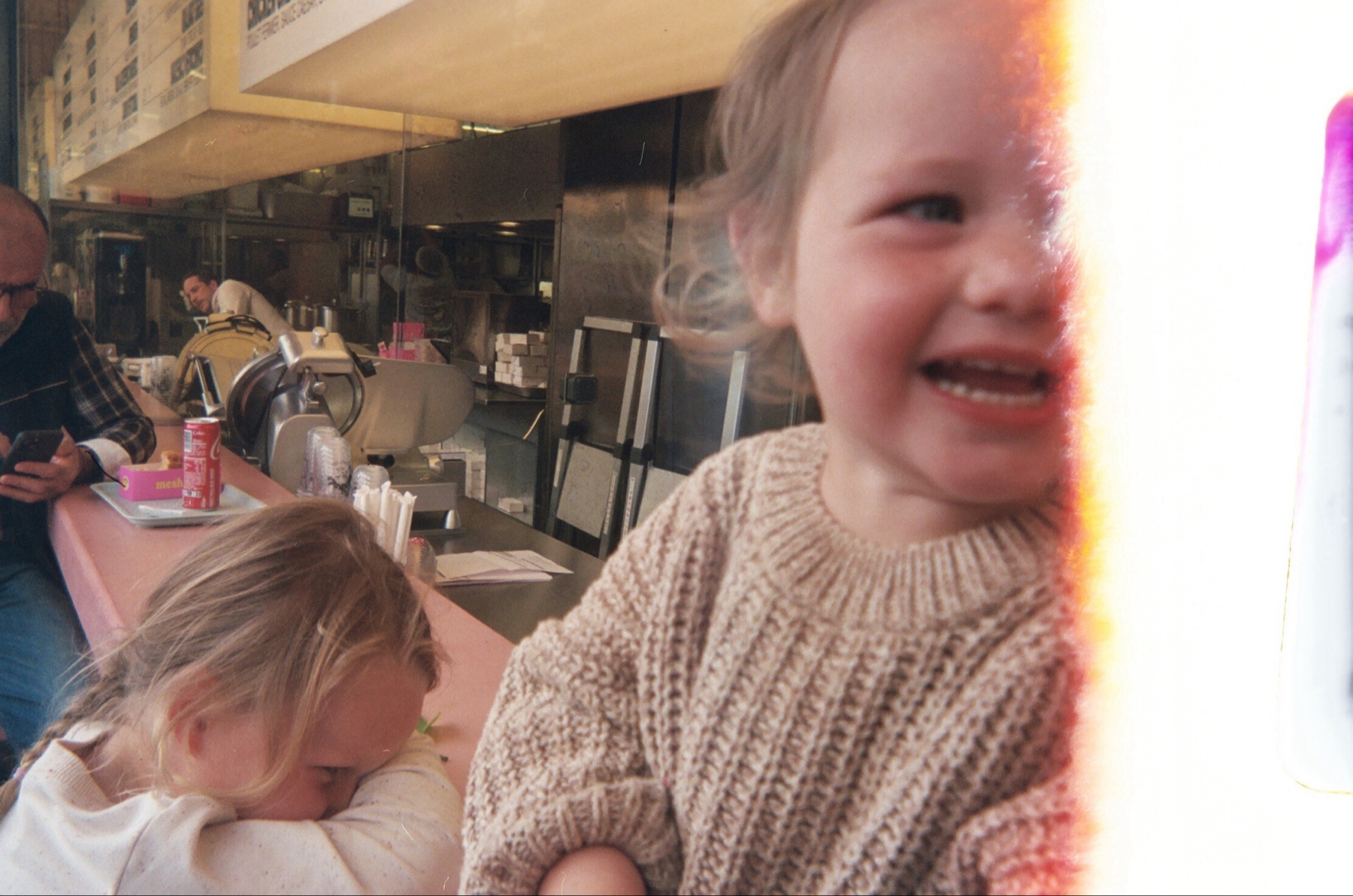
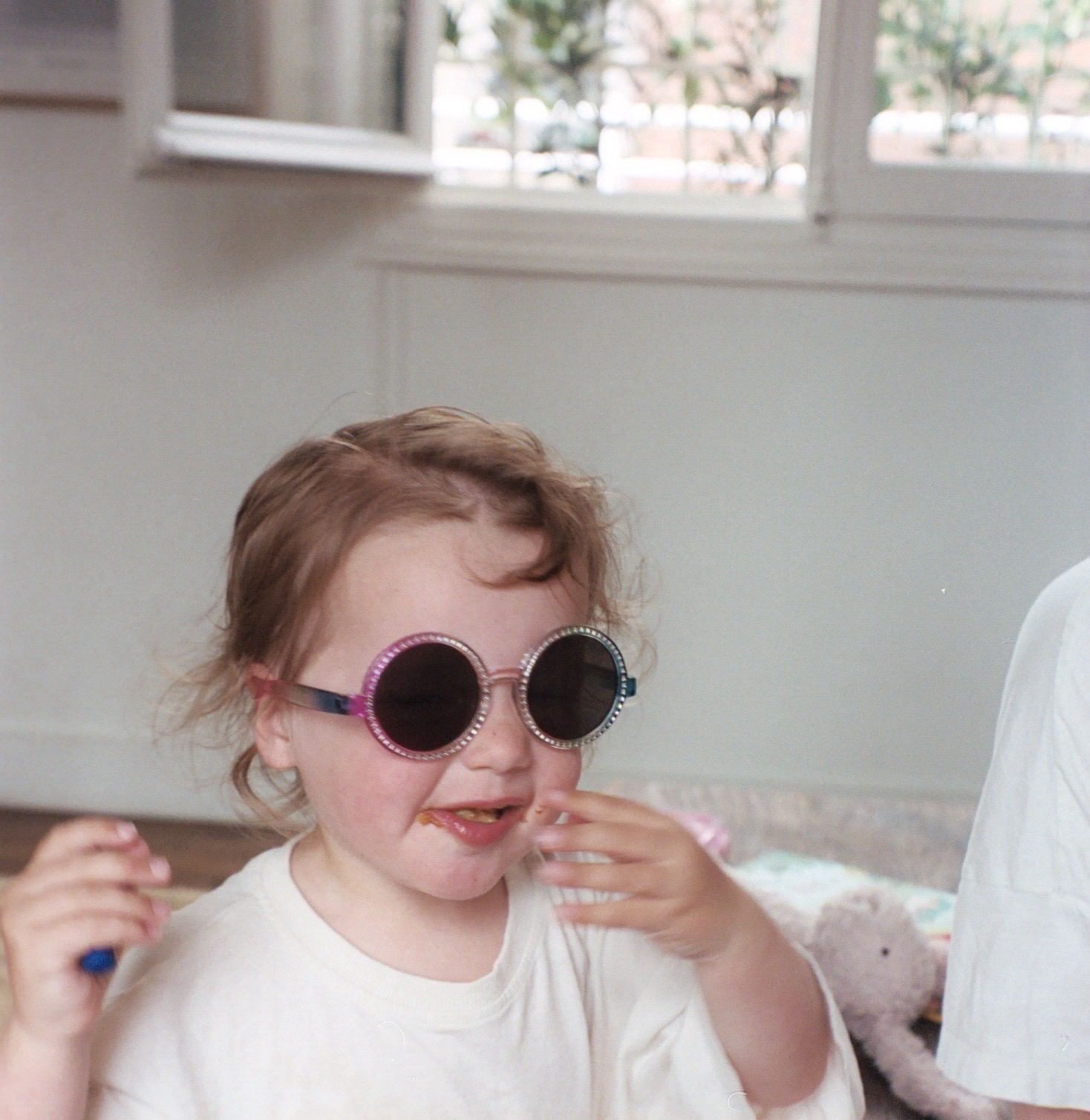
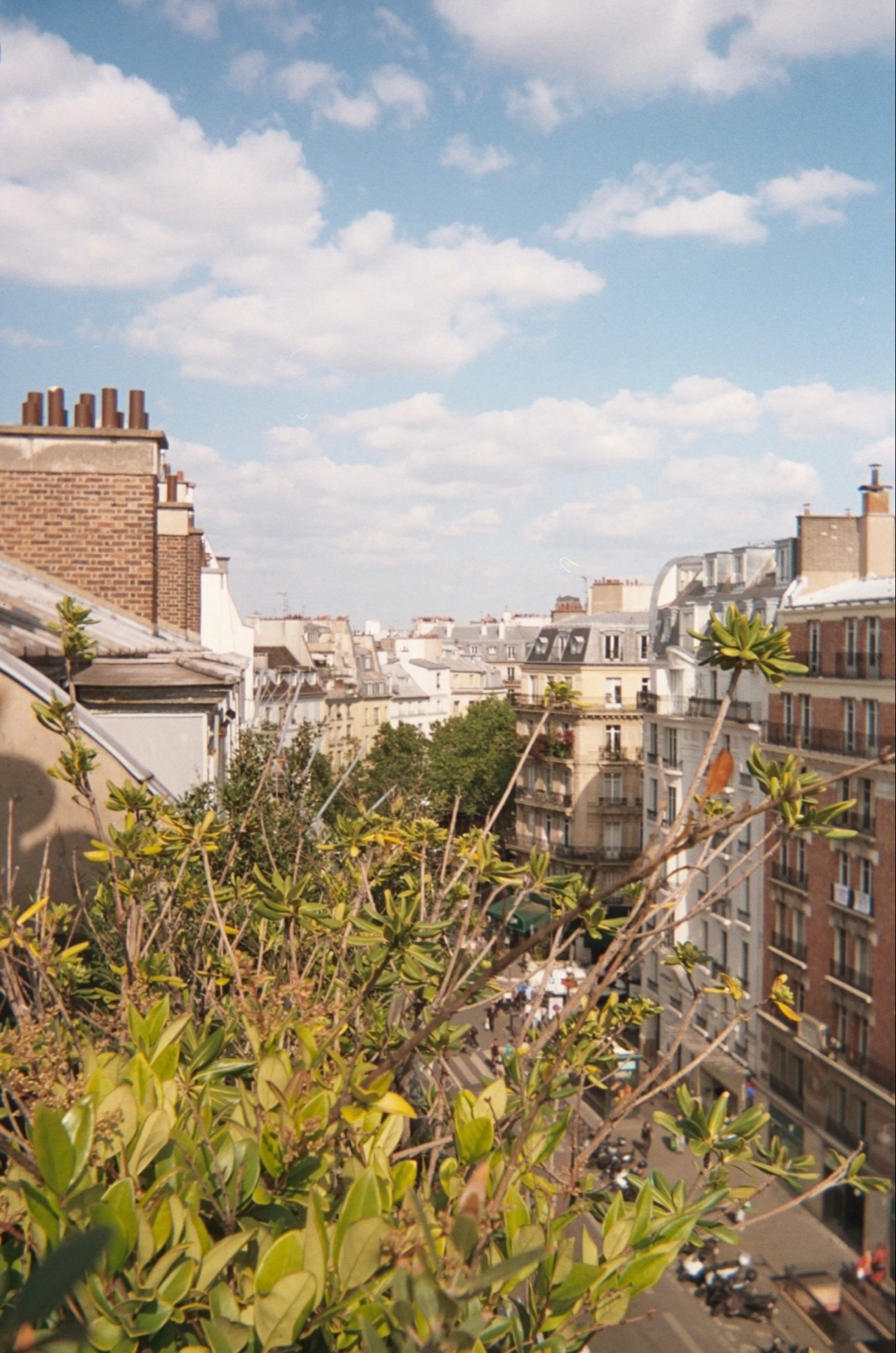
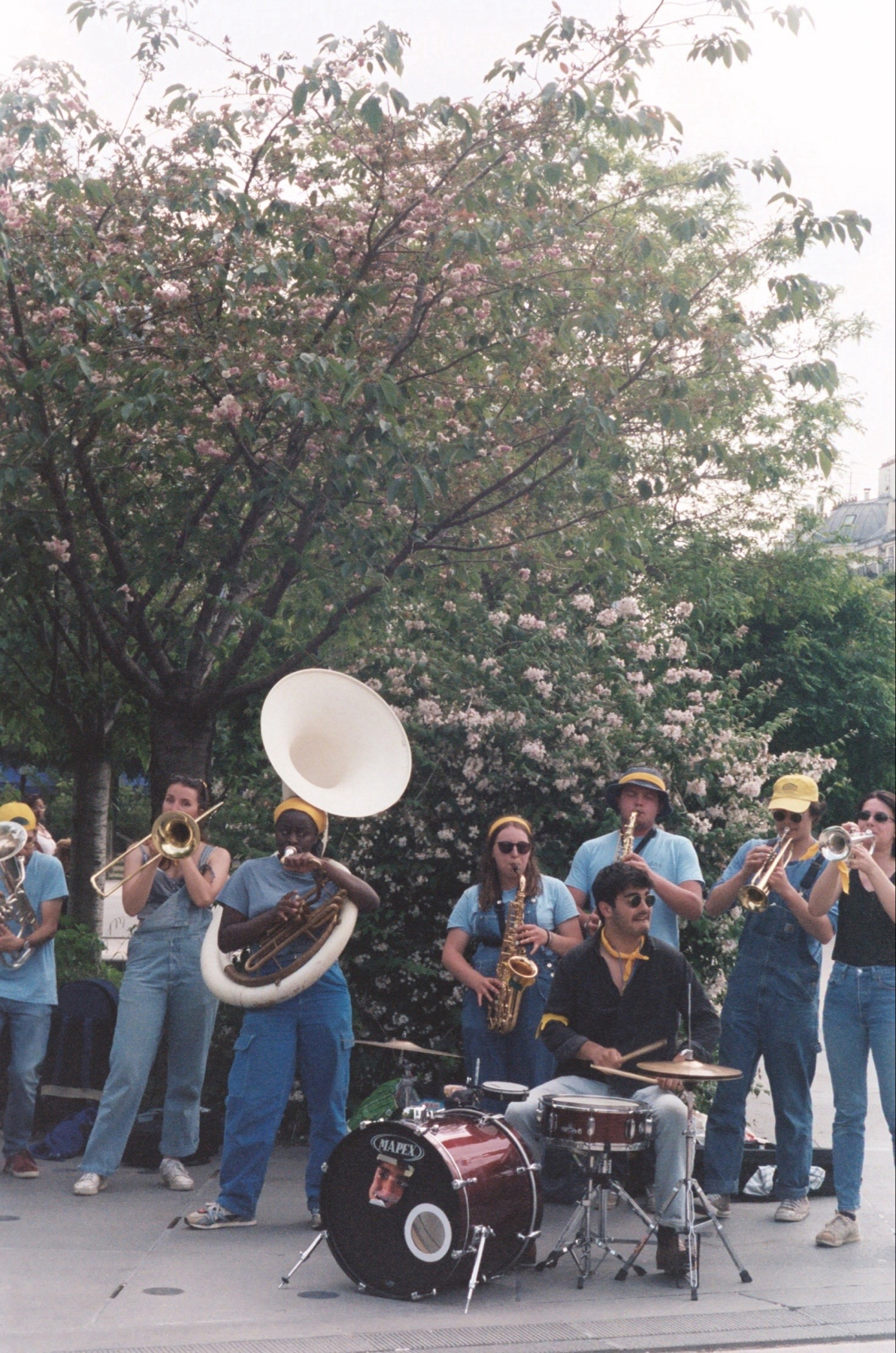
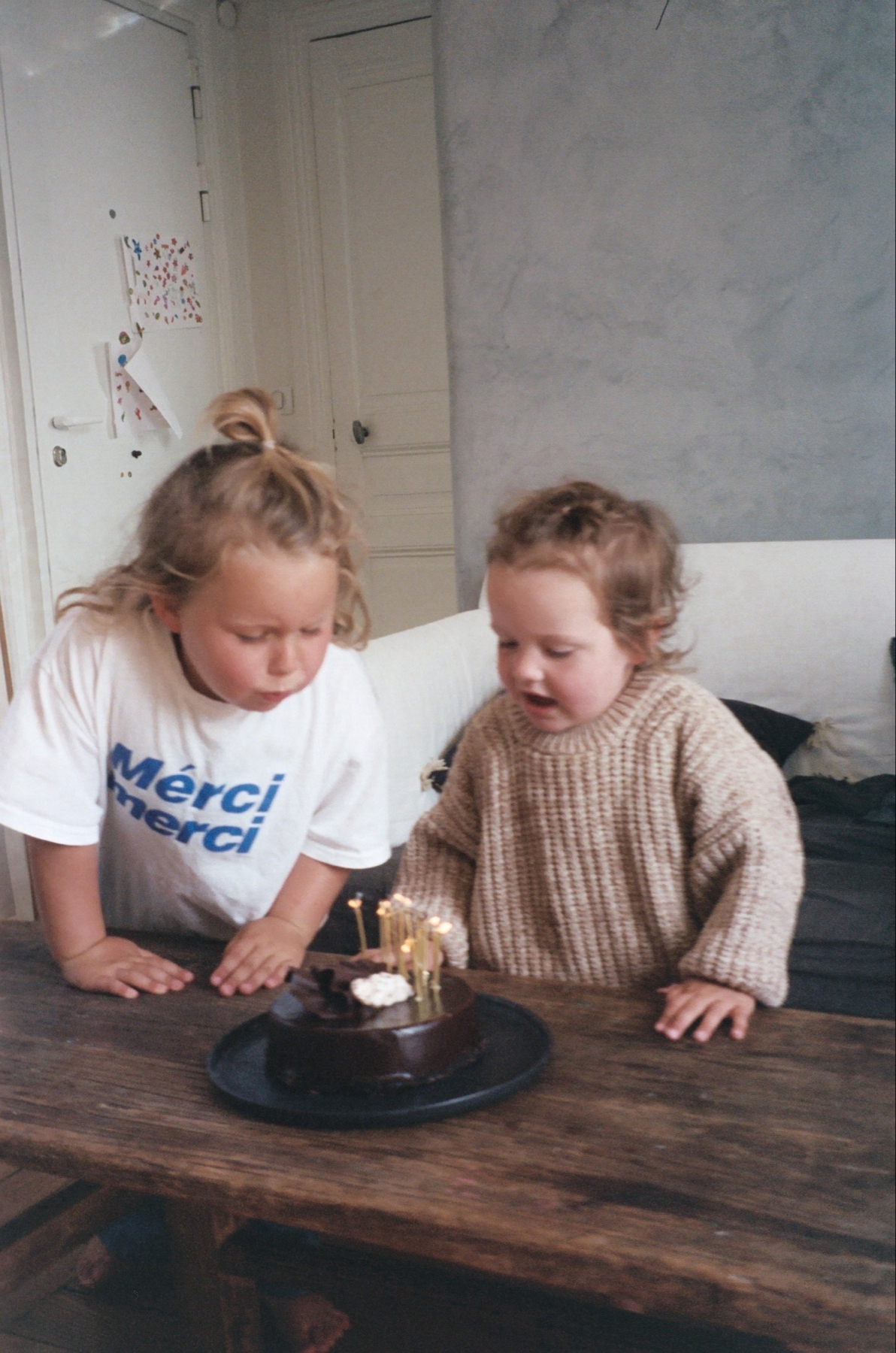
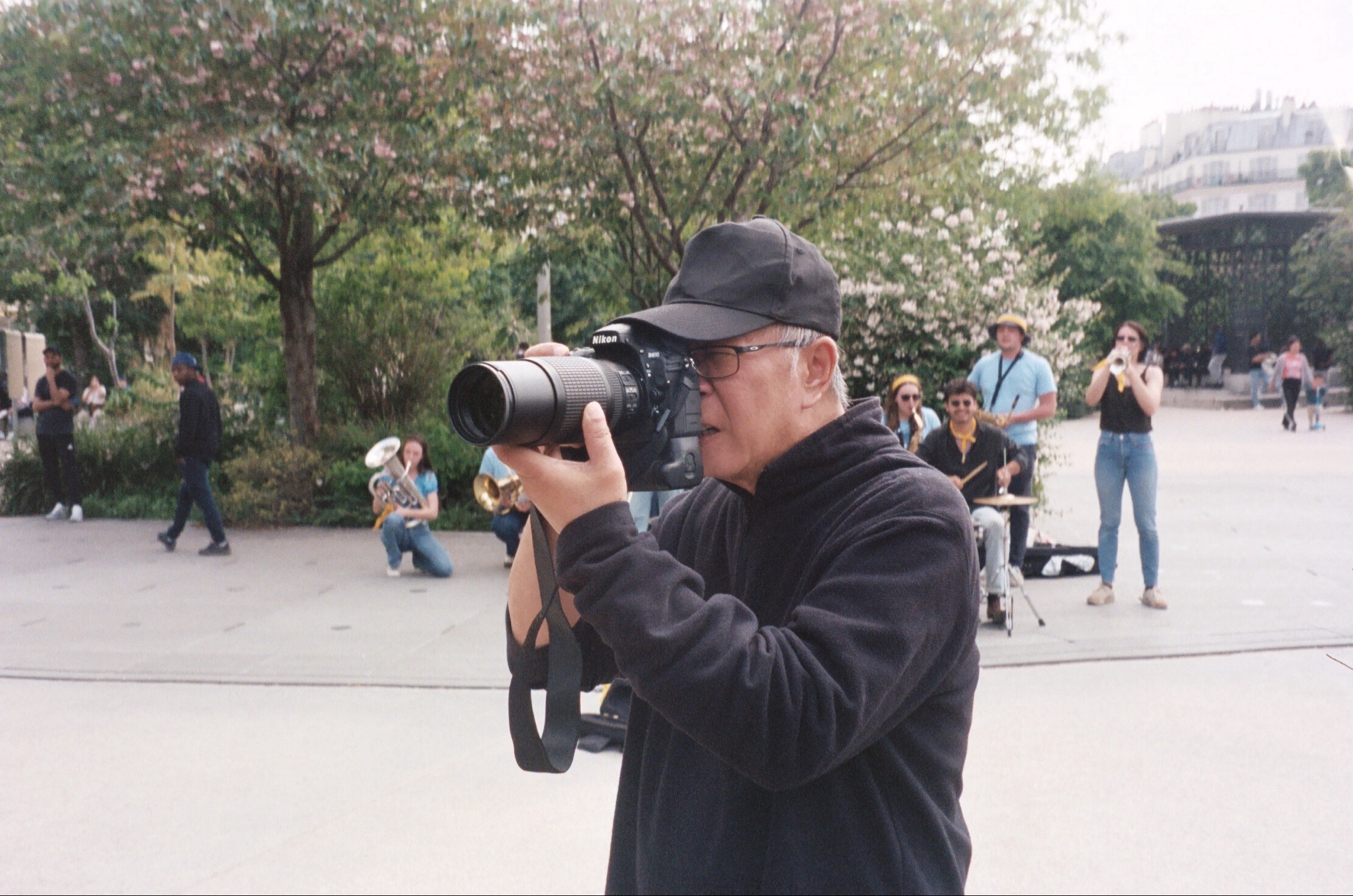

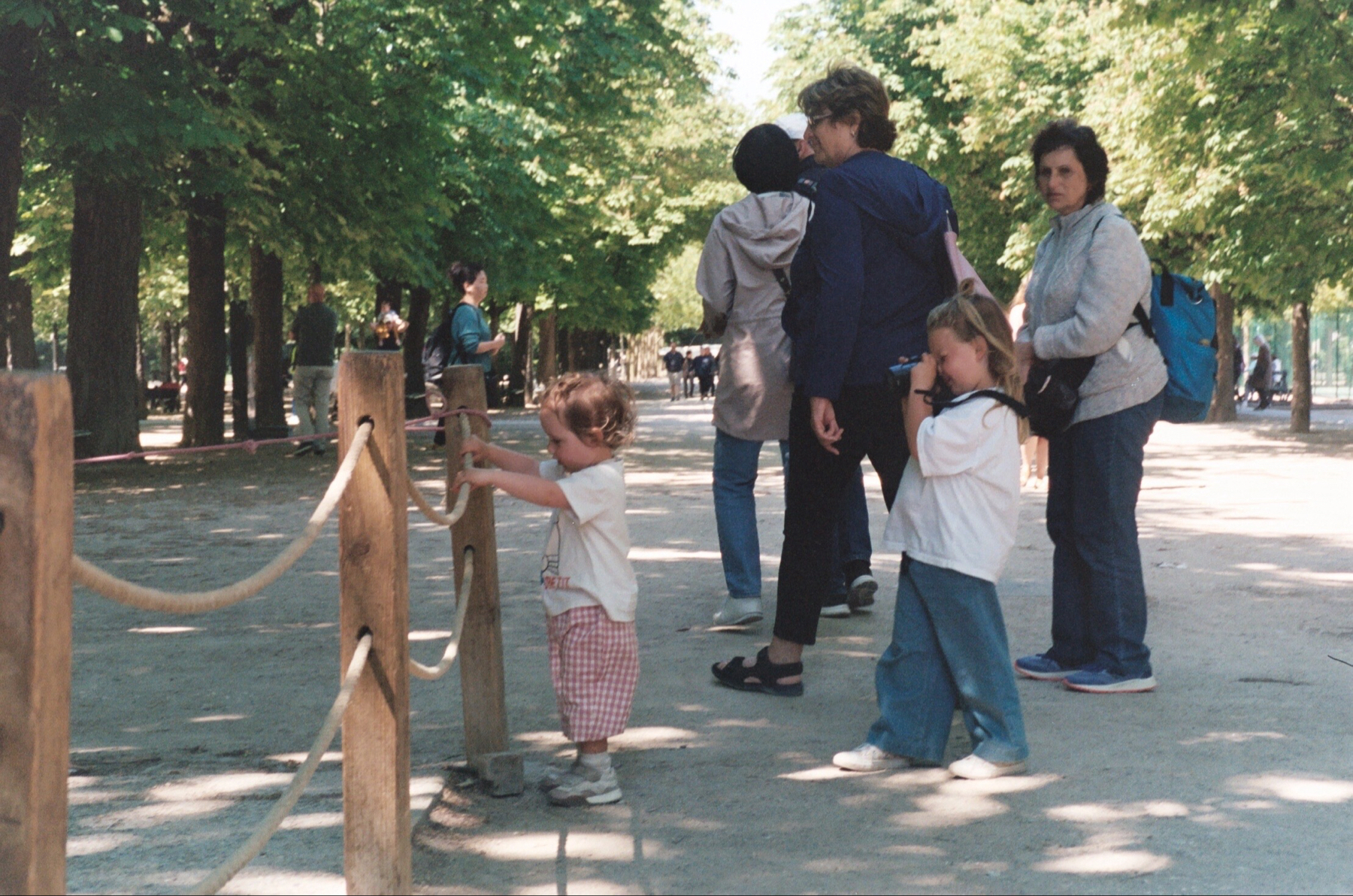
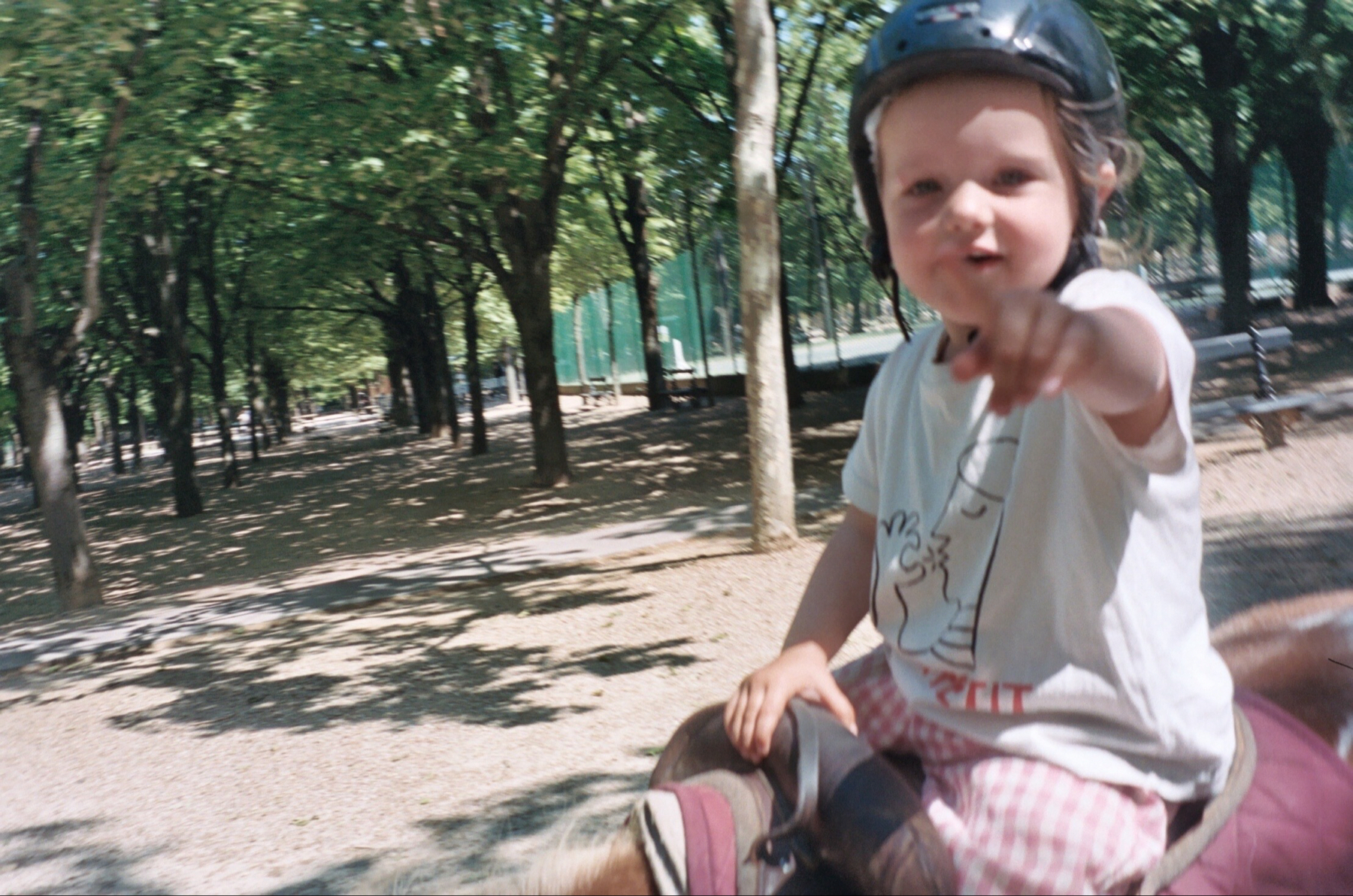
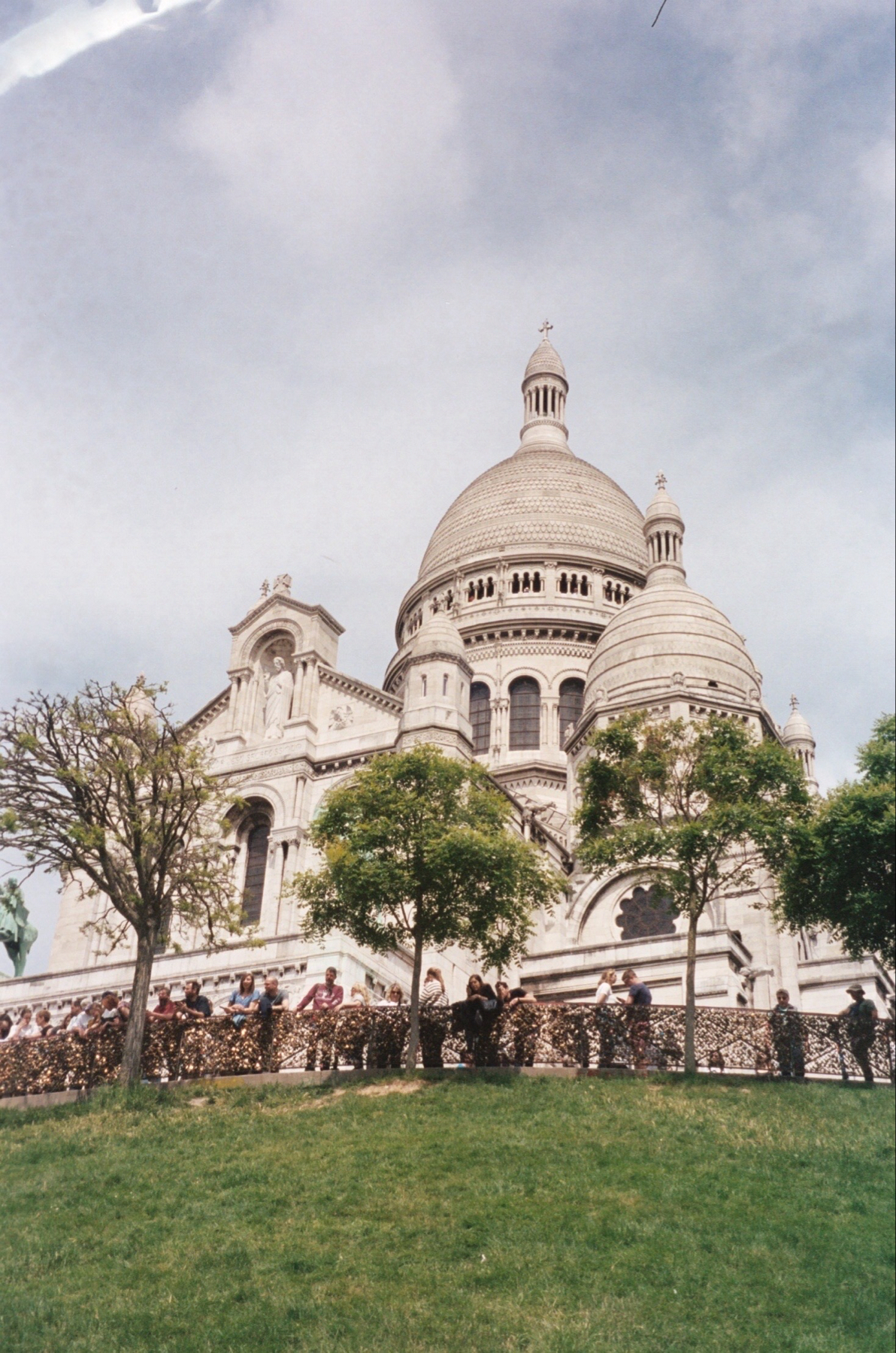
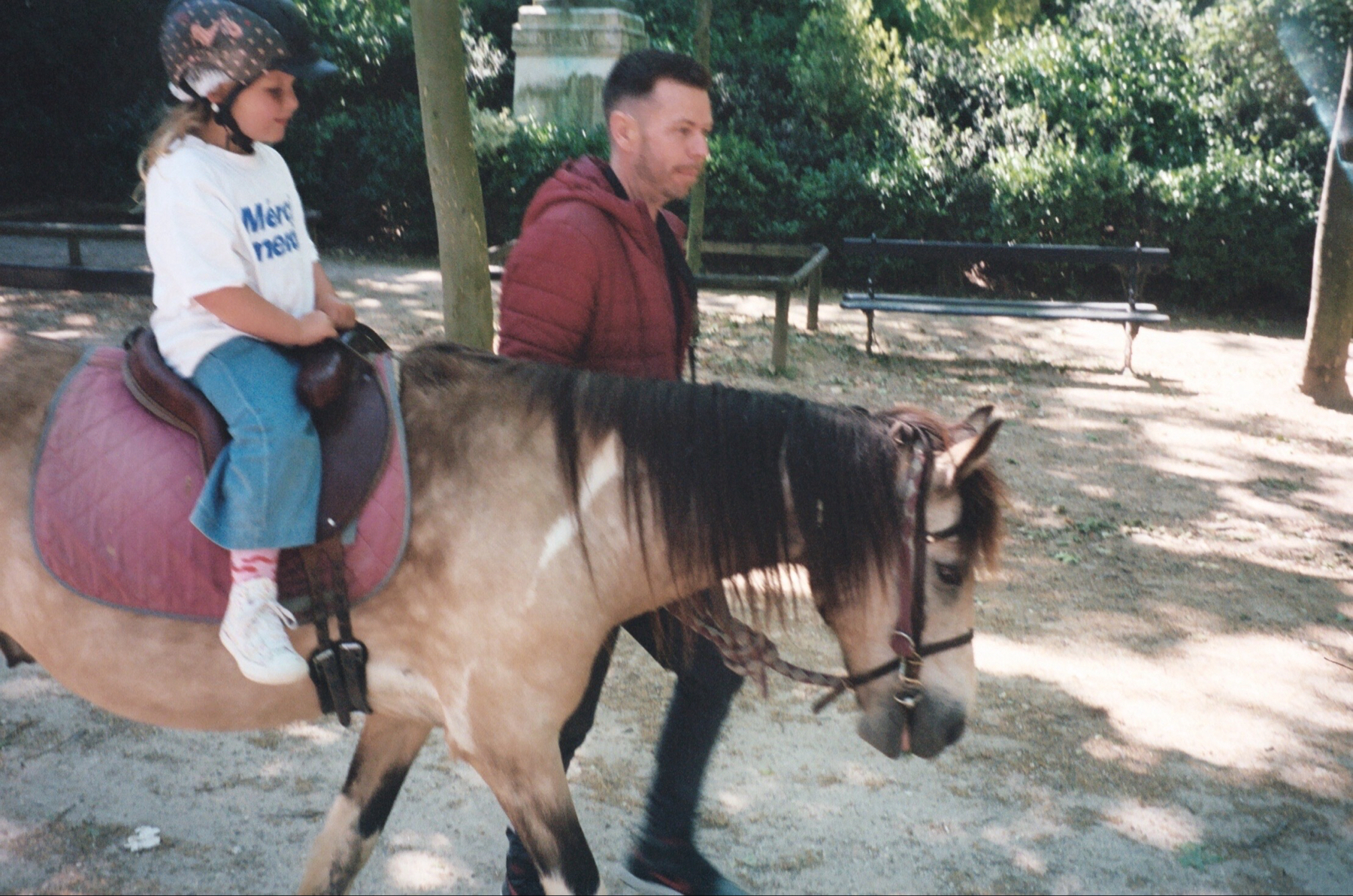
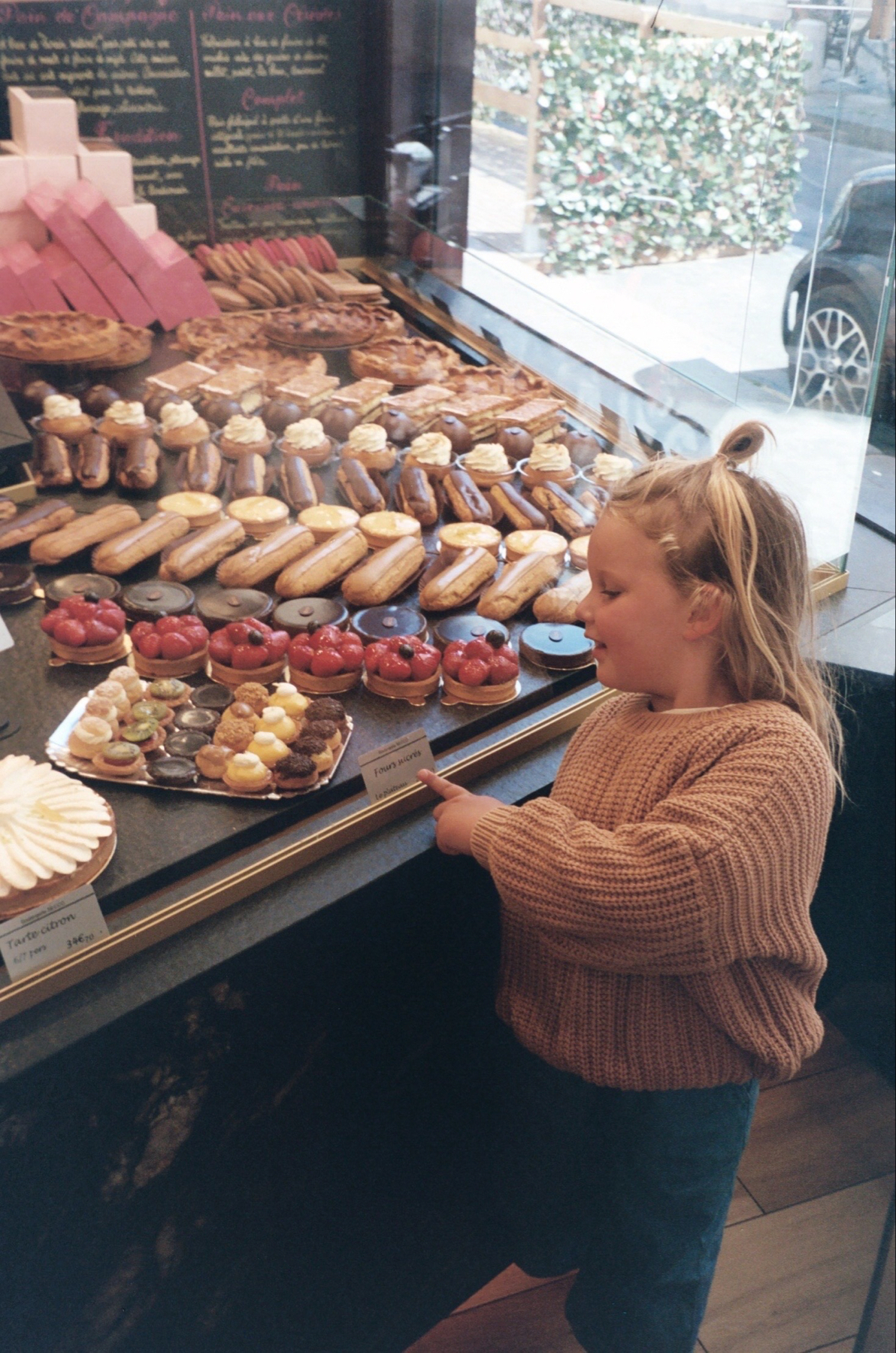

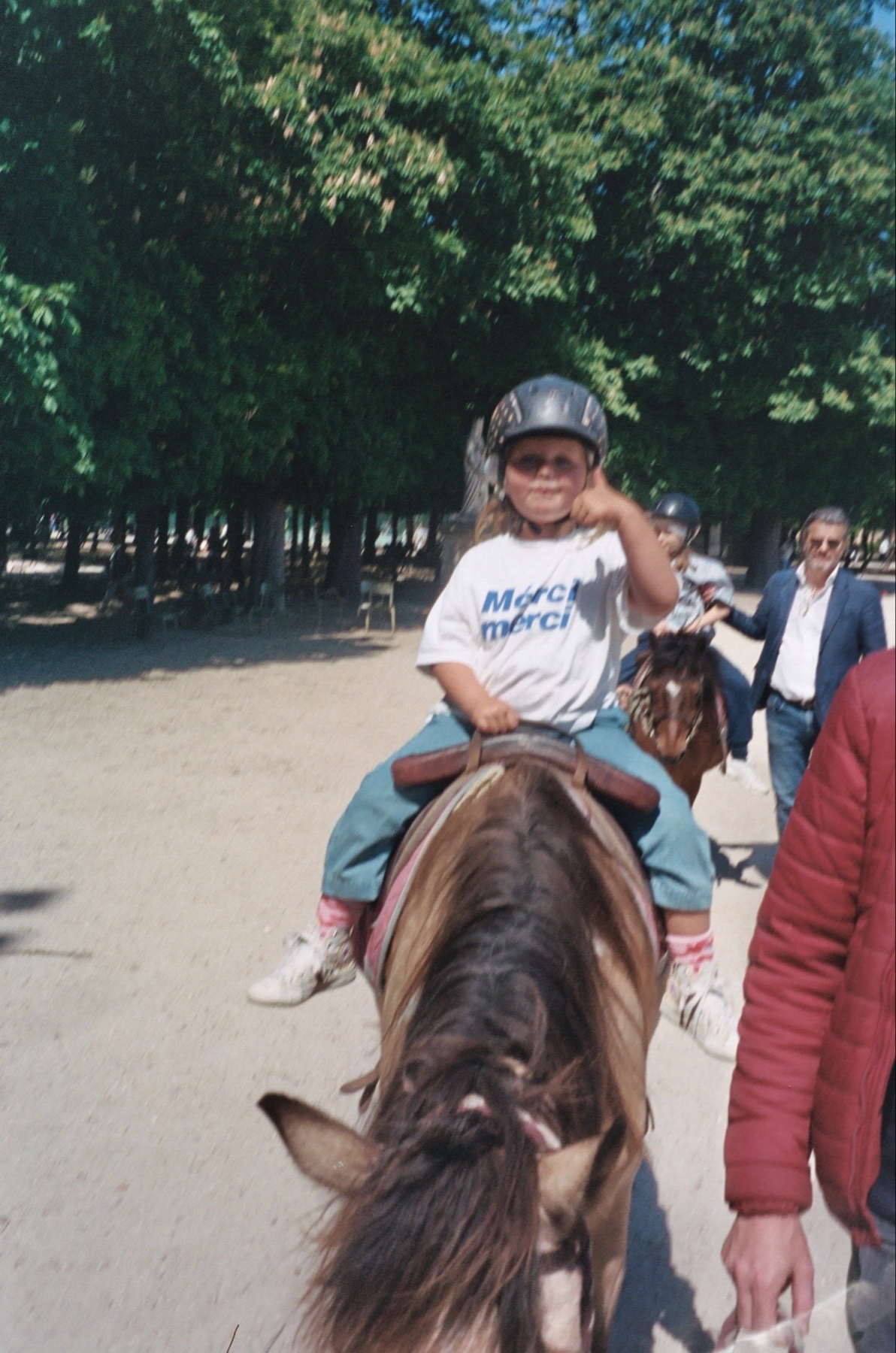
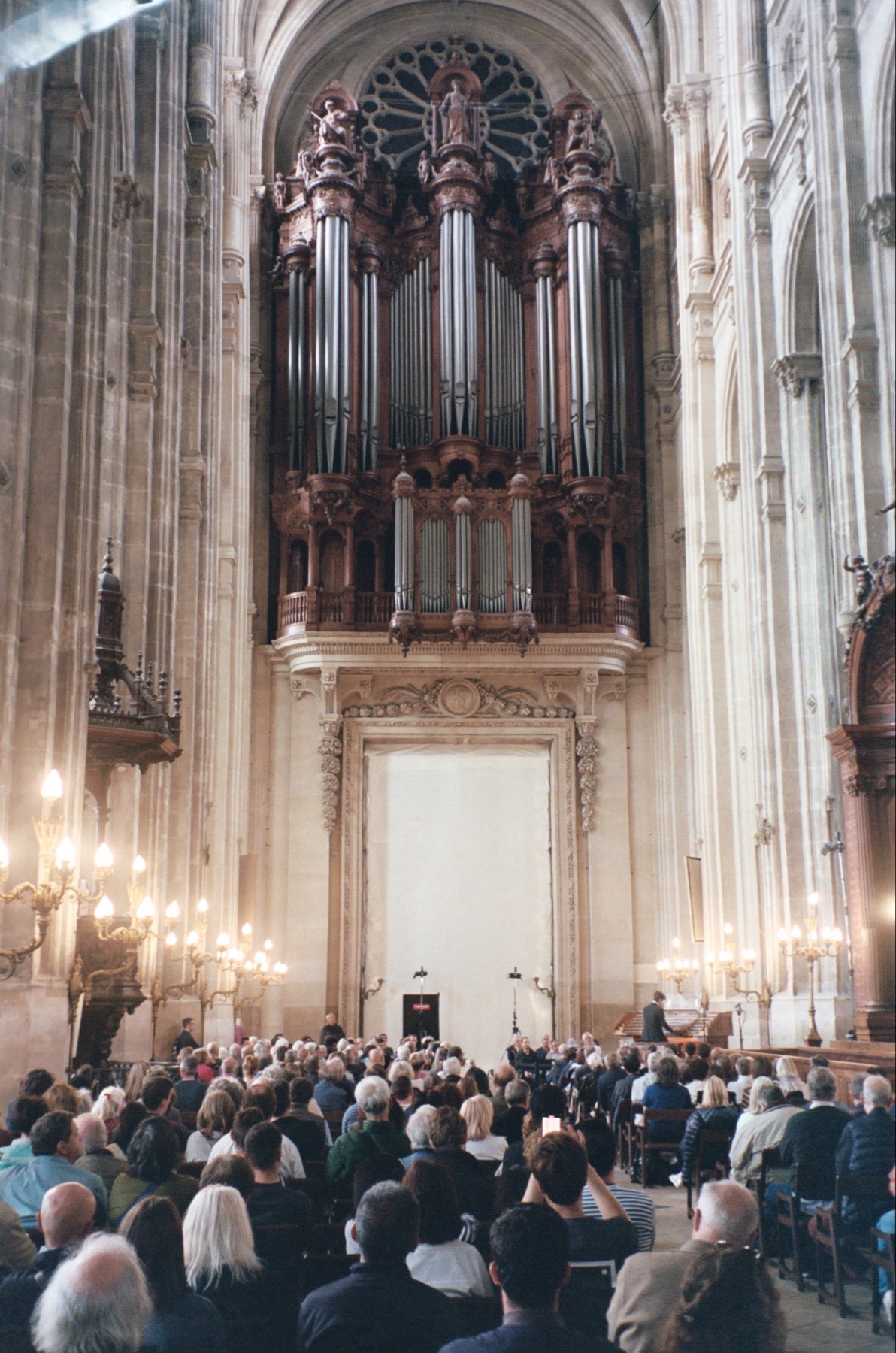
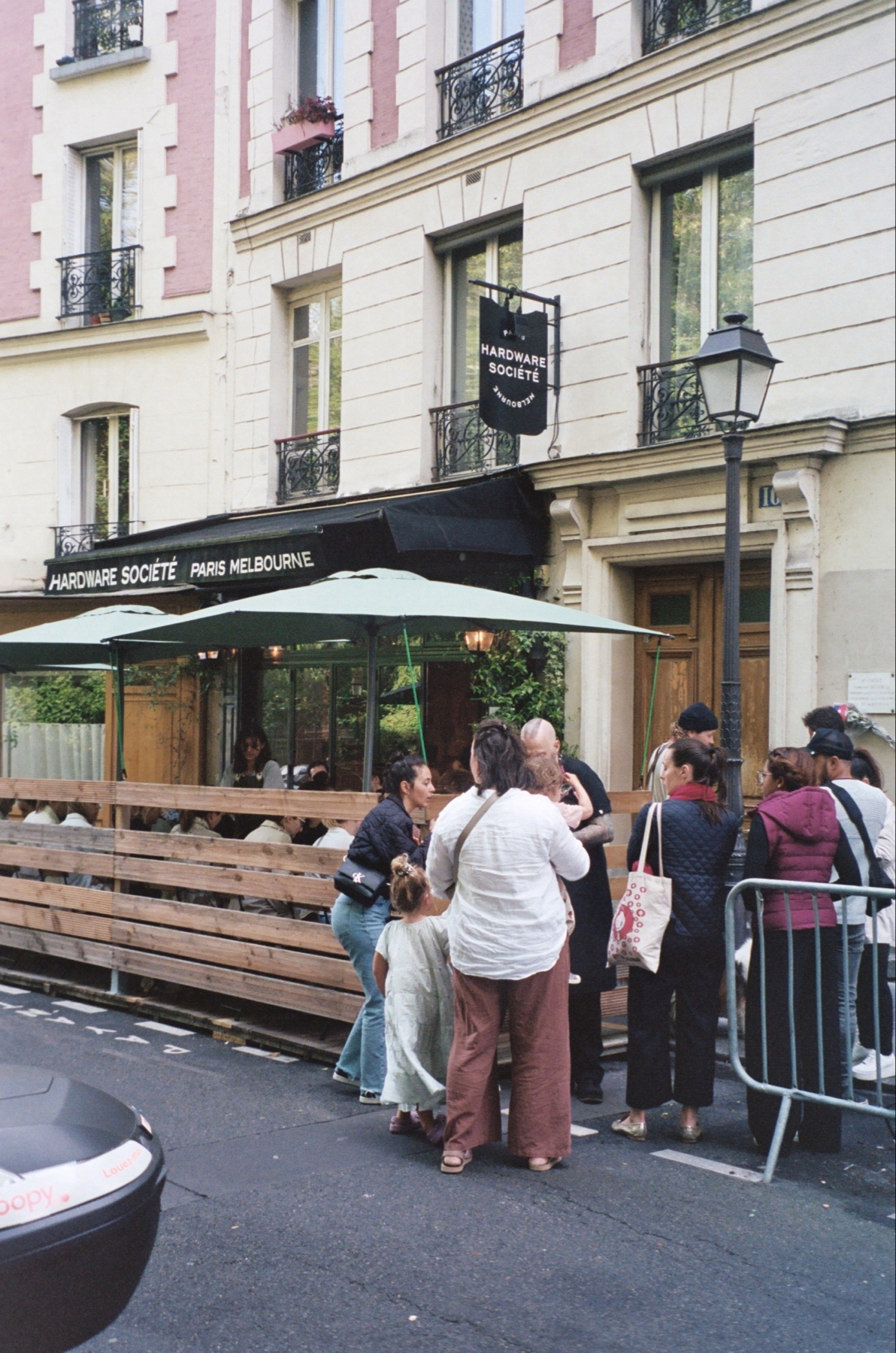

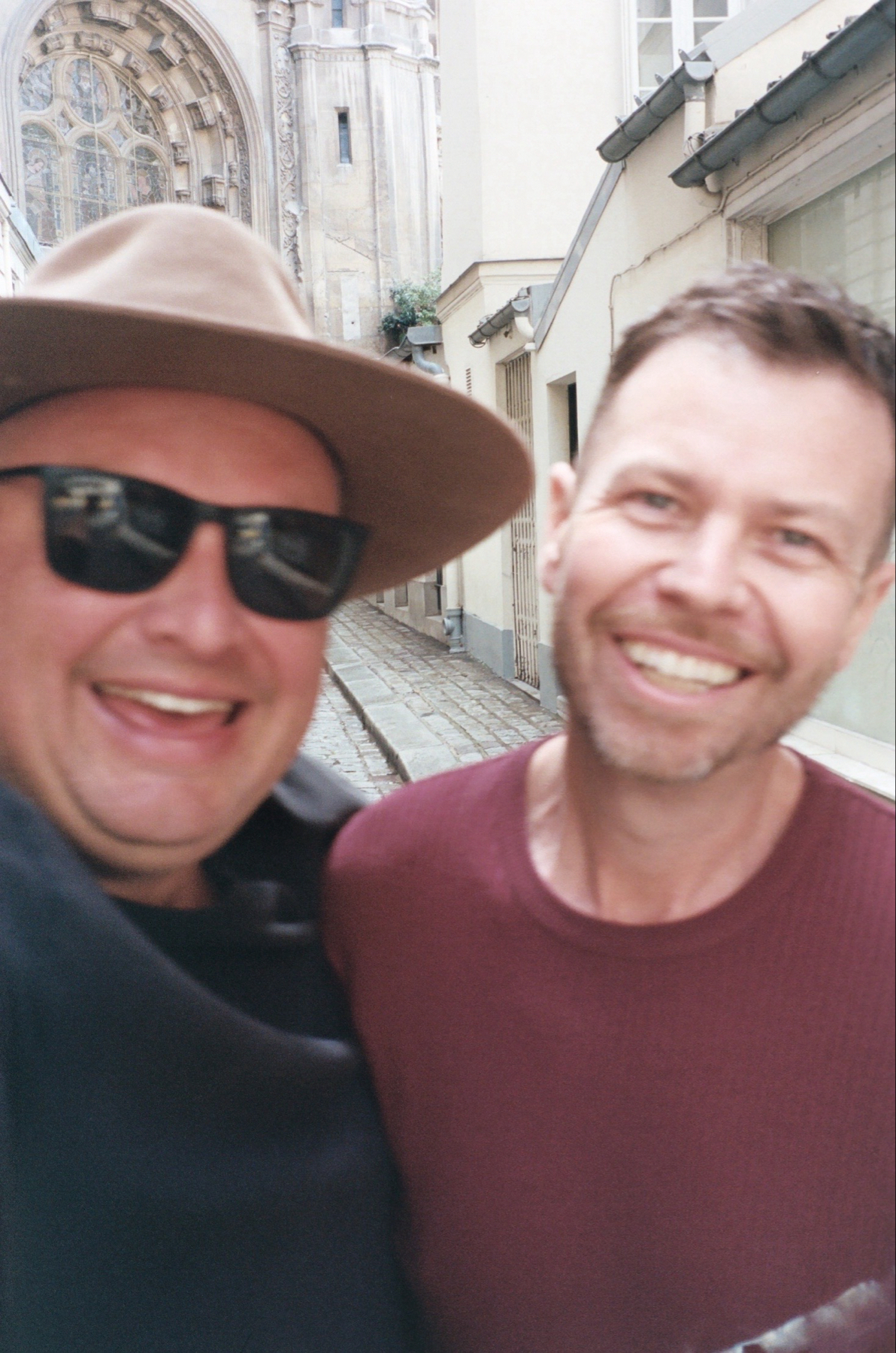
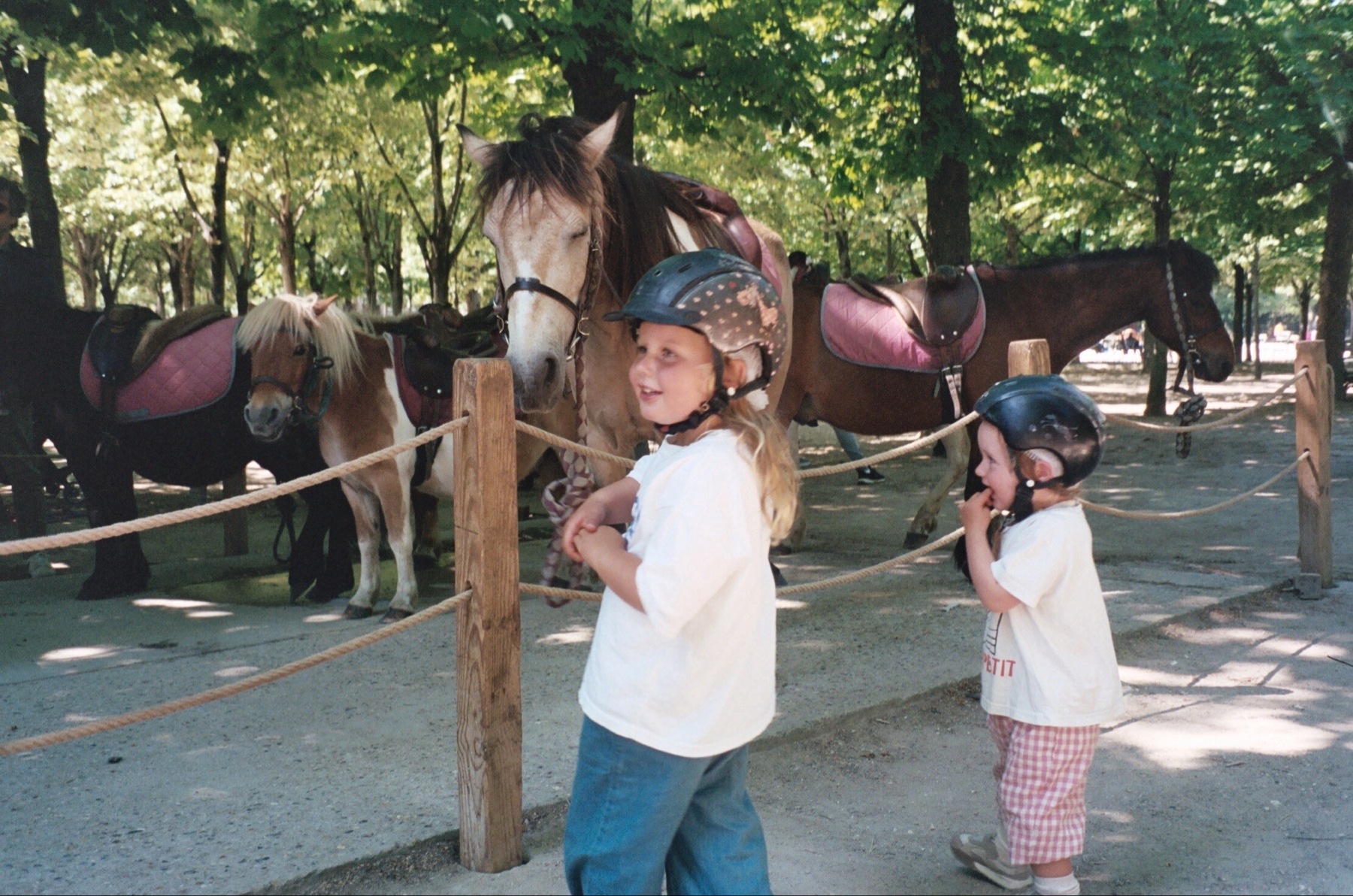
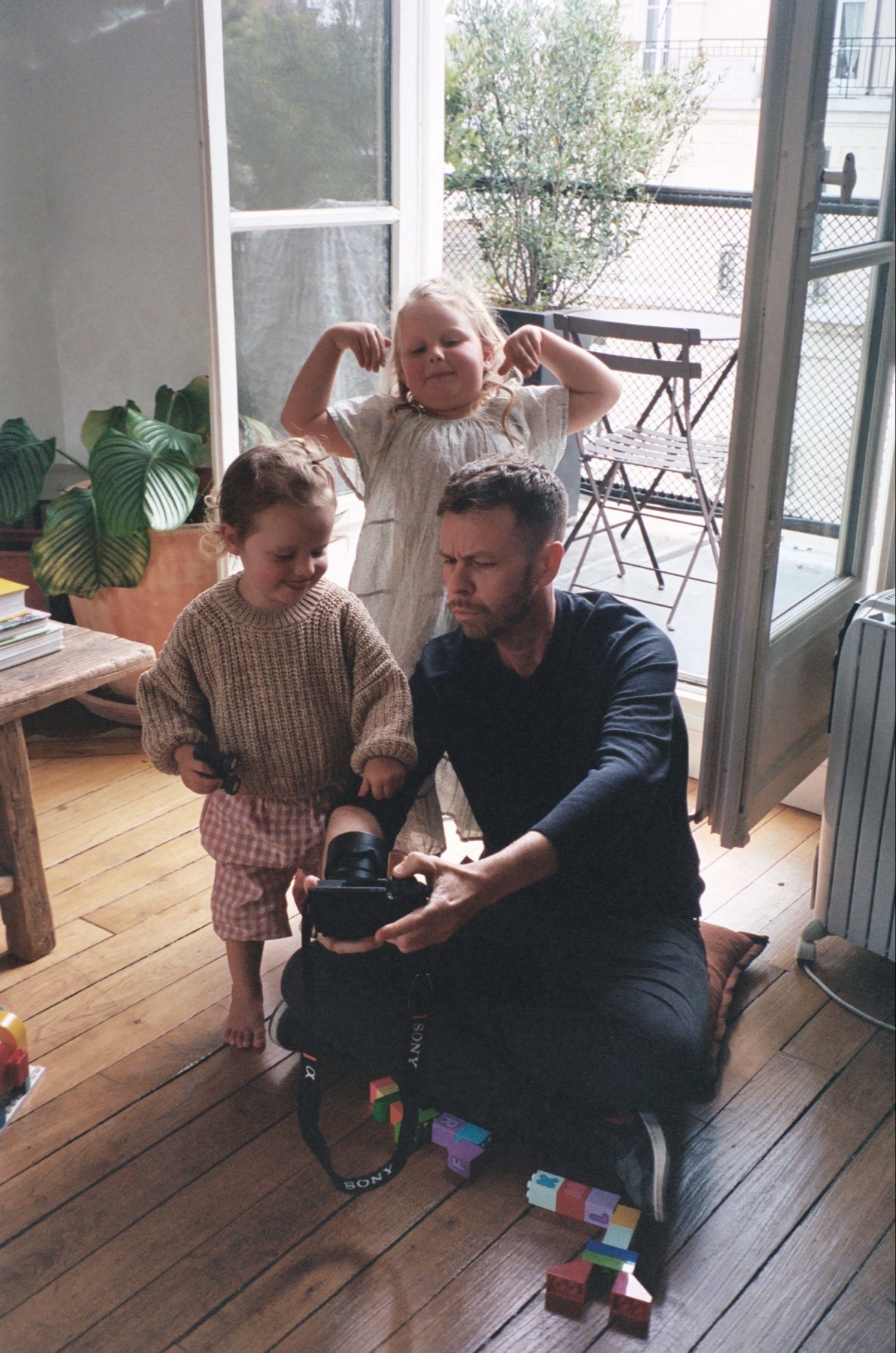
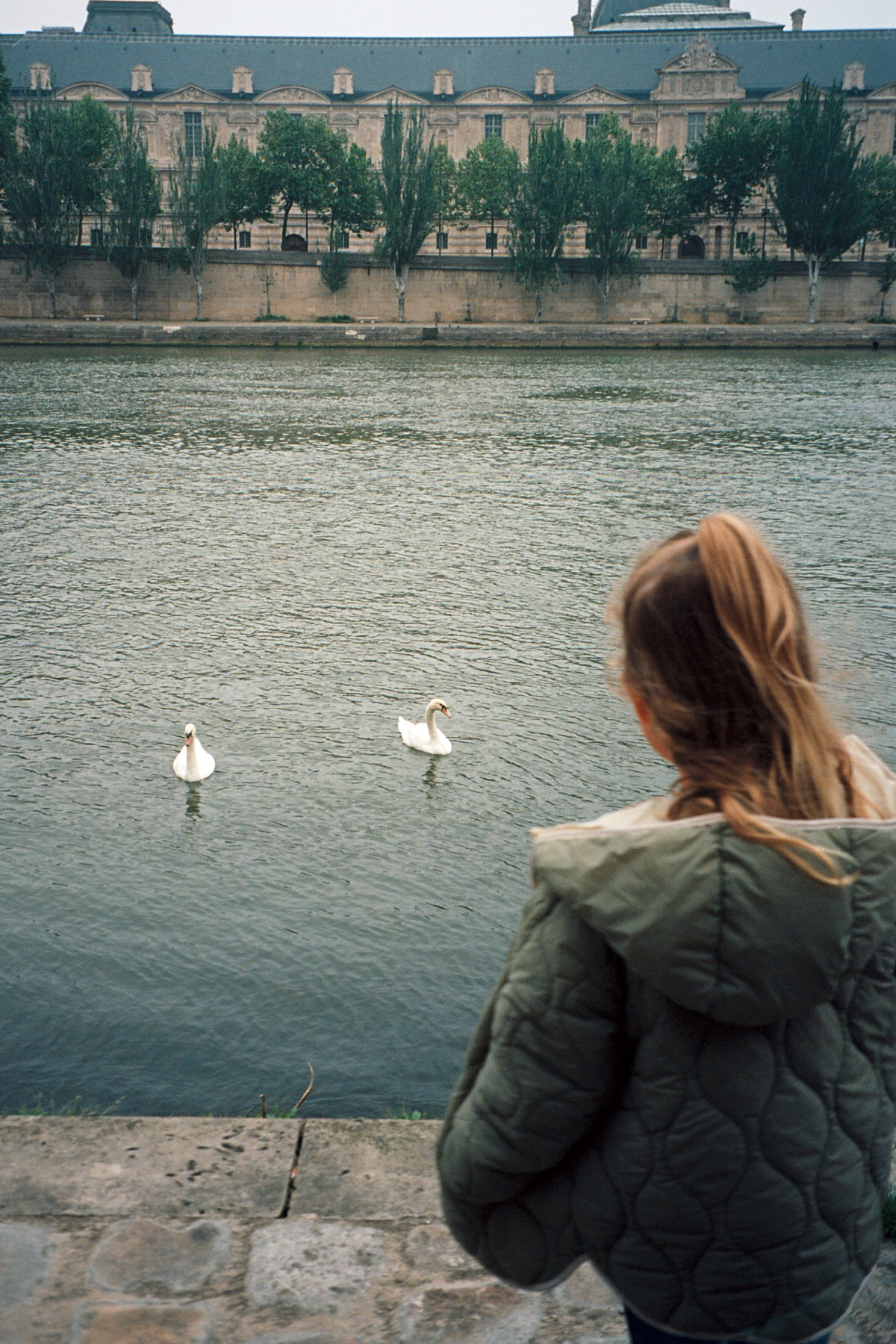
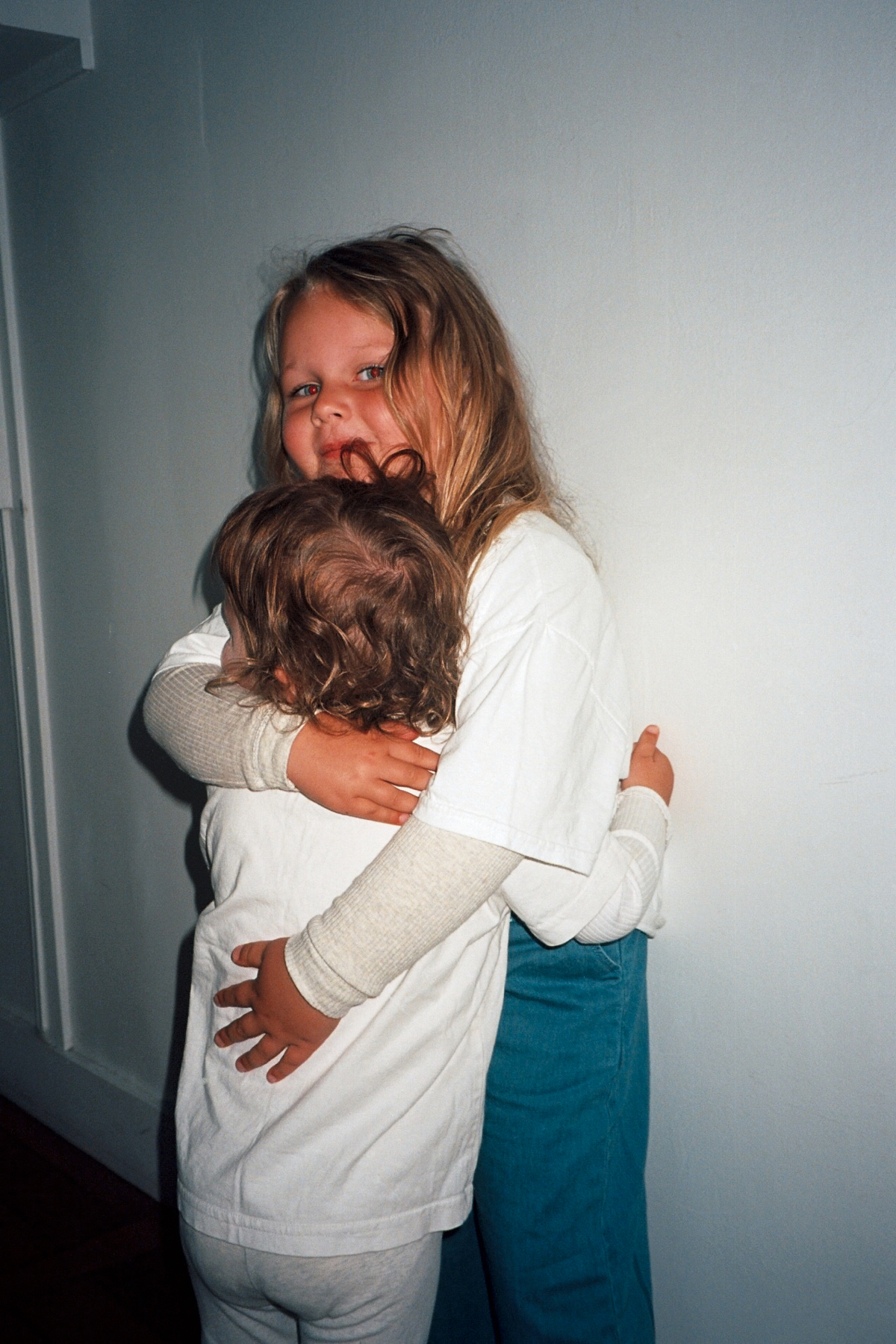
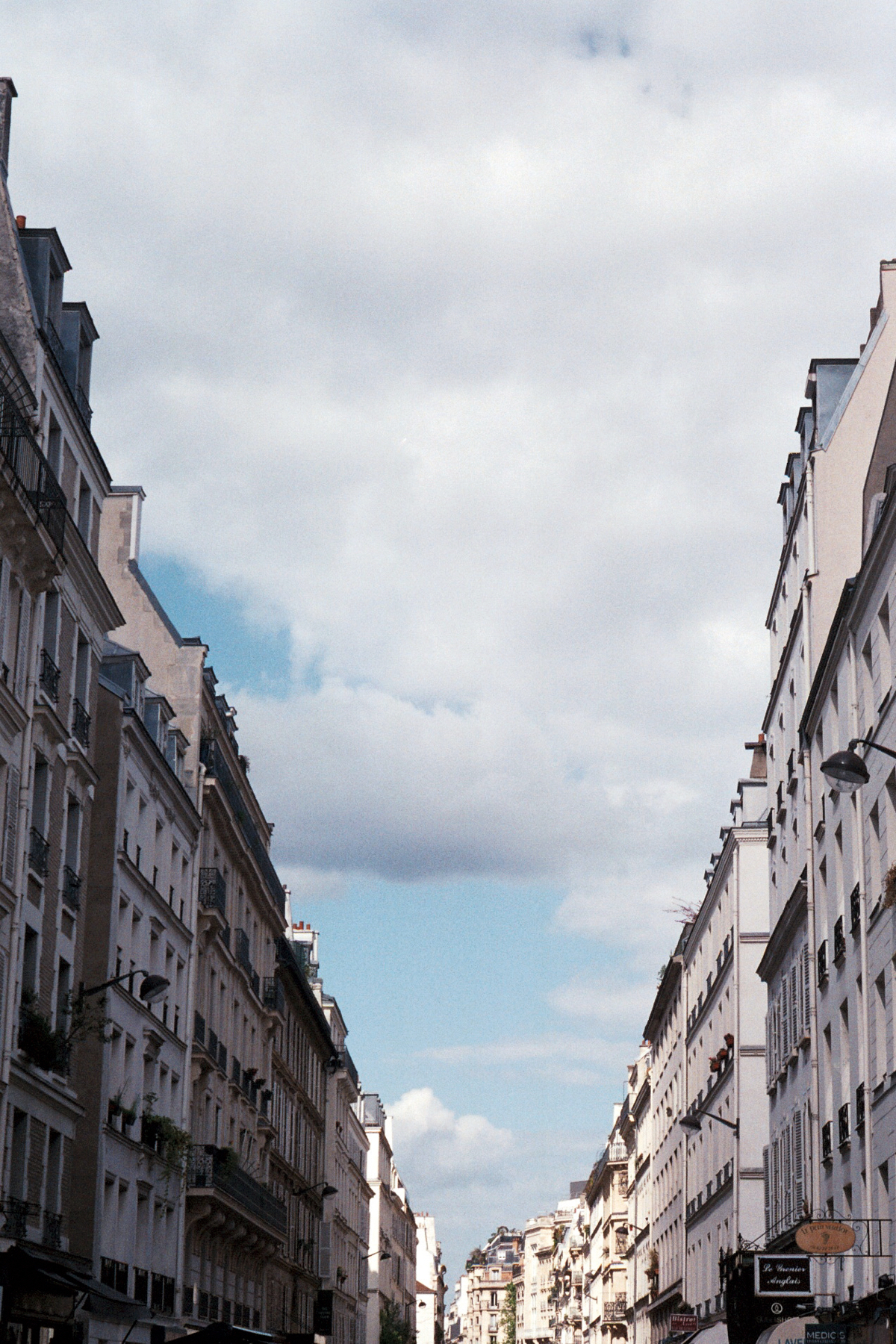
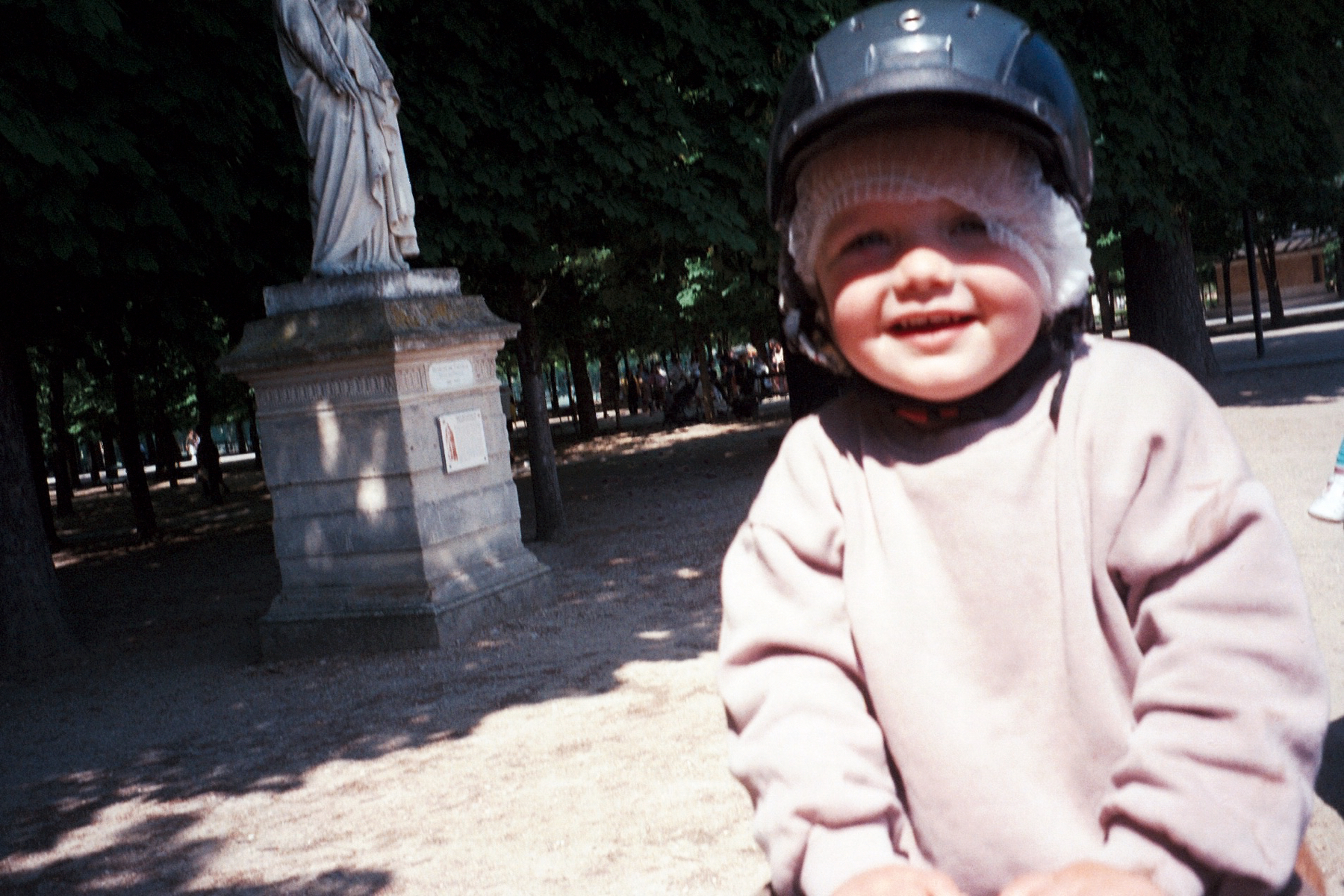
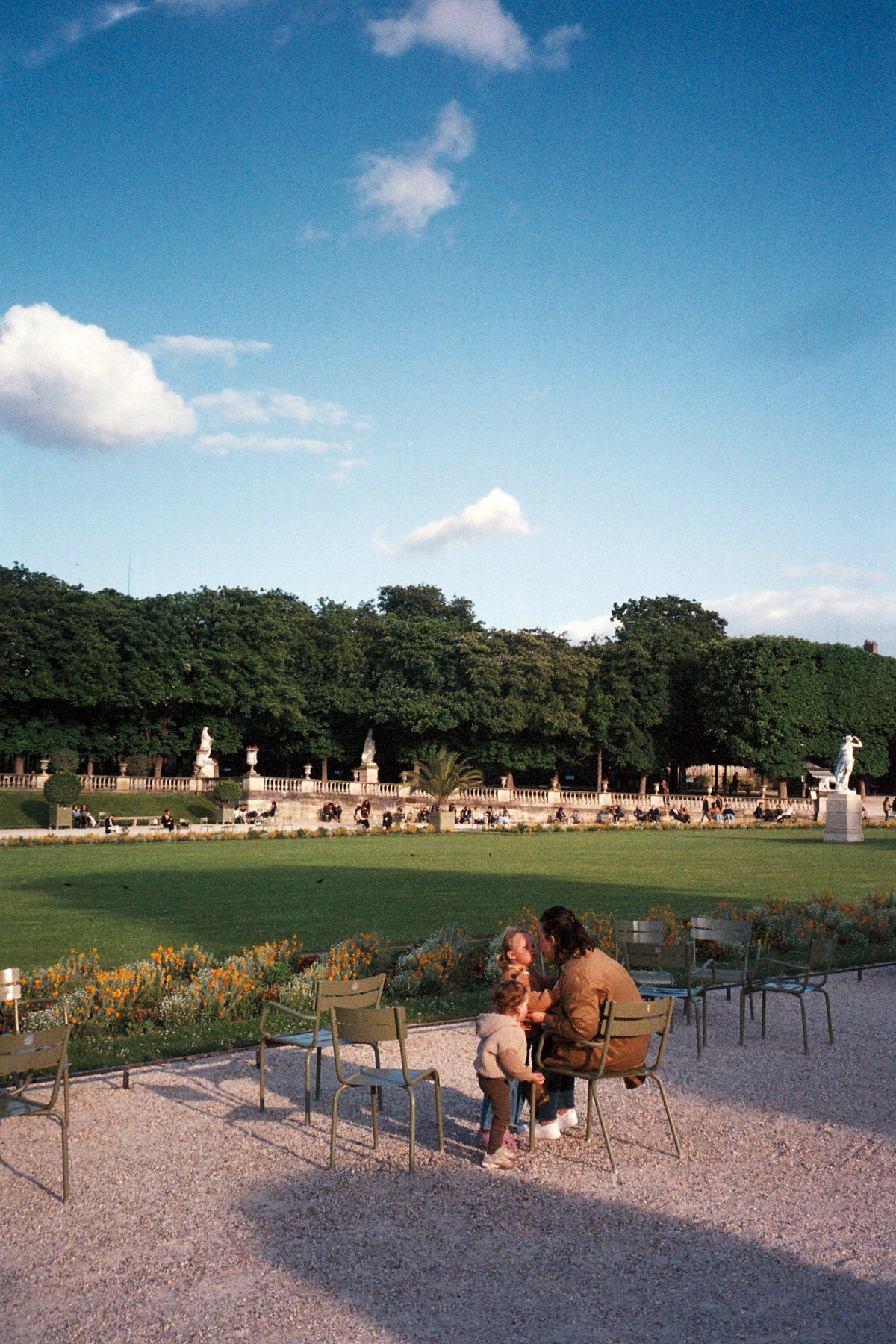
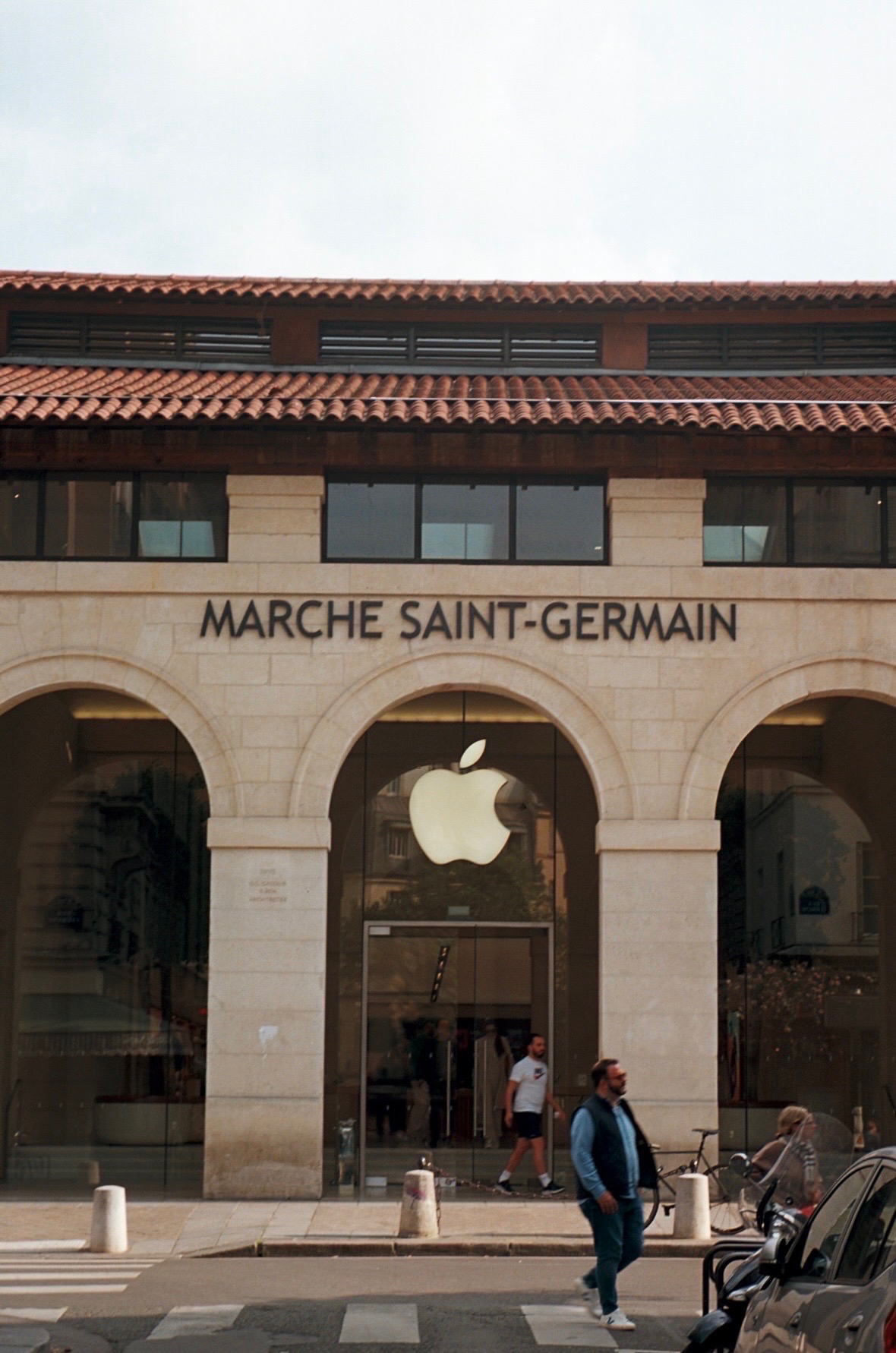
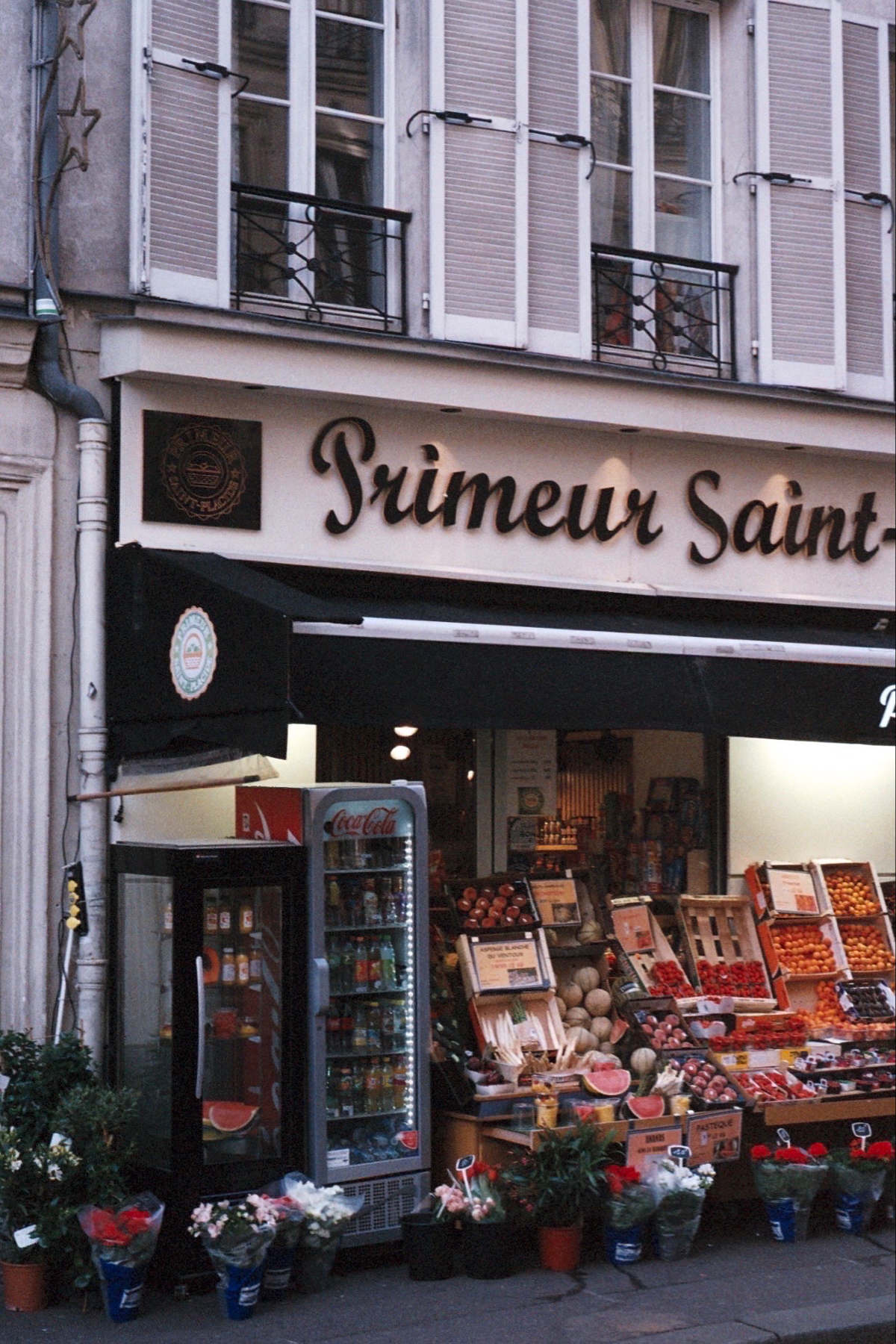
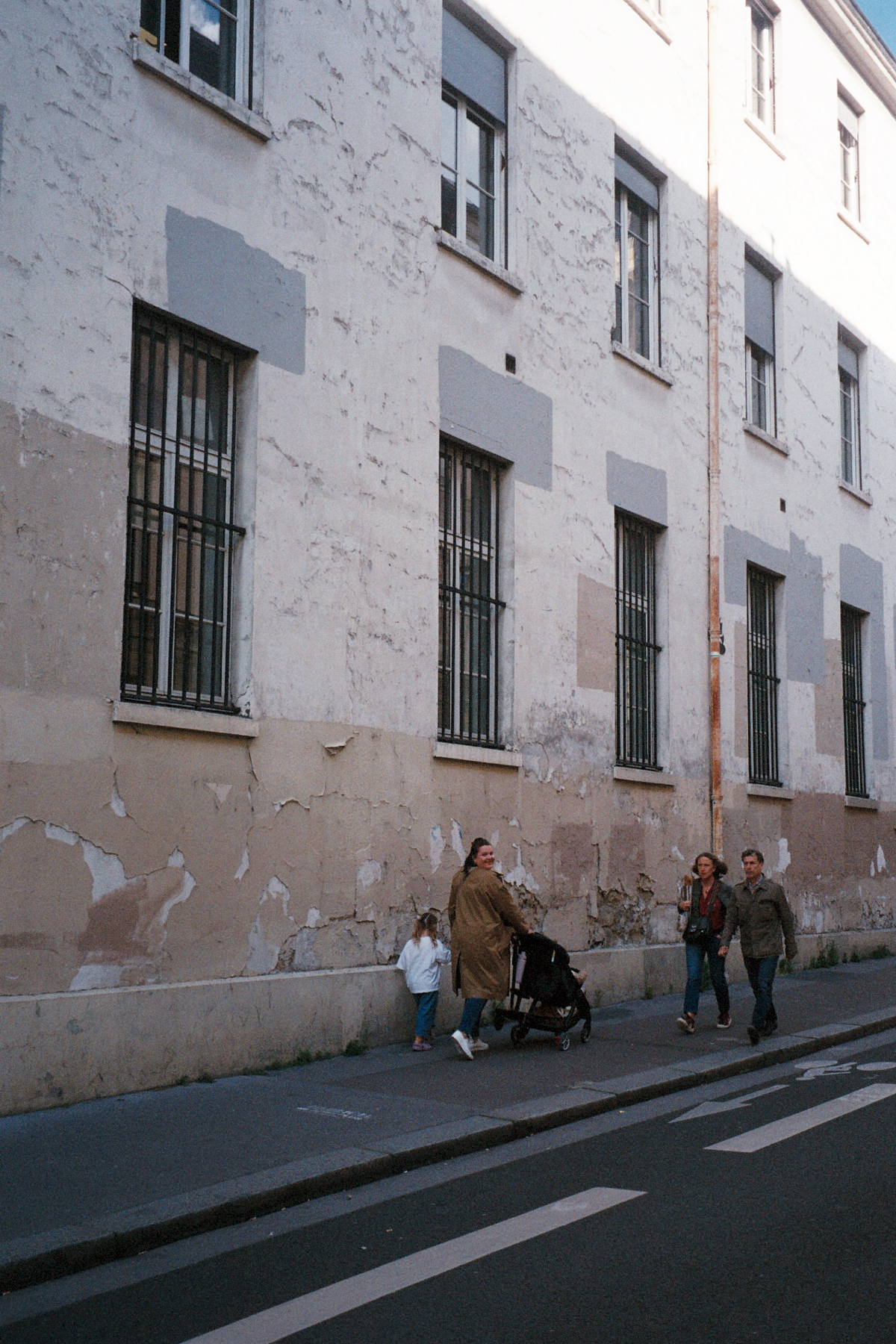
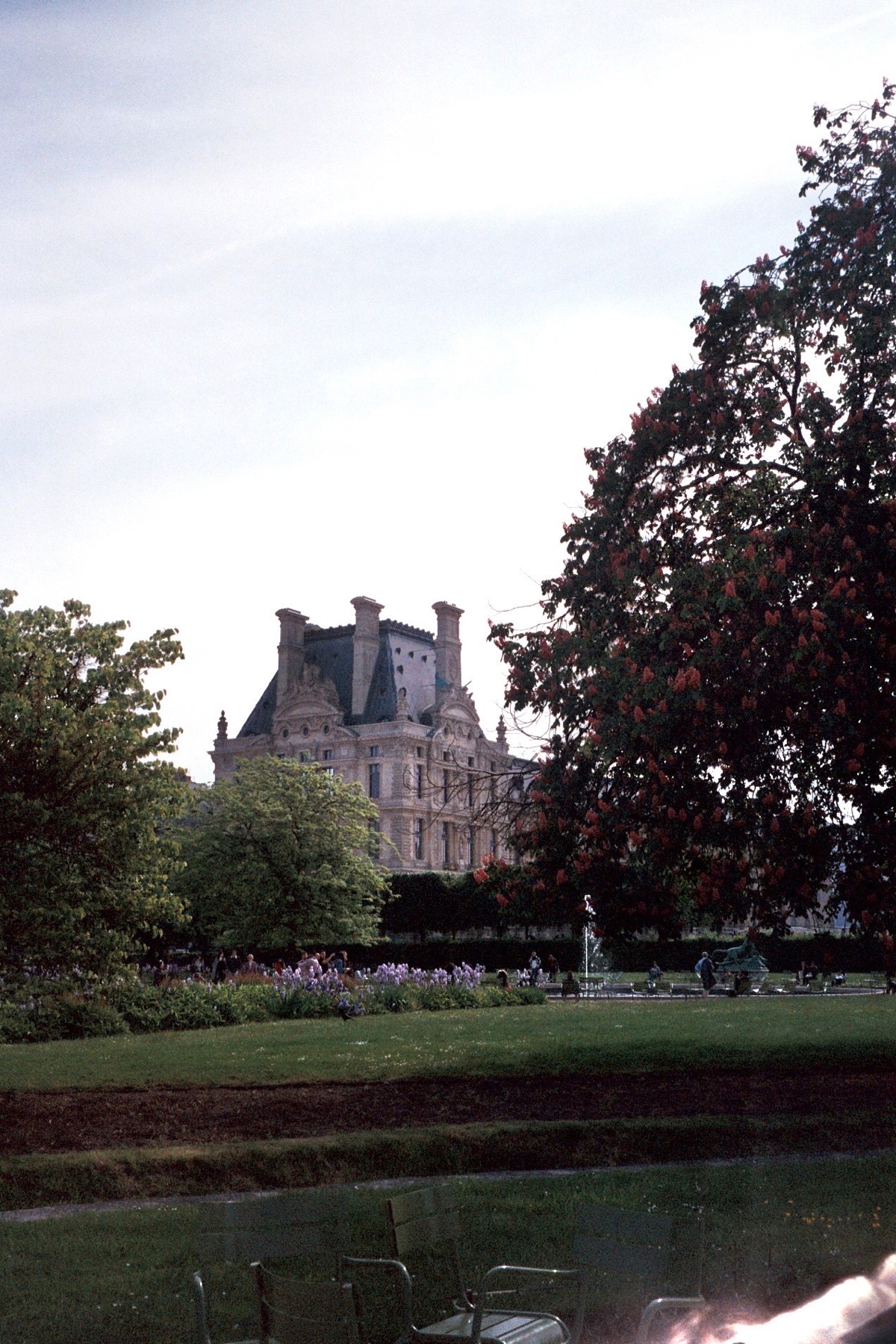
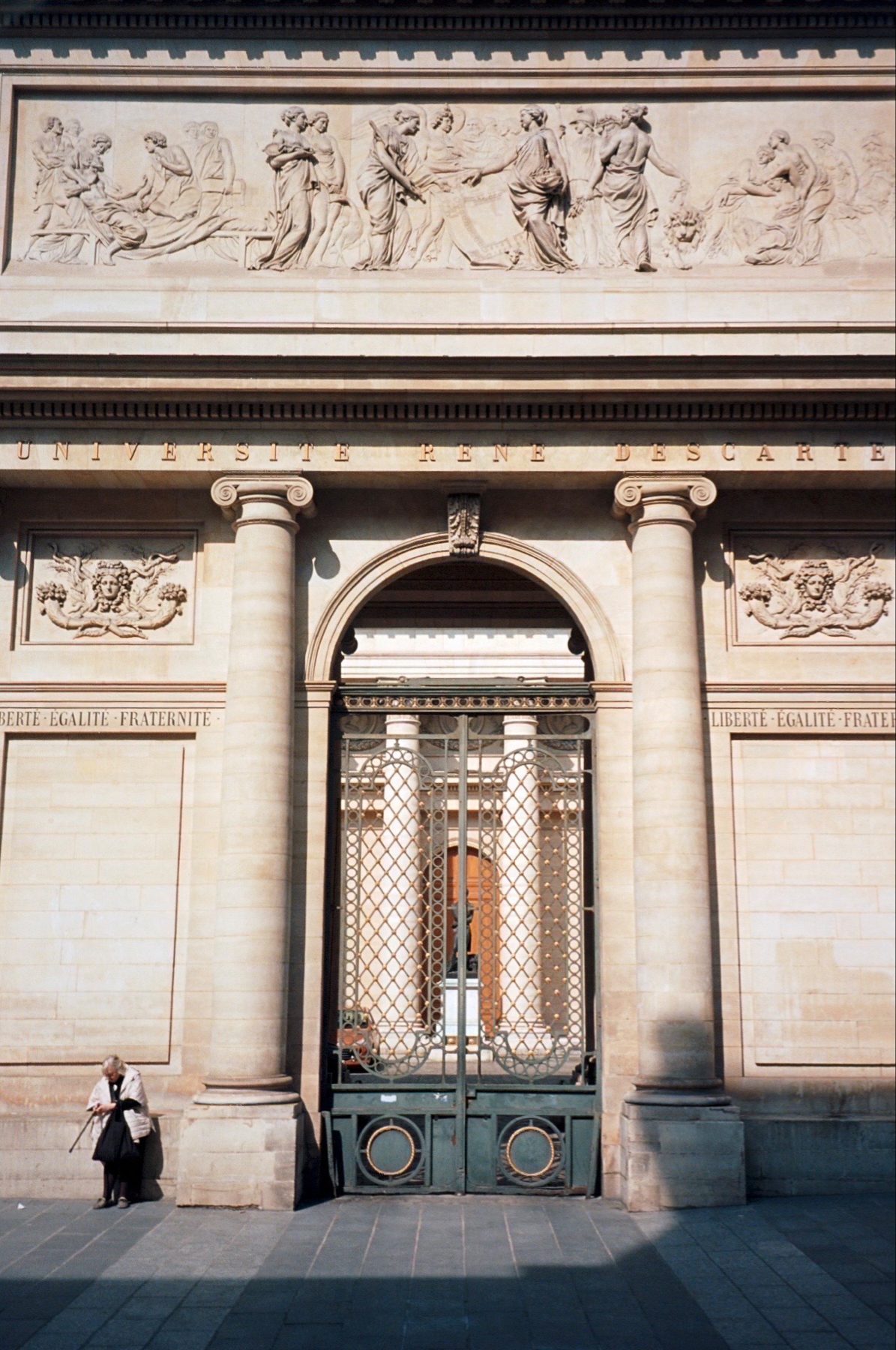
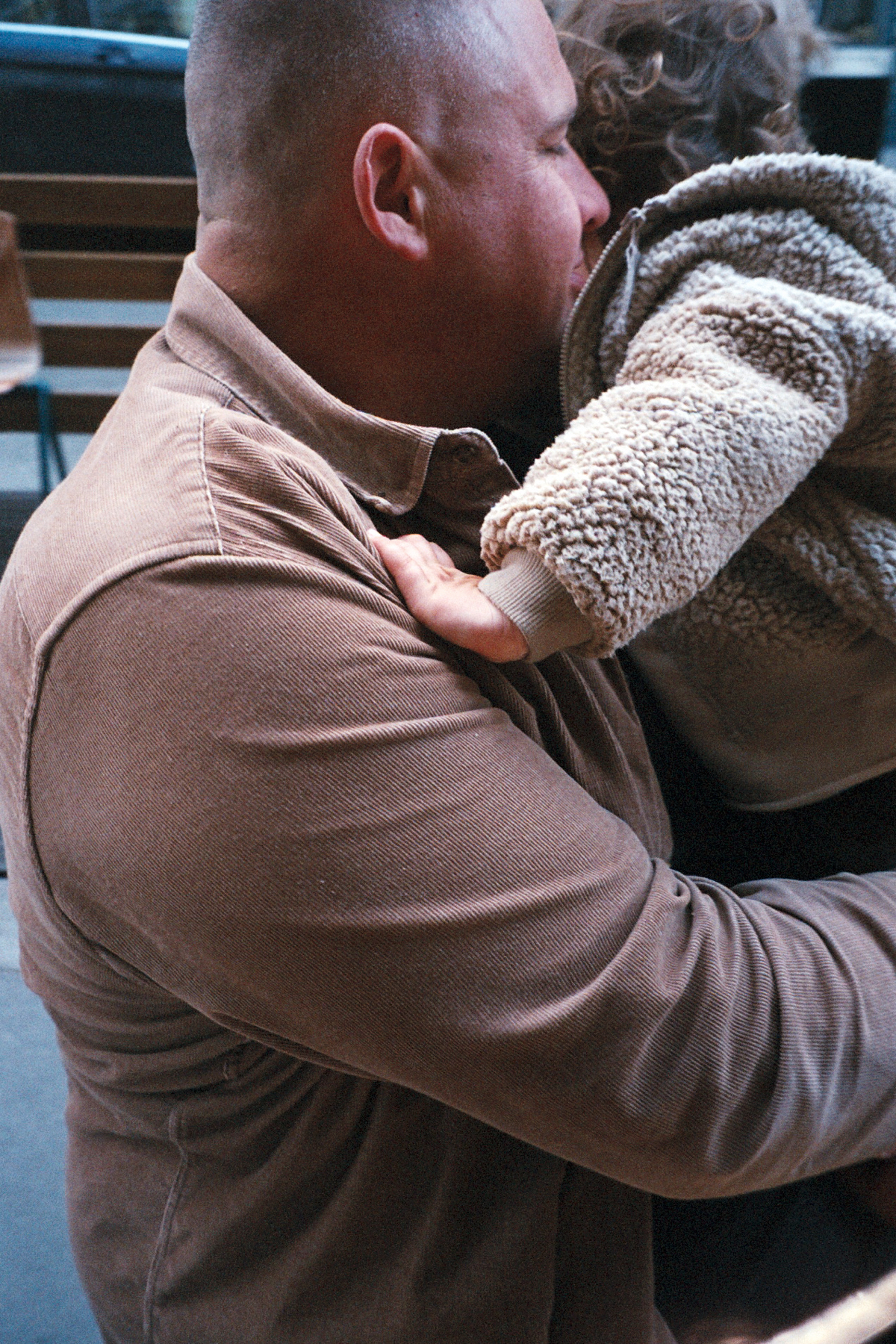
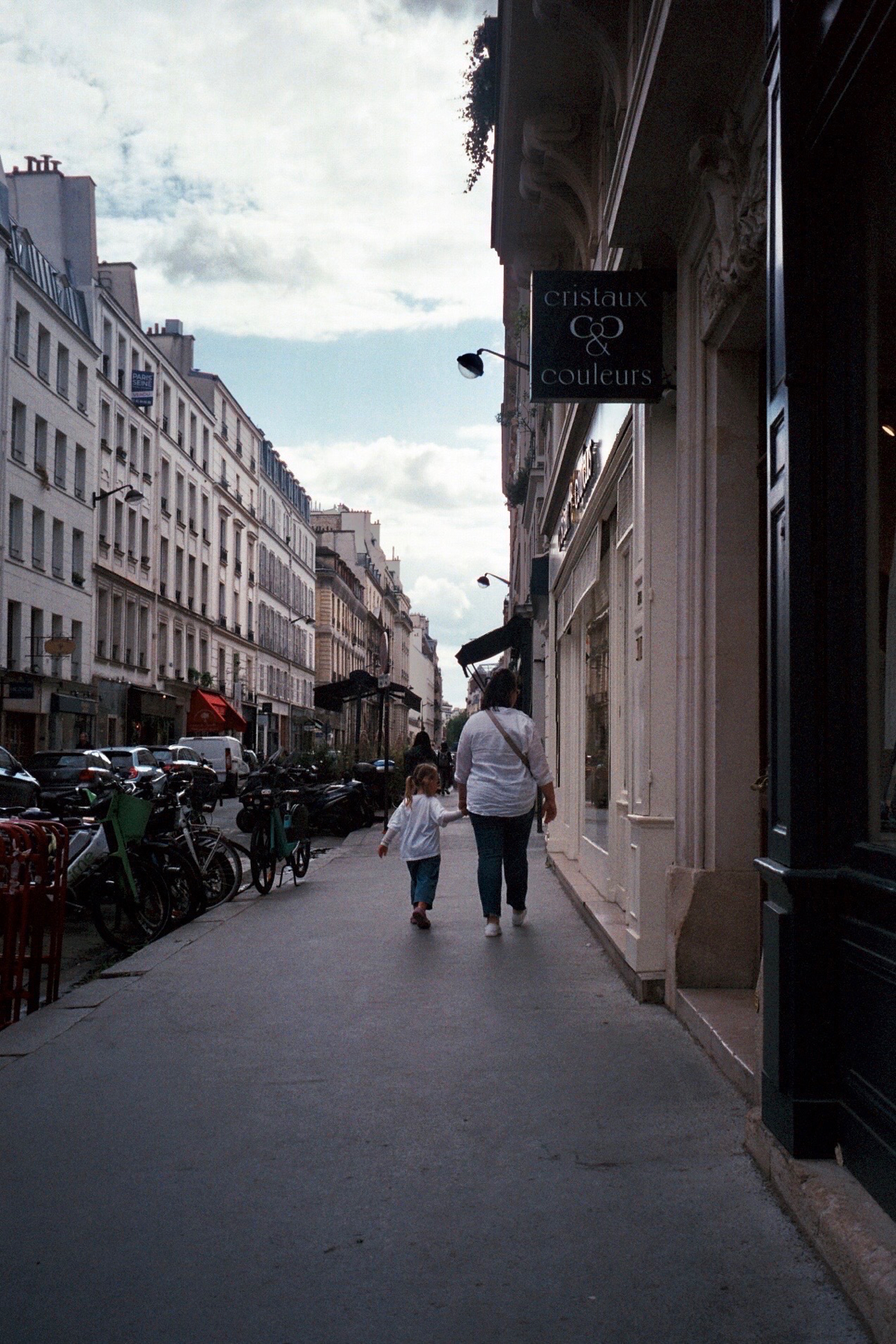
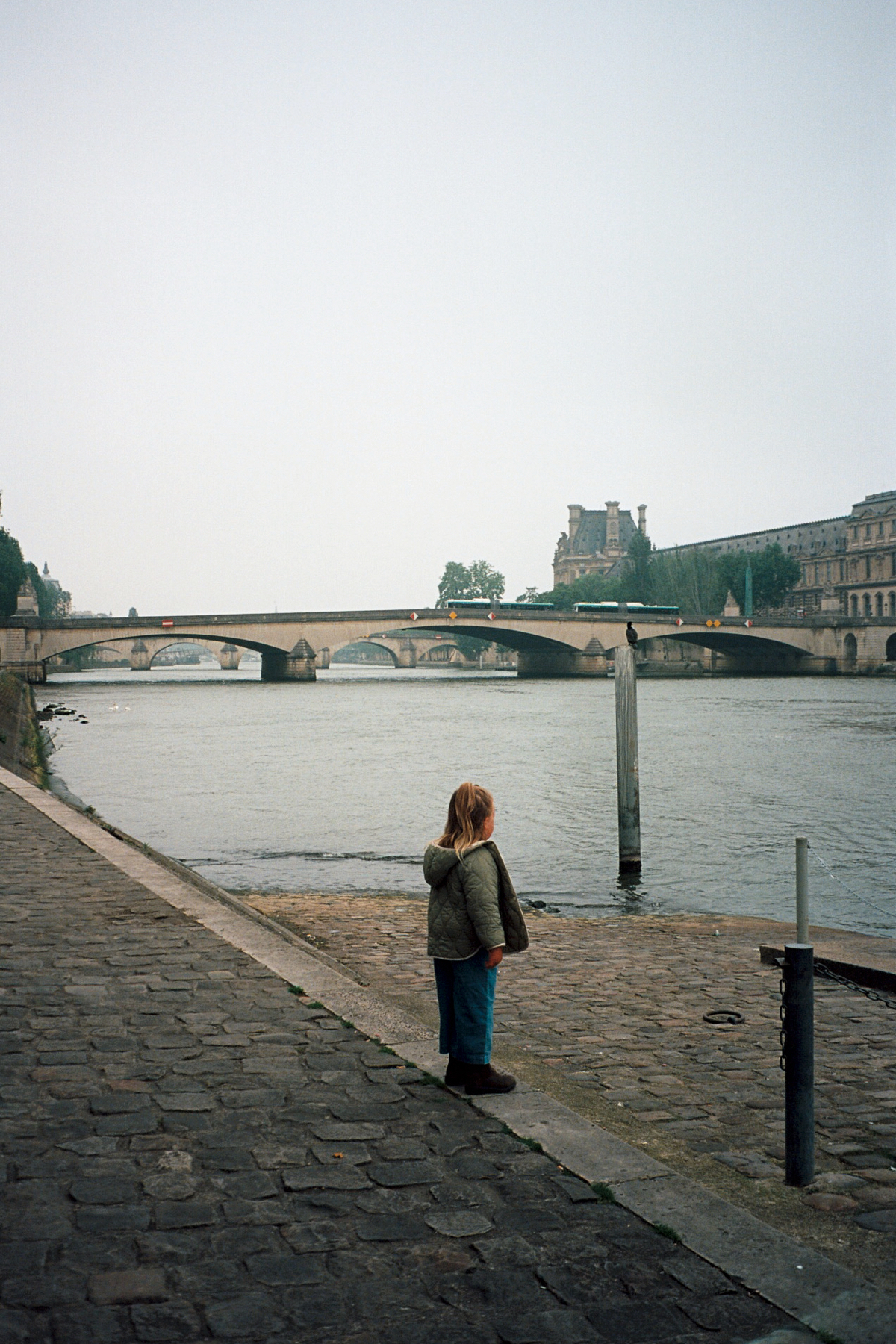
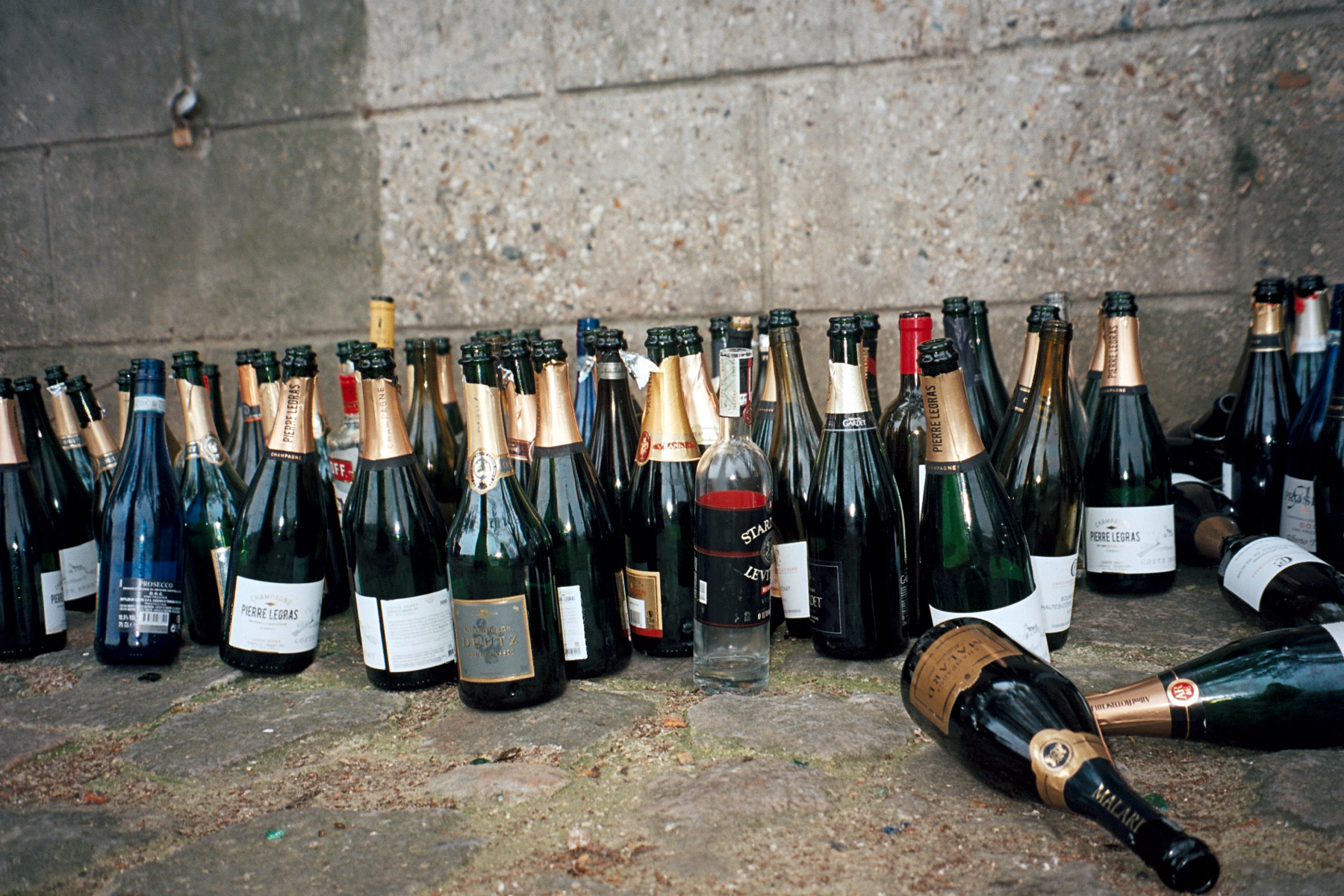
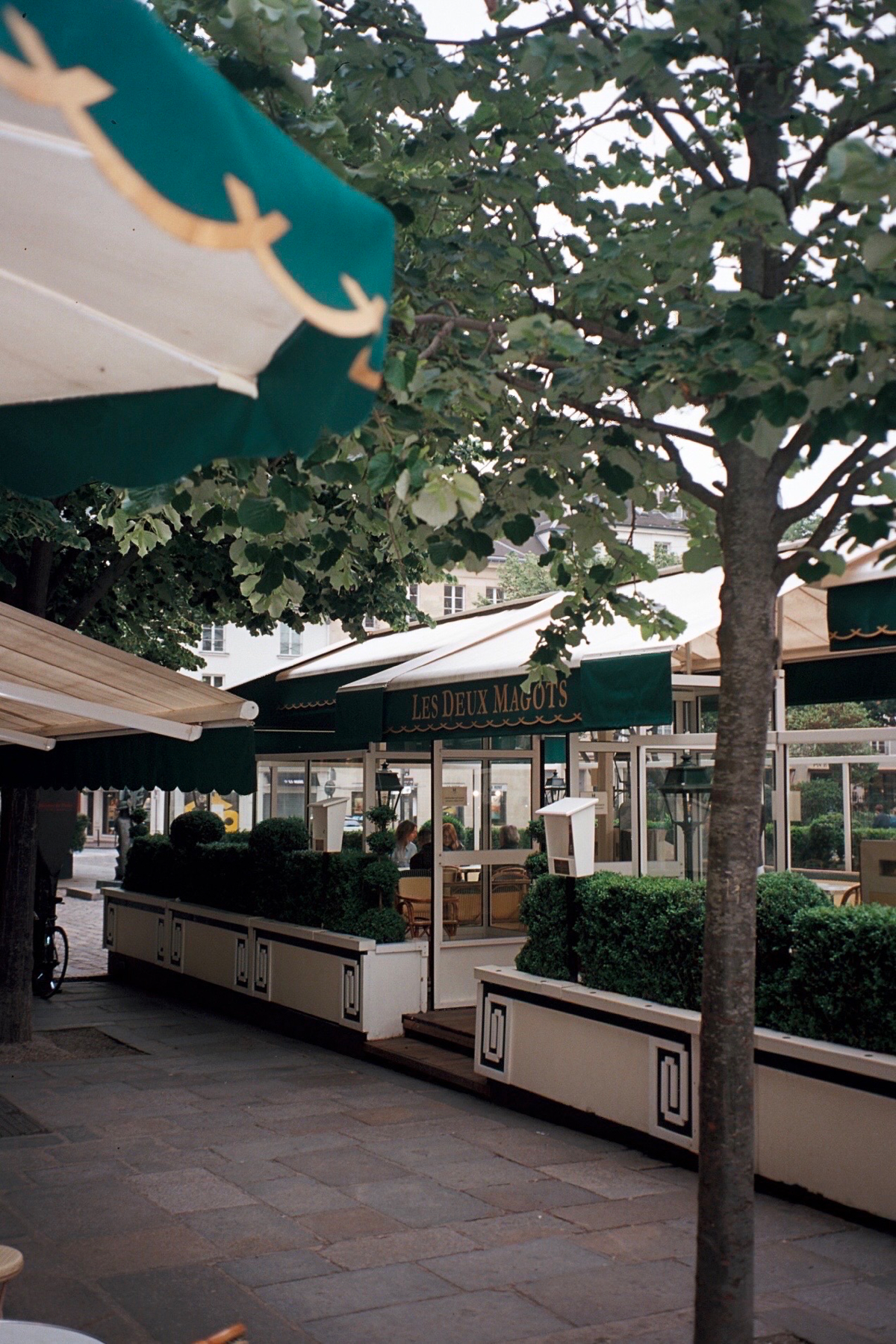
My favourite thing to do in the big cities of the world is to ignore the must-do lists, the must-see places, the hotspots and the icons, and to just walk around and exist in a different big city. Walking down random streets, getting bad coffee at little-known cafes, and finding the unseen parts of a city. The towers, cathedrals, arches and museums are cool and we inevitably end up there. But there’s something really interesting to me about experiencing another people’s normal.
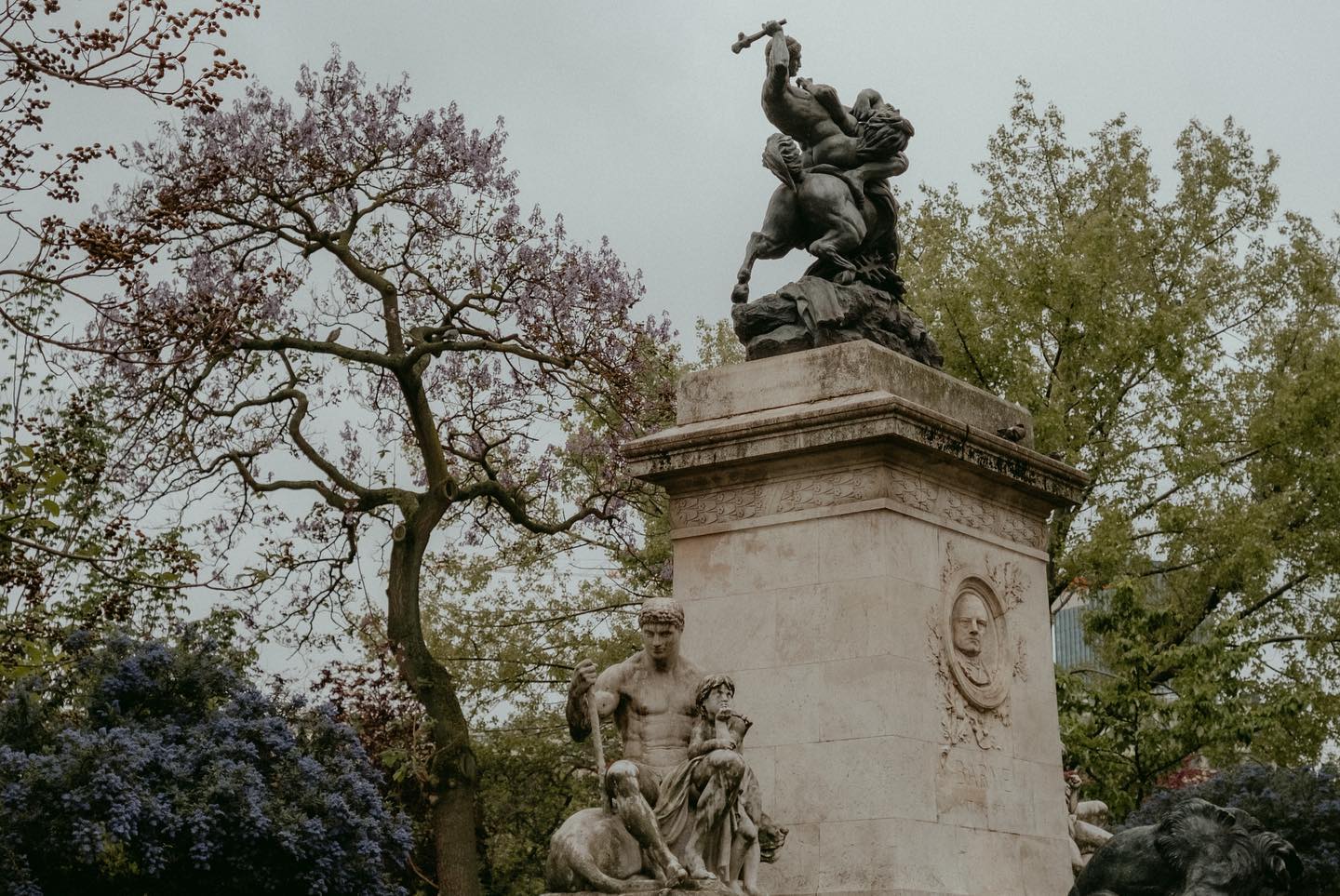
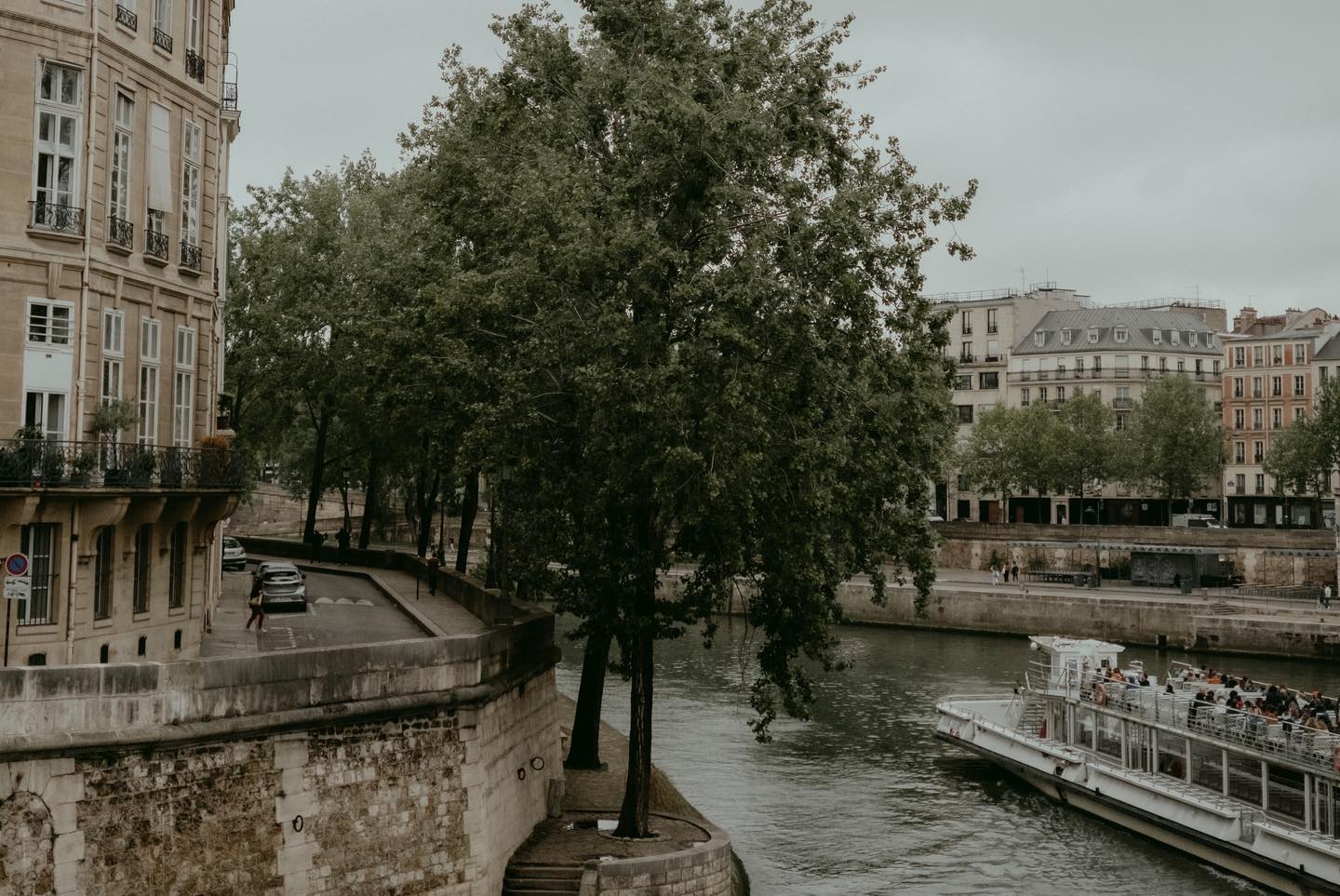
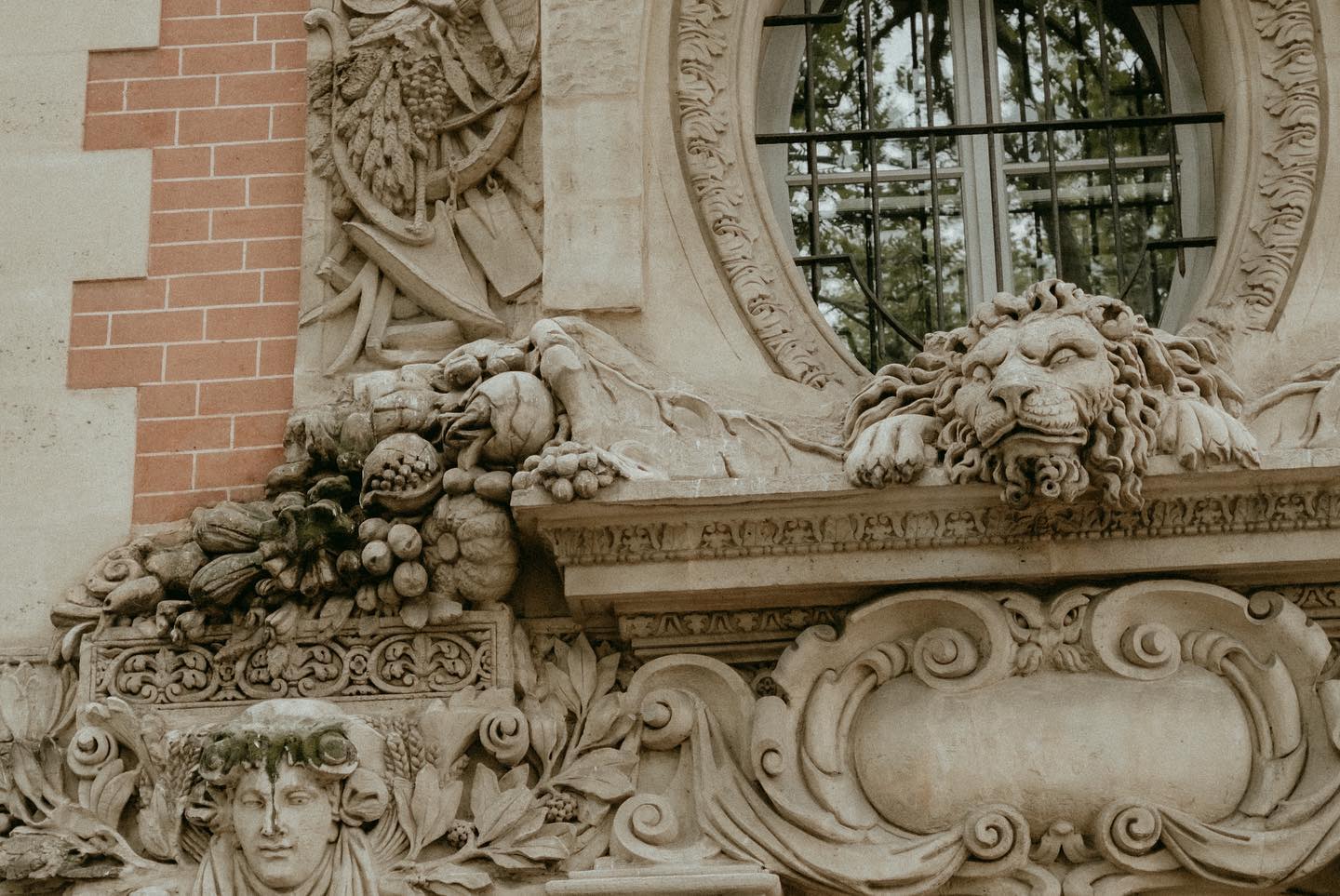
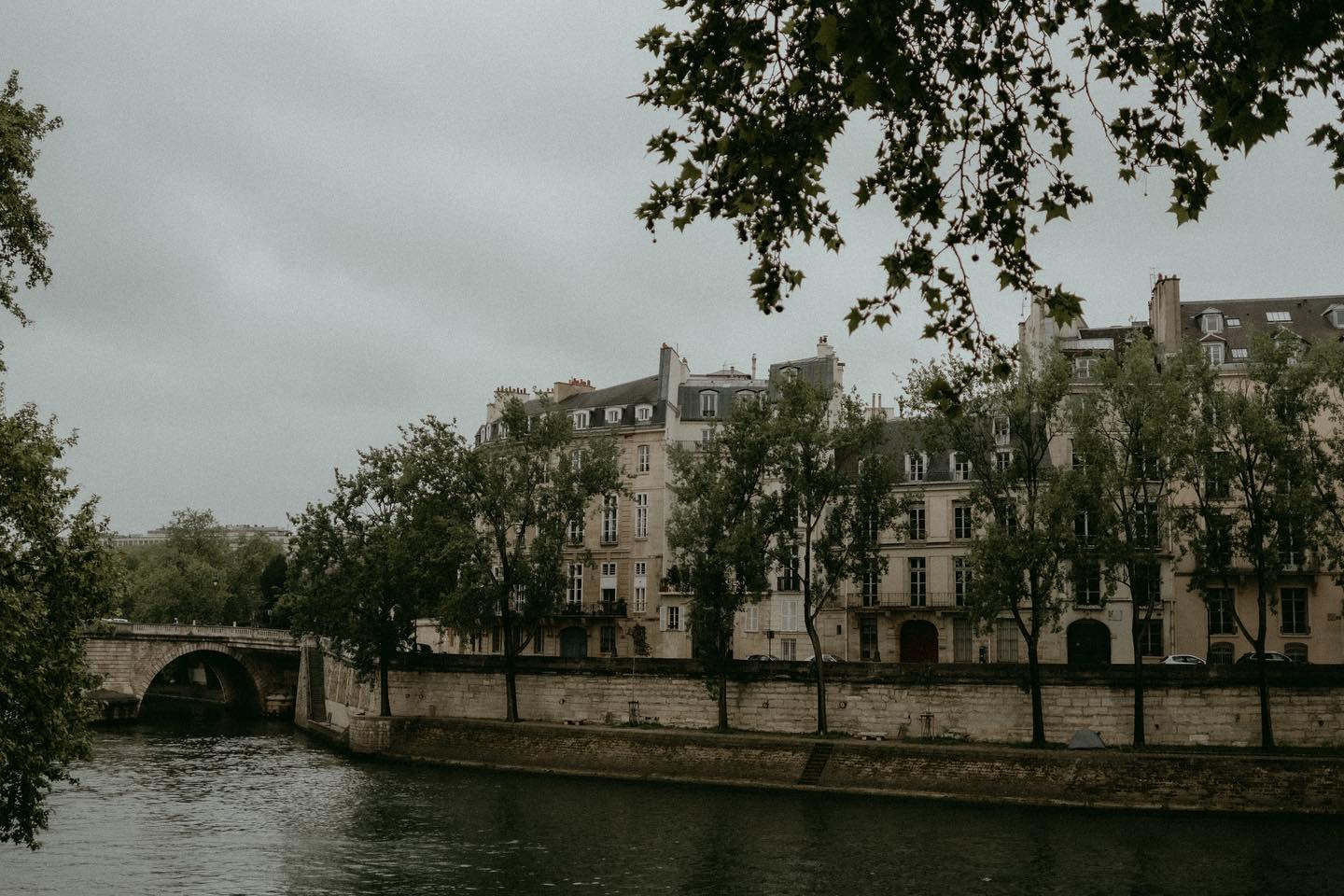

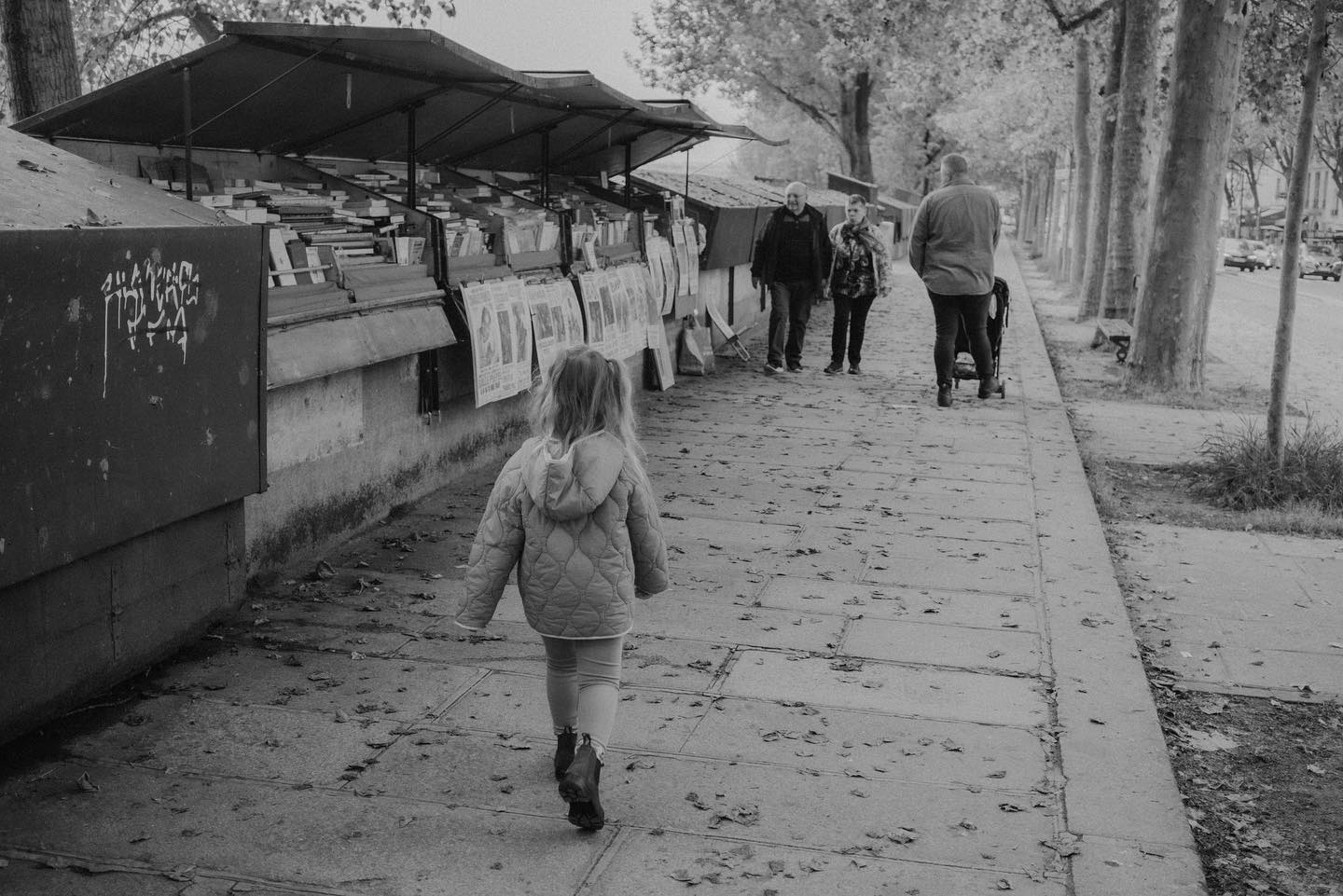
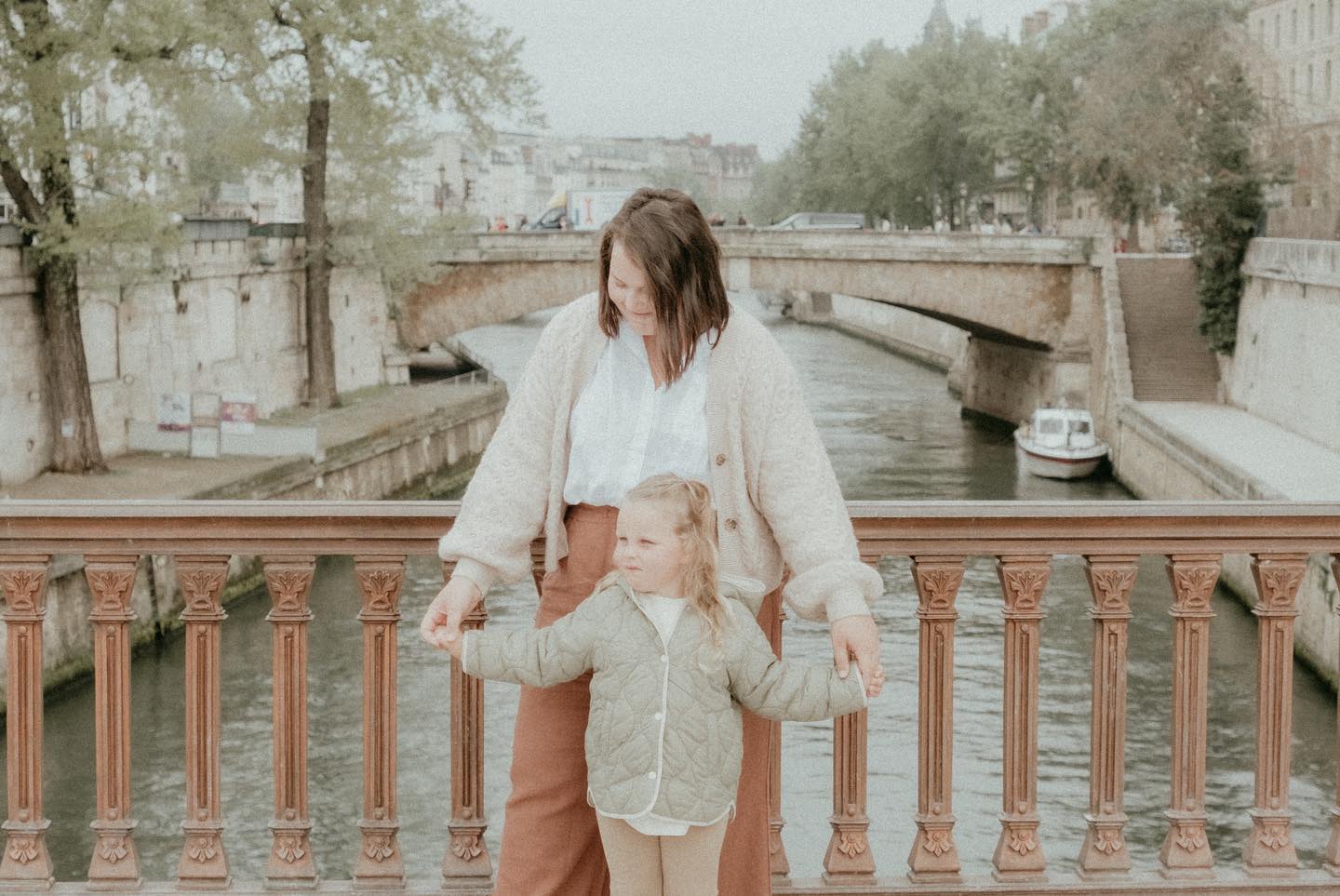
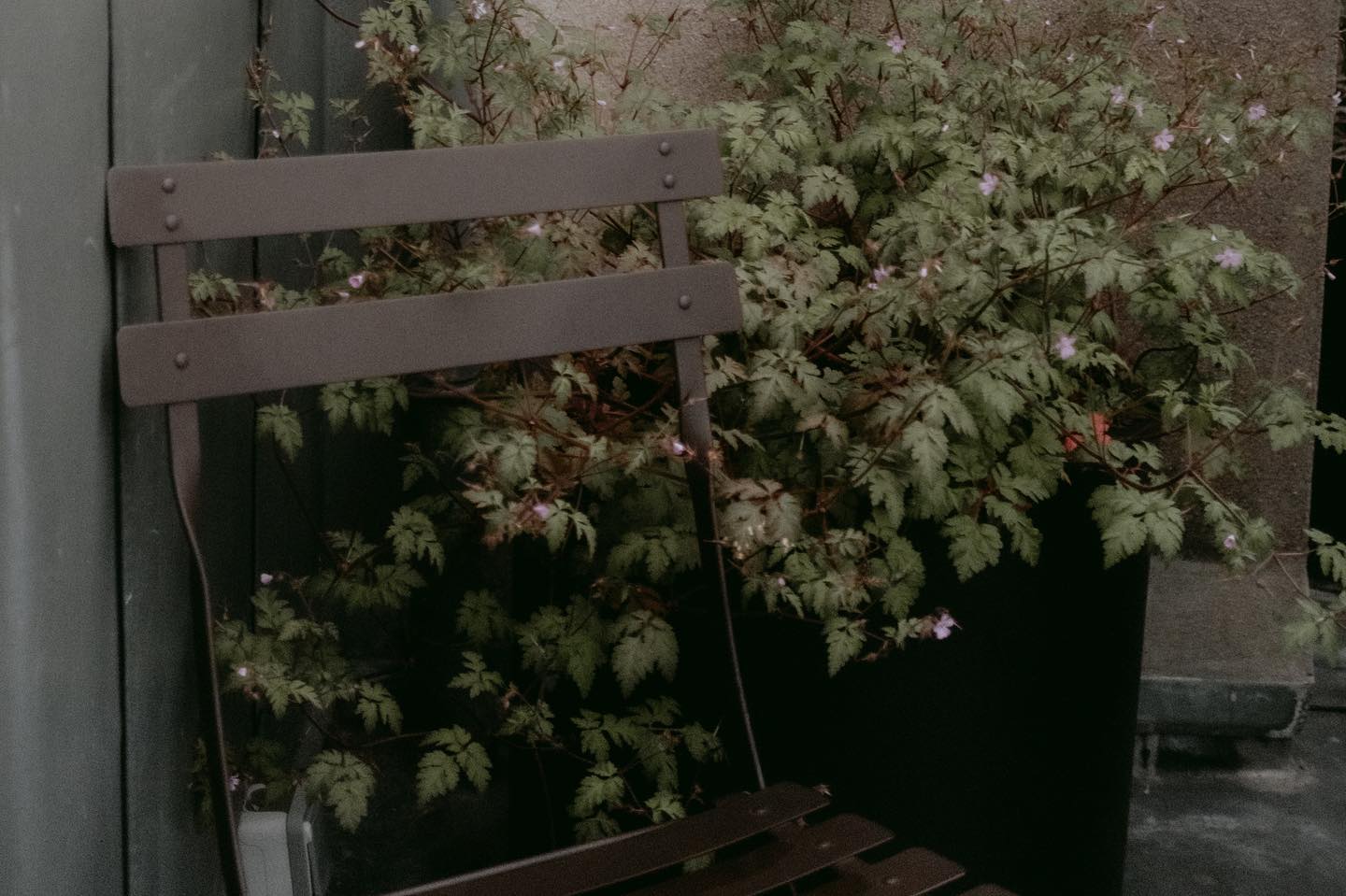
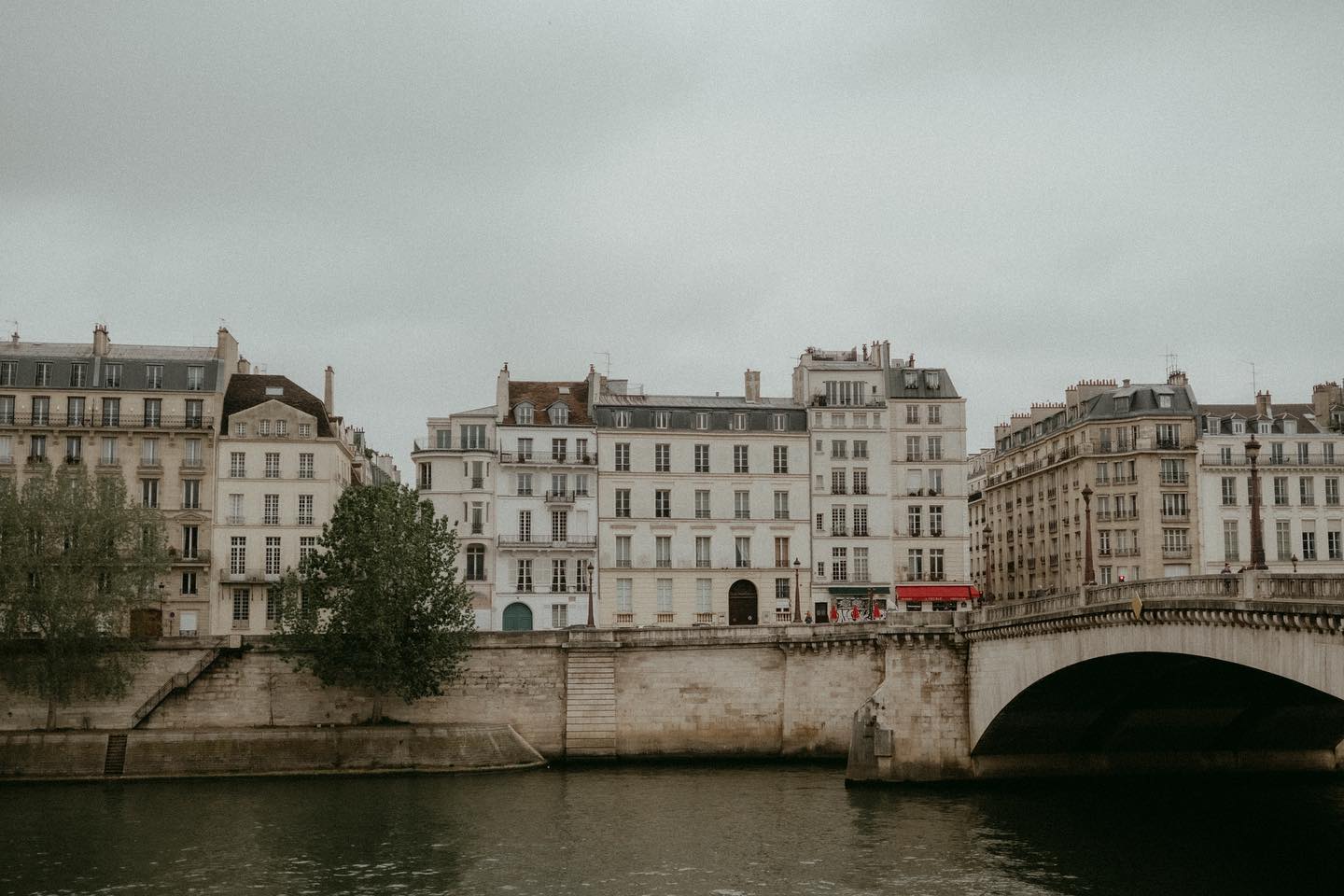

My review and photos of the TWA Hotel at JFK Airport
Let me spin you a yarn about my favourite airport hotel, the TWA Hotel at JFK Airport in New York. This hotel is a real beauty, with a great story behind it.
Once upon a time, in the golden era of air travel, TWA - Trans World Airlines - was a big shot in the aviation world. Their Flight Center at JFK Airport, designed by the legendary architect Eero Saarinen, was the bee’s knees when it opened in 1962. It was a true symbol of the Jet Age, with its swooping lines, massive windows, and ultra-modern interiors. But, like so much technology - particularly aviation technology - it was practically obsolete by the time it opened with the Lockheed Constellation it was planned to accommodate being swiftly replaced by jetliners. TWA sadly went belly up in January 2001 and was acquired by American Airlines, who then made most of the staff redundant later that year as September 11 left a dent in the air travel market.
For years the iconic TWA Flight Center sat empty, gathering dust and waiting for someone to give it a new lease on life. Enter MCR Development, who had the idea to turn the old bird into a swanky hotel. So, in 2018 they restored the Flight Center to its former glory and added two hotel wings with 512 guest rooms.
The building
Eero Saarinen is one of the great architects of the twentieth century and although the TWA Hotel is a little different to the TWA Flight Center Saarinen designed, it’s still got the Eero blood running through its entire fuselage.
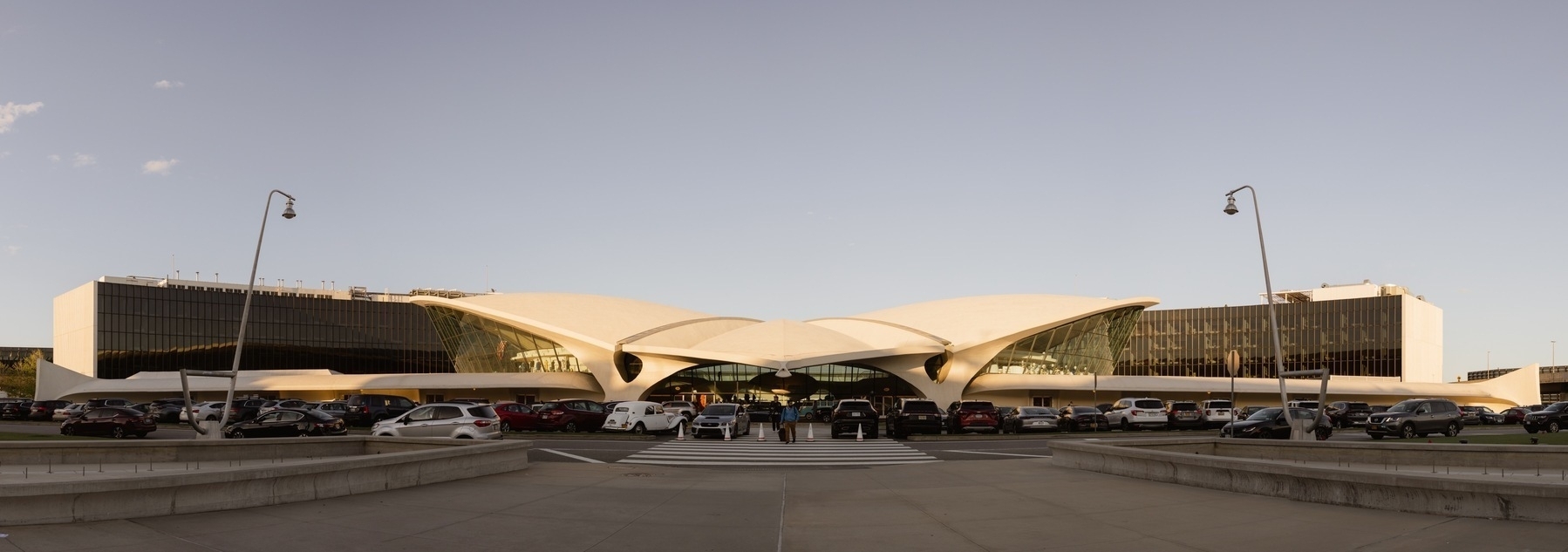
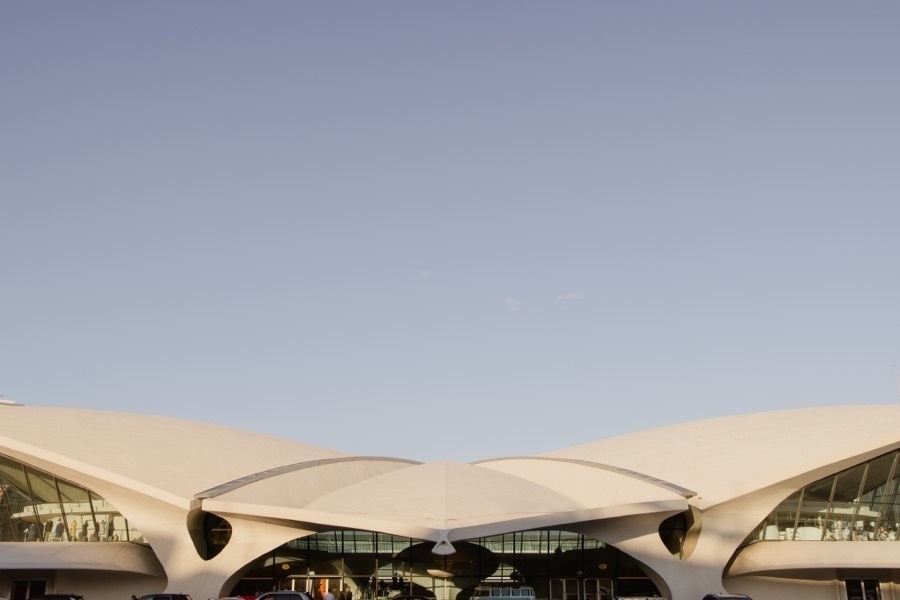
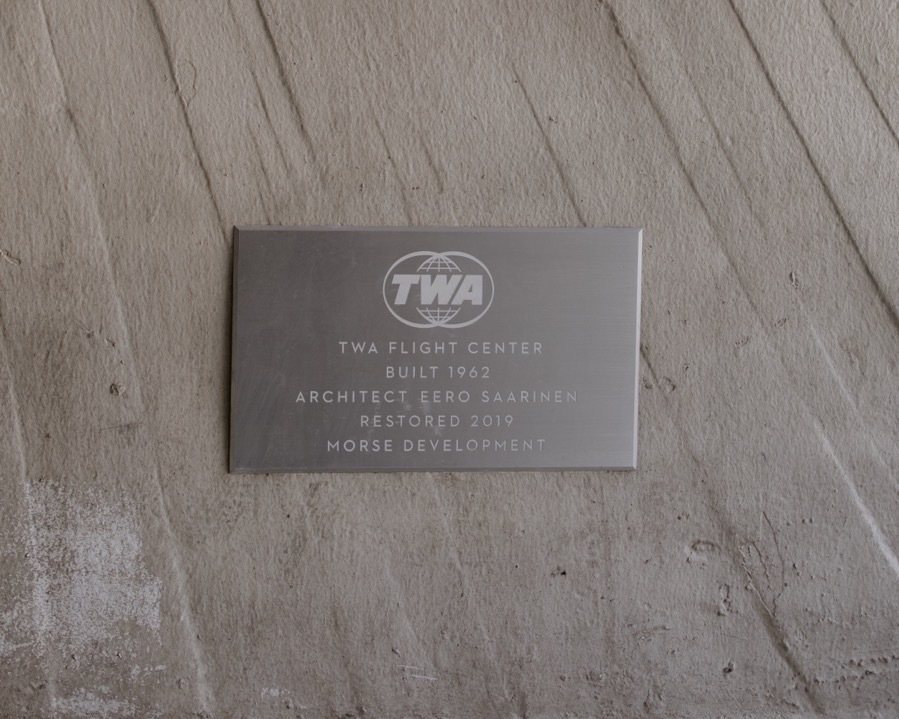
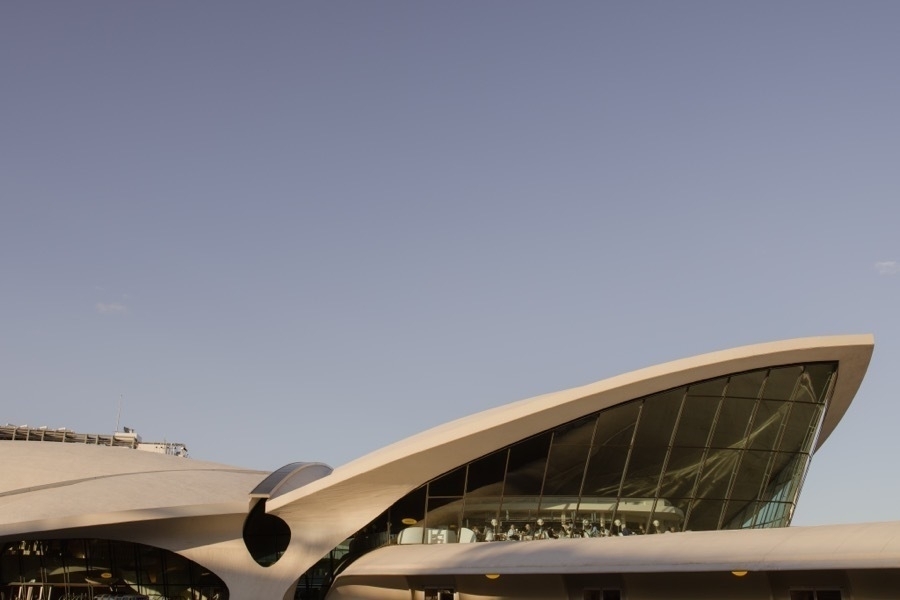
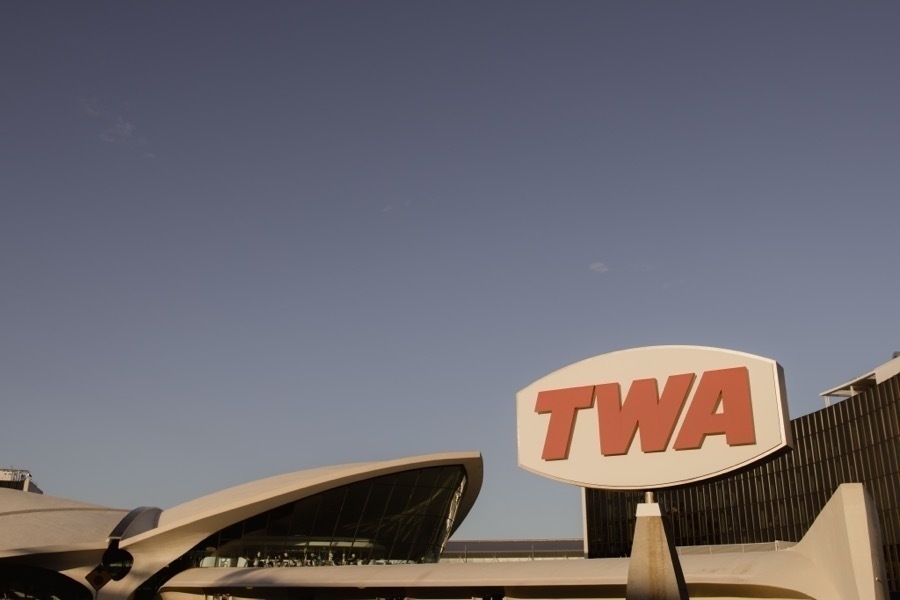
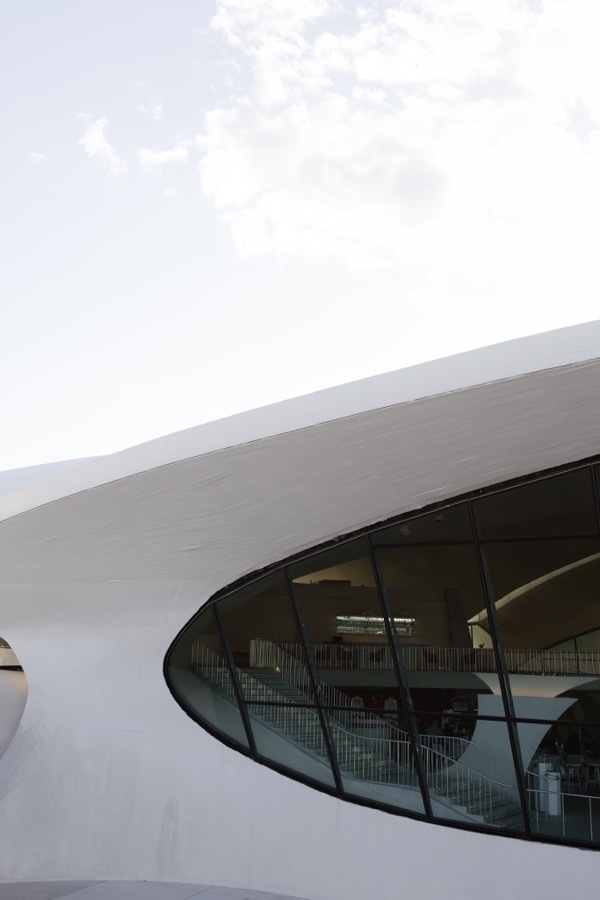
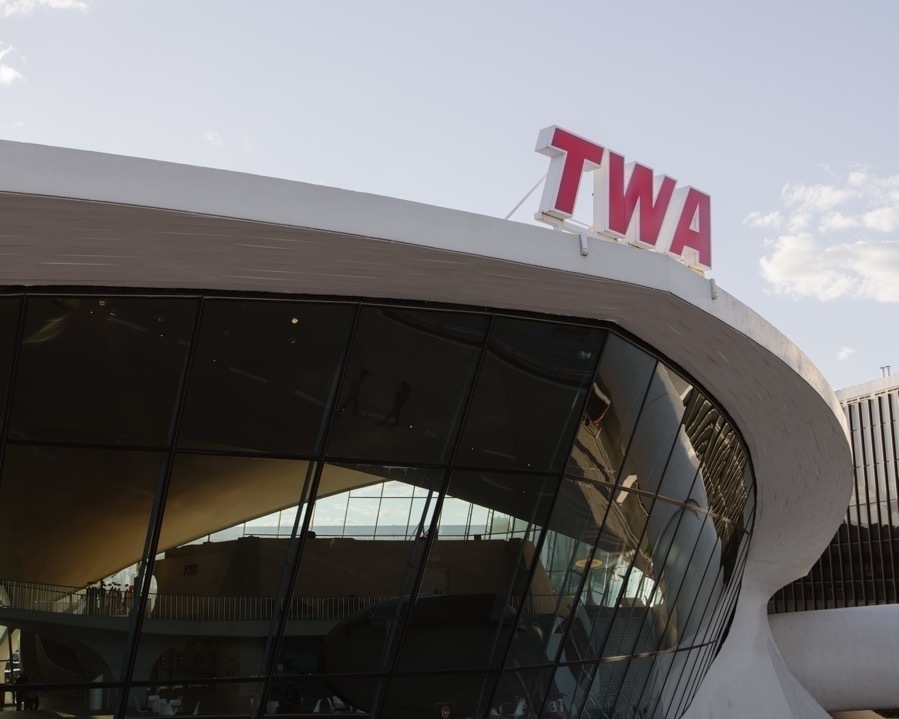
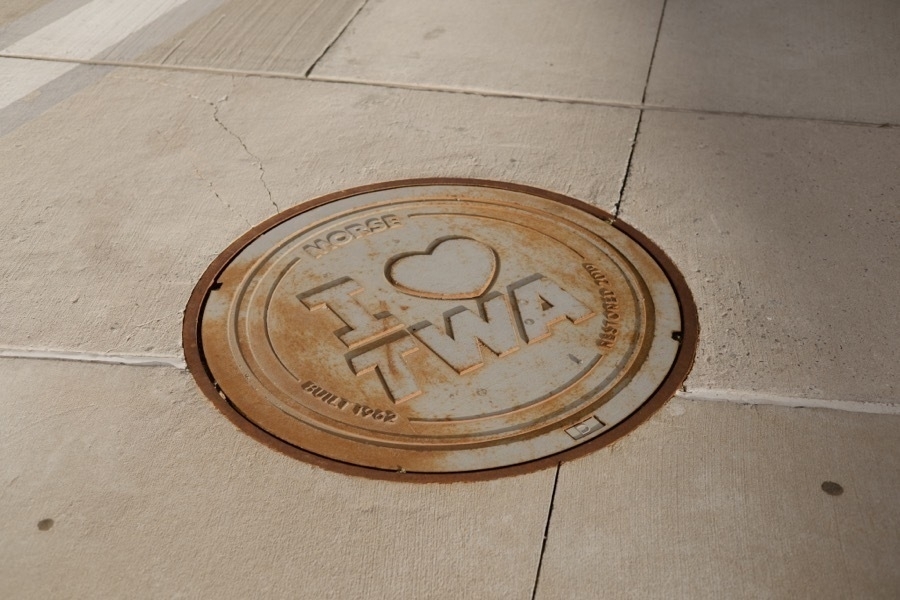
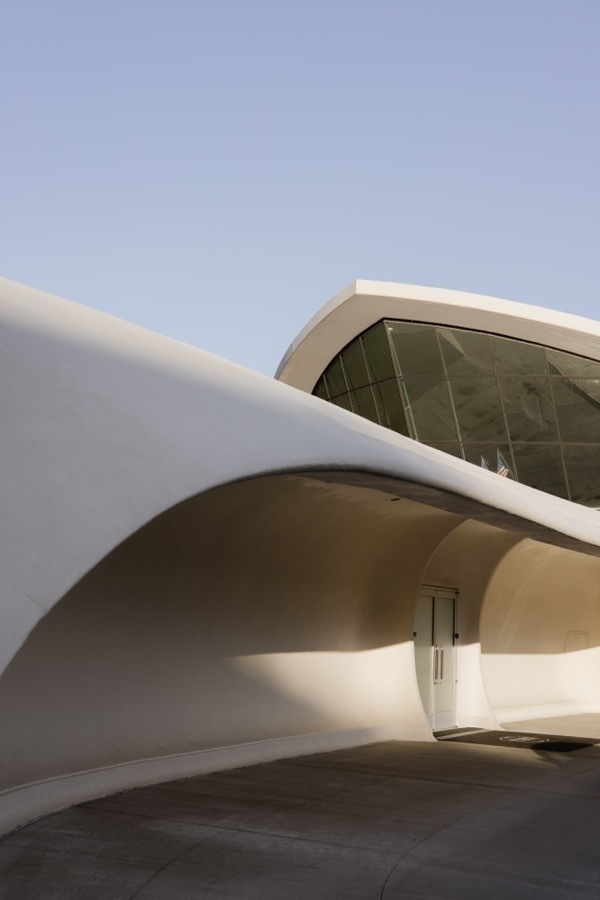

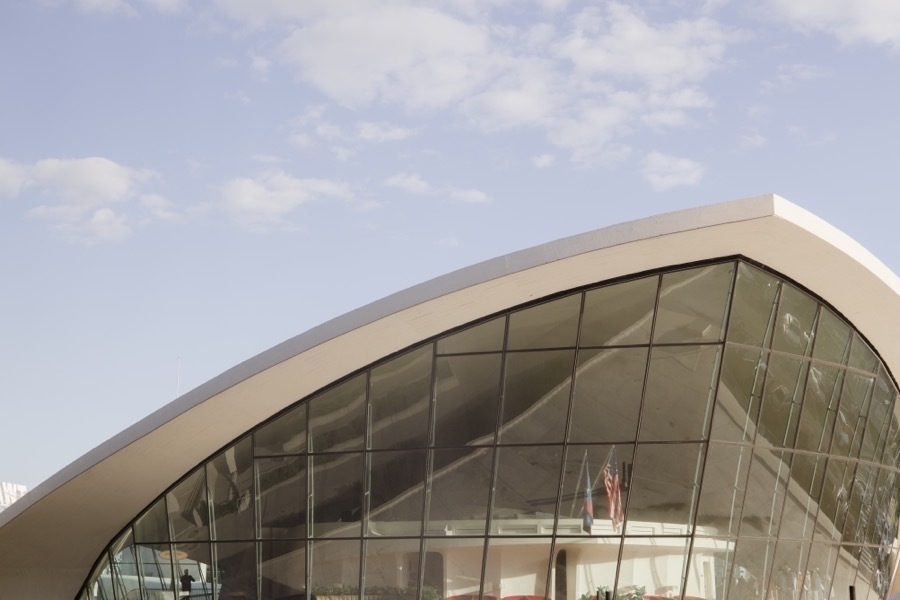
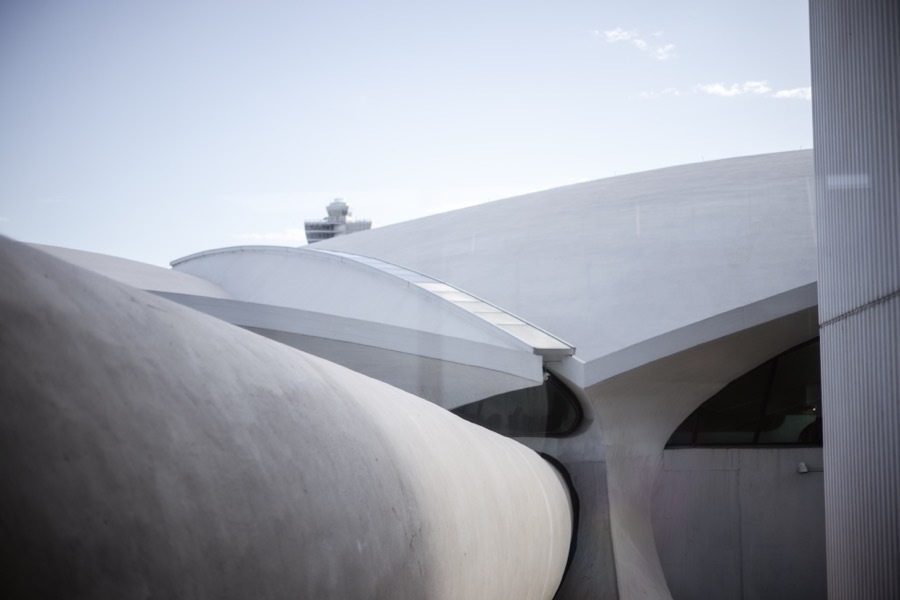
Inside
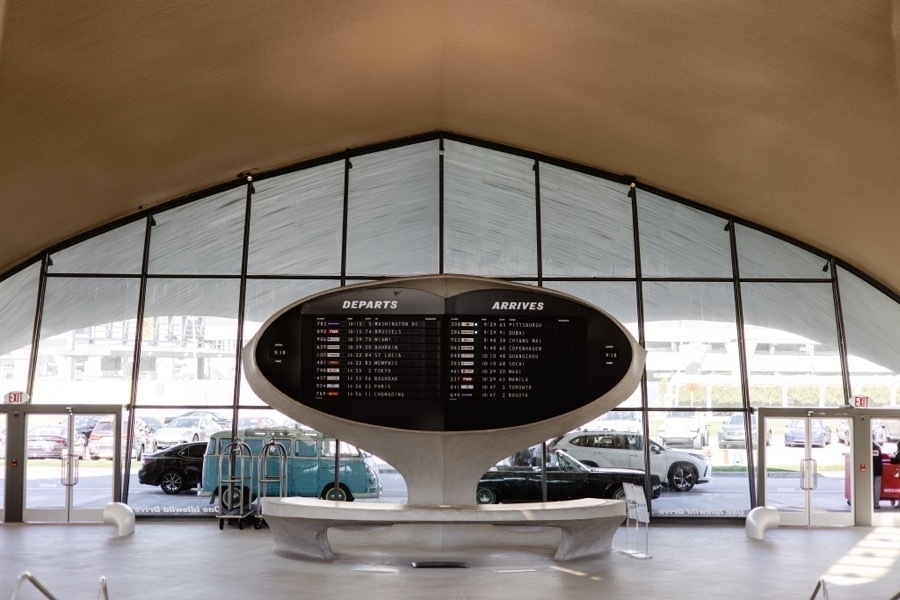
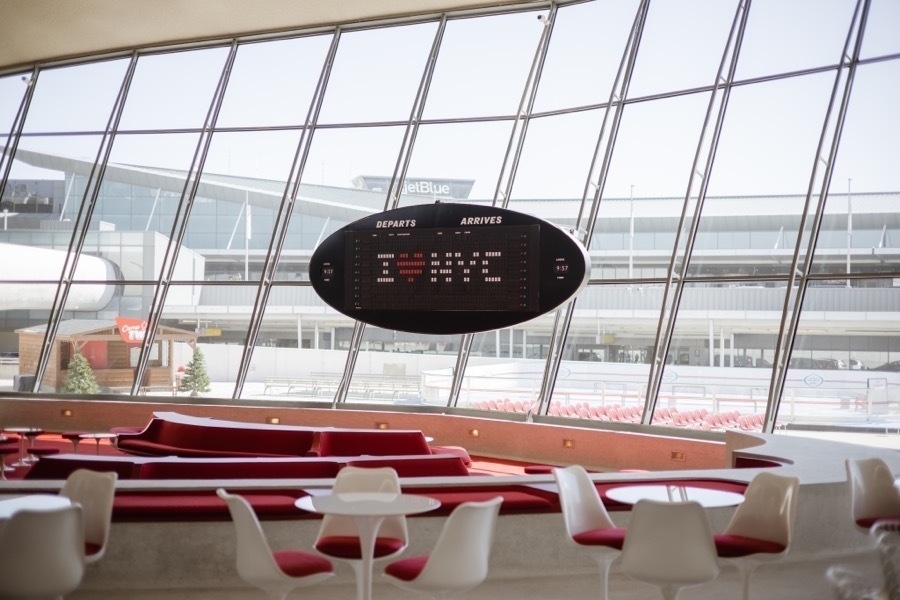
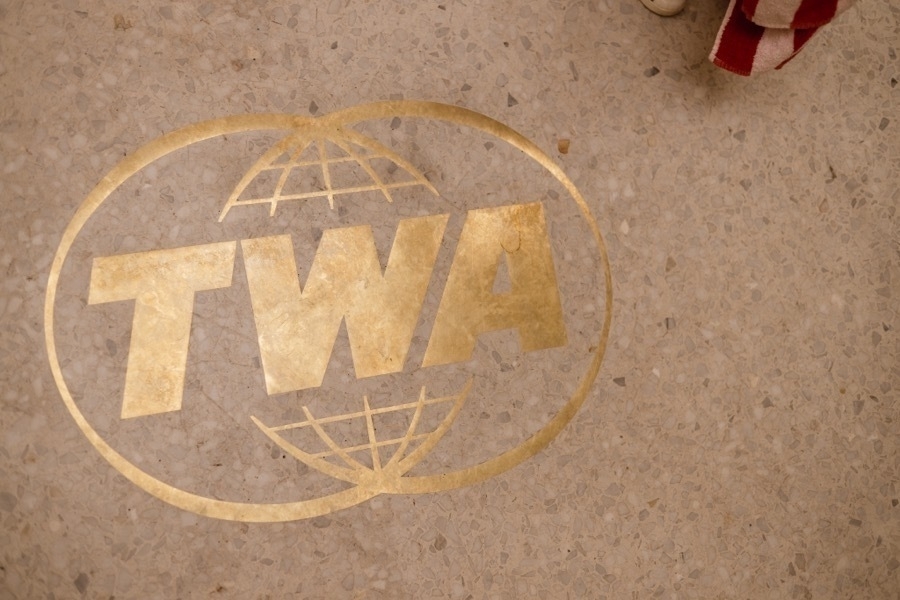
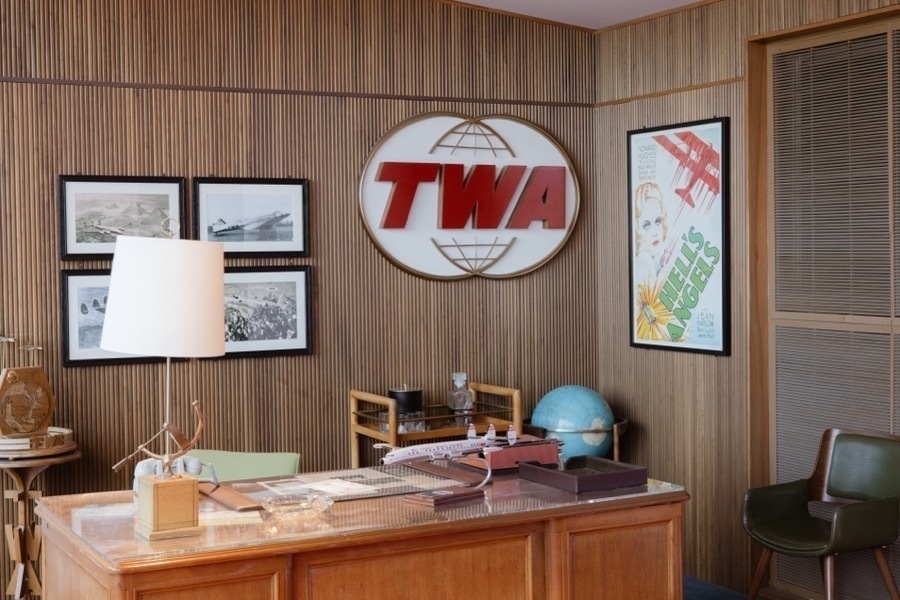
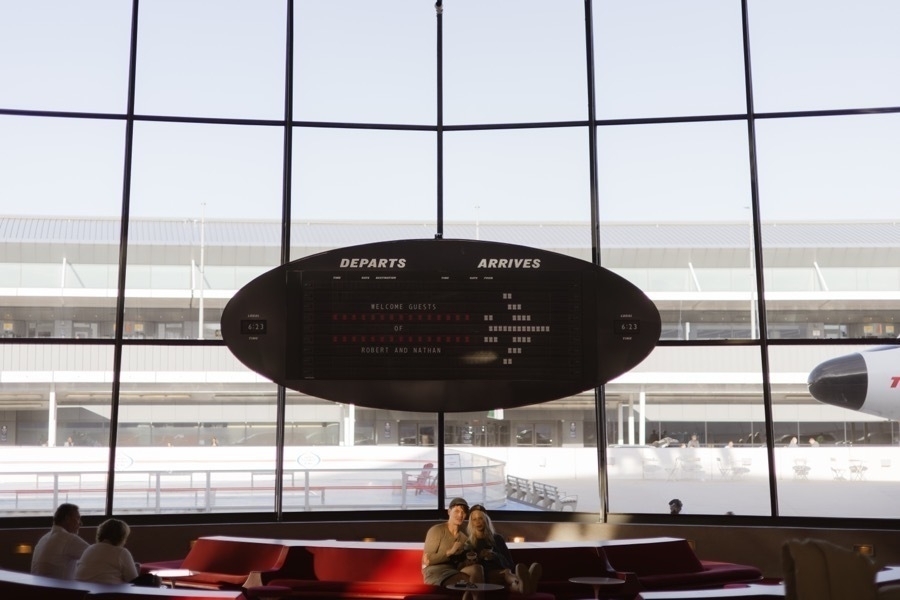
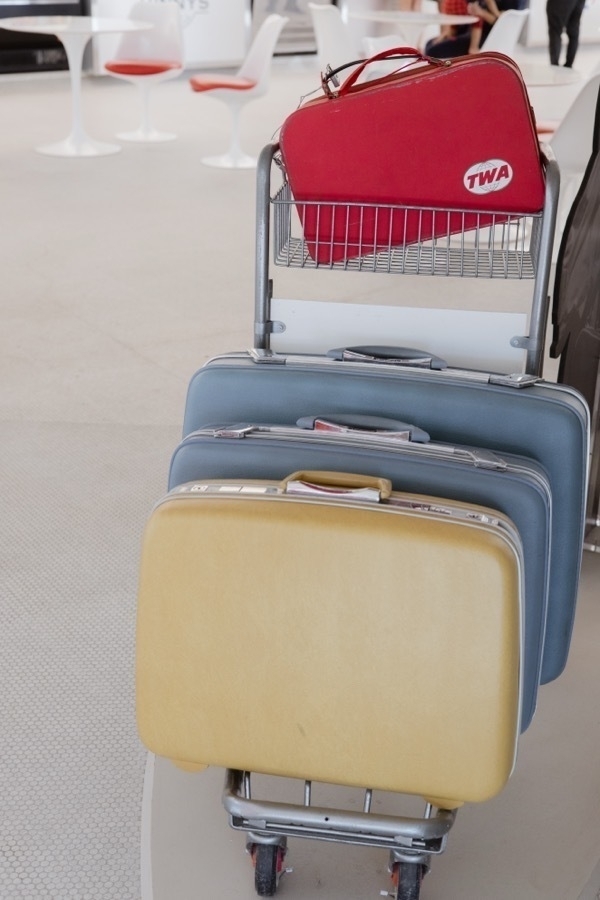
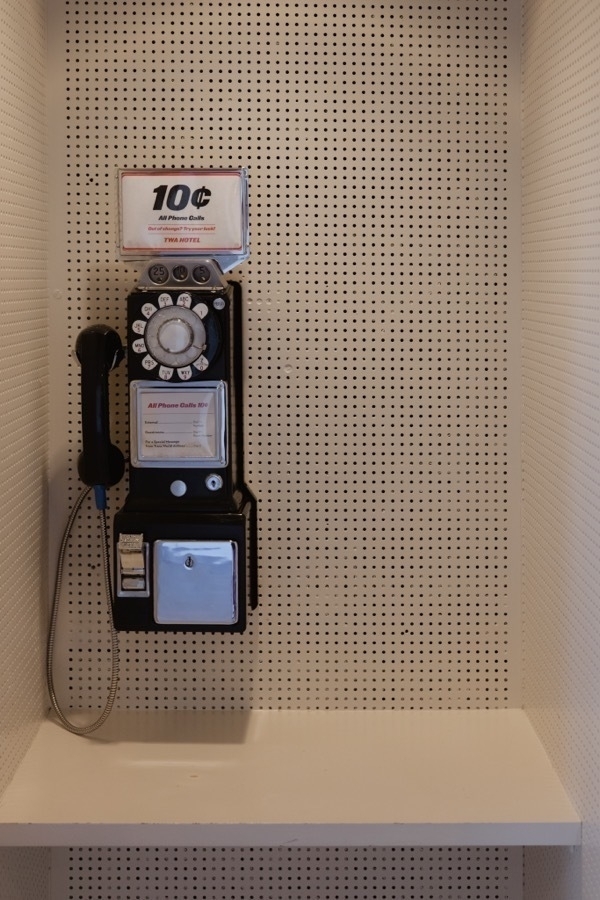
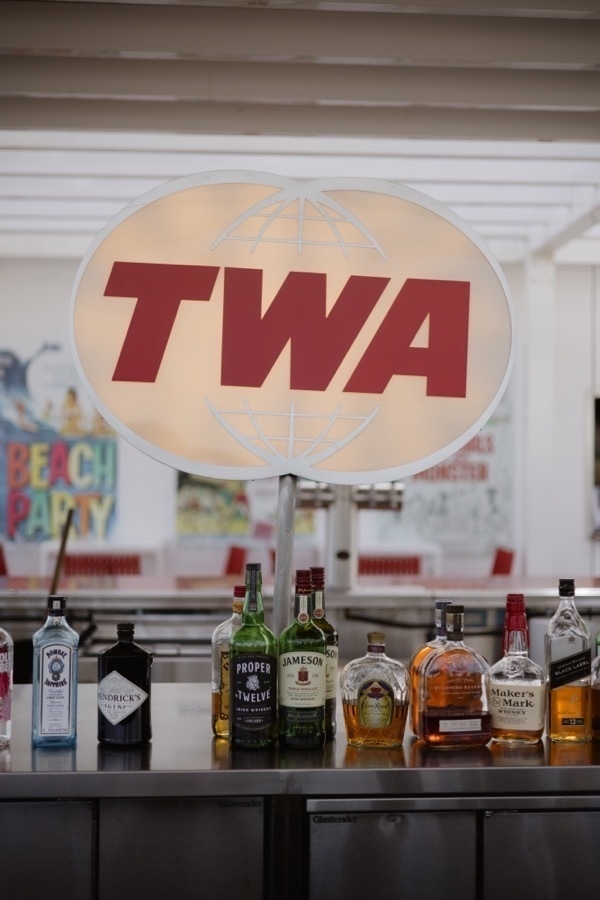
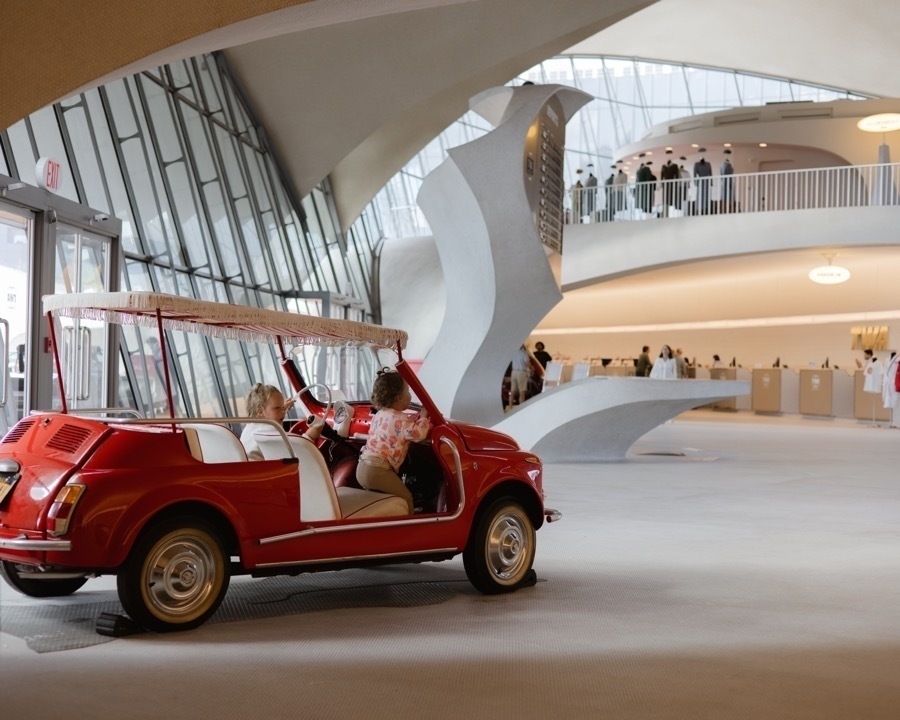
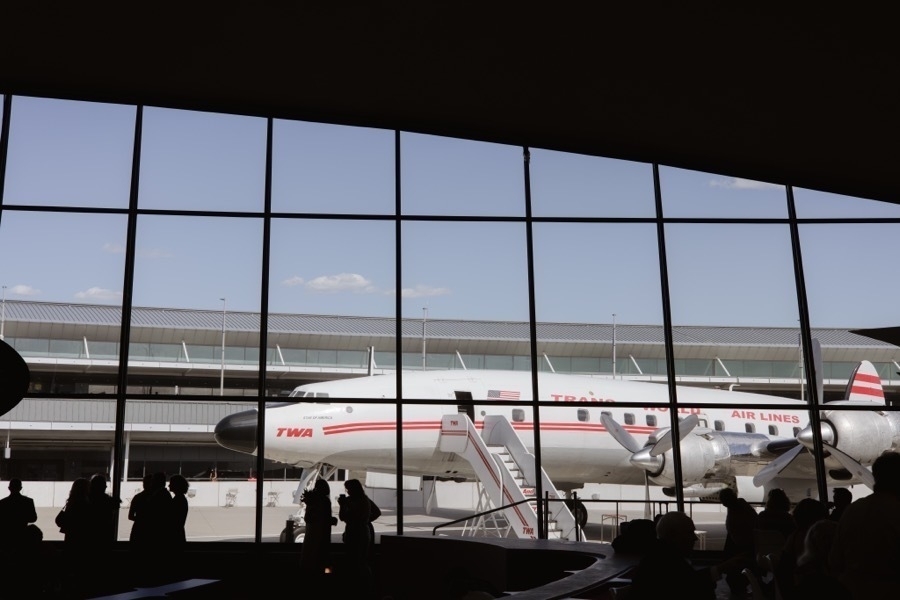
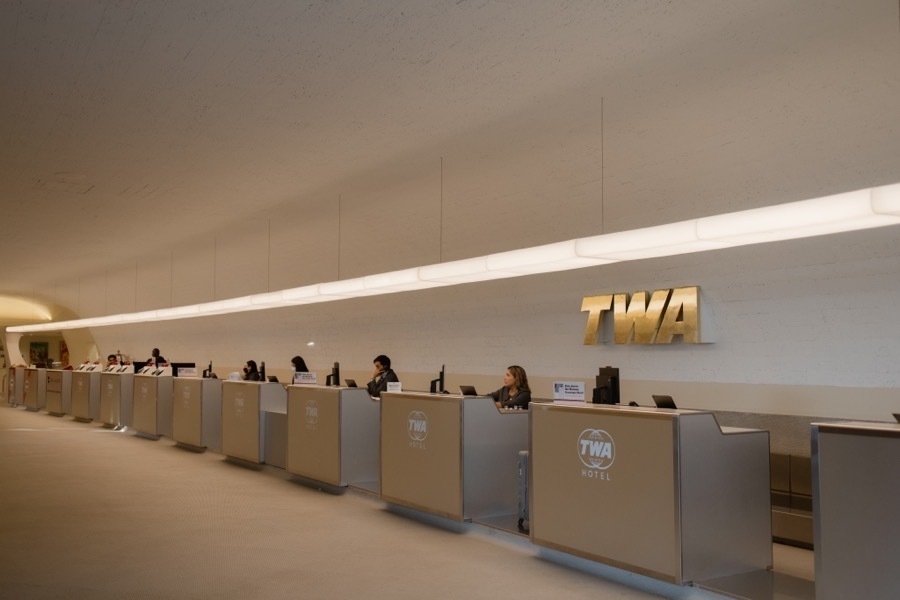
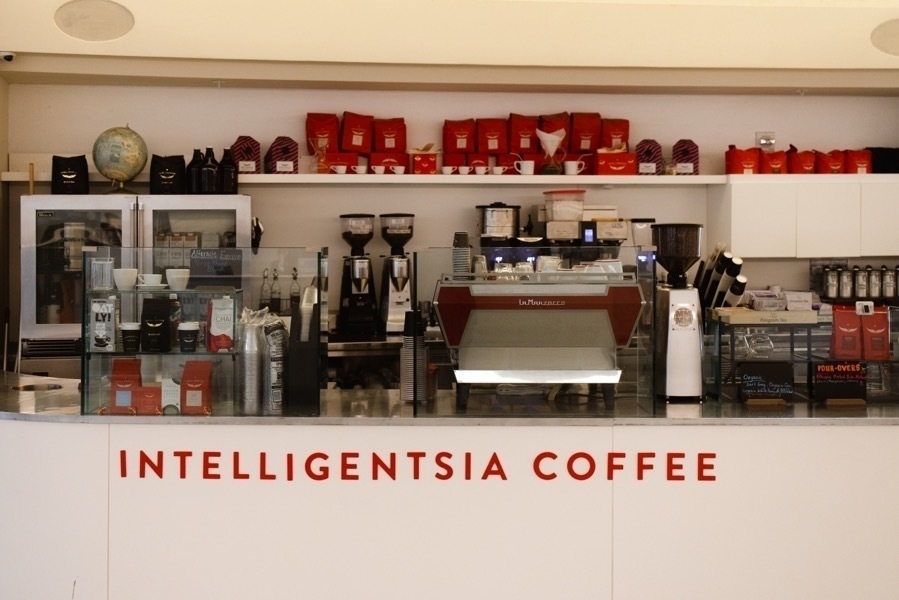
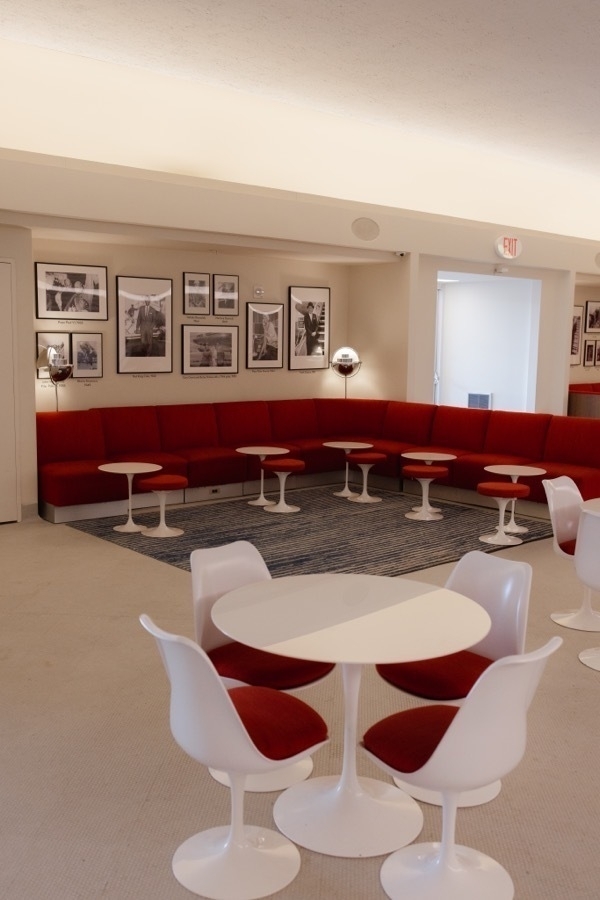
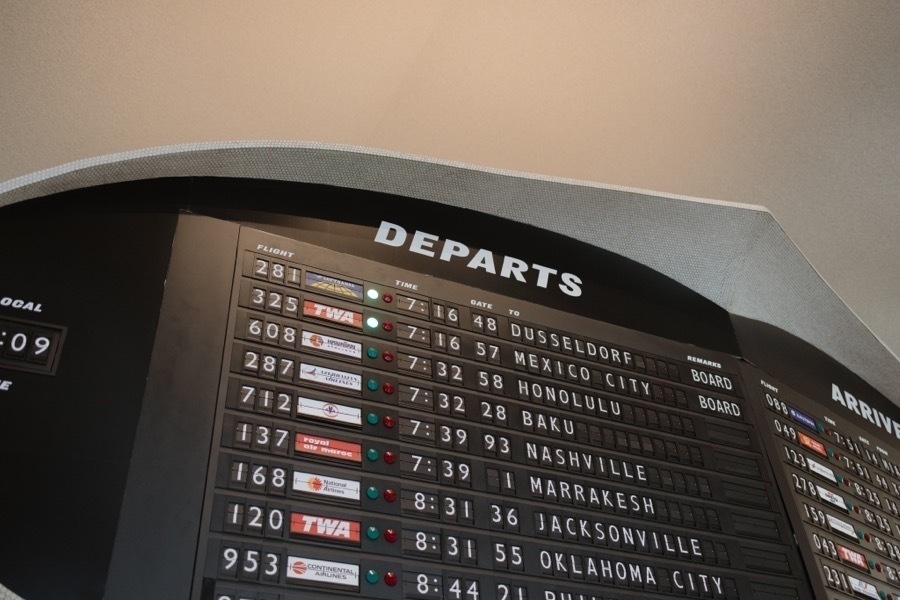
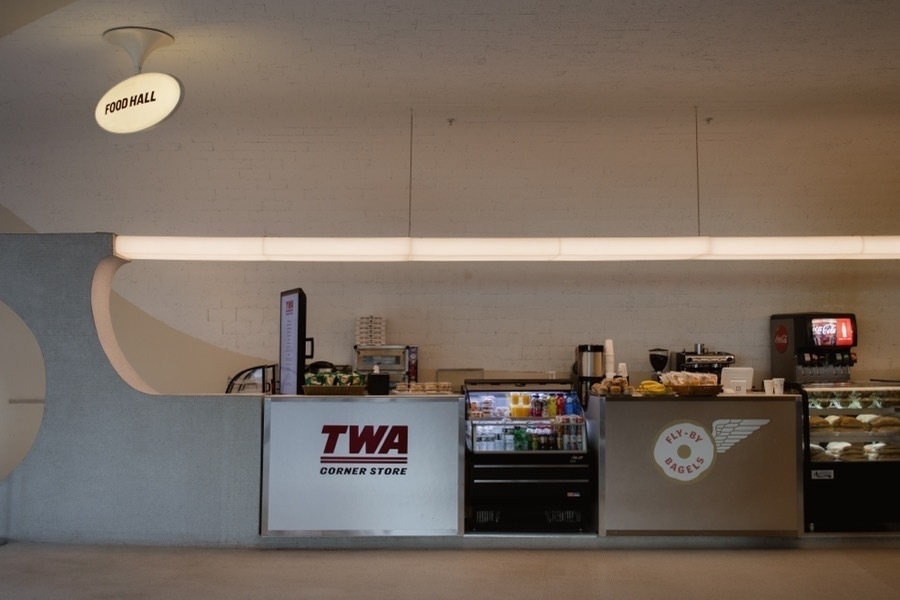
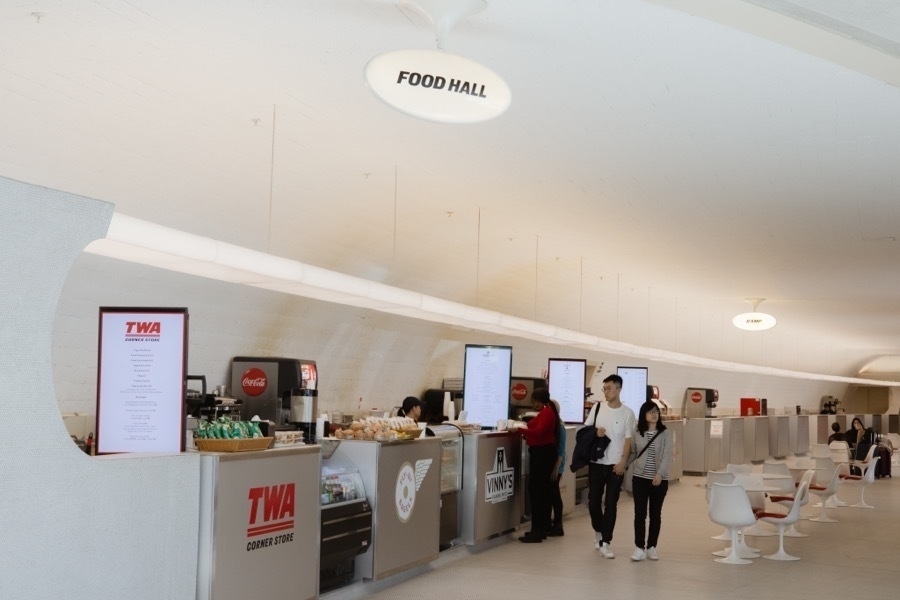
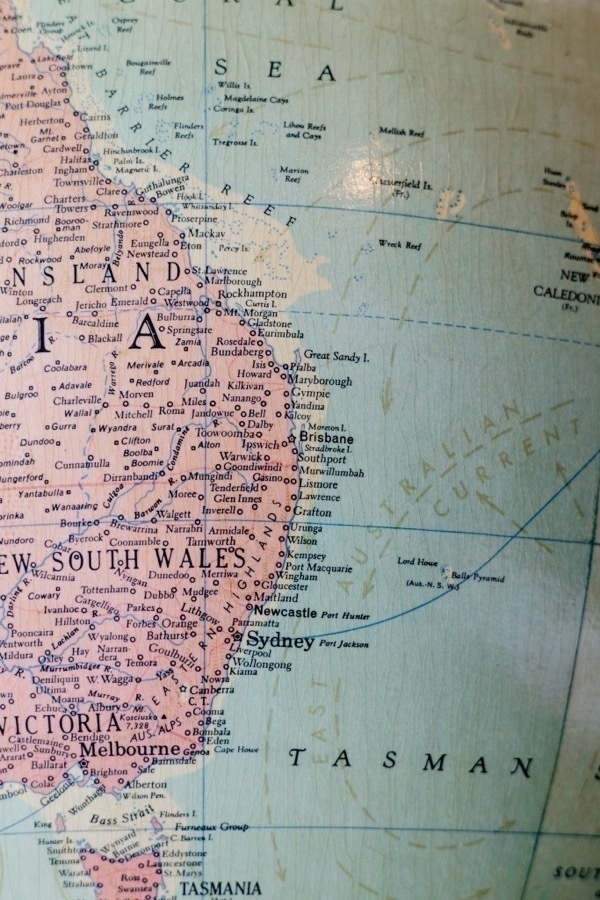
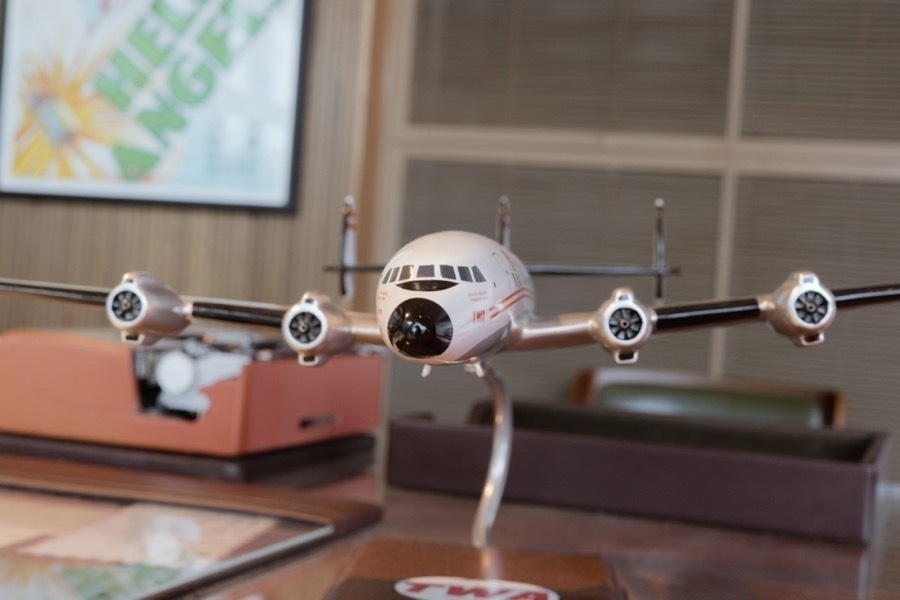
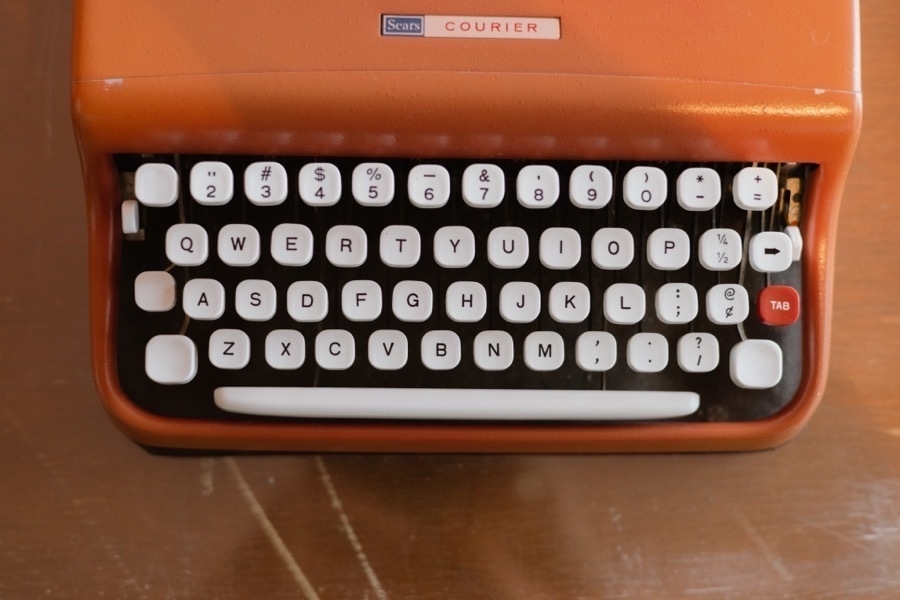
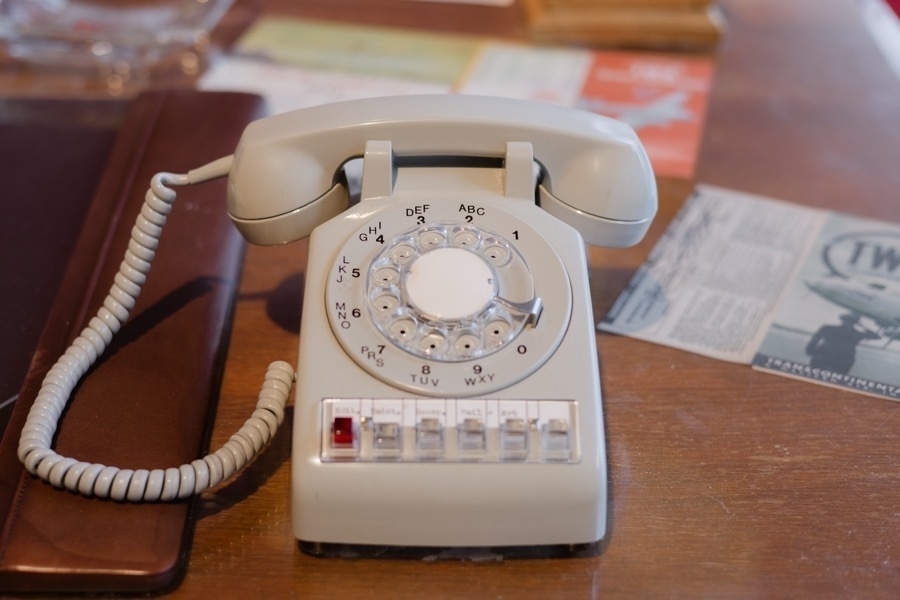
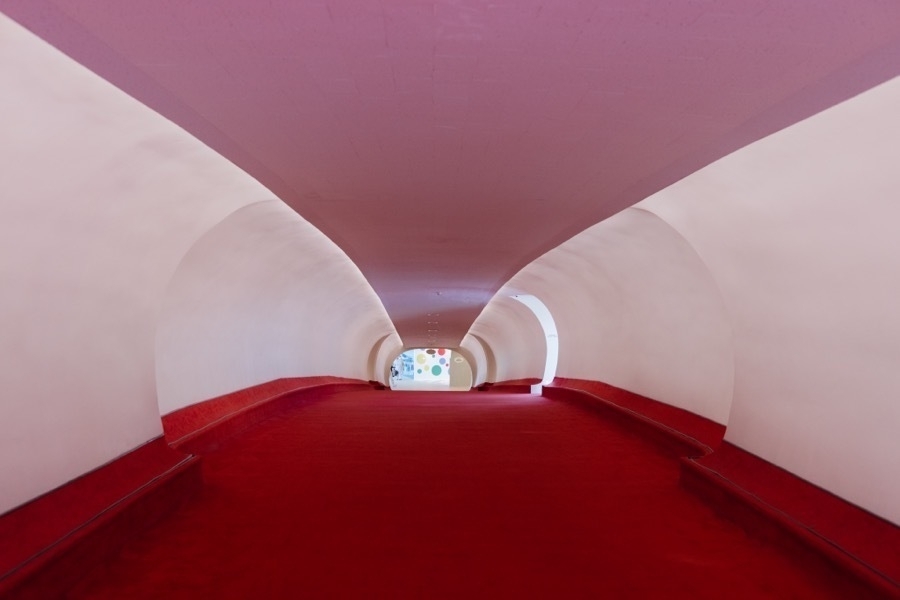
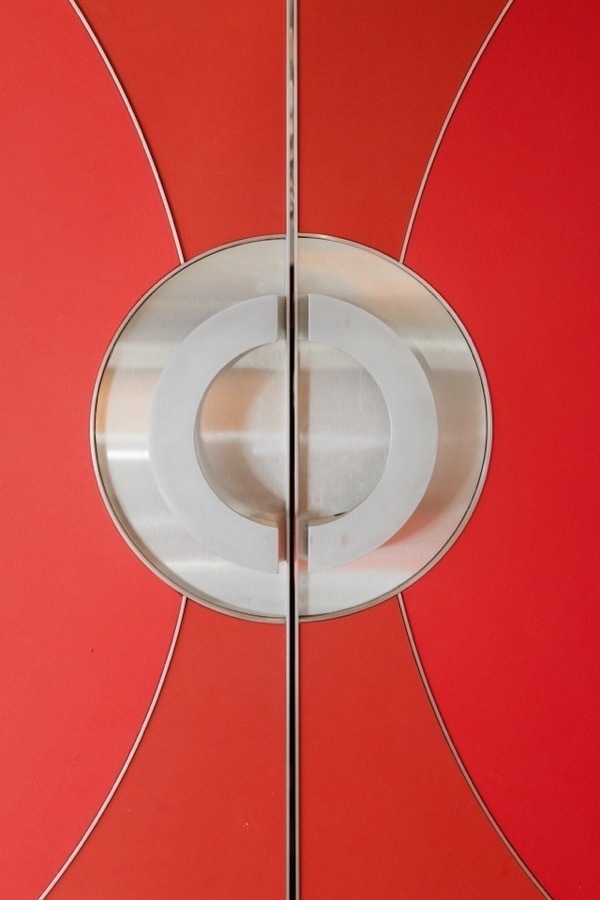
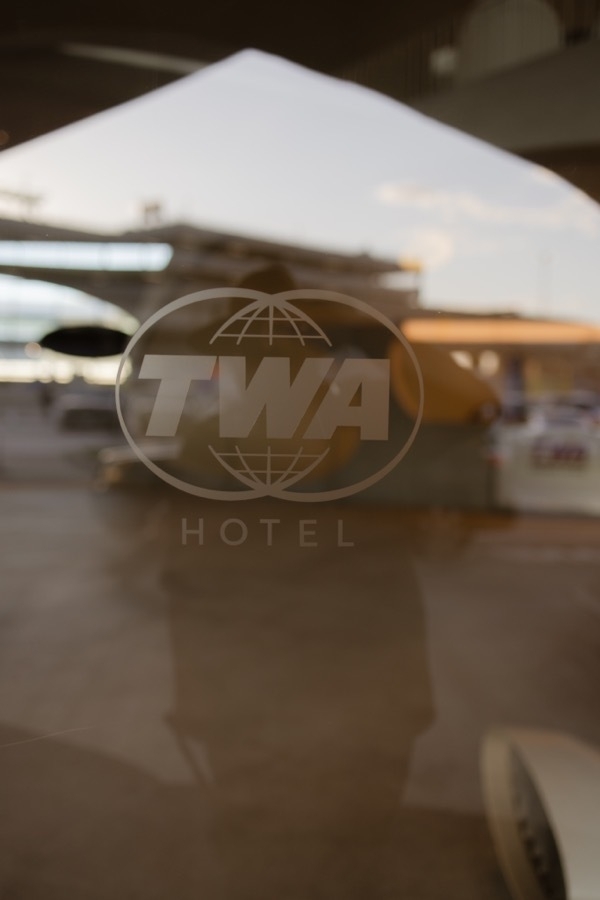
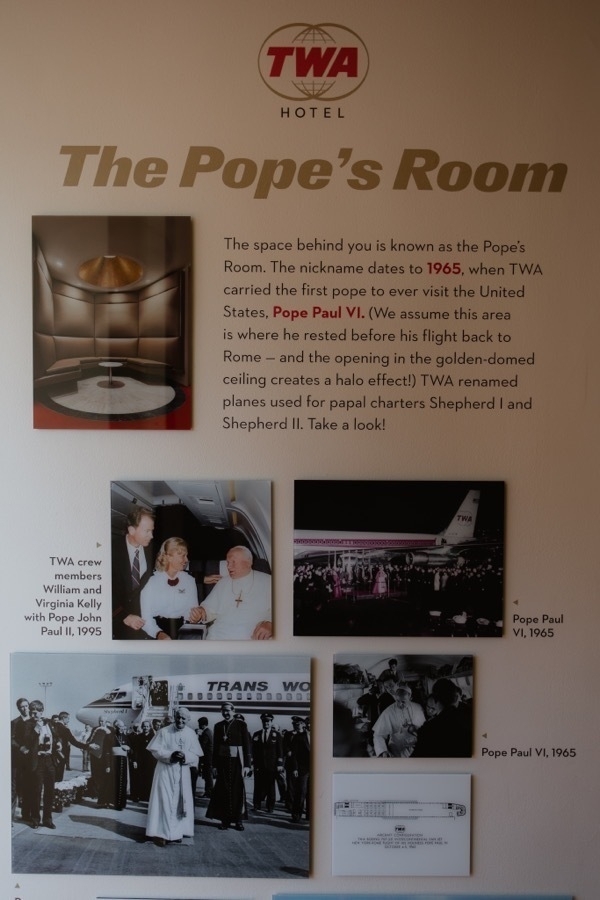
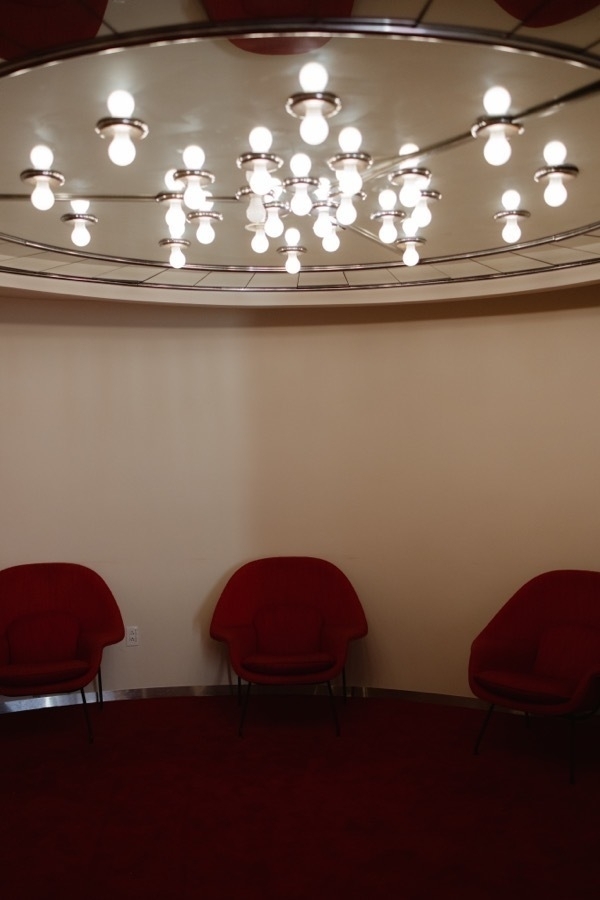

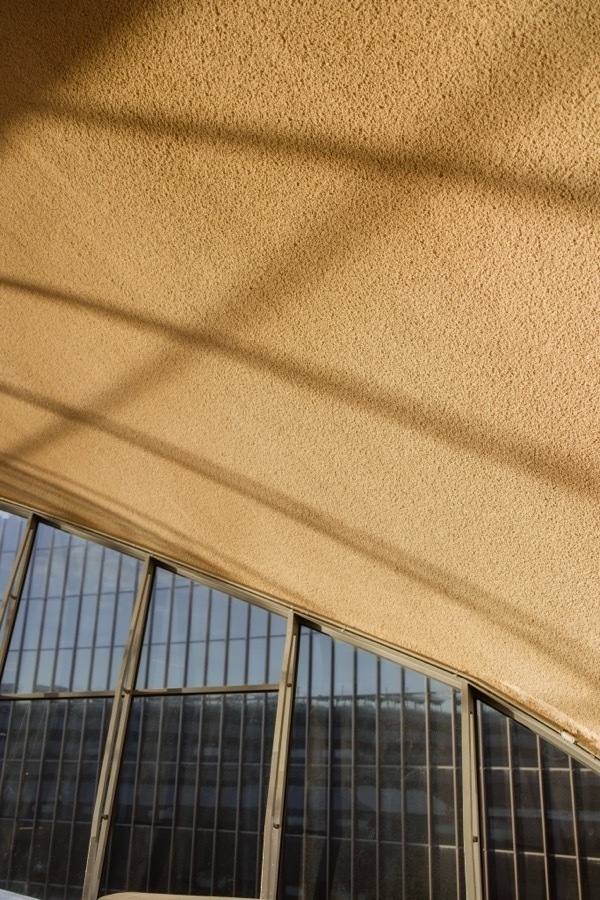
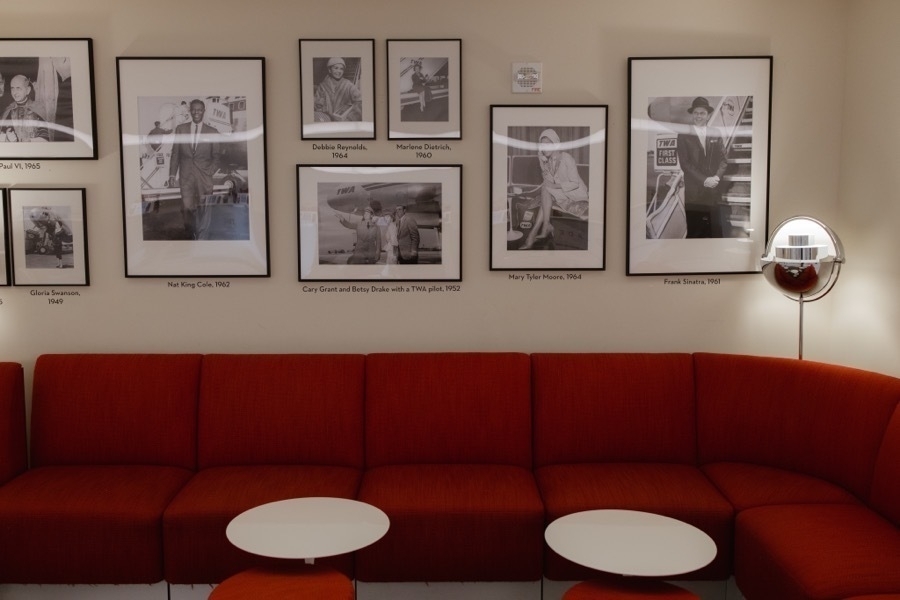
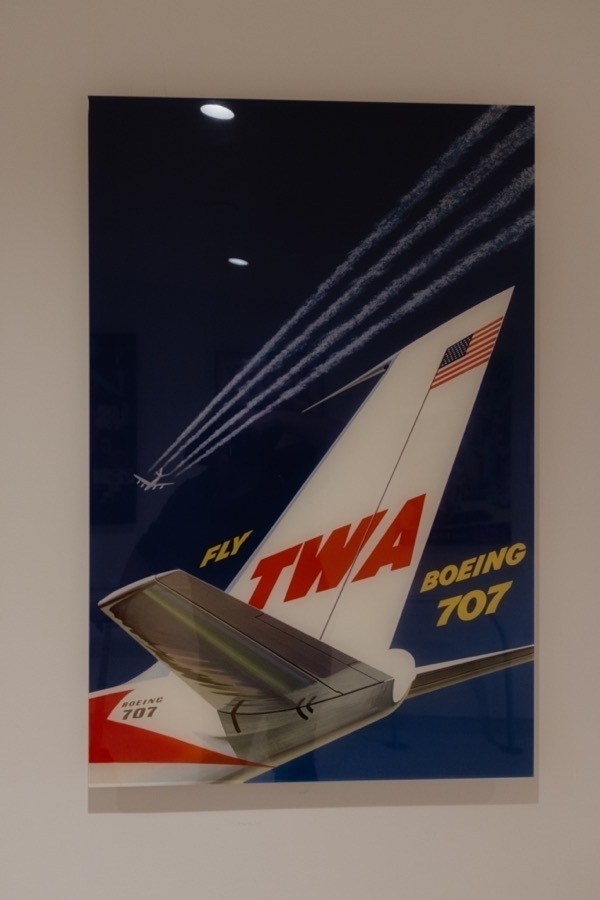
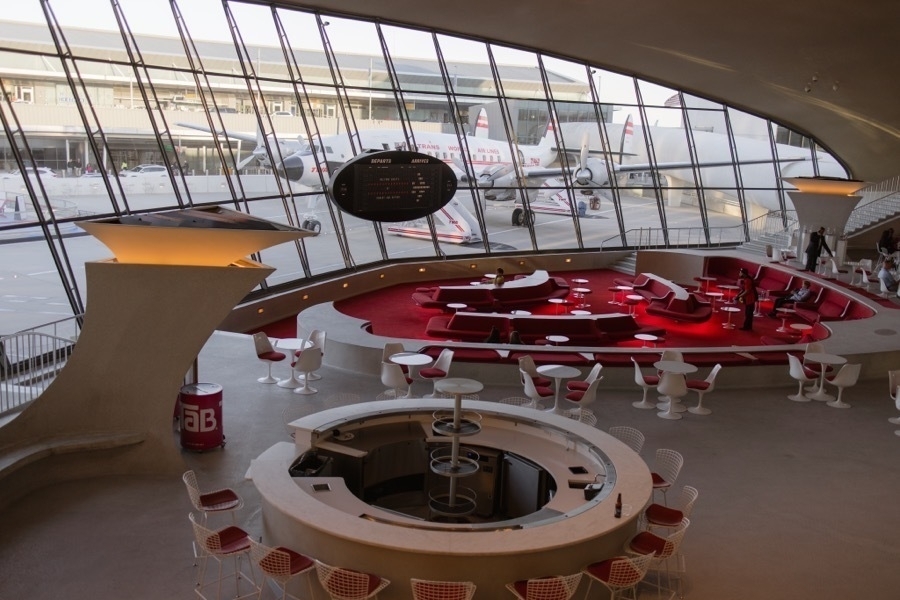
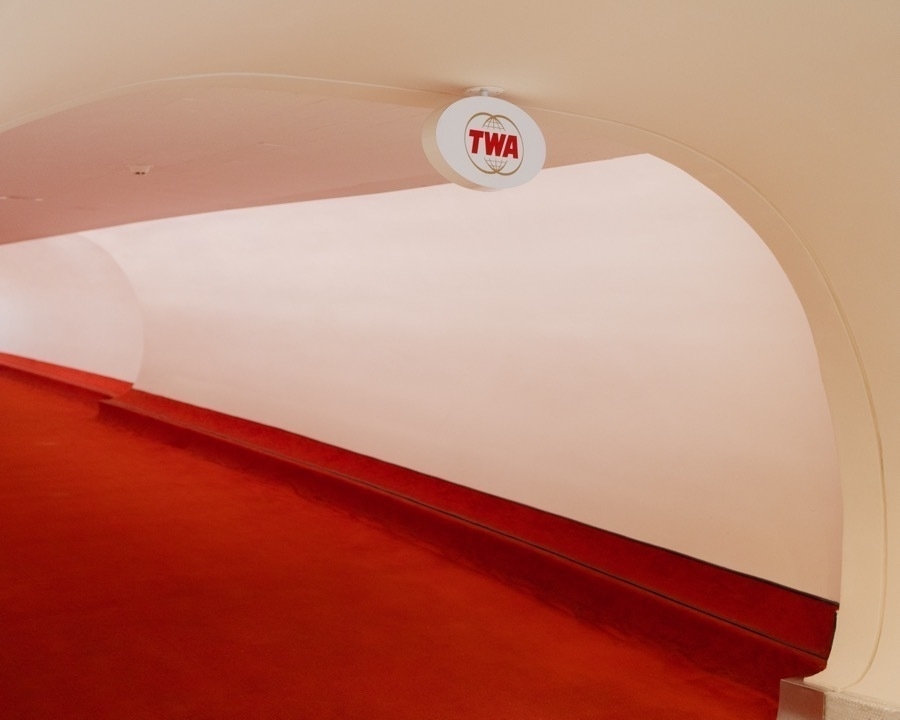
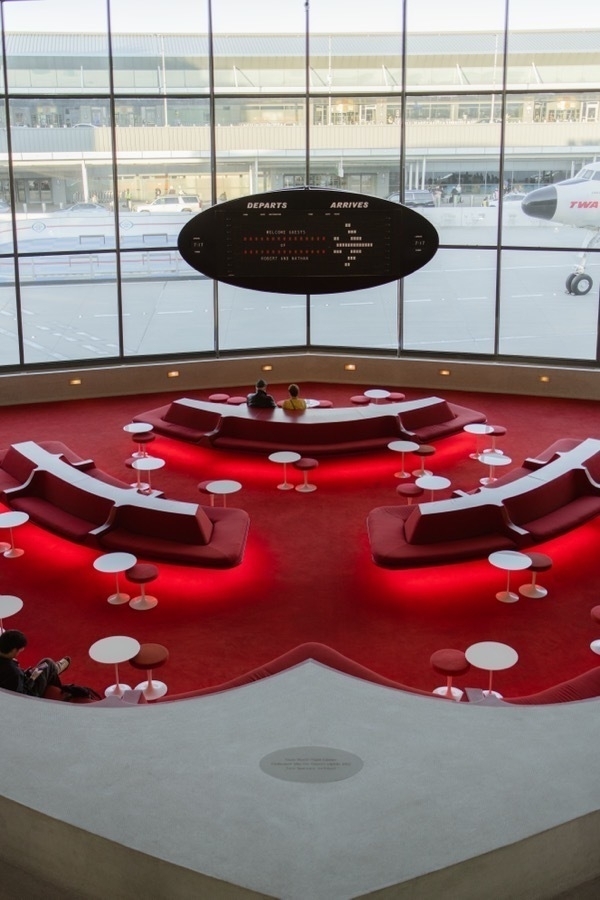
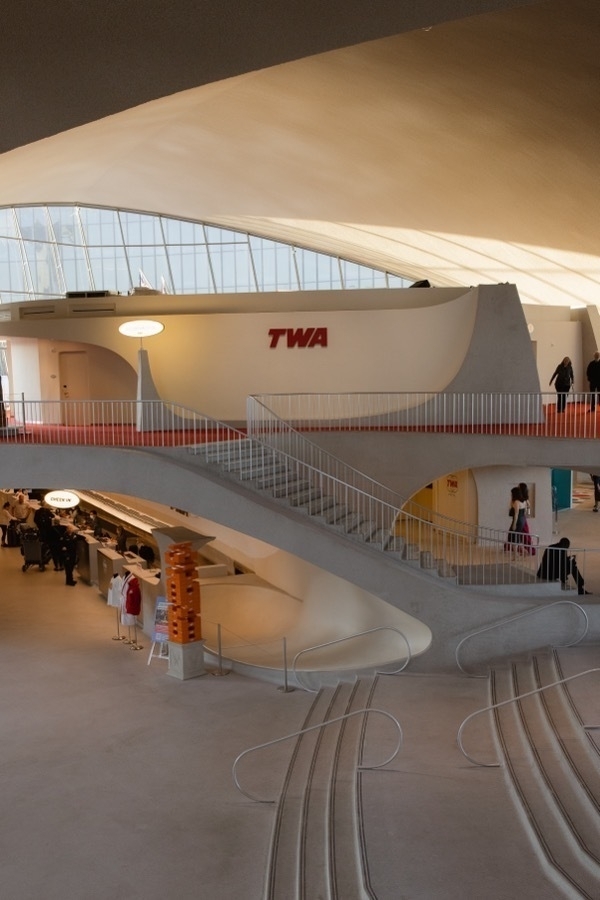
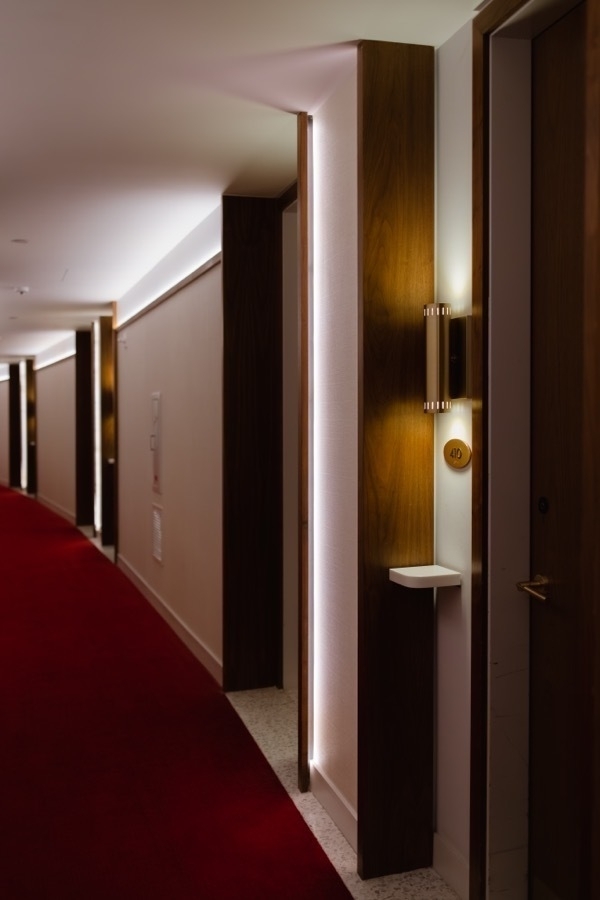
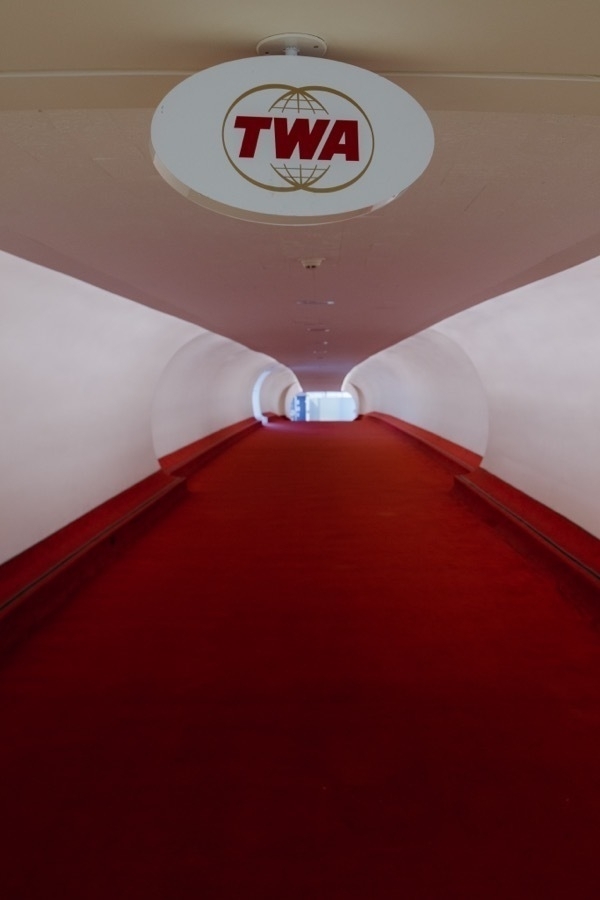
Connie
There’s a fully restored 1958 Lockheed Constellation aeroplane called “Connie” that’s been repurposed as a cocktail lounge, where you can sip on a cold one and dream about the good ol’ days. The original Flight Centre was designed to serve Constellations but as quickly as TWA put them into service and the terminal started putting passengers aboard jet planes started replacing them.
The Connie was a plane at the right place but at the wrong time.
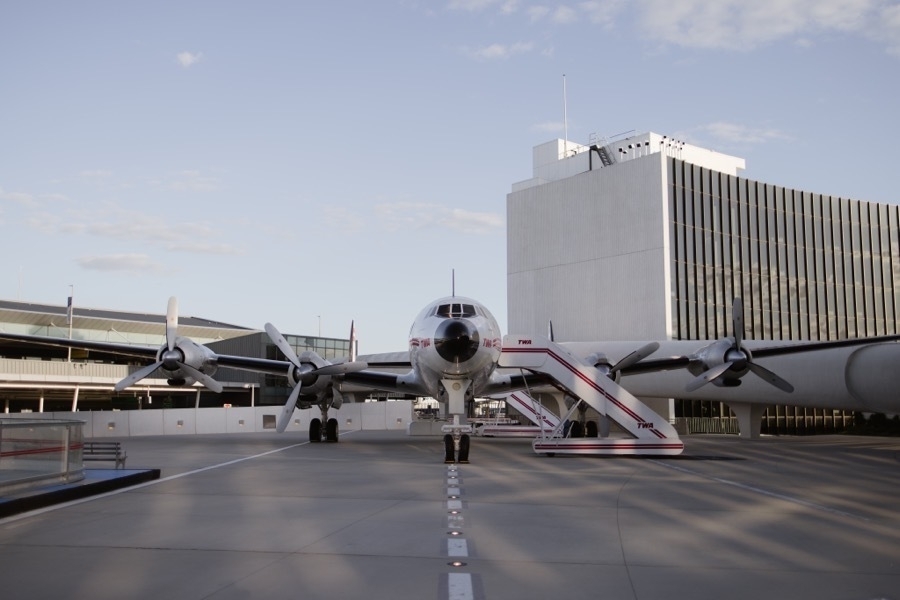
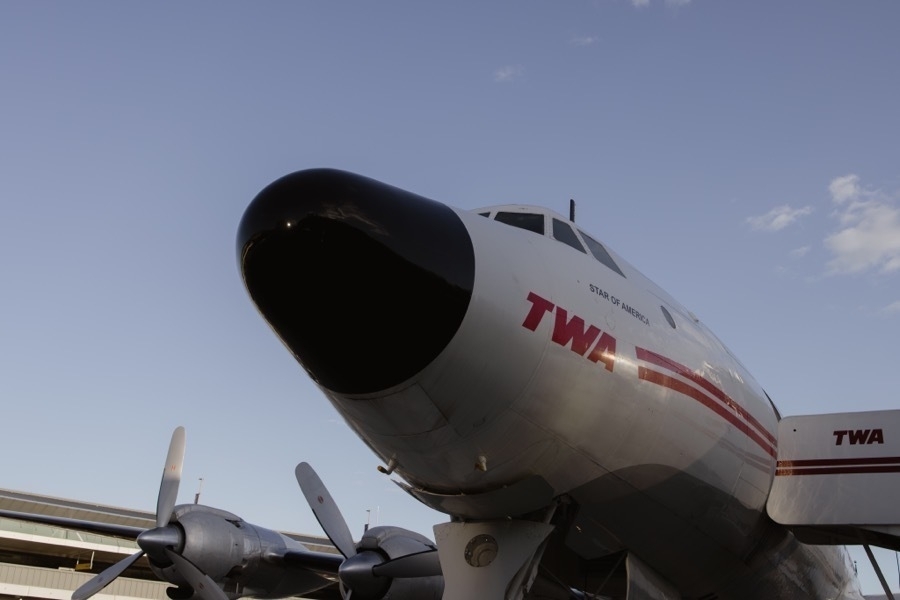
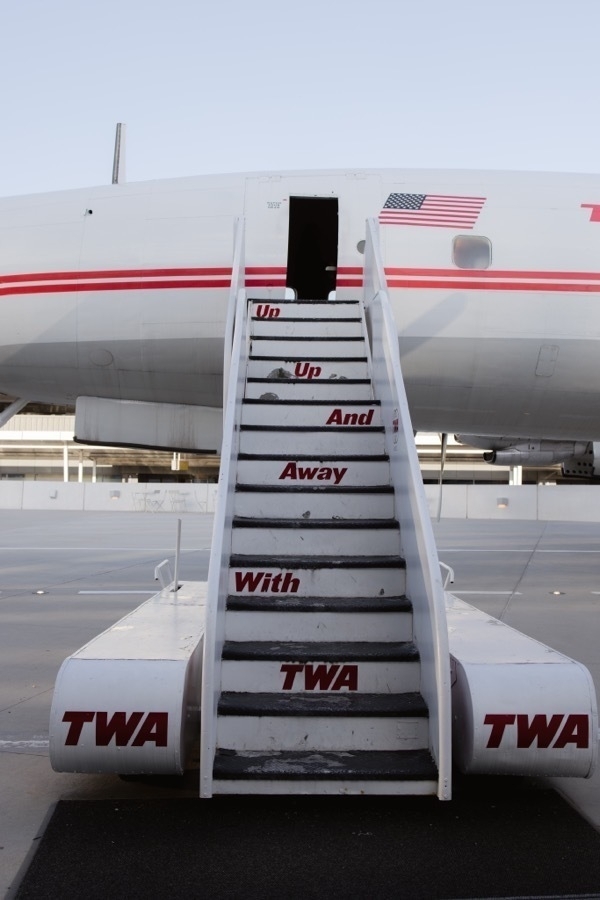
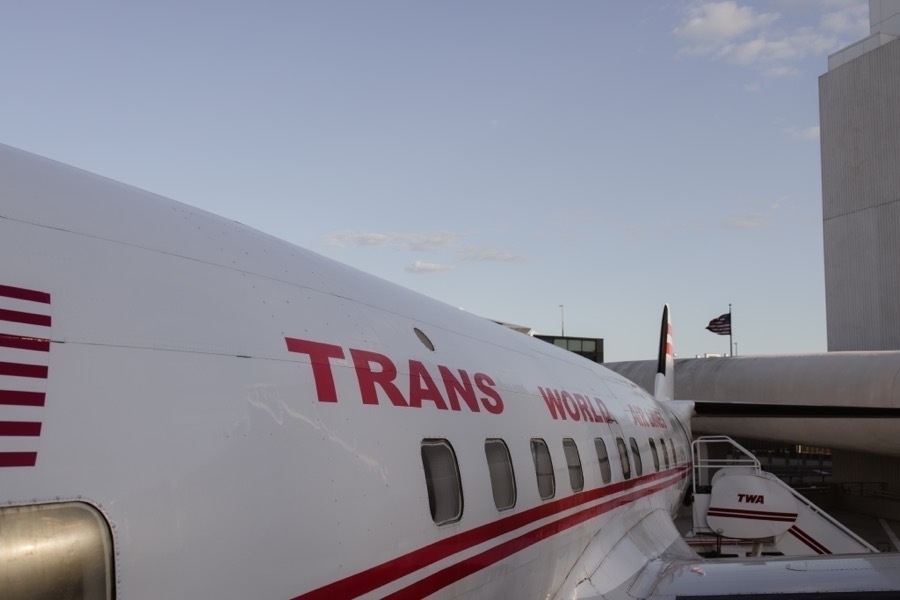
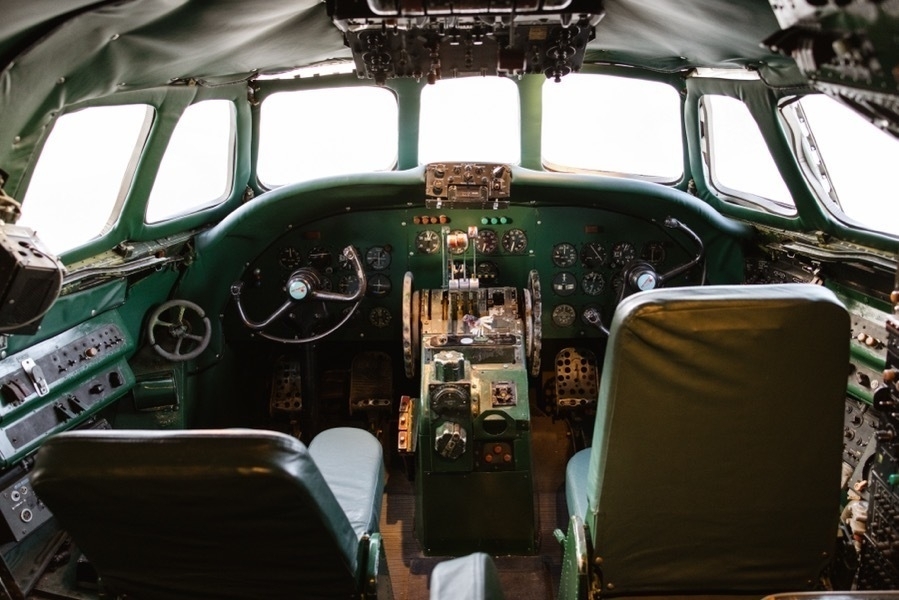




Connie was even hosting a wedding the day I was there.
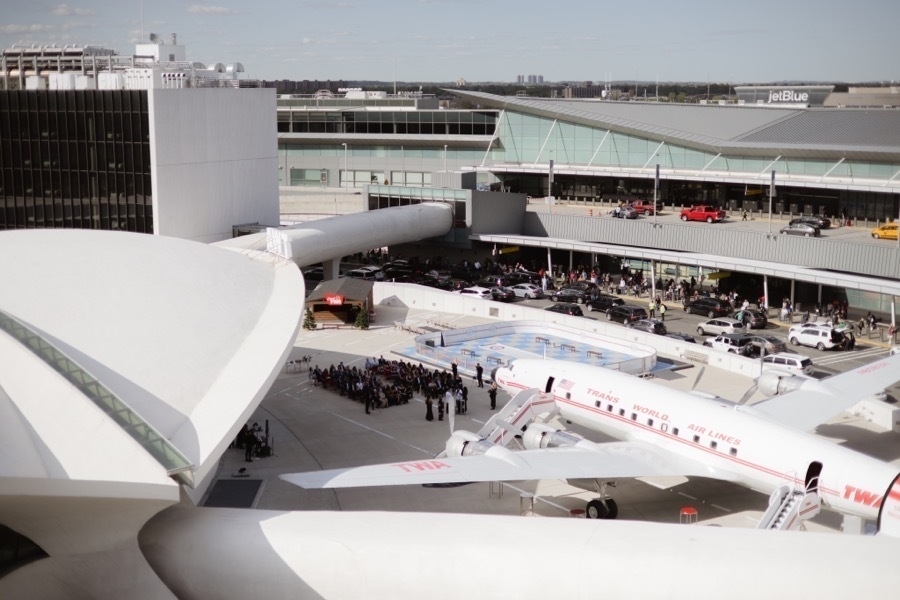
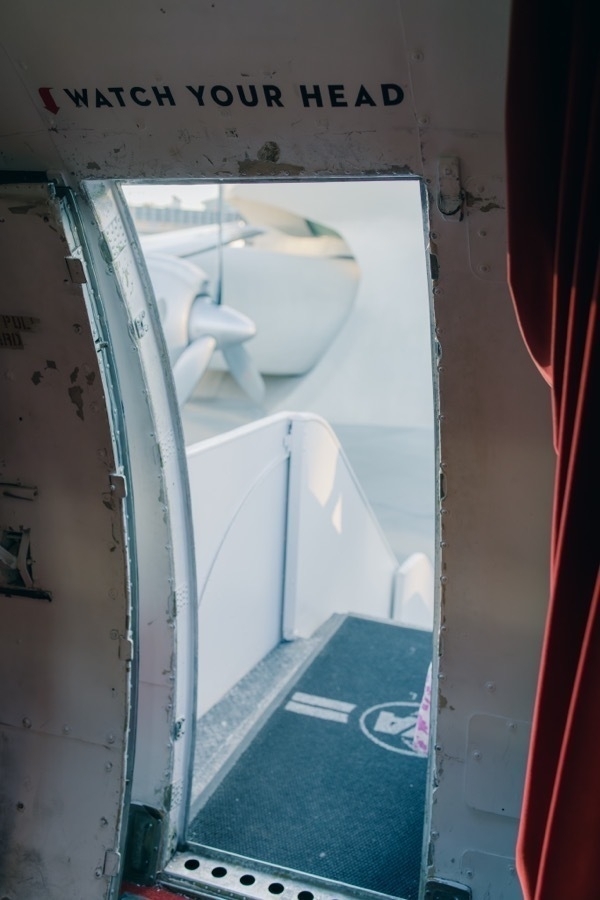
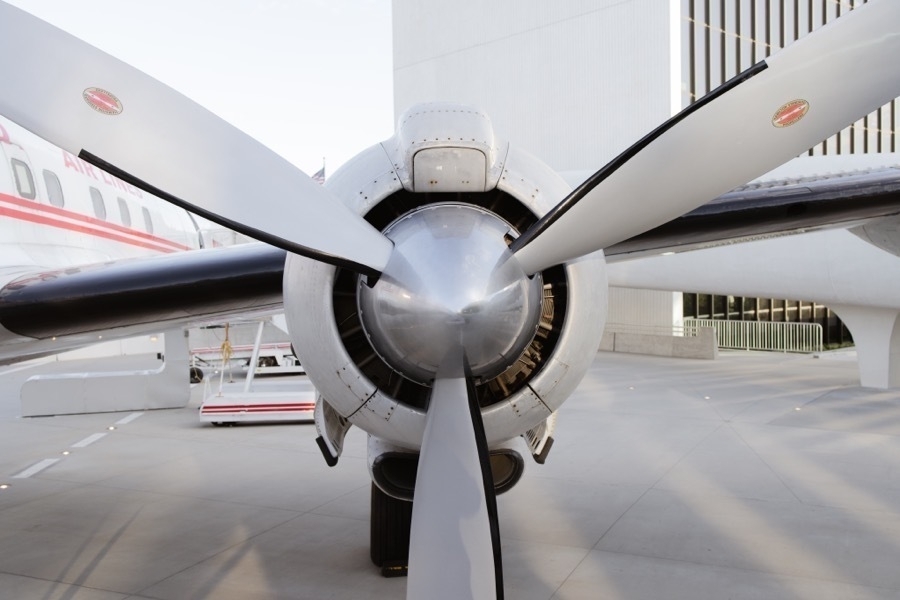
The pool
The rooftop pool at the hotel is a major attraction, firstly because it’s a pool at JFK, secondly because of the view, thirdly because on cold days it’s heated like a jacuzzi, and finally because you can sip a cocktail in a jacuzzi warm pool with your kids watching Emirates Airbus A380s land and taxi so close that you could throw a stone at the captain.
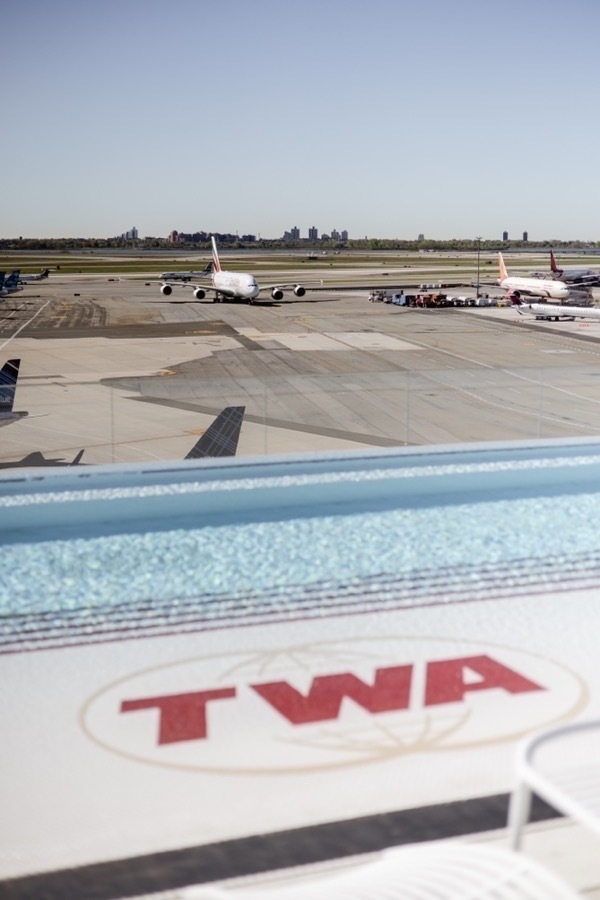

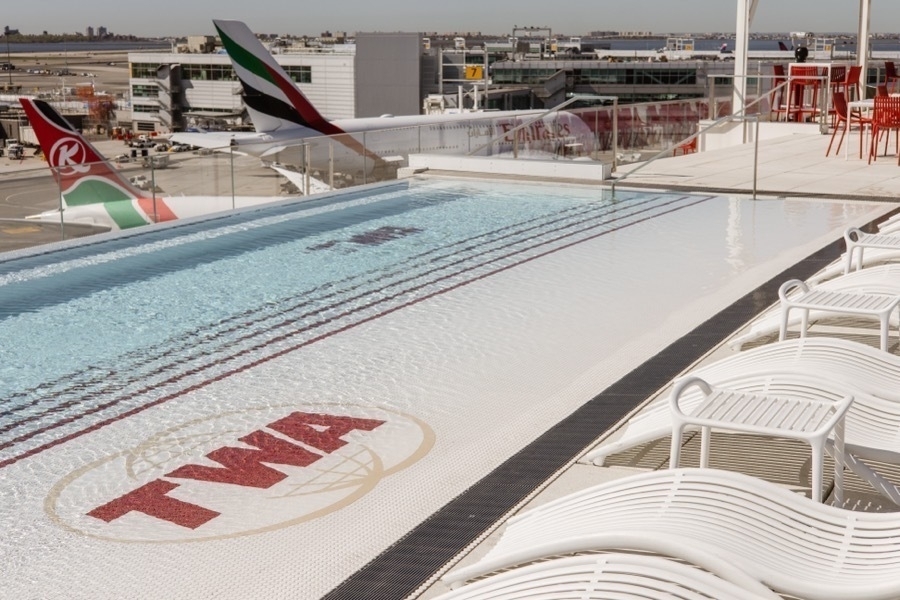
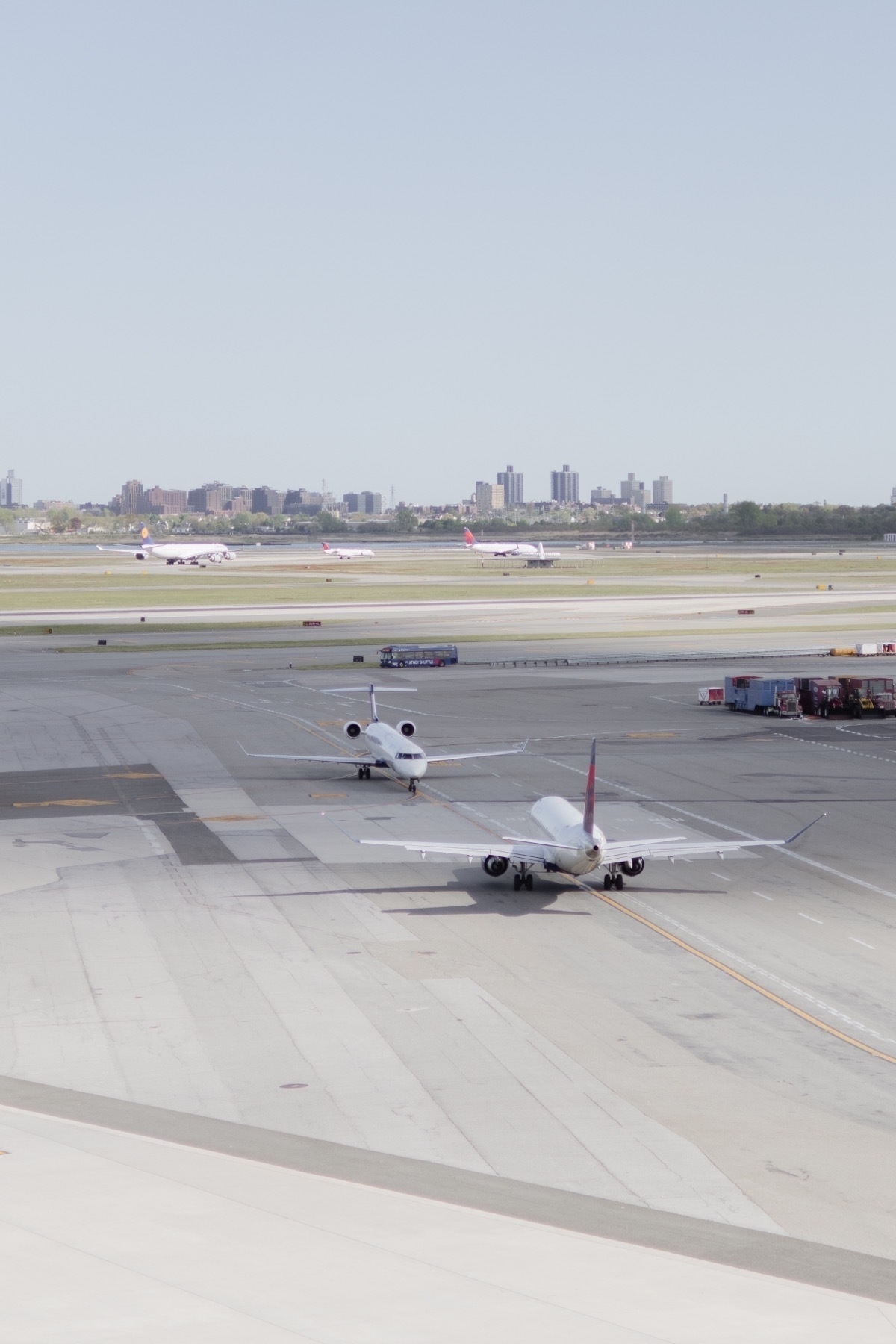
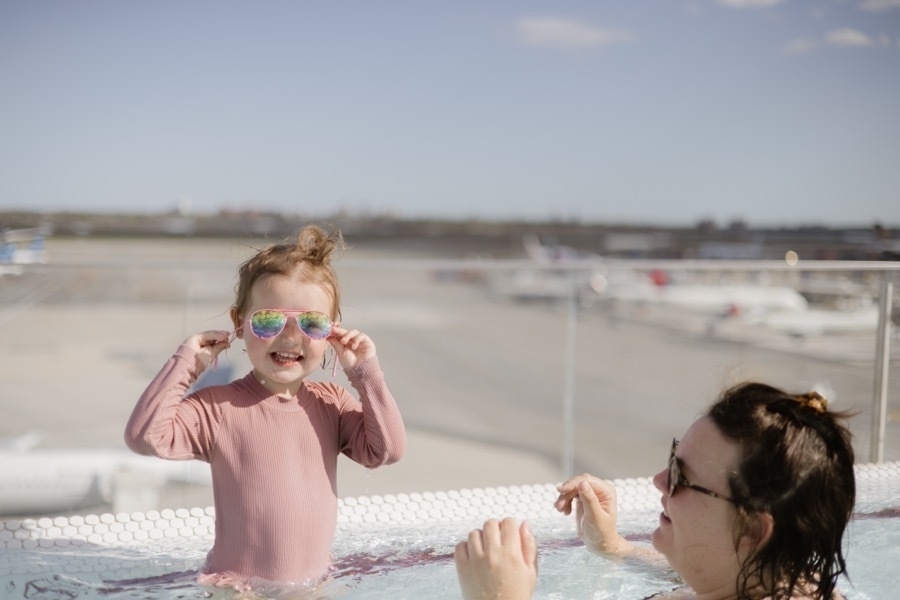
The actual hotel stay
Our inbound flight to JFK from San Diego arrived at 7am, and we had a midnight flight out to Paris, so we booked an 8am to 8pm day rate that cost $249 USD which at the time was cheaper than overnight, and cheaper than two overnights which is what we’d need to book at a regular hotel to allow for an 8am to 8pm stay.
The food was actually really good. We generally don’t dine at airport hotel restaurants because their quality is usually poor and the price high, because they know they have you cornered. The Paris Cafe food however was really really good.
The front-of-house service however was poor. The housekeeping staff were beyond friendly and lovely, but the people at reception and front of the house in food and beverage service really made us feel like we’d ruined their day.
So, there you have it, the story and photos of the TWA Hotel at JFK Airport. It’s a testament to the spirit of innovation and the importance of preserving the USA’s architectural gems. If you’re ever in the Big Apple, it’s worth checking out this iconic piece of American aviation history.
My first tweet was tweeted 18 months before I even started tweeting
I’ve been reminiscing over Twitter this week, wondering what the last tweet will be amongst other things as Space Karen prepares to take away the verification tick on my profile that proves I am who I am, a tick gifted to me from my time in the media in Australia.

I started my current Twitter account in October 2009 but I was sure that I had an account before then so I went searching and searching and searching and found it: March 2008, @1073brekky.

In 2008 I scored my first paid breakfast radio gig: the morning show on 107.3 FM on the Gold Coast (at the time called 1073fm but now called Juice FM). I’d been training and prepping for this role for five years and was so keen. I was also a bread-and-butter kind of computer nerd, so ideally my non-nerdy radio show would have some nerdy elements. In 2008 the breakfast guy didn’t get access to the website - they probably still don’t today - so I wanted to find a way to post short updates to the website. Something inside of me felt like the internet might be a thing one day so it would be good to use it early. I’ve got so many stories about being the nerdiest and most future-thinking guy in the radio station that it broke my heart so many times to be honest.
I had heard things about this service in the USA called Twitter that had heralded a new kind of web publishing, micro-blogging. You could send updates to the service and they could appear in a website widget. I signed up, got the code to the web developer and before you know it, I could post updates to my show website! I didn’t care so much for the Tweeting, the replying, or the broadcasting. I just wanted to blog on my radio station website and the CRM didn’t allow blogging or micro-blogging or anything of the like.
Twitter solved my problem and I’m sure my problem was never in any of their minimum-viable product meetings.

About two months later I quit the station because at the time it was honestly a terrible place a human with a soul could want to work, but fifteen years on I only have good memories from my first breakfast show, my first Twitter account, and my experiences being unleashed on the Gold Coast community on the radio.
Everything that was old and awesome becomes new and terrible, whist still whipping the llama’s ass.

The news is incentivised to be broken and terrible
I was a media and news man for over a decade, I loved being - what I considered to be - an important part of the community, telling its stories and keeping the community informed, safe, and entertained.
But the industry isn’t doing well.
The second story on news.com.au today is about a Fox News story about a recent TikTok that went viral, which the newsdesk found out about through a Twitter user sharing the TikTok in three parts, and the TikTok was just a replay of a Youtube clip from a radio show four years ago.
Serendipitously the original clip and radio show was broadcast about one kilometre from where I type this in Franklin, Tennessee, but there’s no good reason for Australia’s national news website - news.com.au - to publish this as a second story today. That the second most important story in Australia today is a four year old viral video is an insult to the wealth of stories Australia has to tell, and the global stories it could engage with.
Yes, it gets the clicks. Yes, it’s actually an important story inside the video, be debt free. But from a professional storytelling point of view it’s embarrassing for the news.com.au staff. Even the actual article is poorly written and just lazy.
This is the downfall of society, our storytellers are poorly incentivised to do good work, and over incentivised to do work that gets clicks that advertisers want even though no-one is clicking the ads.

Because I’m a man-child I wanted to share my two of my favourite photos from photographing the horse sanctuary in Baja
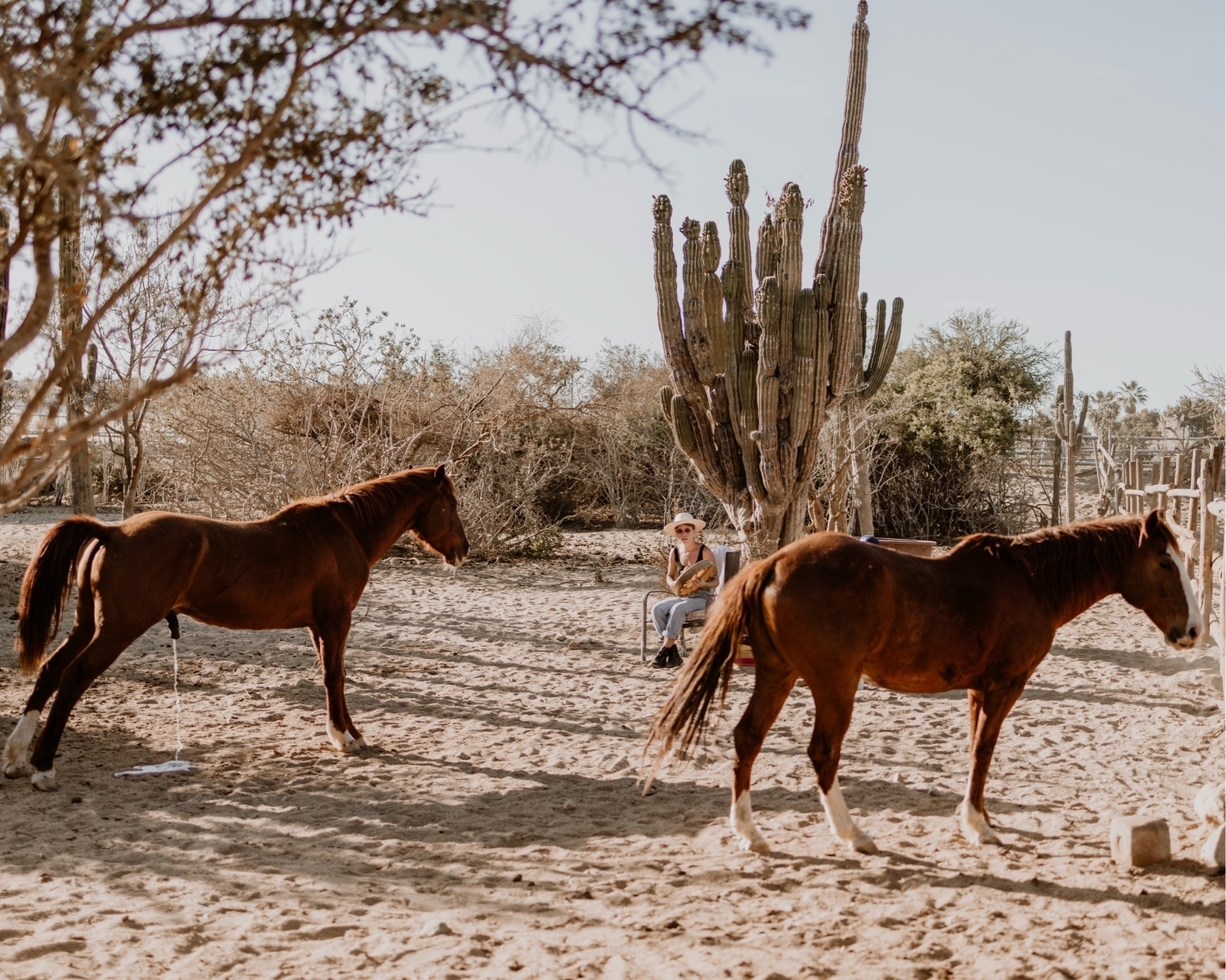
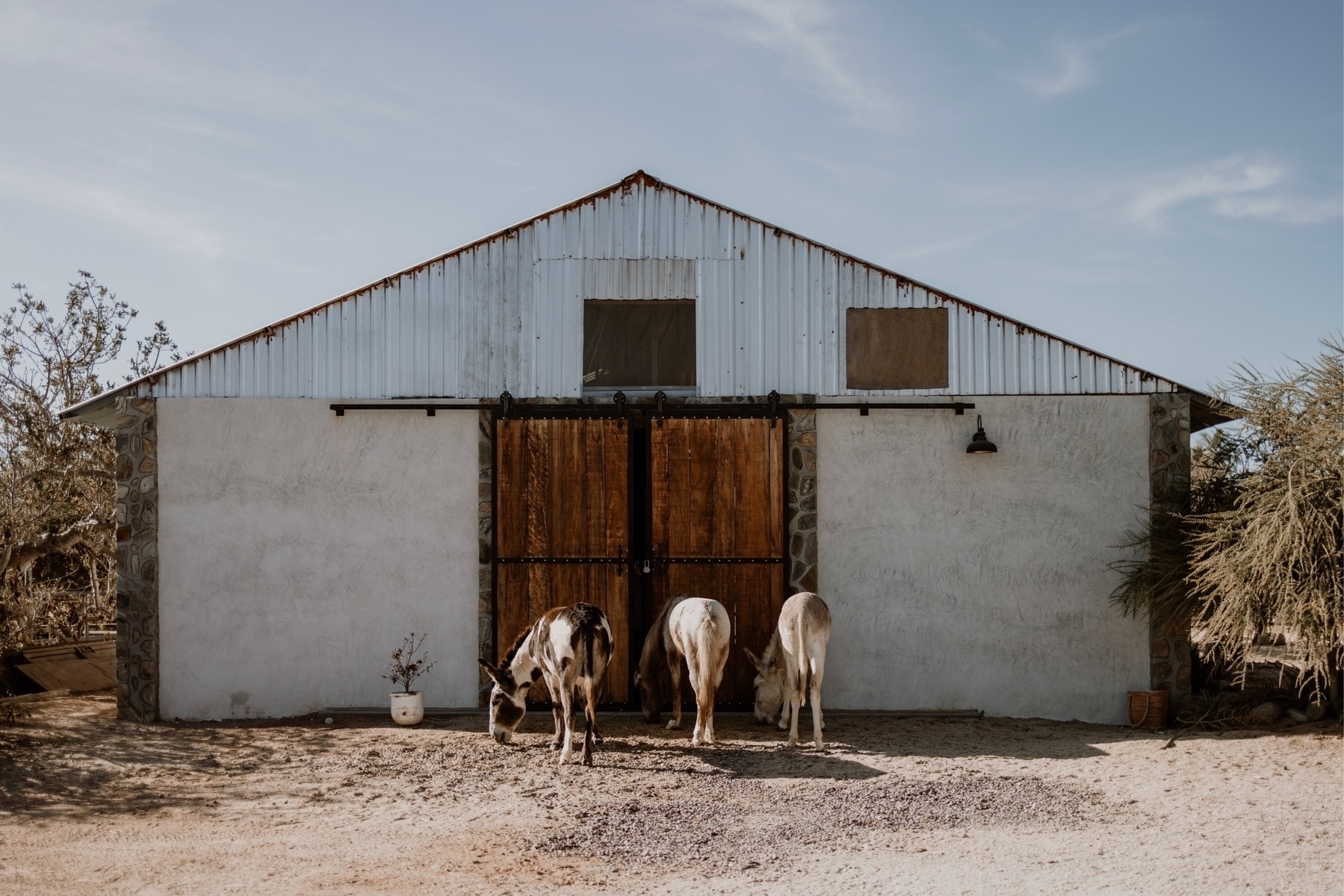
Six months a gringo and no bad days
Six months ago to the day we arrived in Baja California Sur without even knowing that’s what B.C.S. stood for in our hotel’s address as we filled out the entry cards.
Six months on I have a wealth of stories that I feel odd about sharing. Most of them are about how different it is in Mexico compared to Australia. Who knew?! But I can’t find a way to tell the stories without admitting that they were witnessed through my own lens of how the world should be. Paved roads, hot and strong coffee, tacos with proteins other than seafood in them, and the story about the story about George Clooney the bartender told me, all really don’t matter, unless we’re a few whiskies deep around a campfire. It’s different here, not all roads are paved, and gringoes like me have been walking in for years wondering why things here aren’t like home.
The truth is that Mexico is jam-packed with amazing people. We’ve never felt safer and we love it here.
My one takeaway today is that in six months I’ve seen about six clouds. Baja really lived up to its slogan: no bad days.
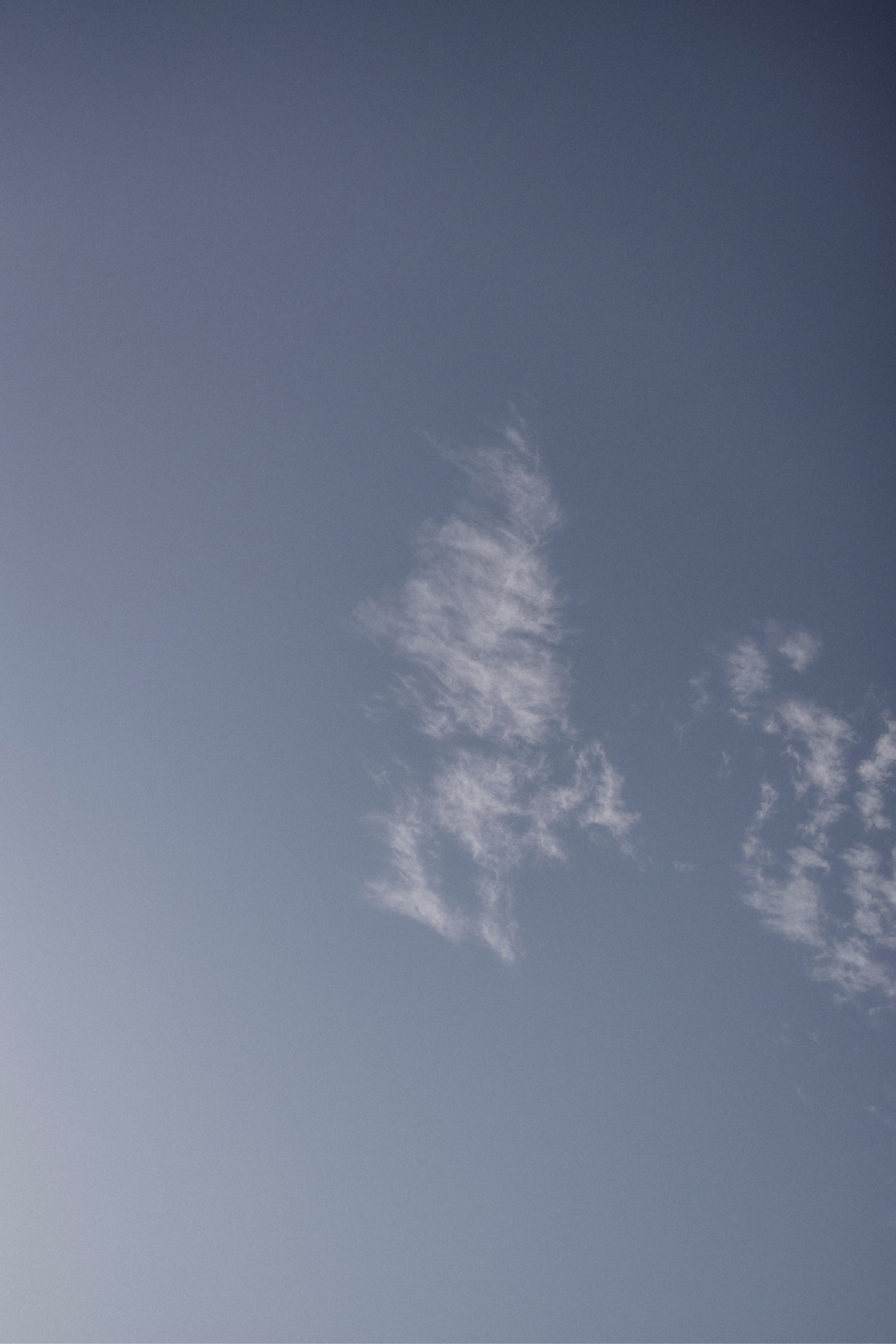
Our last Baja sunset for a while

